Resource Library
Recent

Honoring Veterans in Science
Veterans carry skills like precision, leadership, and resilience that fit seamlessly into science and technical roles. This blog explores how their backgrounds strengthen lab environments, why they thrive in STEM careers, and the programs that help them transition. It also shares how Lab Alley honors and supports veterans who bring lasting impact to the scientific community.
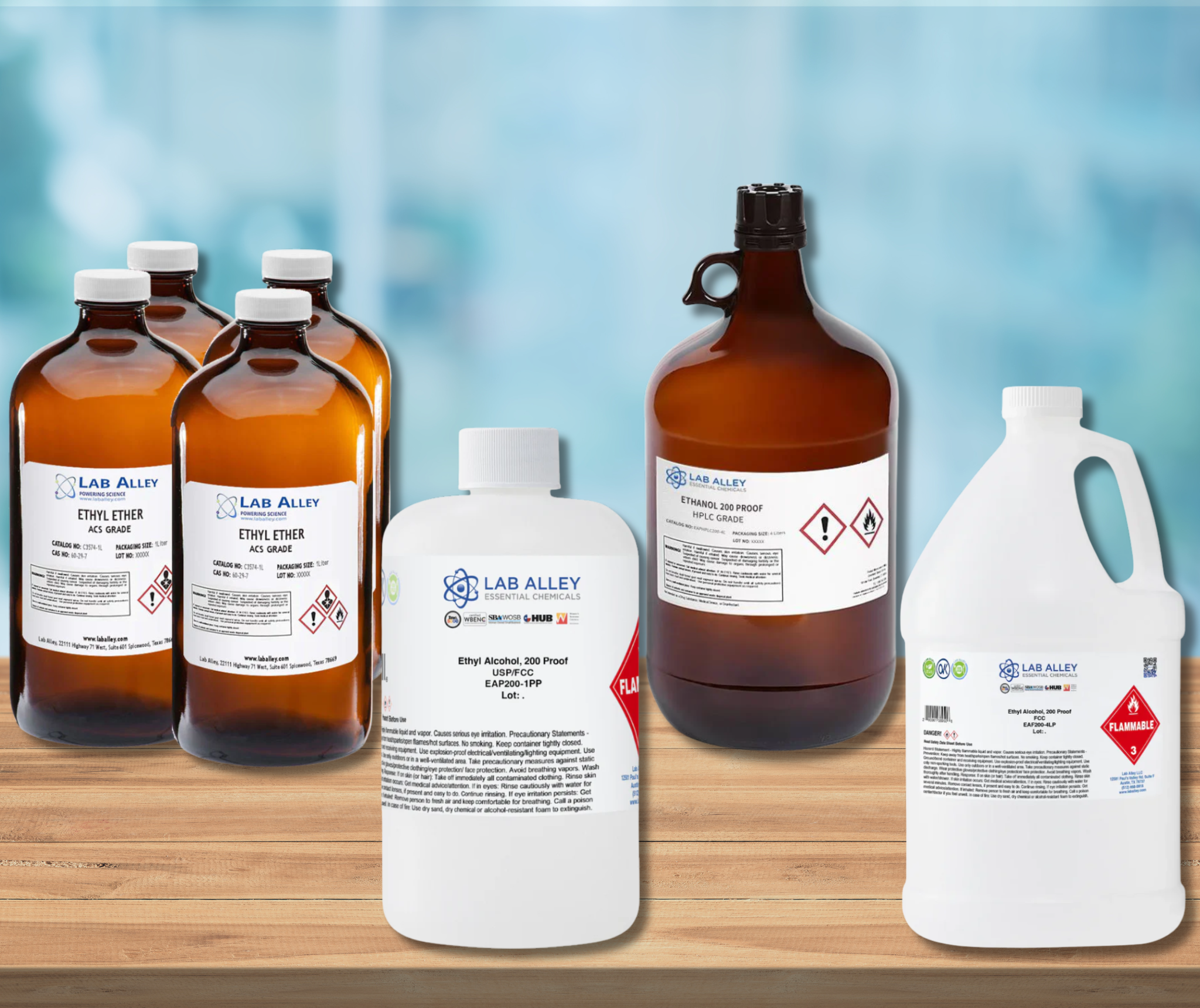
Lab or Food Grade? Here’s What You Need to Know
Chemical grades like Lab, Food, ACS, USP, and Kosher indicate purity, compliance, and use cases. This blog explains Lab Alley’s 12 chemical grades, why grade matters, and how to select the right one for food, pharmaceuticals, electronics, labs, or classrooms.
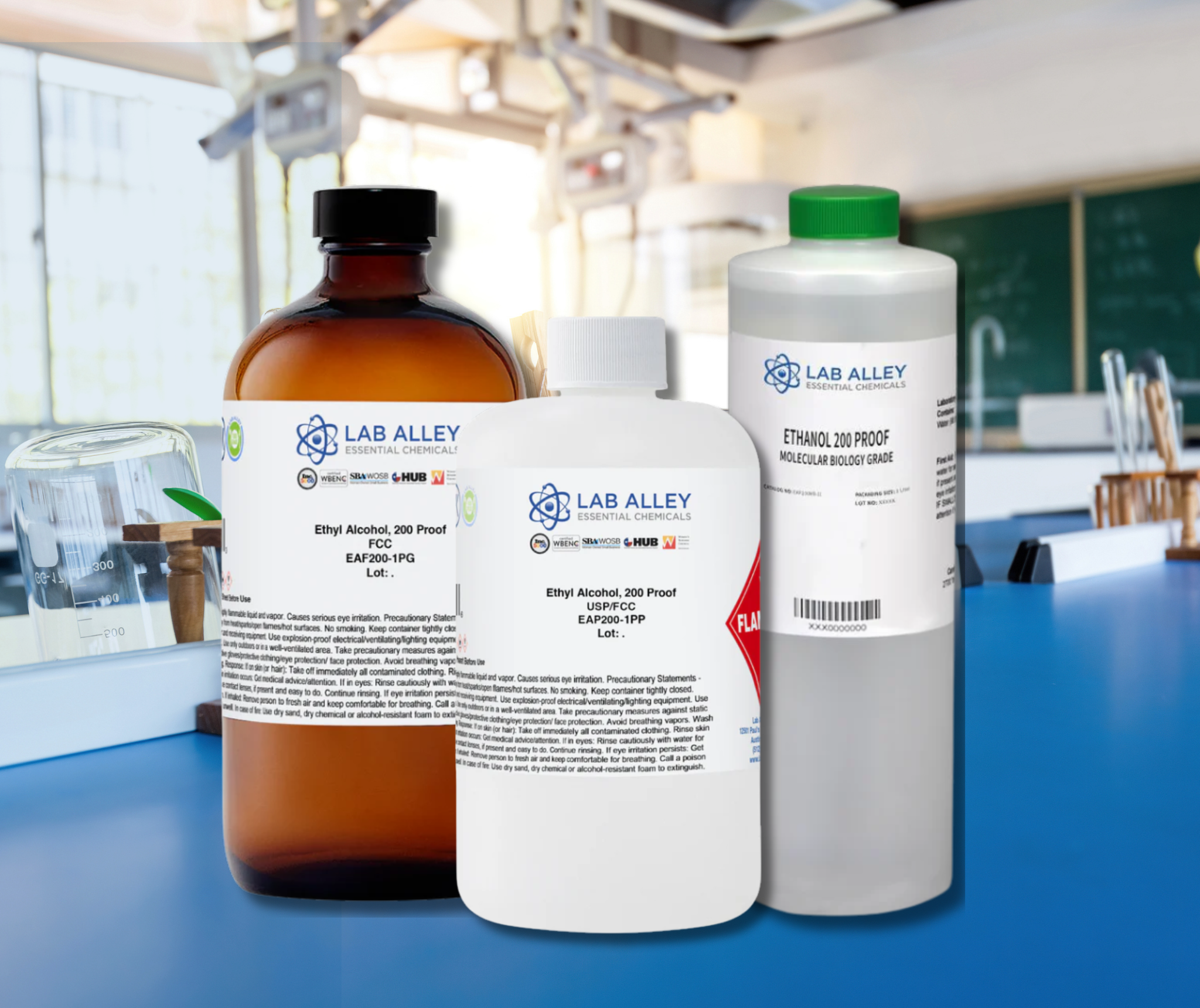
How to Introduce Ethanol in Your School Lab
Ethanol is one of the most common and versatile chemicals in school labs, used for disinfection, combustion, and experiments in biology and chemistry. This blog covers its uses, required permits, safety practices, and sourcing tips to help educators integrate ethanol responsibly and meet compliance standards.
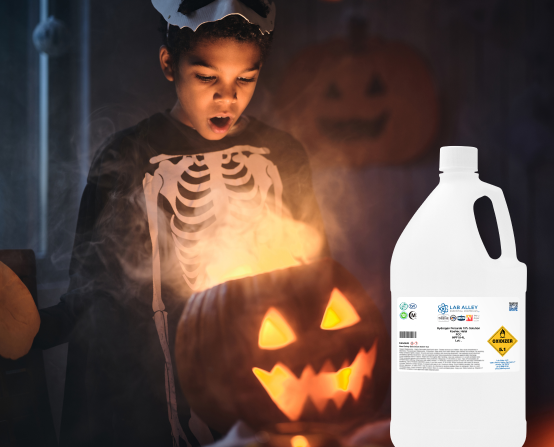
The Science Behind the Scare: How Chemicals Create Halloween Magic
Halloween effects like fog, glow-in-the-dark potions, and fake blood all come down to chemistry. This article explains how glycerin, luminol, hydrogen peroxide, and even corn syrup with citric acid bring eerie effects to life. With the right ingredients and precautions, science can take your Halloween from ordinary to unforgettable.

Formaldehyde Safety & Hazards
Formaldehyde is a toxic, corrosive, and carcinogenic chemical used in industry and labs that requires strict safety controls. This guide explains its hazard classifications, exposure risks, health effects, and first aid measures, along with safe handling, storage, spill response, and regulatory compliance. Learn how to protect workers, facilities, and the environment when working with this high-risk compound.
Formaldehyde is a toxic, corrosive, and carcinogenic chemical used in industry and labs that requires strict safety controls. This guide explains its hazard classifications, exposure risks, health effects, and first aid measures, along with safe handling, storage, spill response, and regulatory compliance. Learn how to protect workers, facilities, and the environment when working with this high-risk compound.

Ferrous Sulfate Uses & Applications
Ferrous sulfate is one of the most versatile iron compounds, used in water treatment, agriculture, pharmaceuticals, construction, and research. This guide explains its roles as a coagulant, reducing agent, nutrient source, and chemical intermediate. Learn how it supports wastewater treatment, soil enrichment, iron supplementation, pigment production, and more, plus available grades and pack sizes from Lab Alley.
Ferrous sulfate is one of the most versatile iron compounds, used in water treatment, agriculture, pharmaceuticals, construction, and research. This guide explains its roles as a coagulant, reducing agent, nutrient source, and chemical intermediate. Learn how it supports wastewater treatment, soil enrichment, iron supplementation, pigment production, and more, plus available grades and pack sizes from Lab Alley.

Ferrous Sulfate Overview
Ferrous sulfate is a pale green crystalline iron salt used in medicine, agriculture, water treatment, and manufacturing. This guide covers its properties, solubility, reactivity, and key applications in supplements, fertilizers, and industrial processes. Learn essential safety protocols, storage requirements, and sourcing options, including USP, ACS, technical, and food grades with packaging sizes from lab containers to bulk shipments.
Ferrous sulfate is a pale green crystalline iron salt used in medicine, agriculture, water treatment, and manufacturing. This guide covers its properties, solubility, reactivity, and key applications in supplements, fertilizers, and industrial processes. Learn essential safety protocols, storage requirements, and sourcing options, including USP, ACS, technical, and food grades with packaging sizes from lab containers to bulk shipments.

Formaldehyde Shelf Life & Expiration
Formaldehyde typically lasts 12-24 months when stored in sealed containers under controlled conditions. Over time, it degrades through oxidation or polymerization, which can reduce effectiveness and create safety concerns. This guide explains formaldehyde’s shelf life, key signs of expiration, proper disposal procedures, and best practices for storage to help ensure safe and reliable use in labs, industry, and preservation work.
Formaldehyde typically lasts 12-24 months when stored in sealed containers under controlled conditions. Over time, it degrades through oxidation or polymerization, which can reduce effectiveness and create safety concerns. This guide explains formaldehyde’s shelf life, key signs of expiration, proper disposal procedures, and best practices for storage to help ensure safe and reliable use in labs, industry, and preservation work.
STAY UP TO DATE
Subscribe to Lab Alley Blog for the latest Essential Chemicals news.
Top Blog Categories
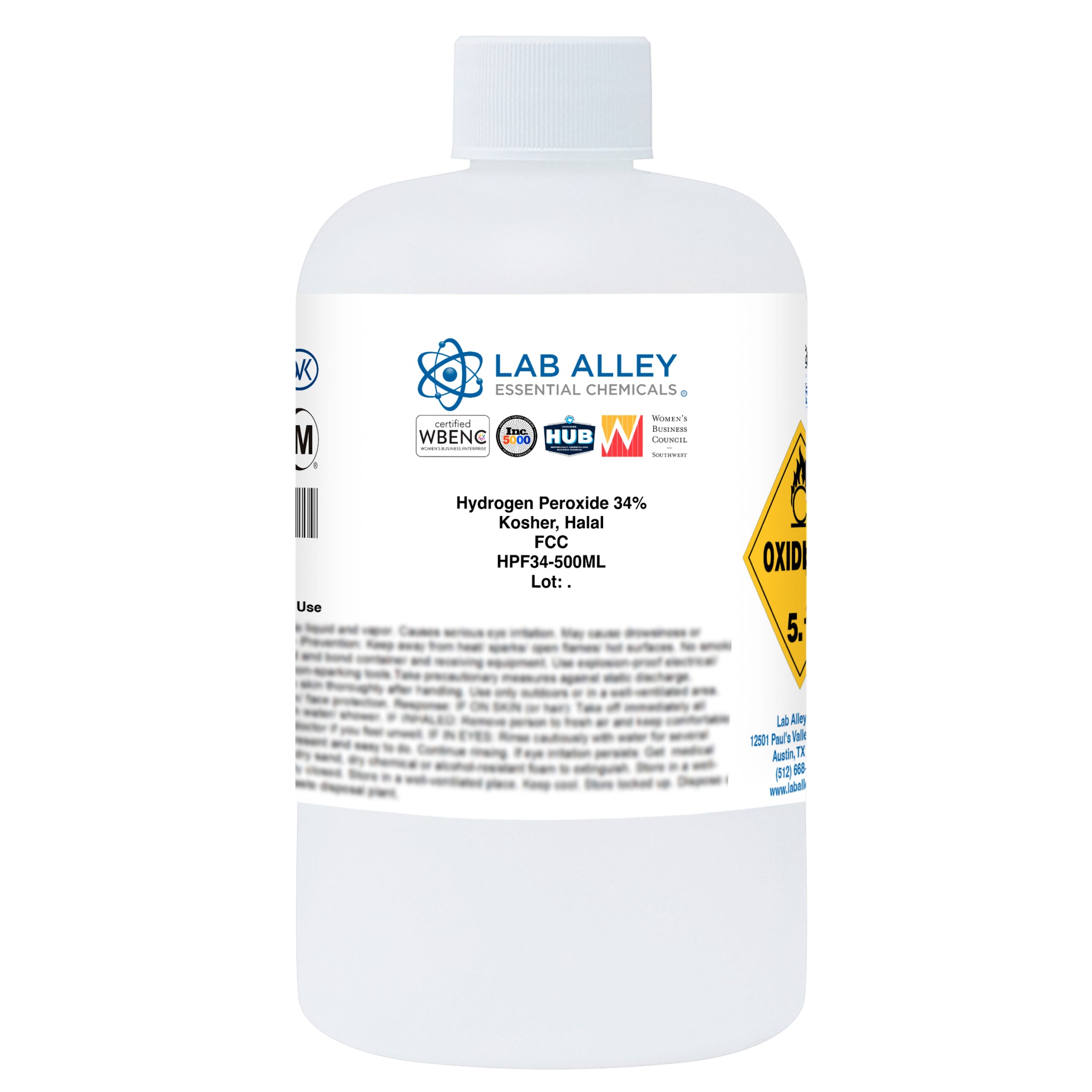
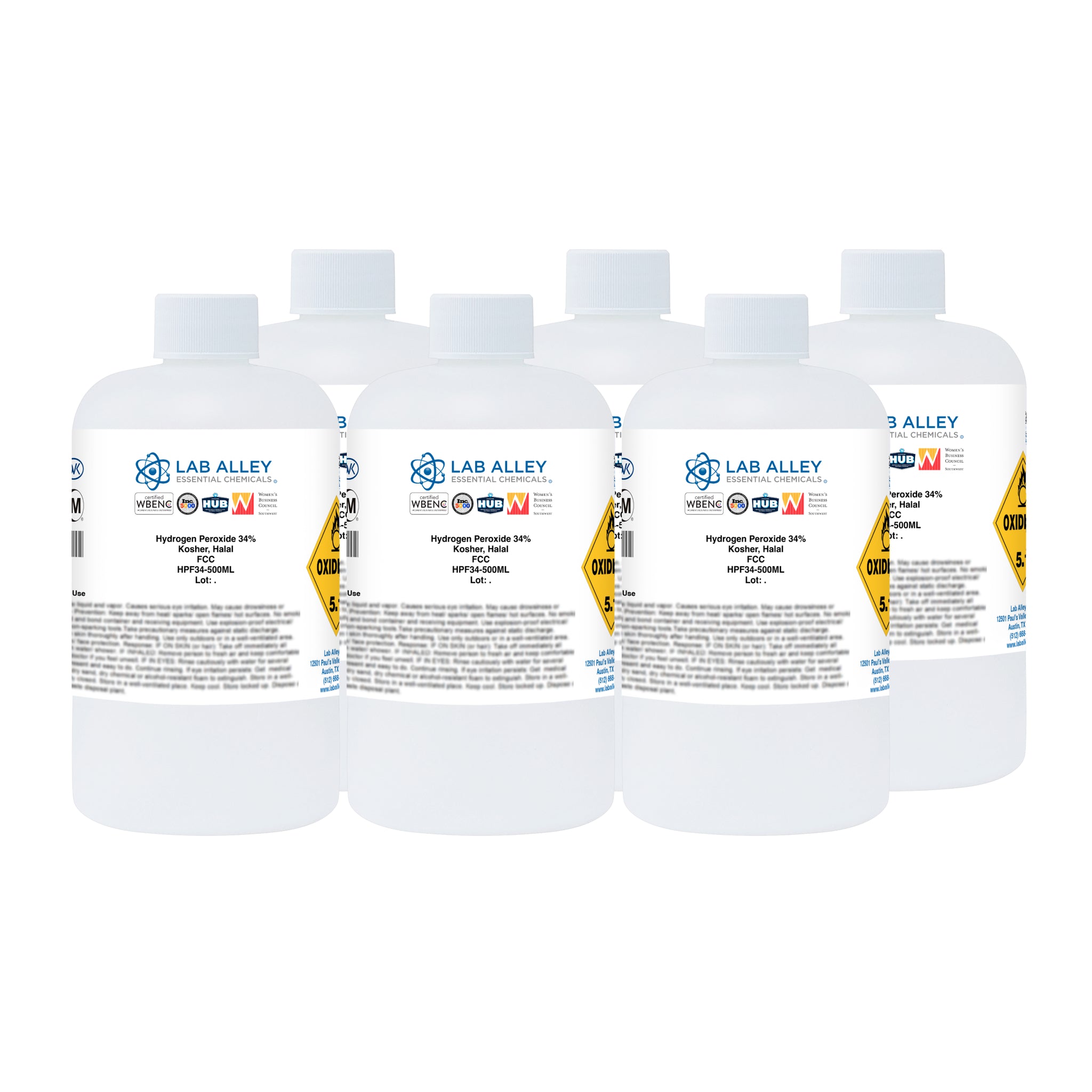
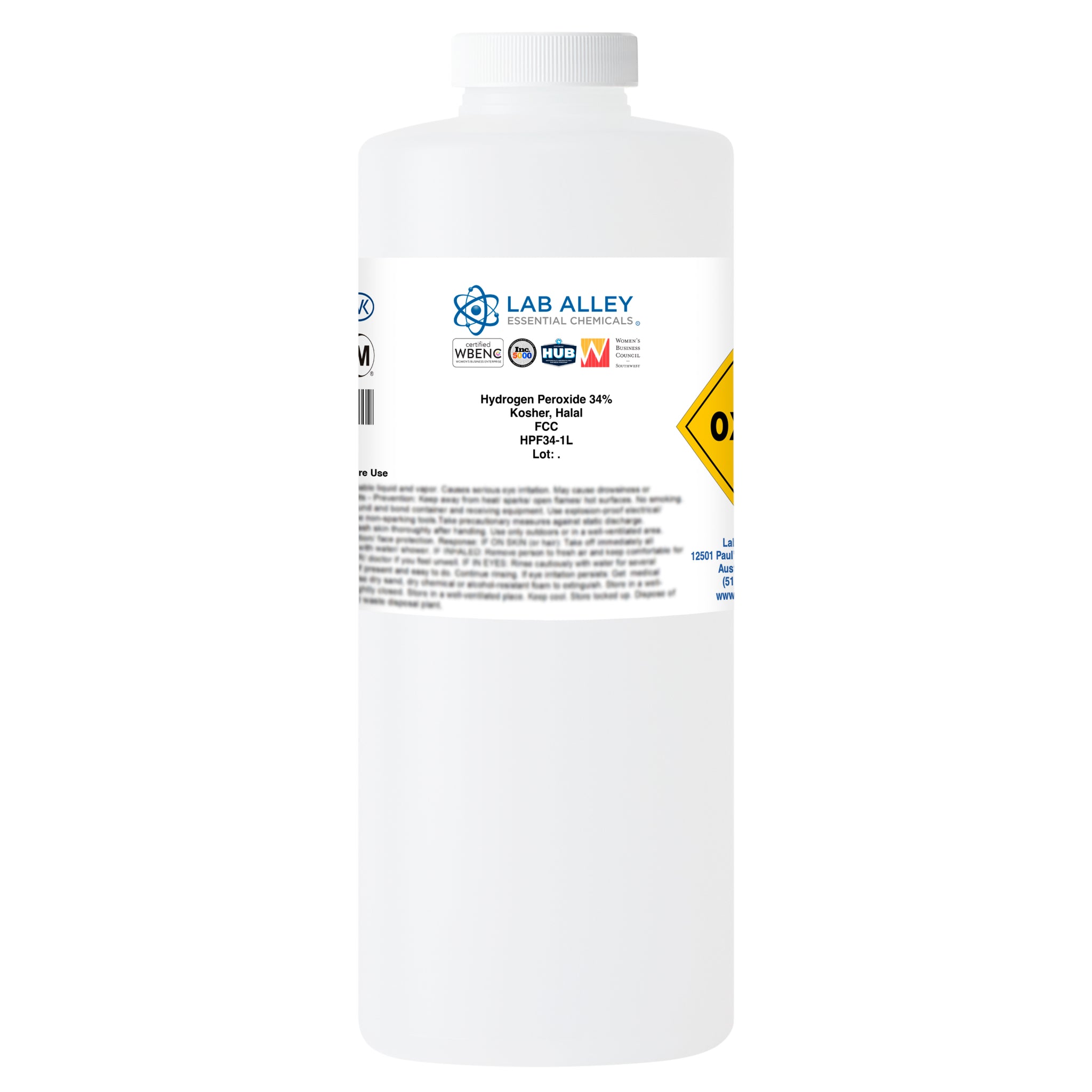
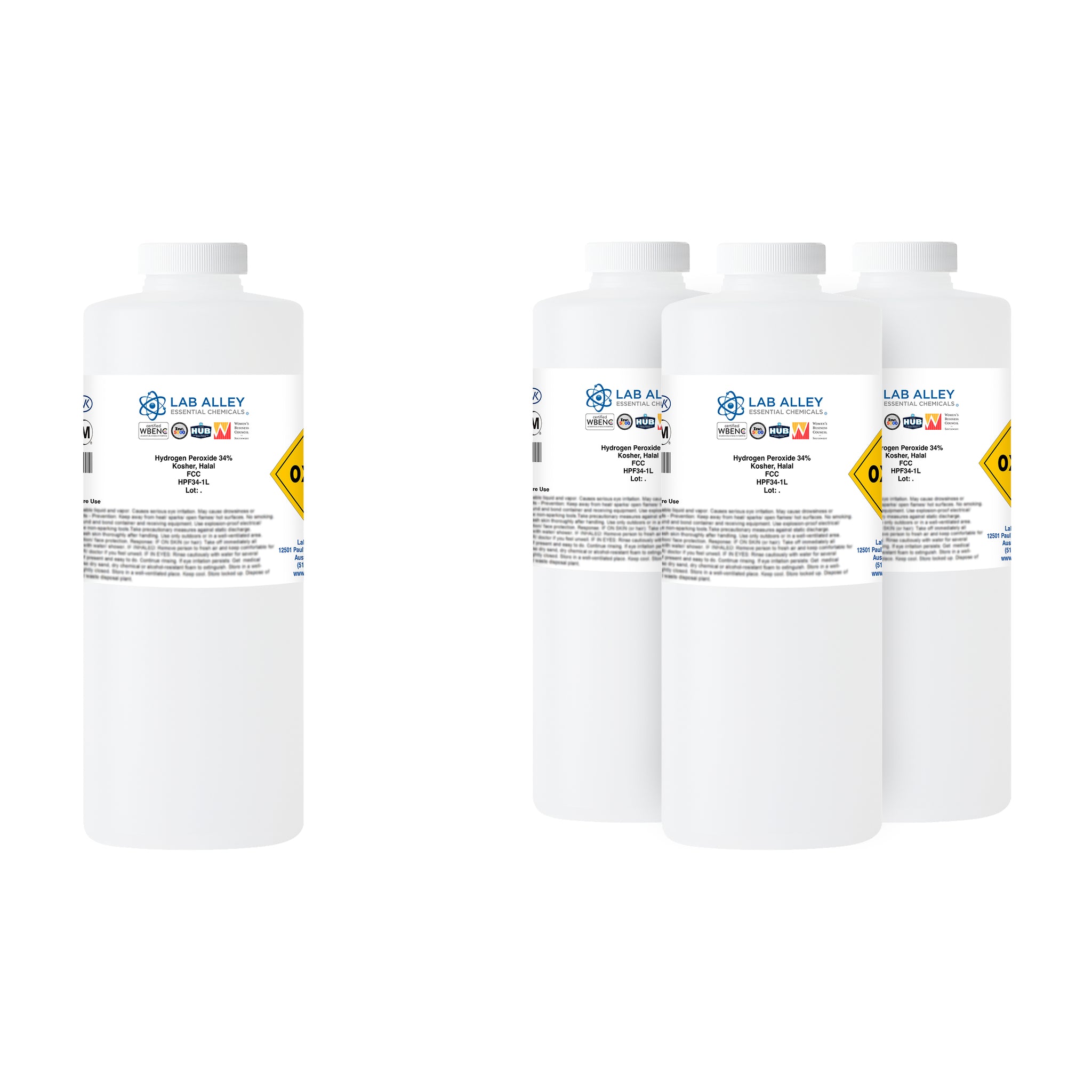

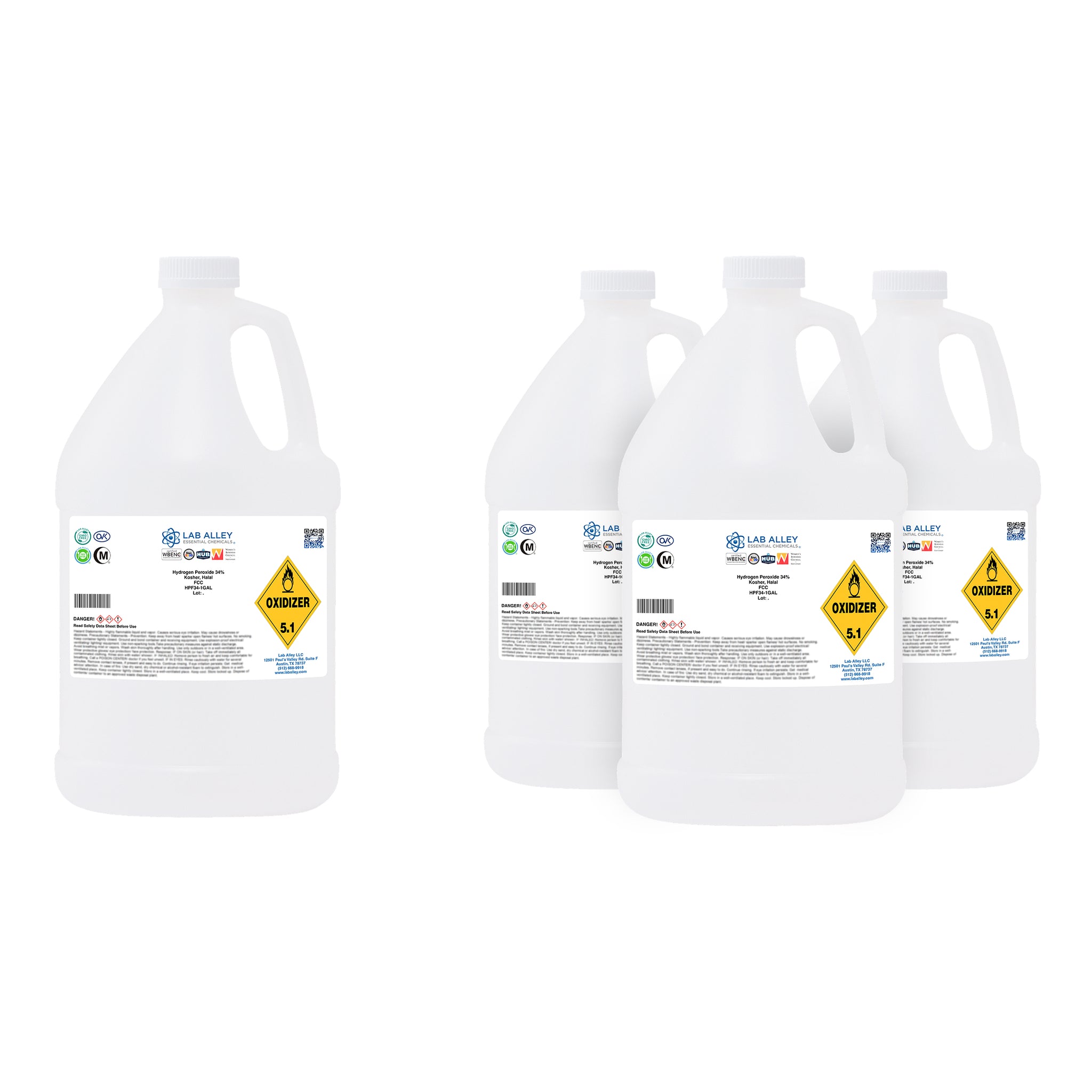



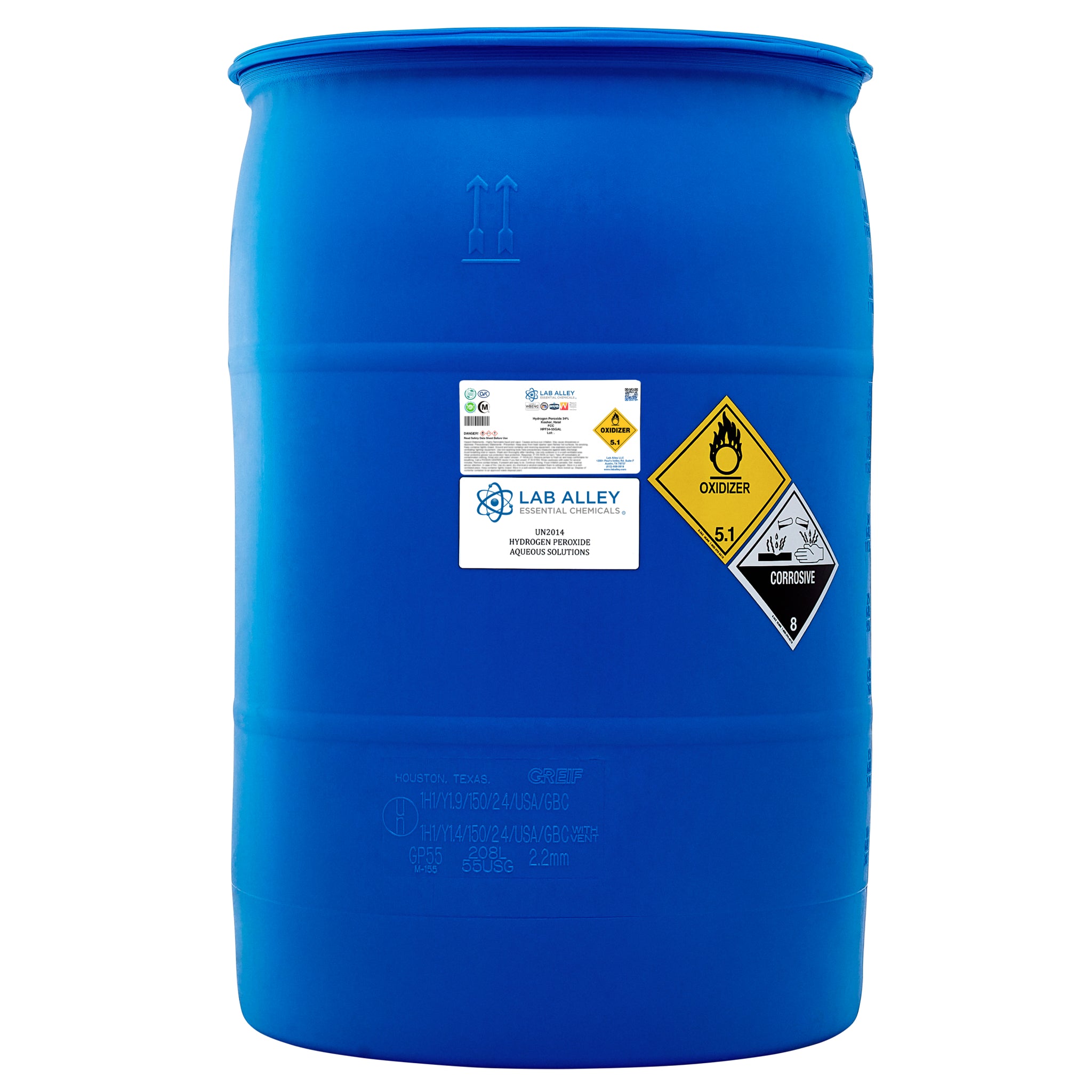

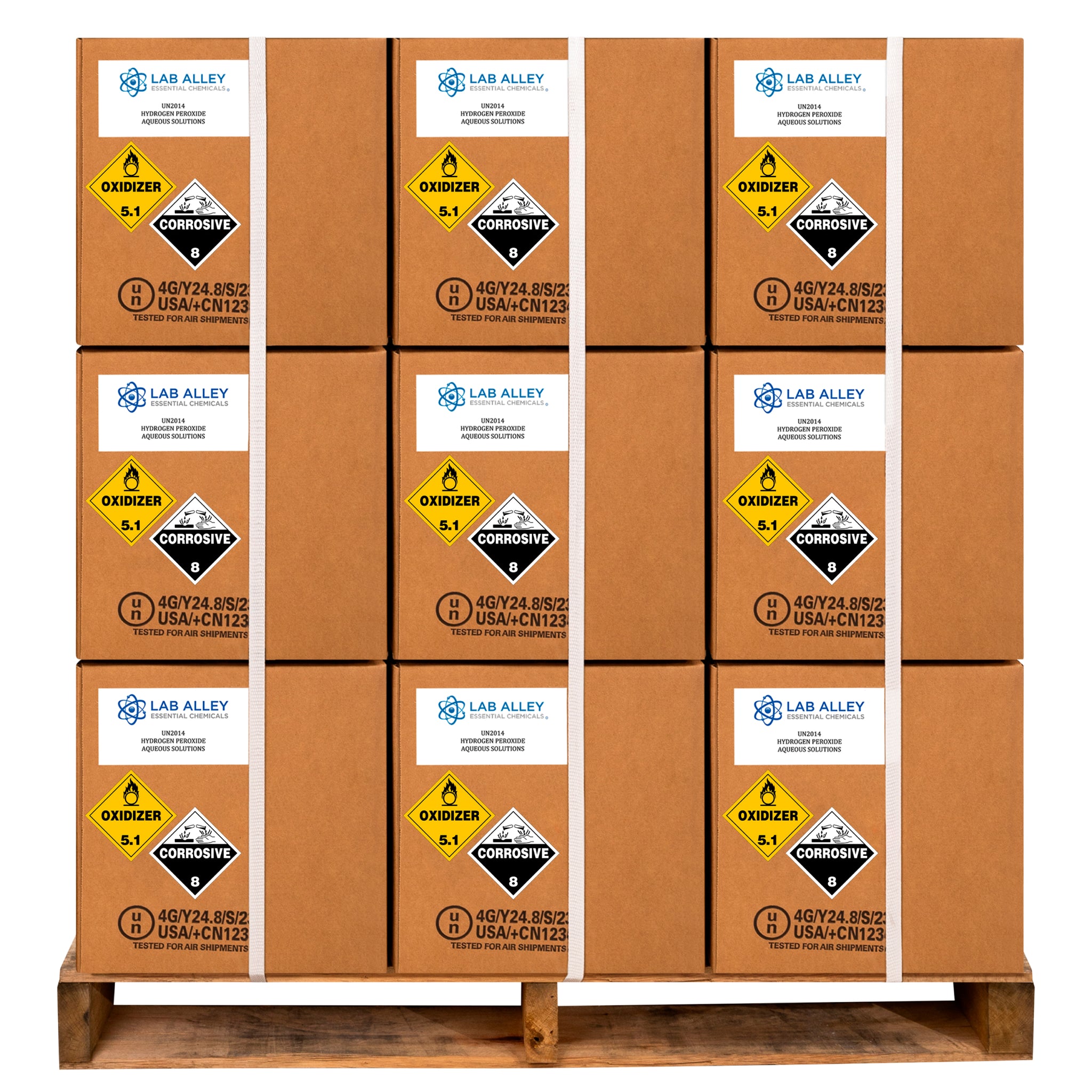
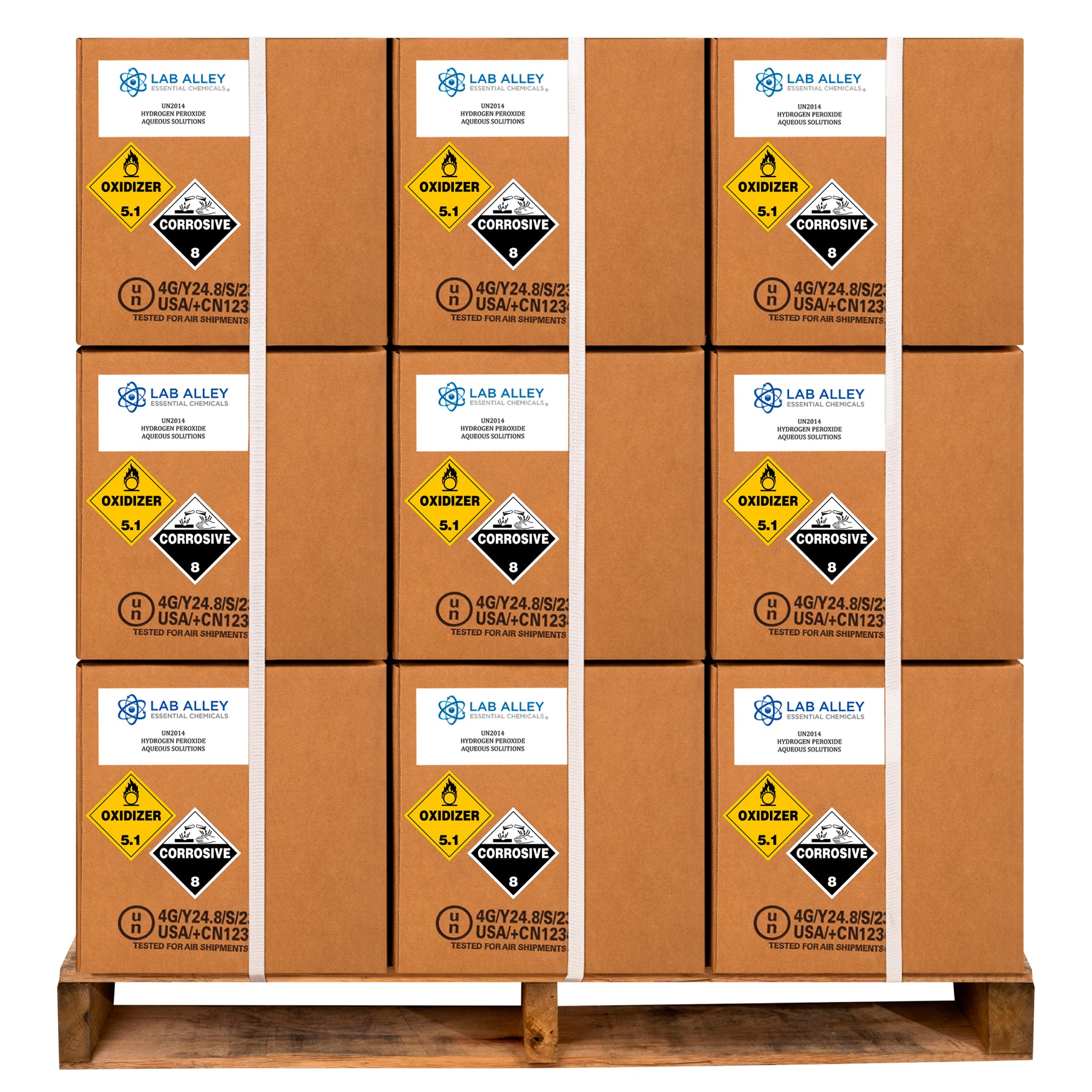
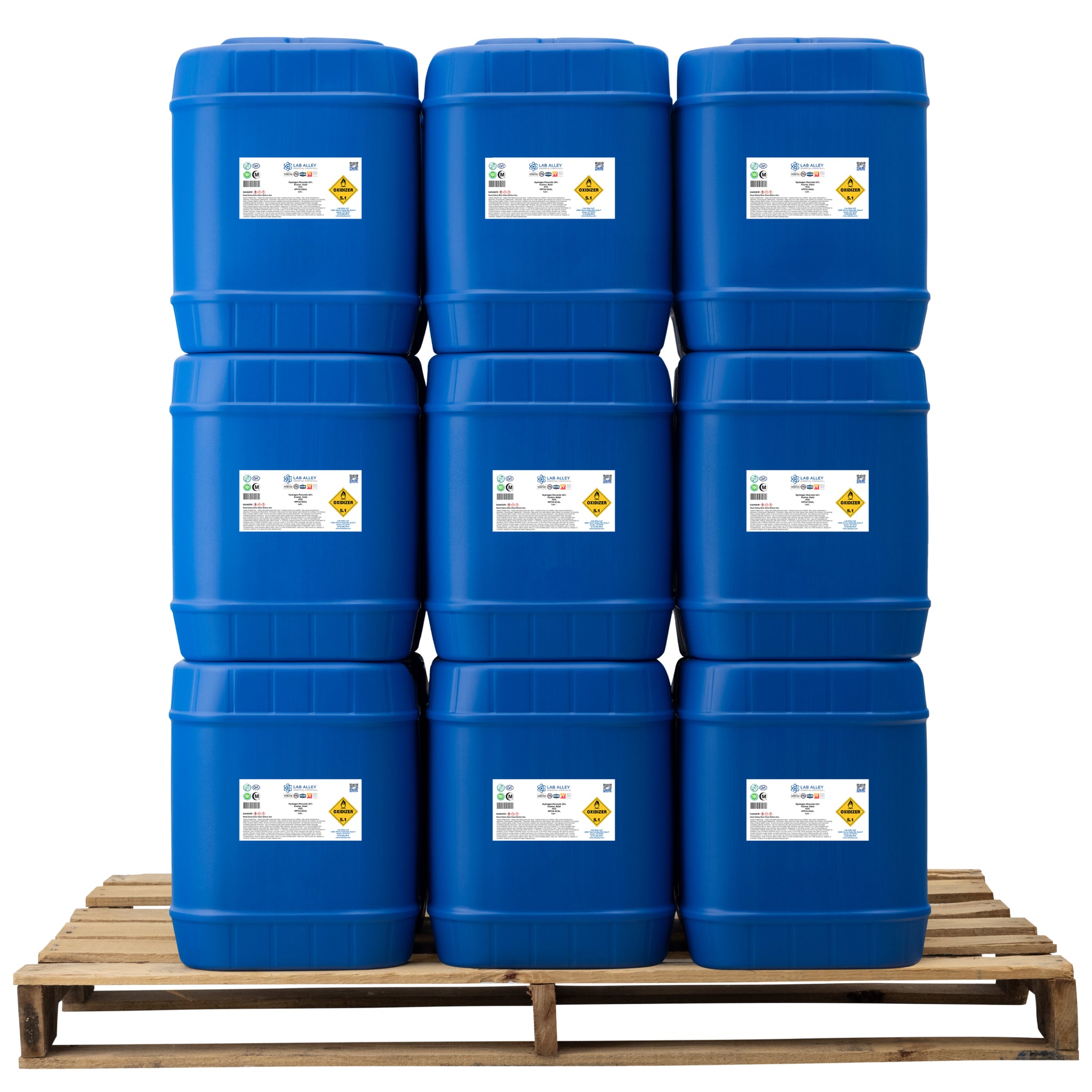
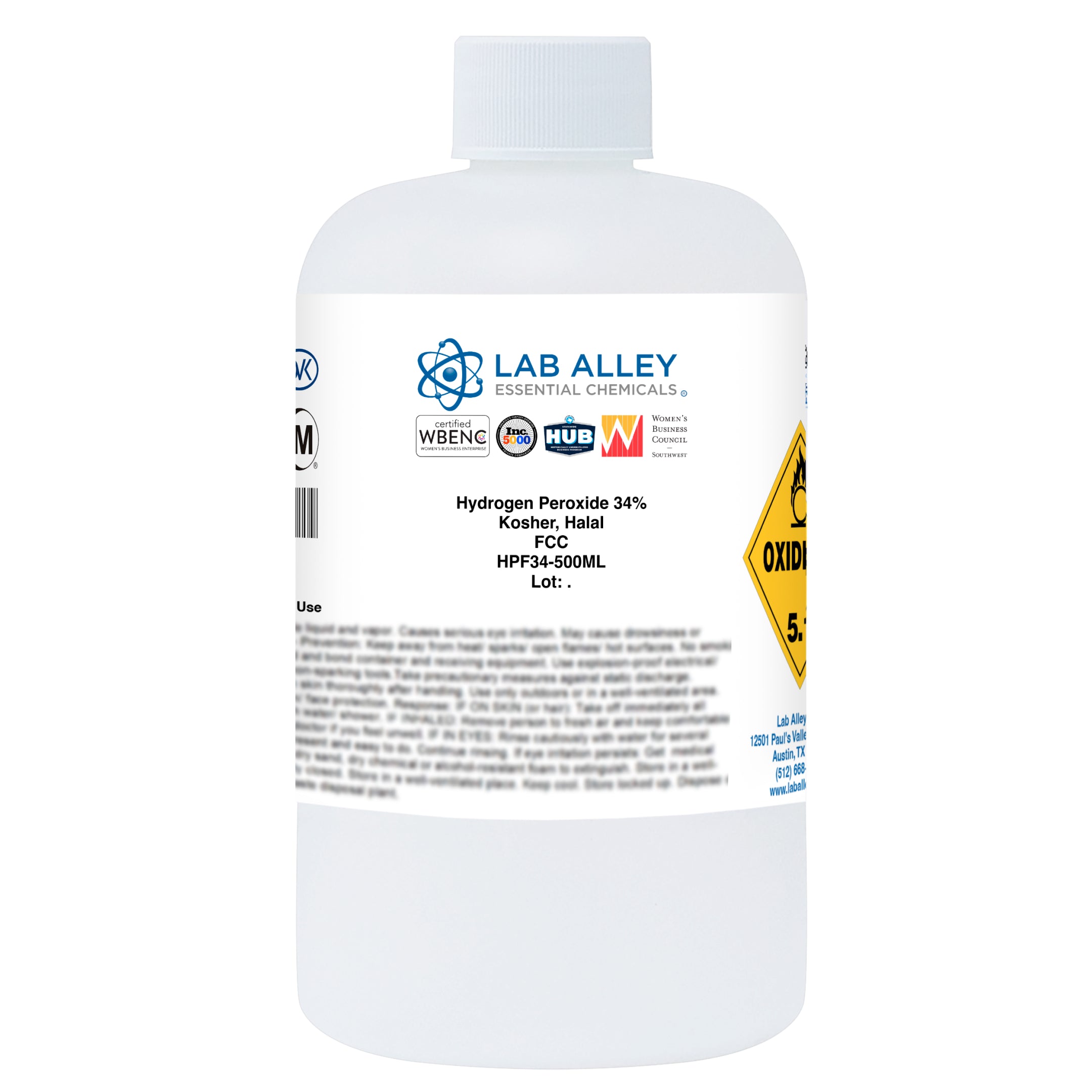

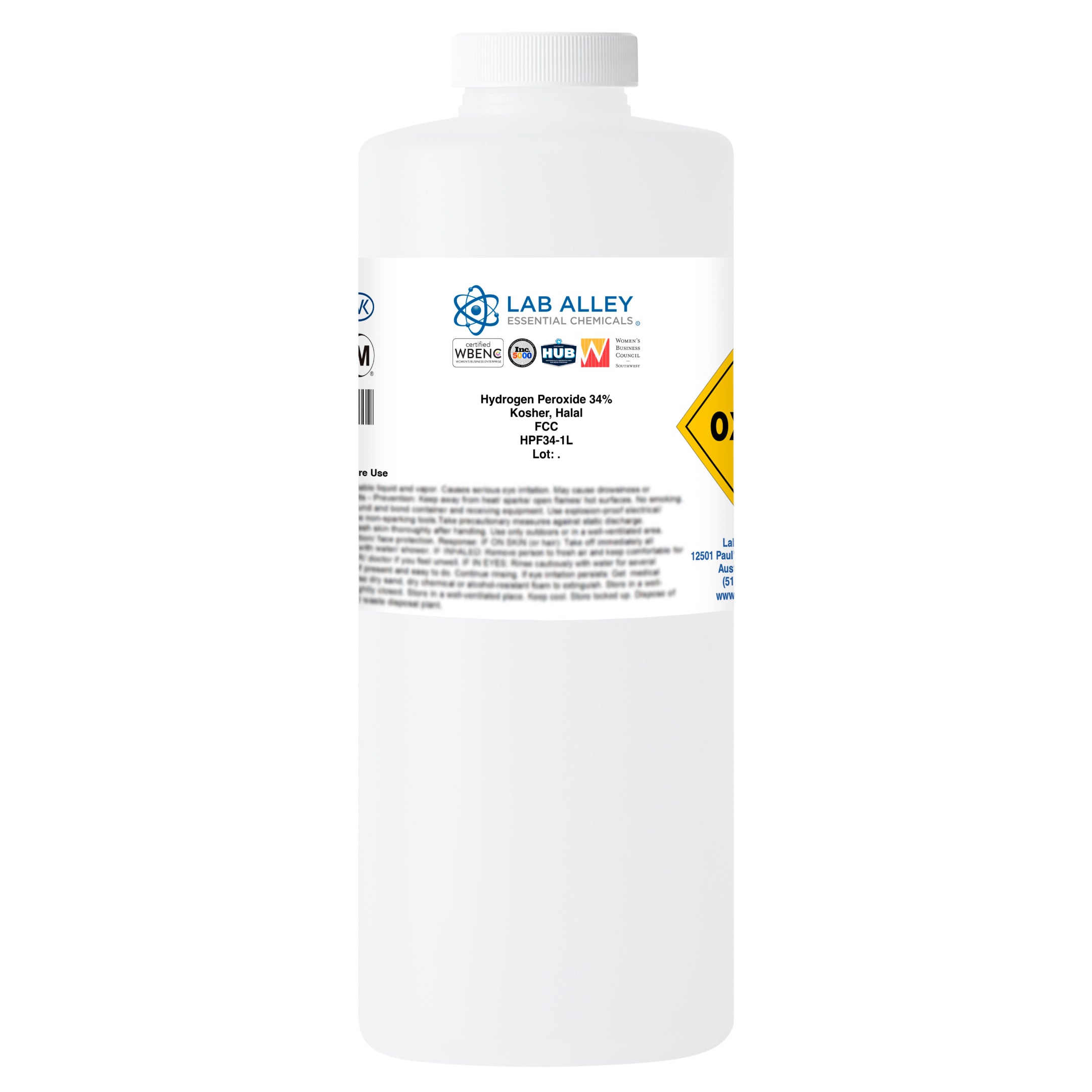
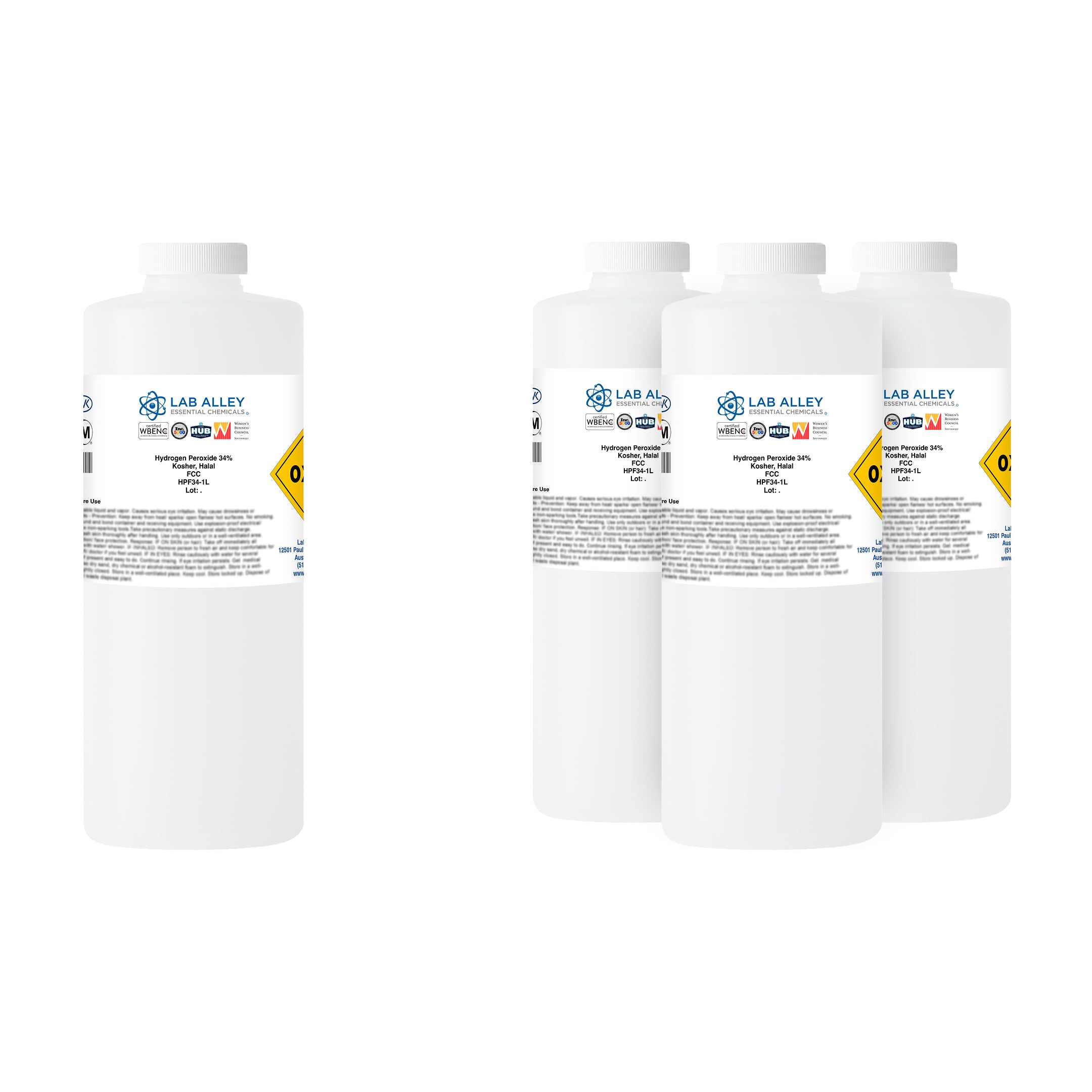

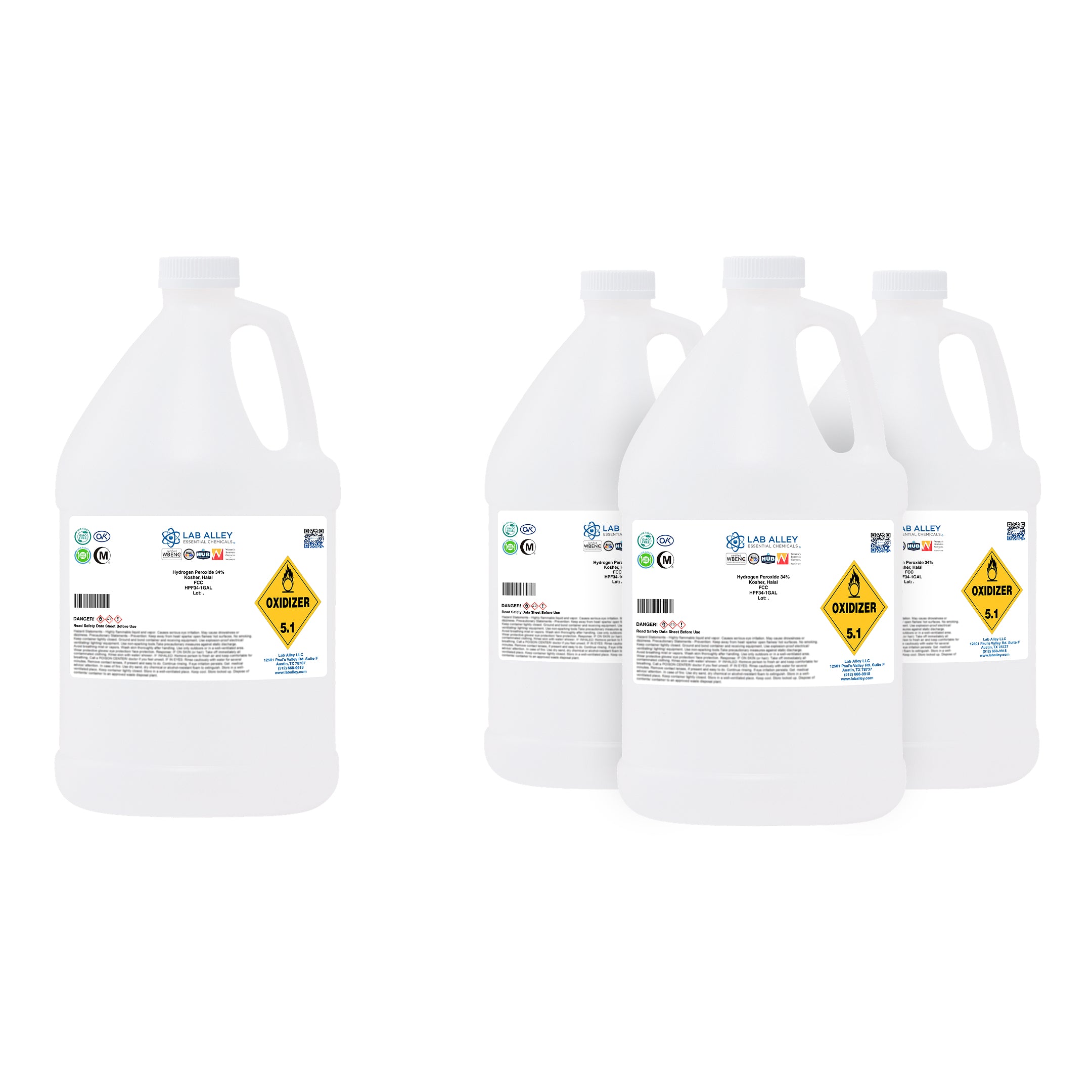
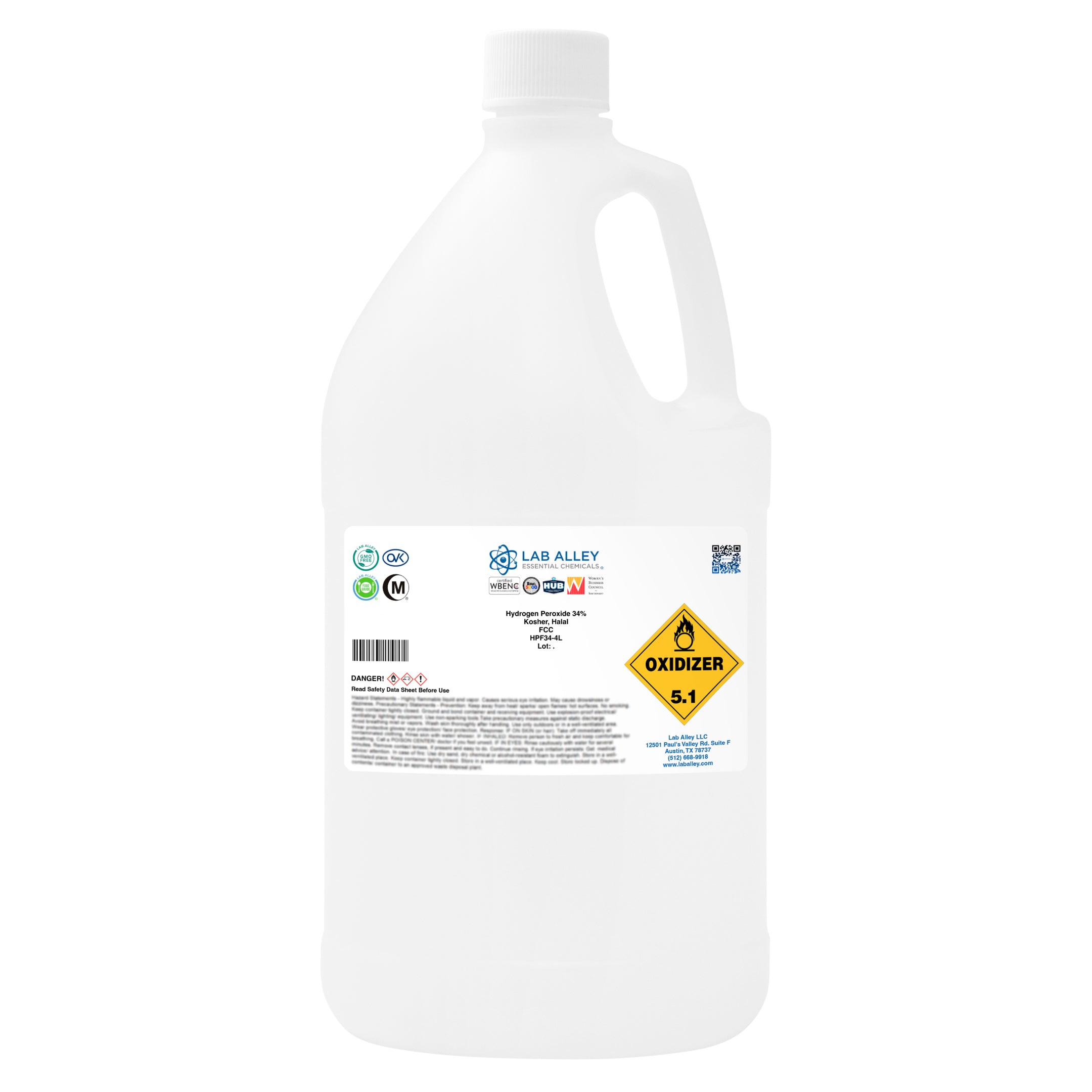
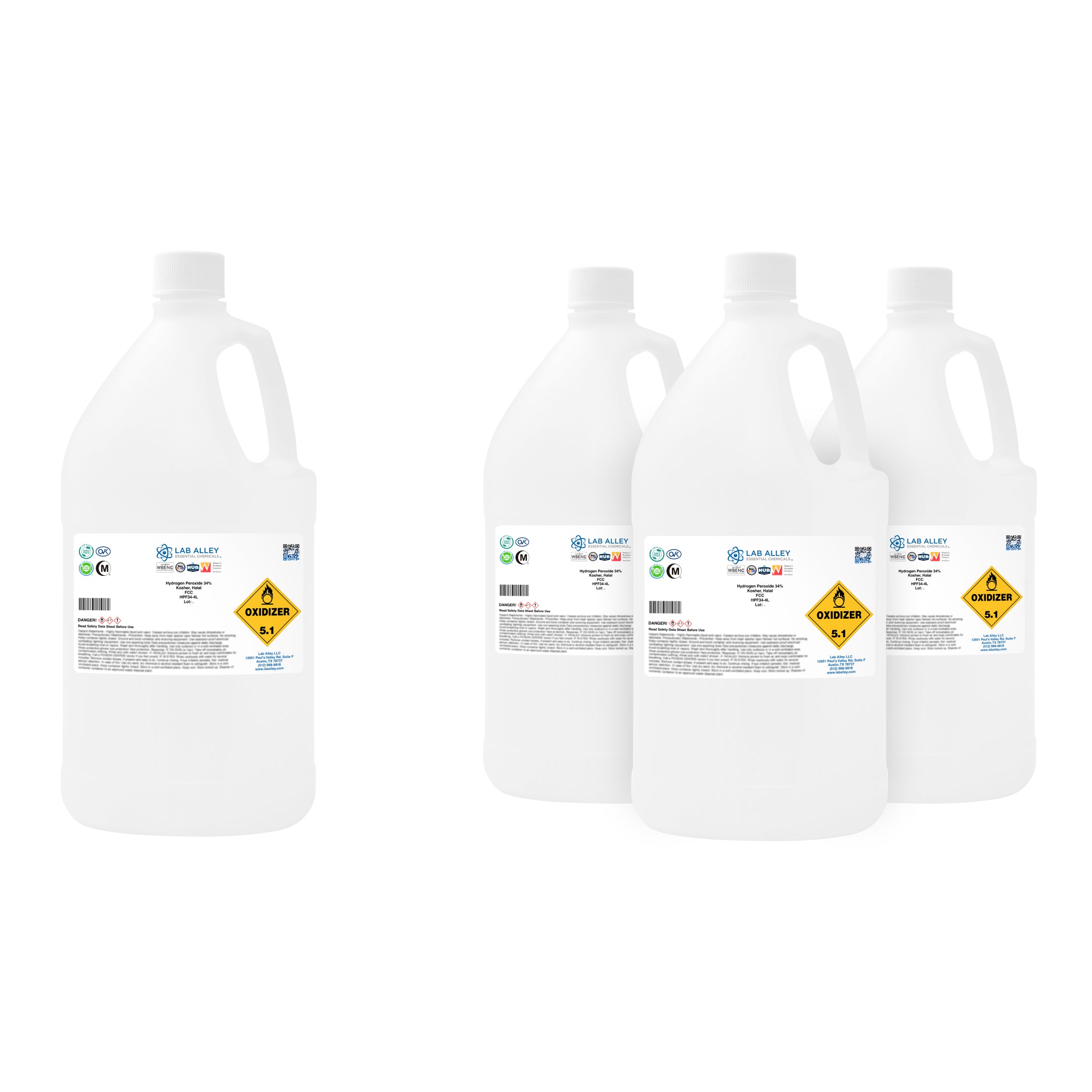
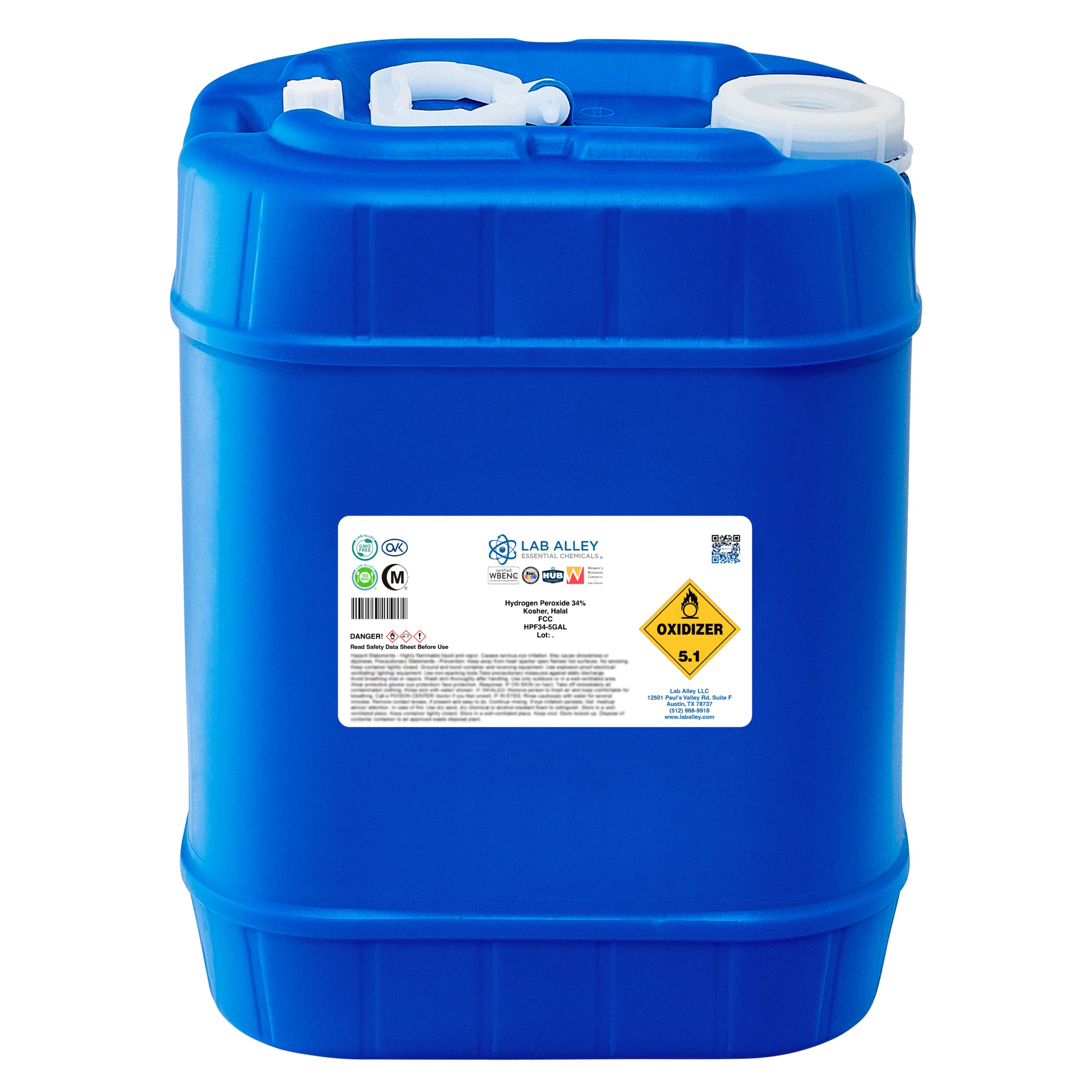
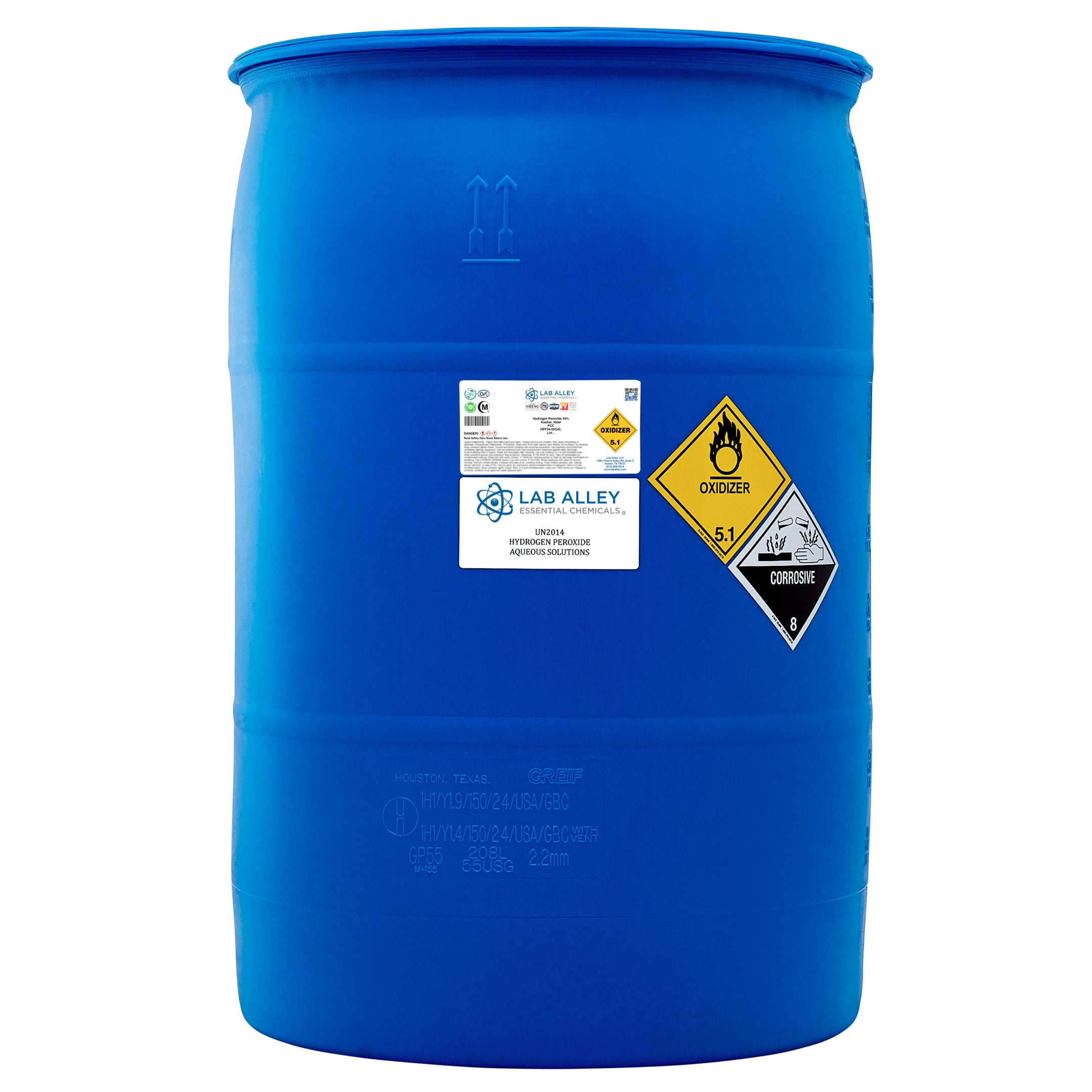
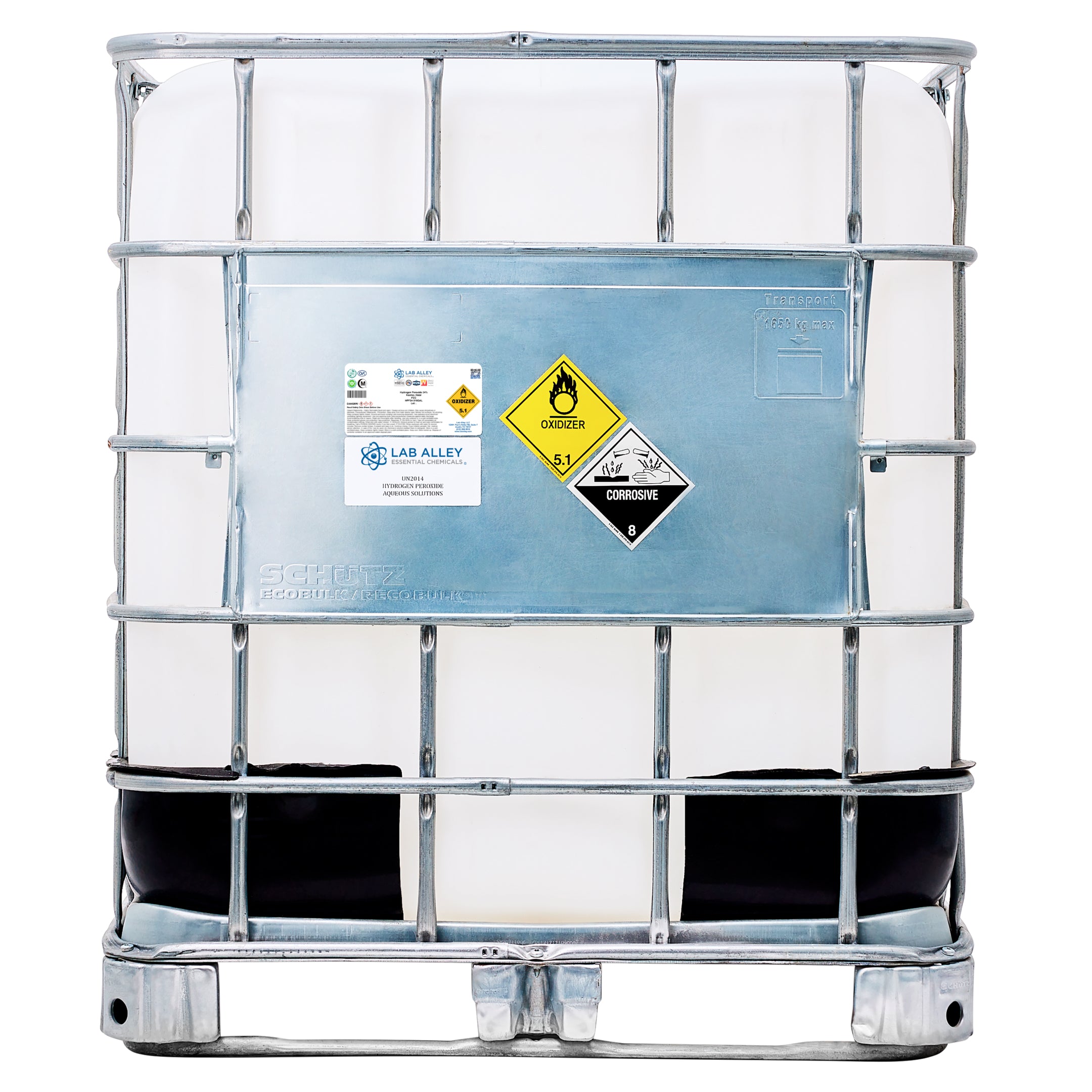

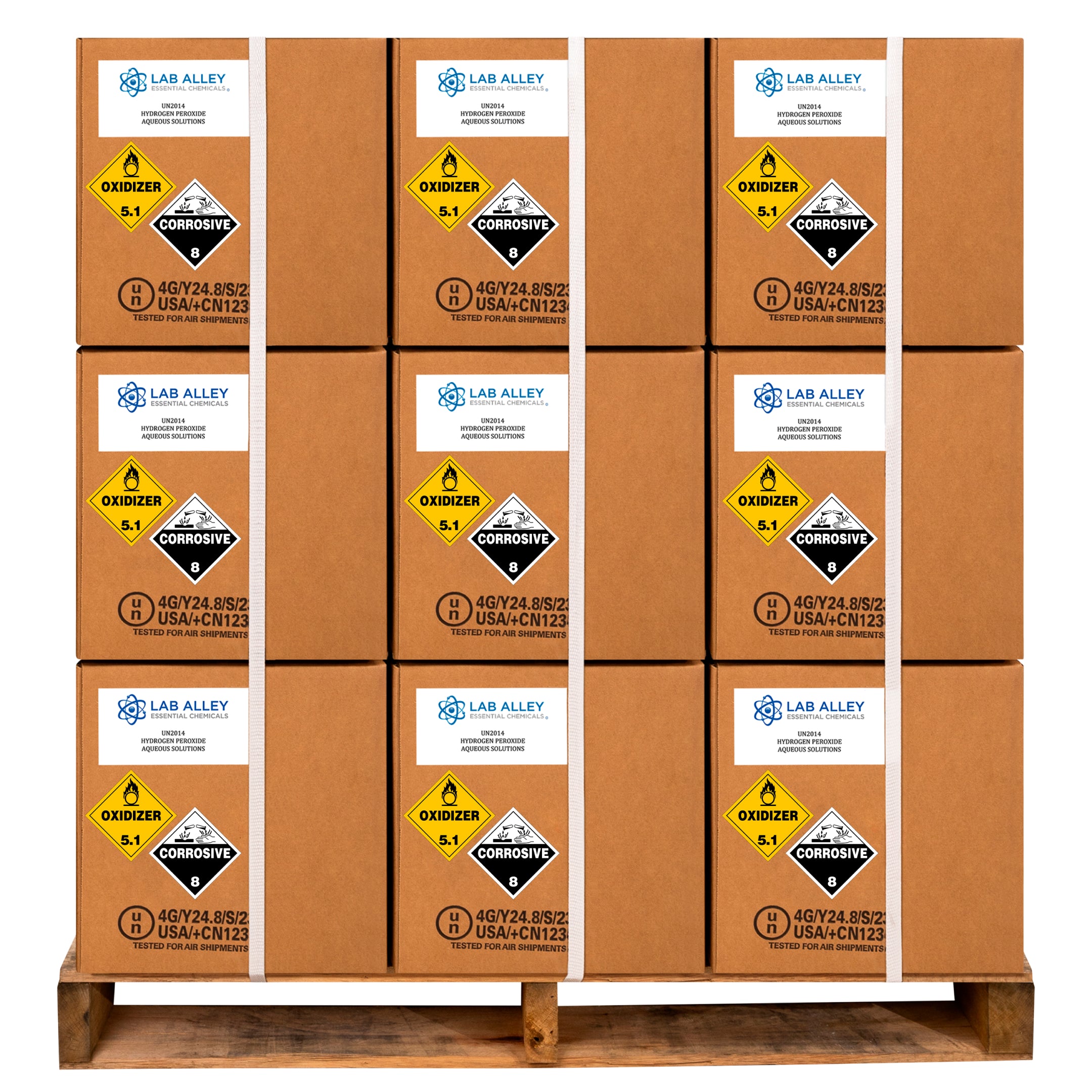
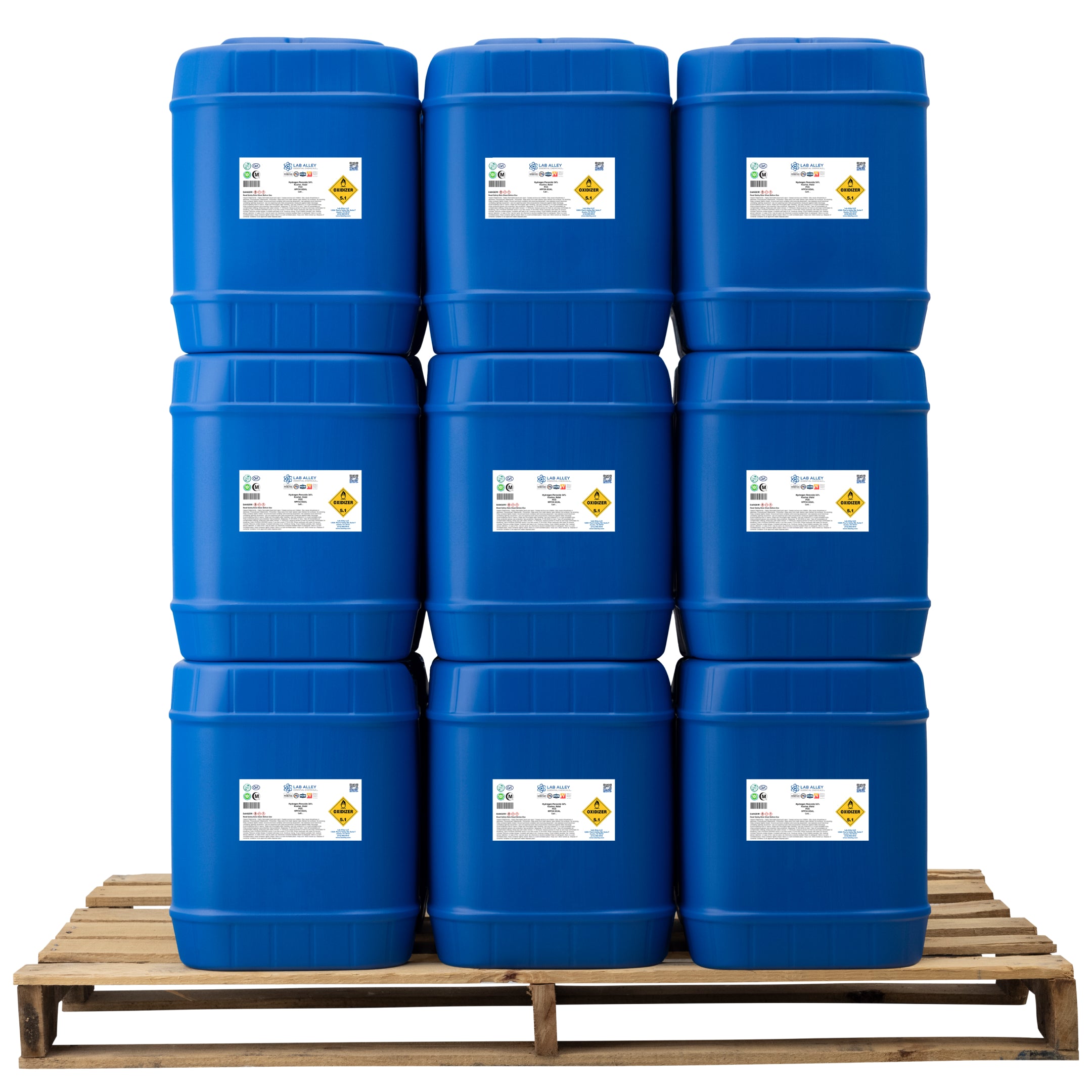
Hydrogen Peroxide 34% Food Grade, Kosher, Halal



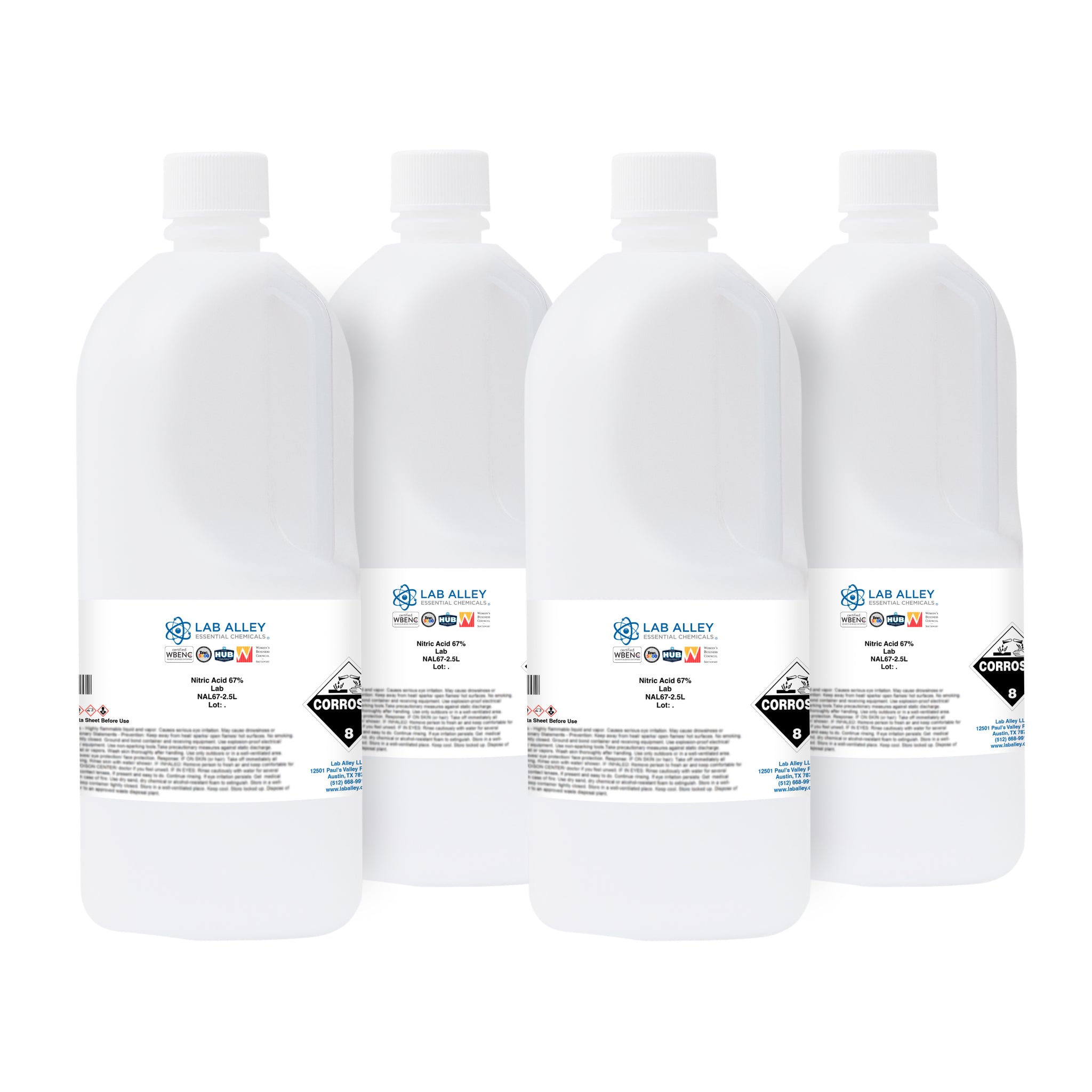
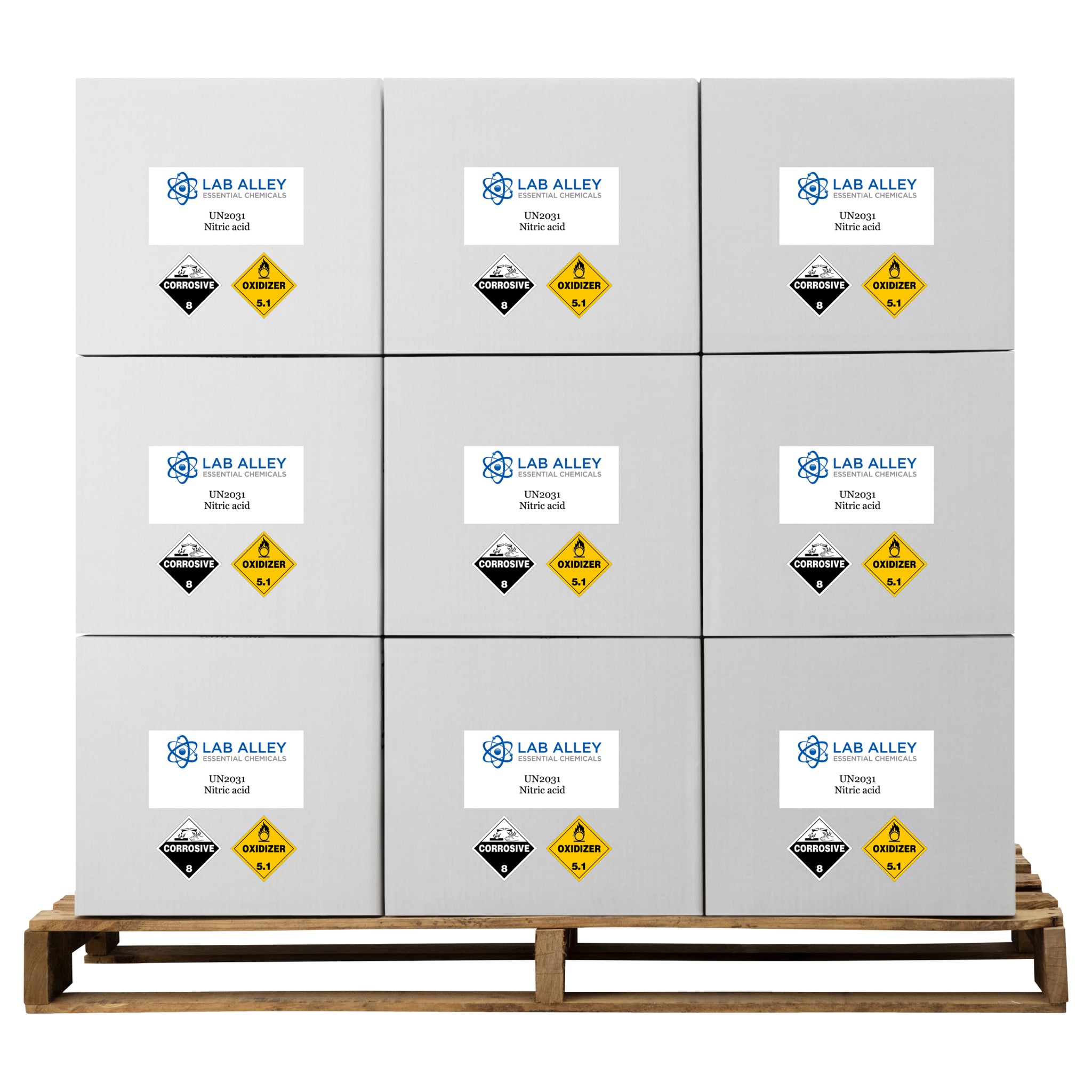
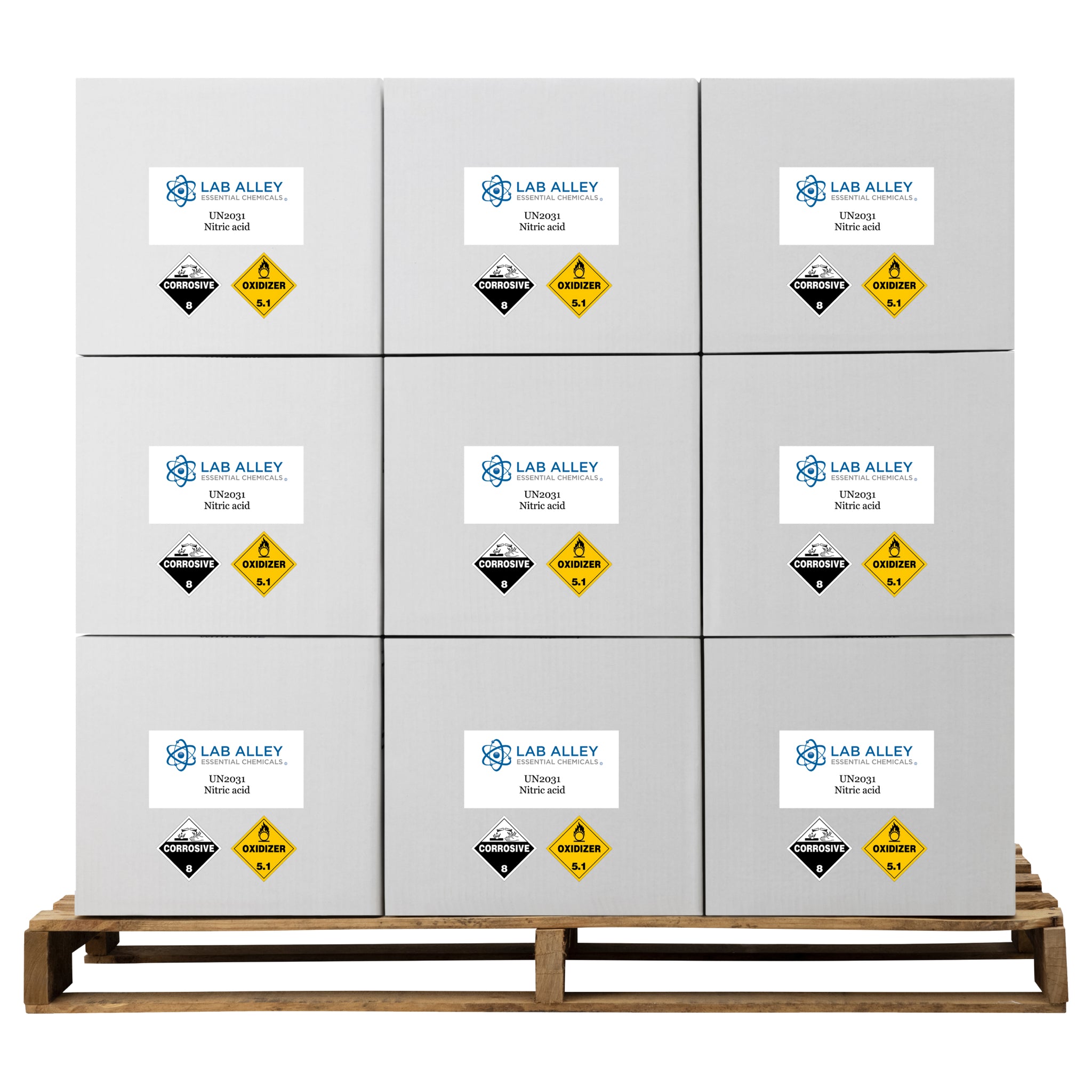
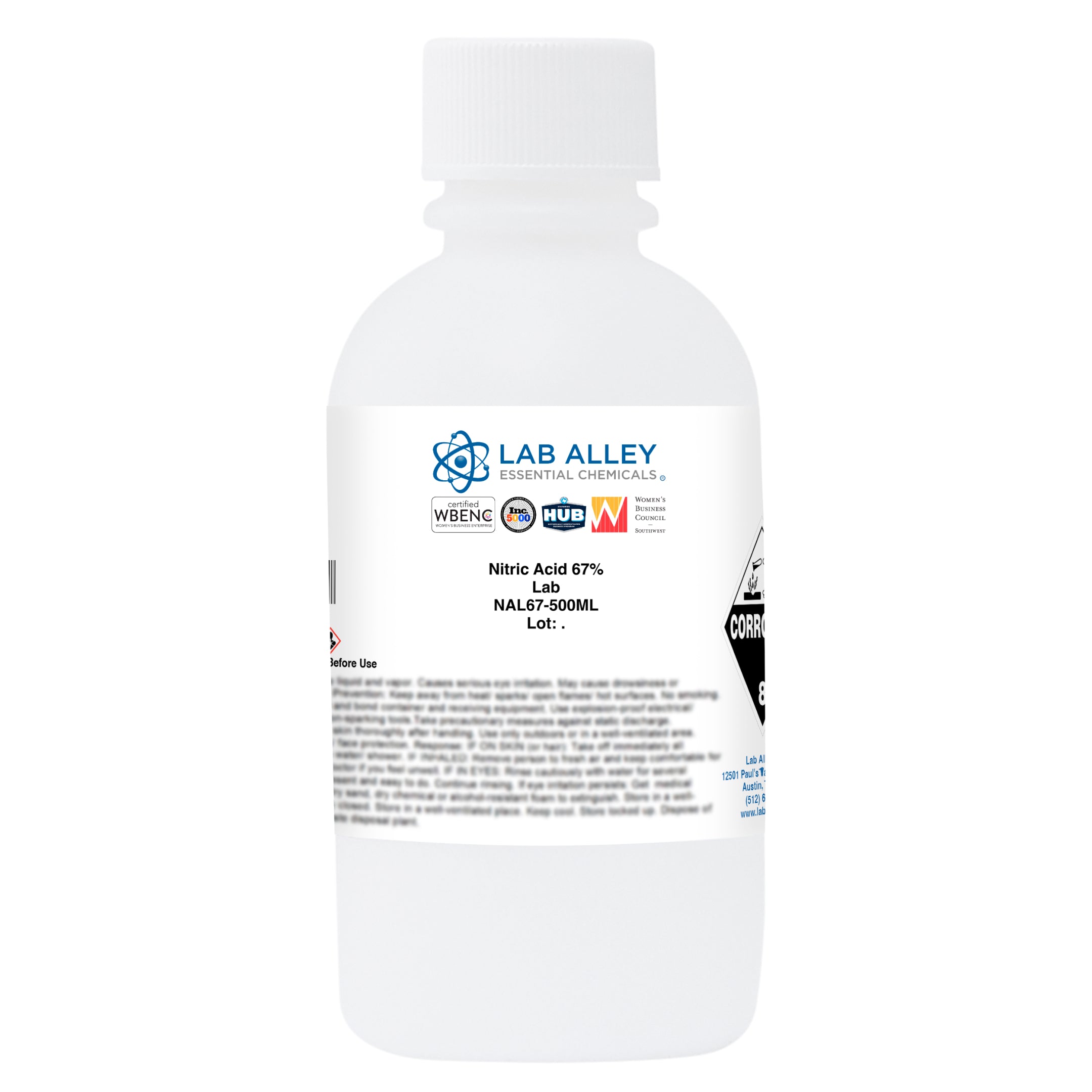
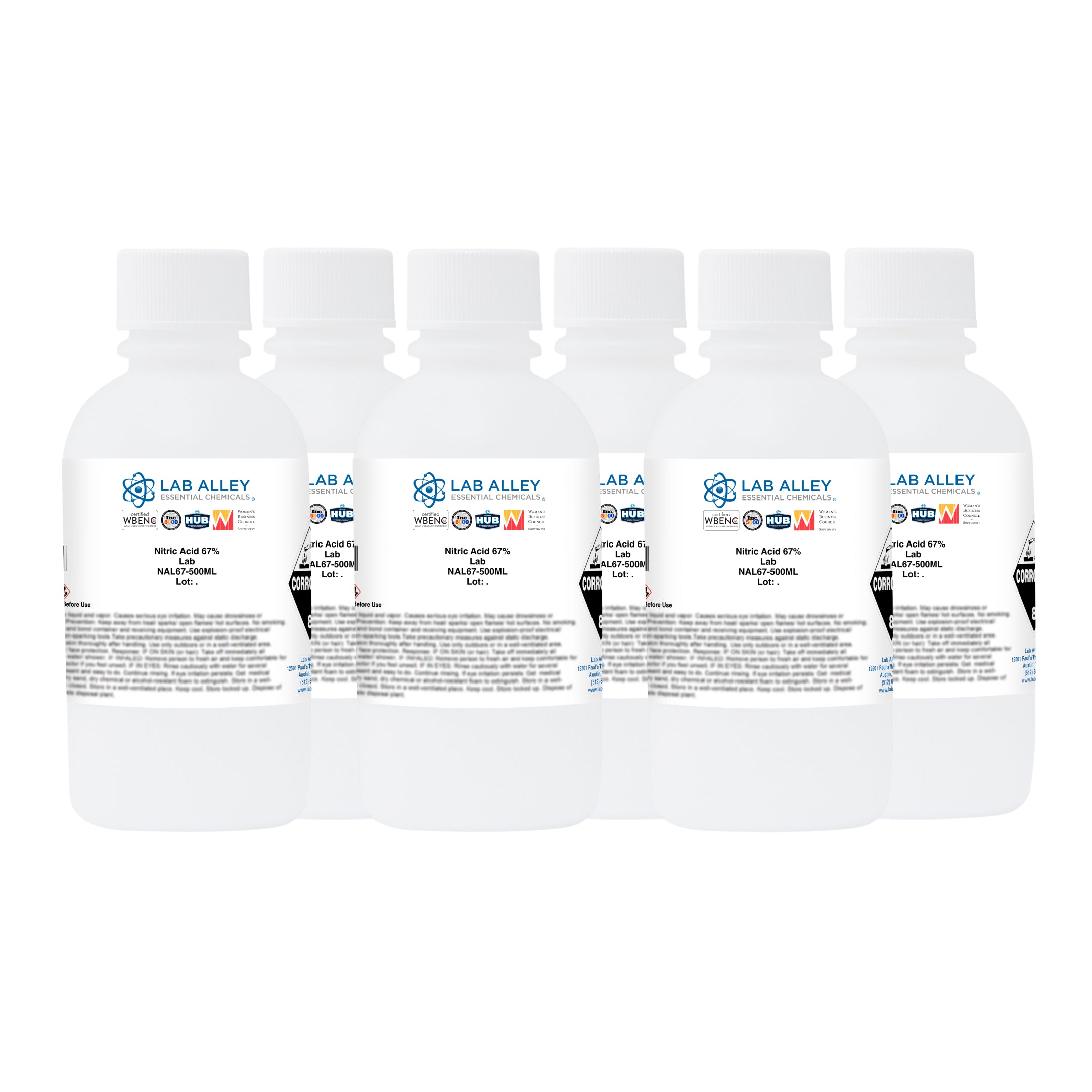
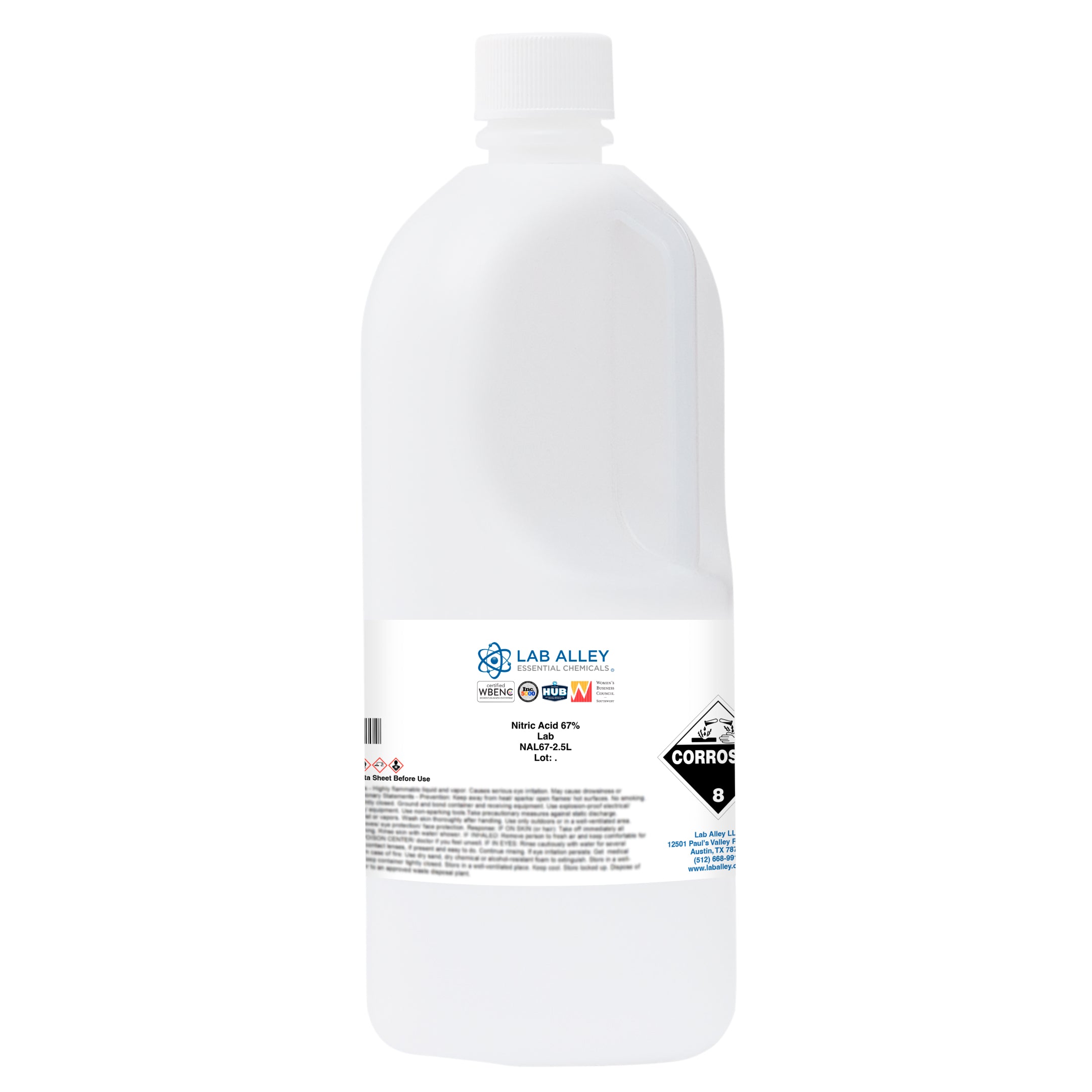
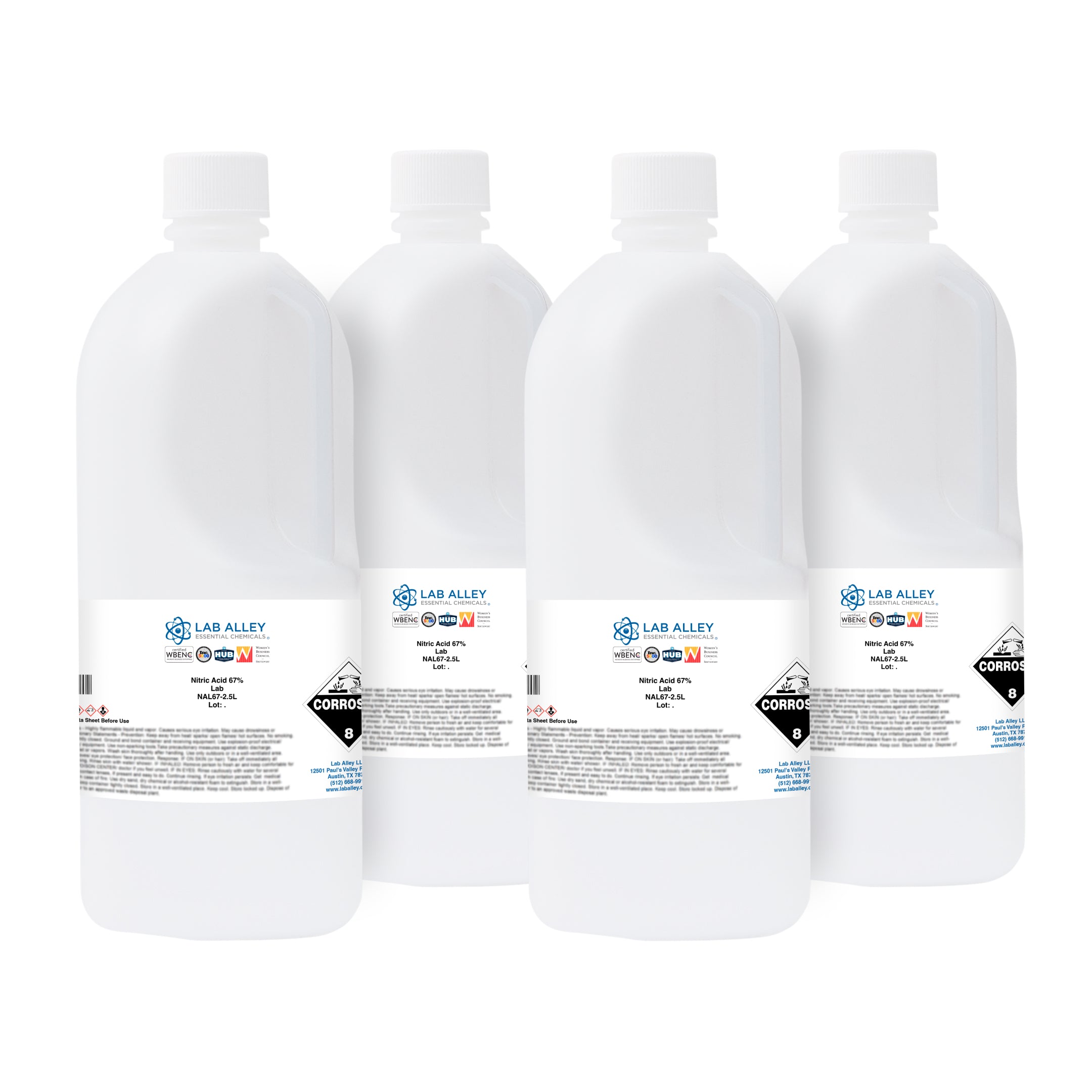
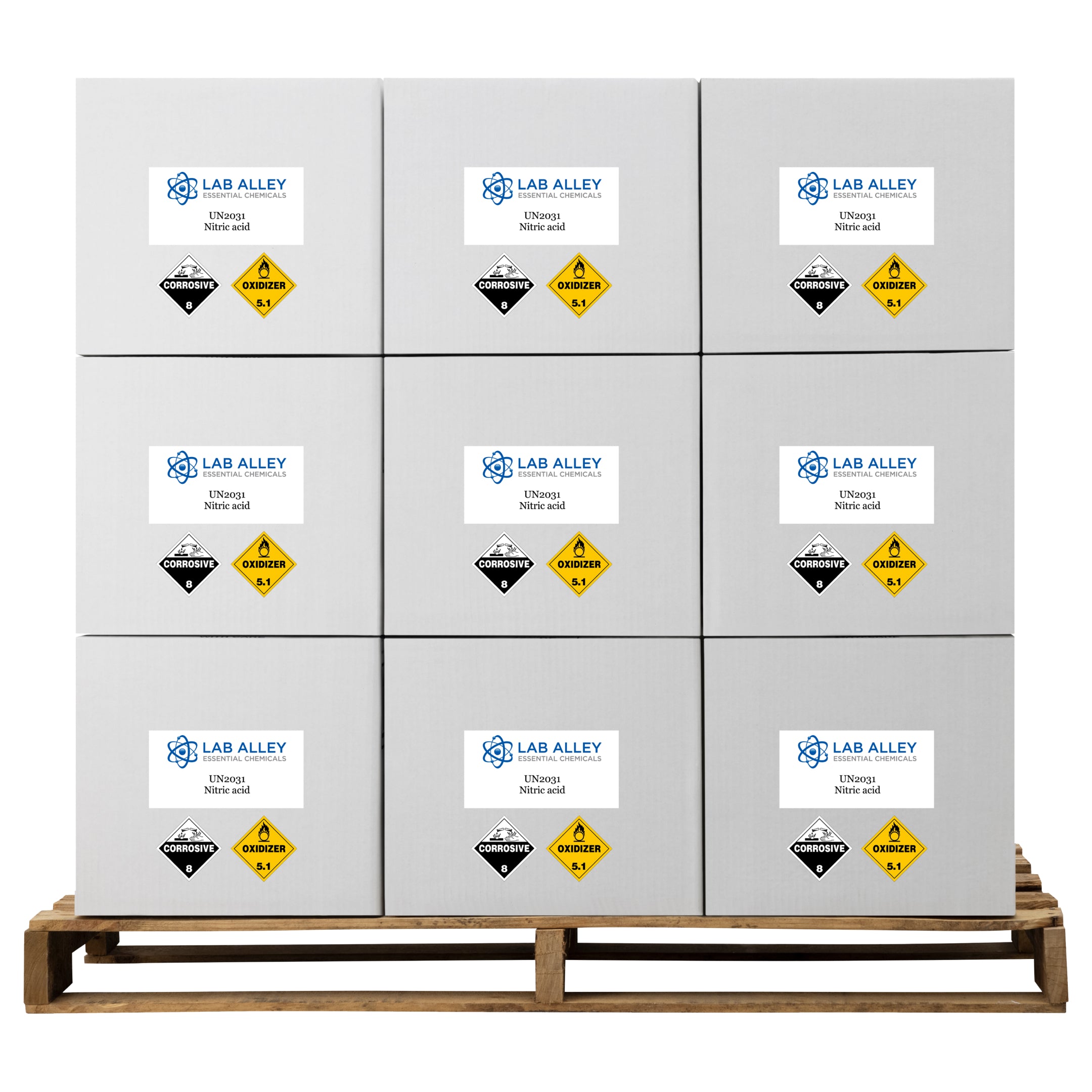

Nitric Acid 67% Solution, Lab/Technical Grade
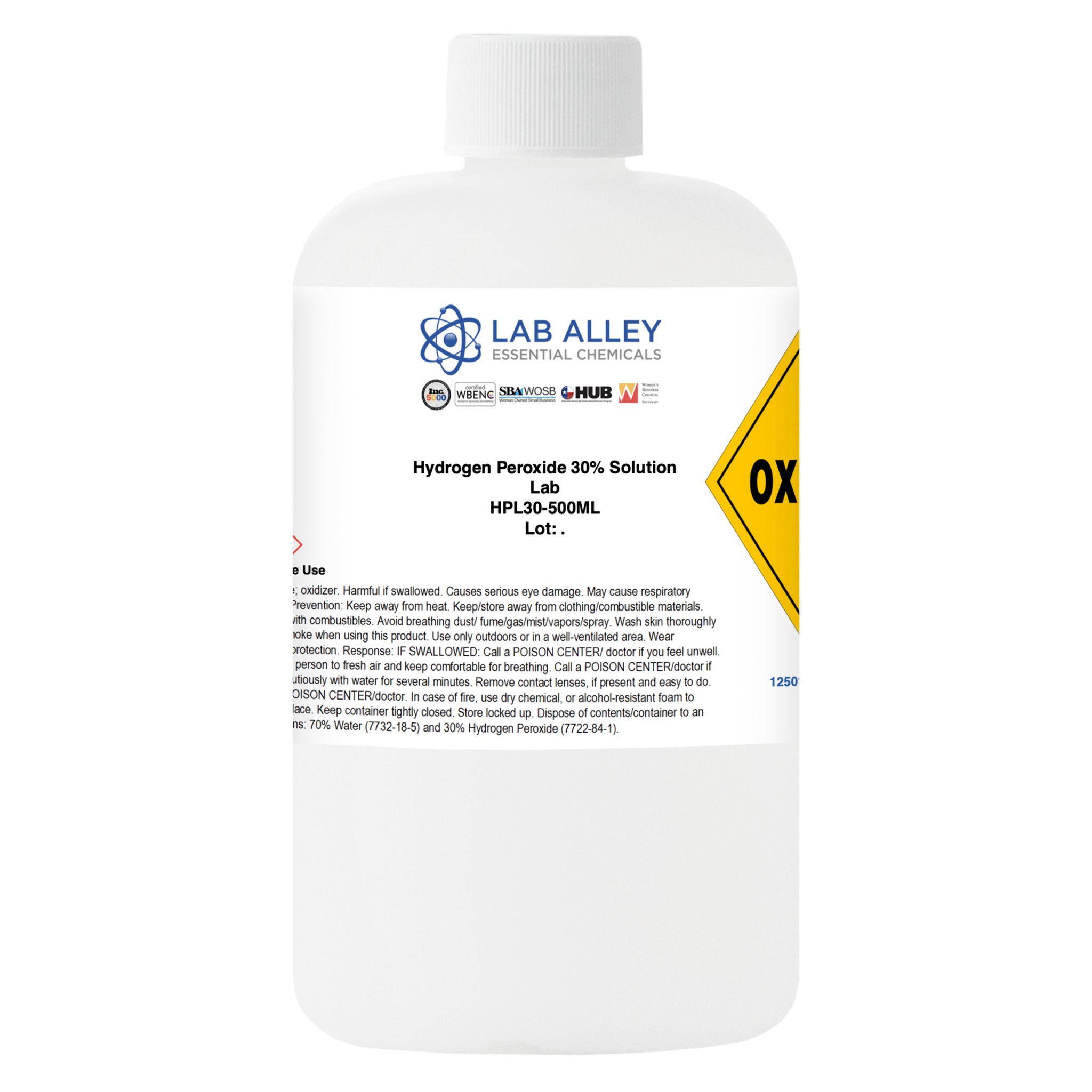
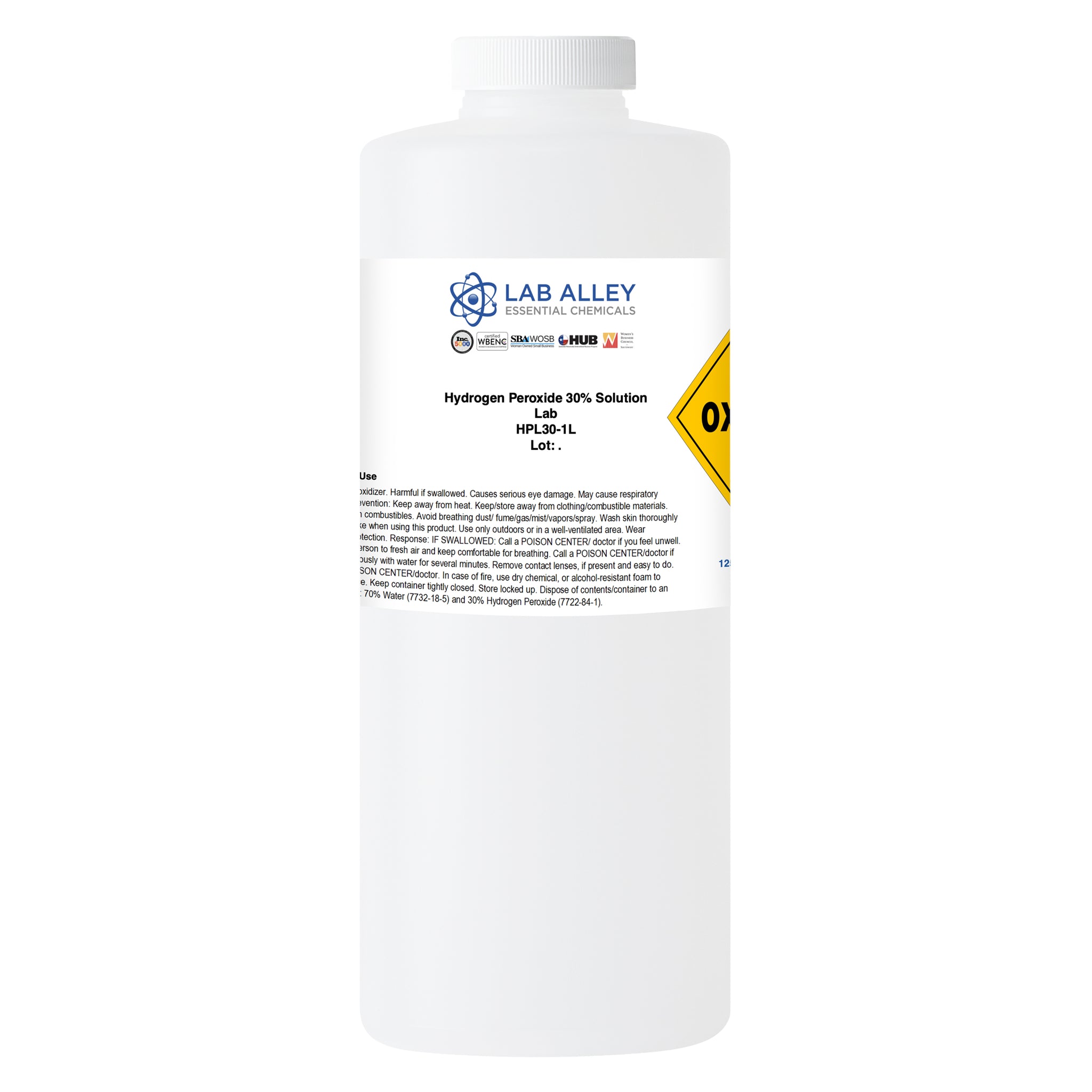
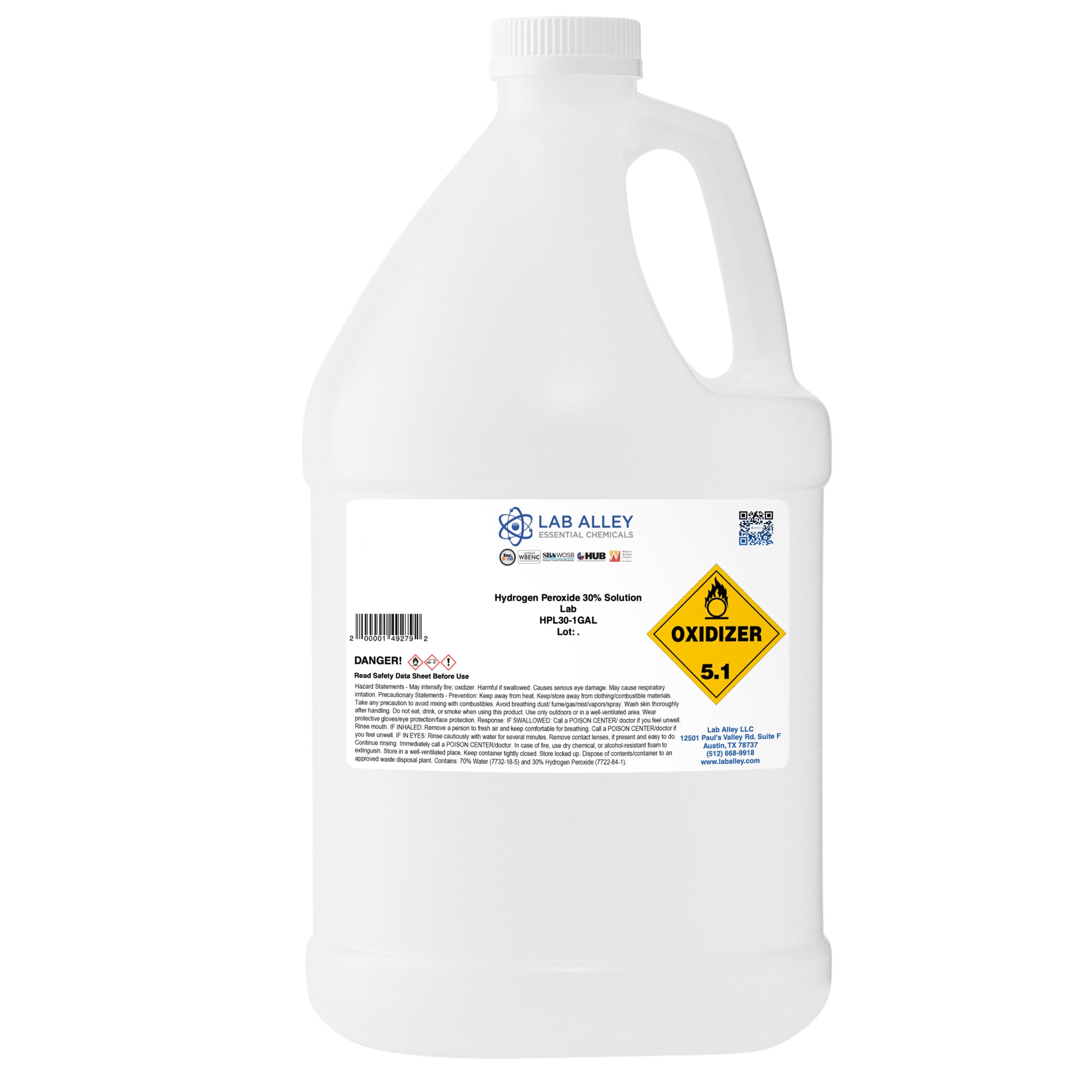
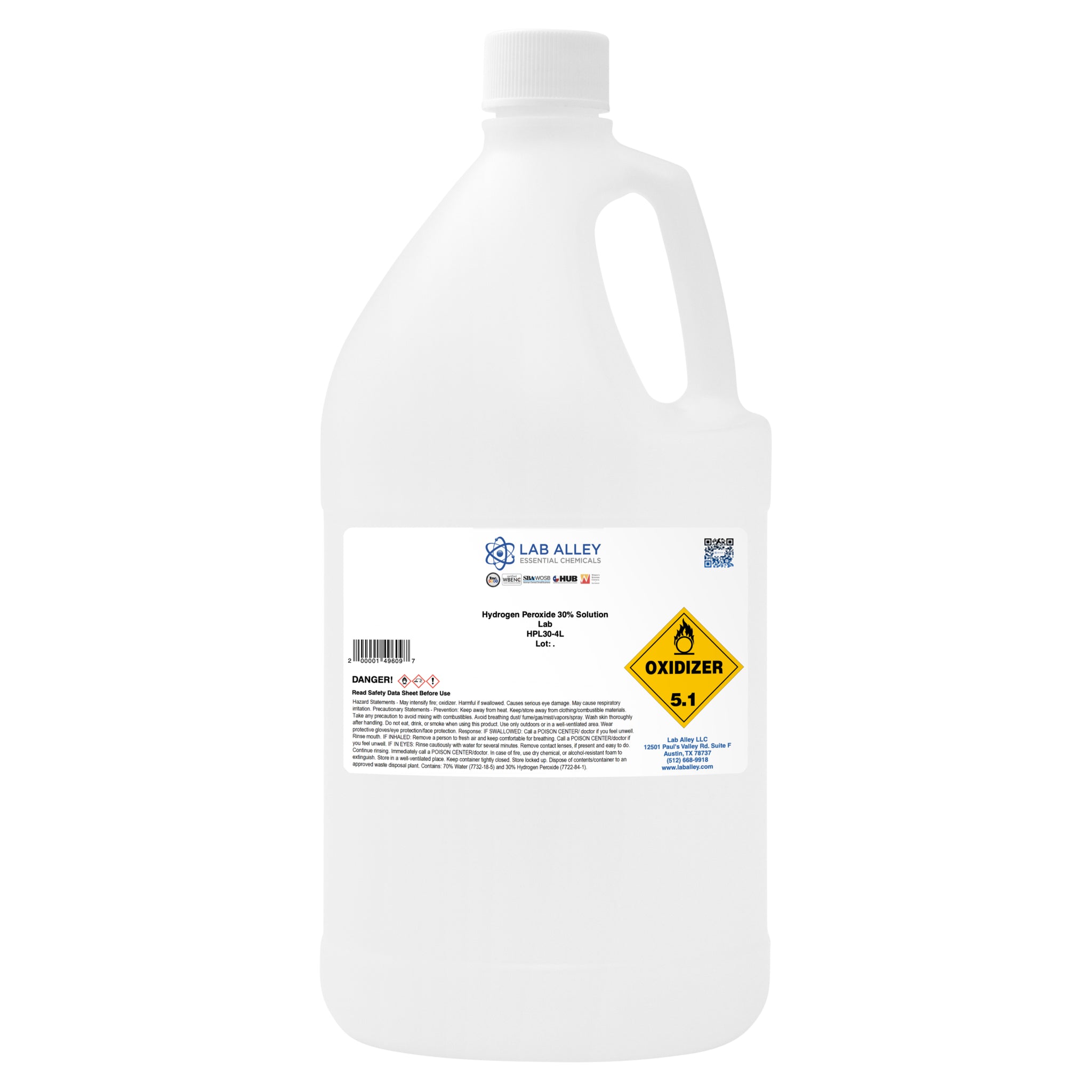
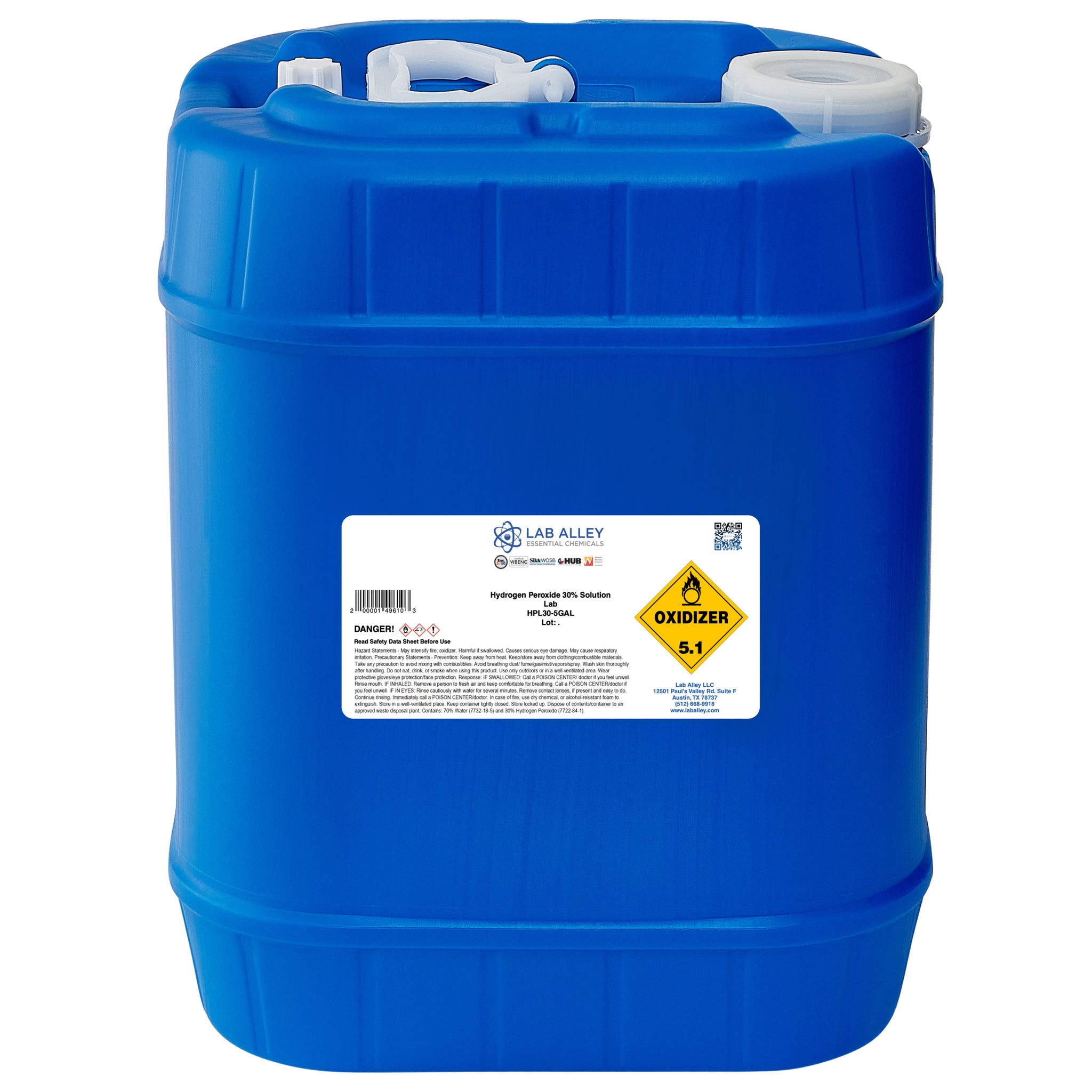
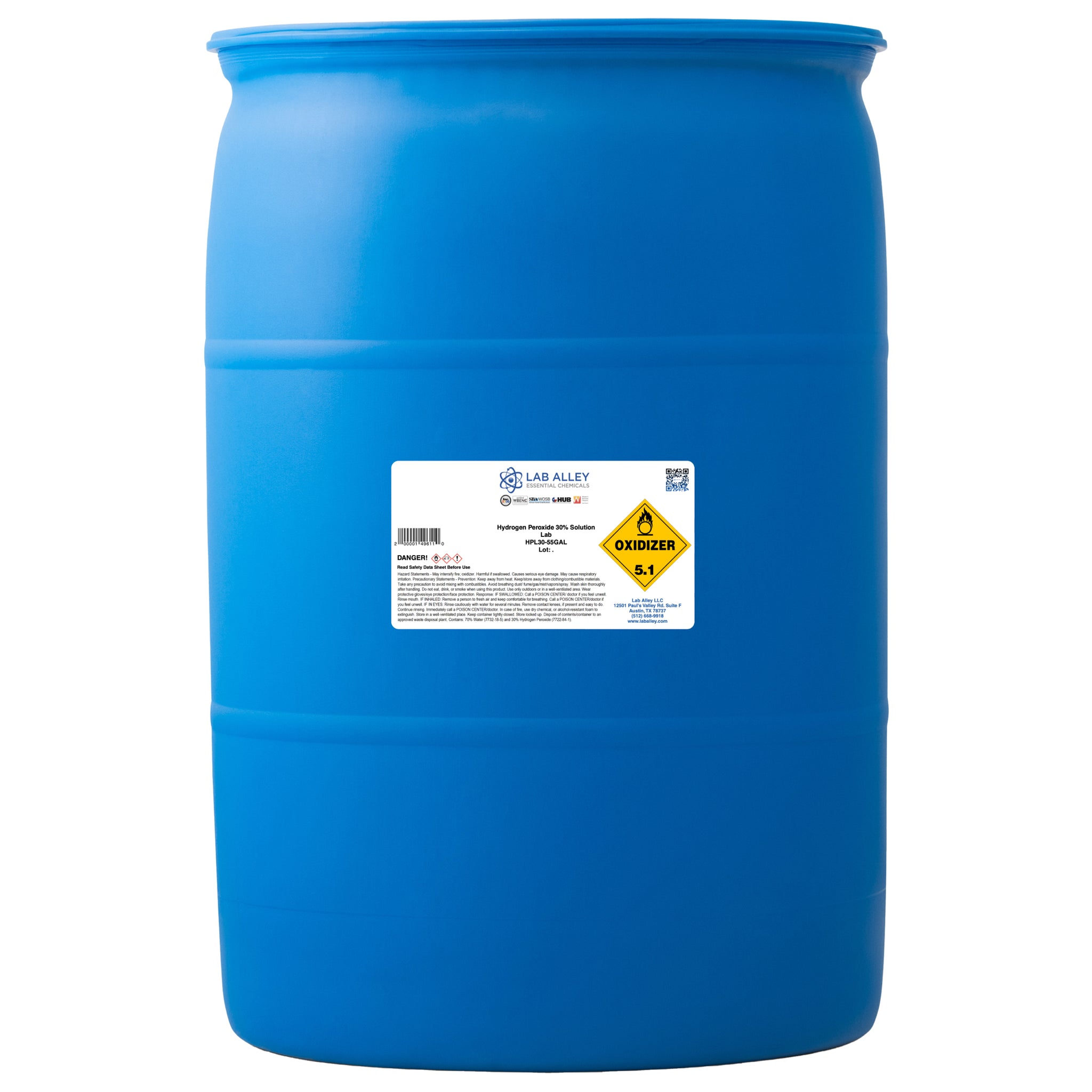
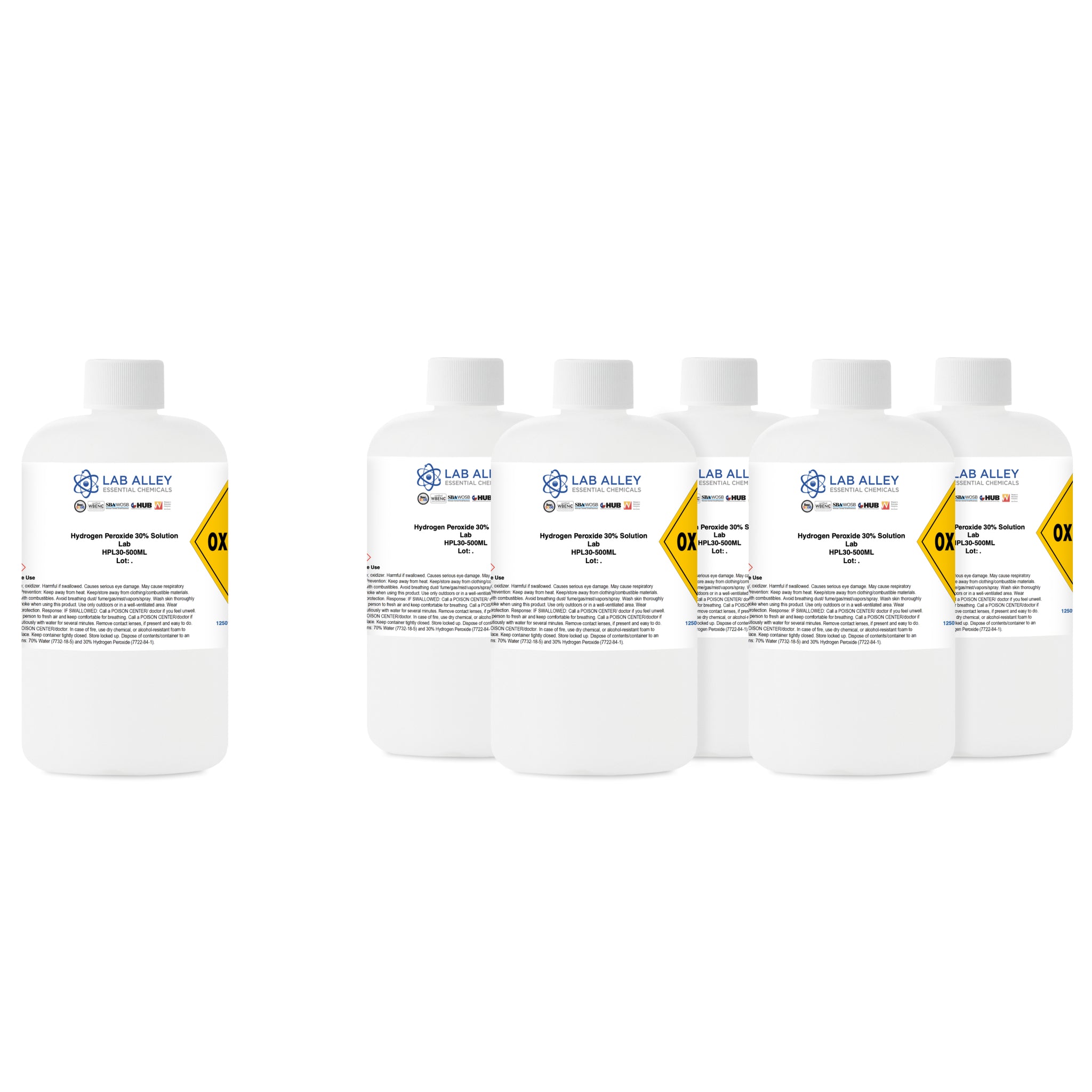
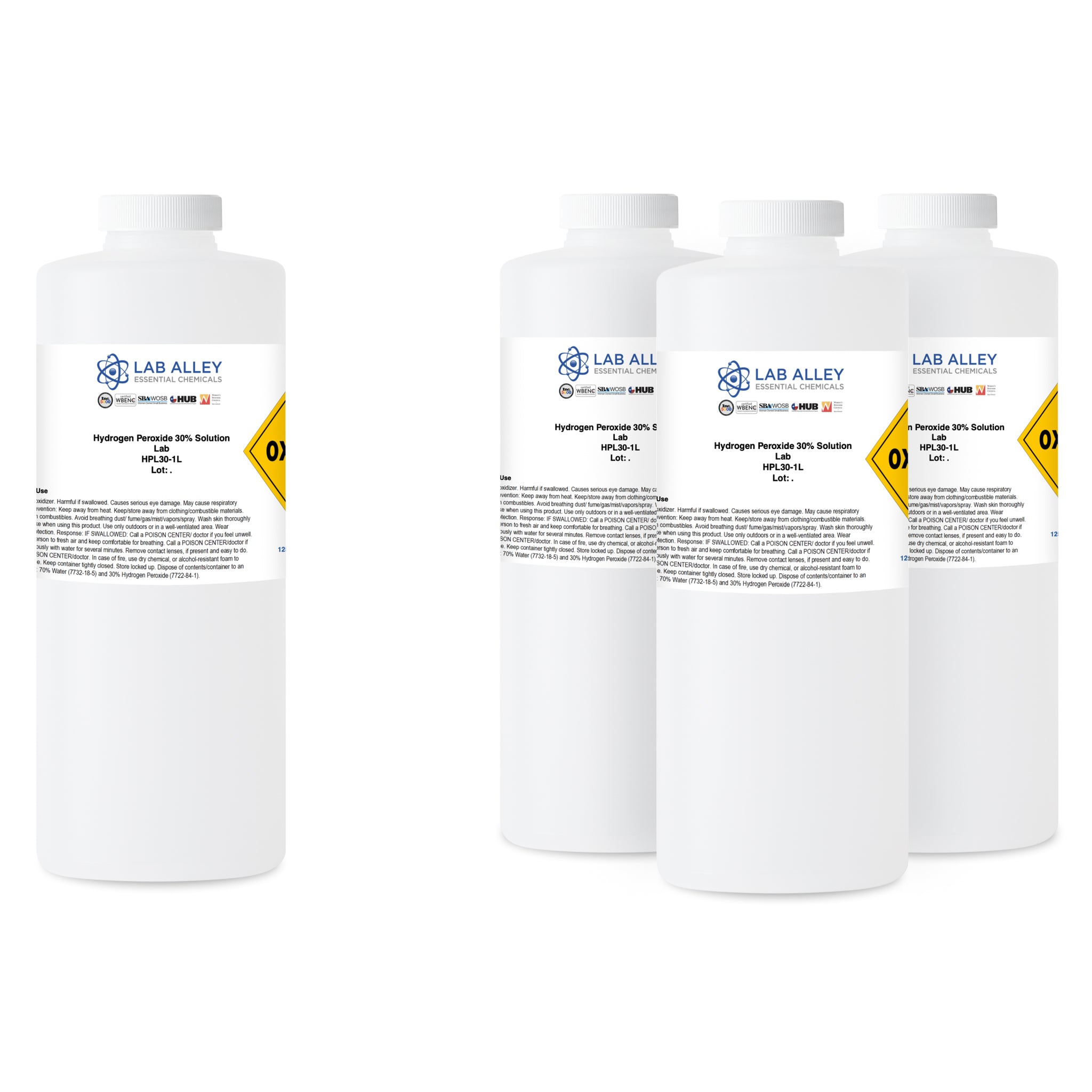
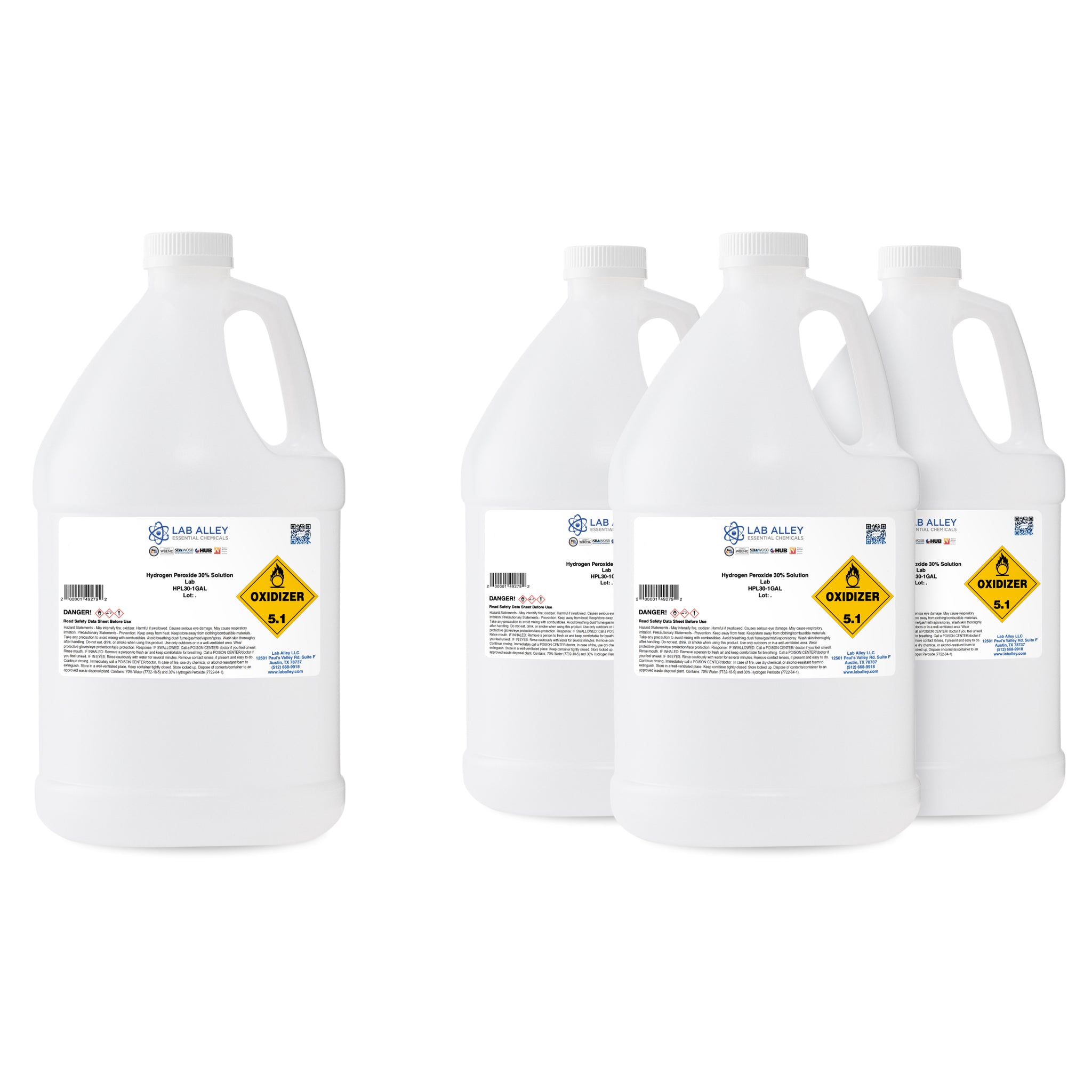
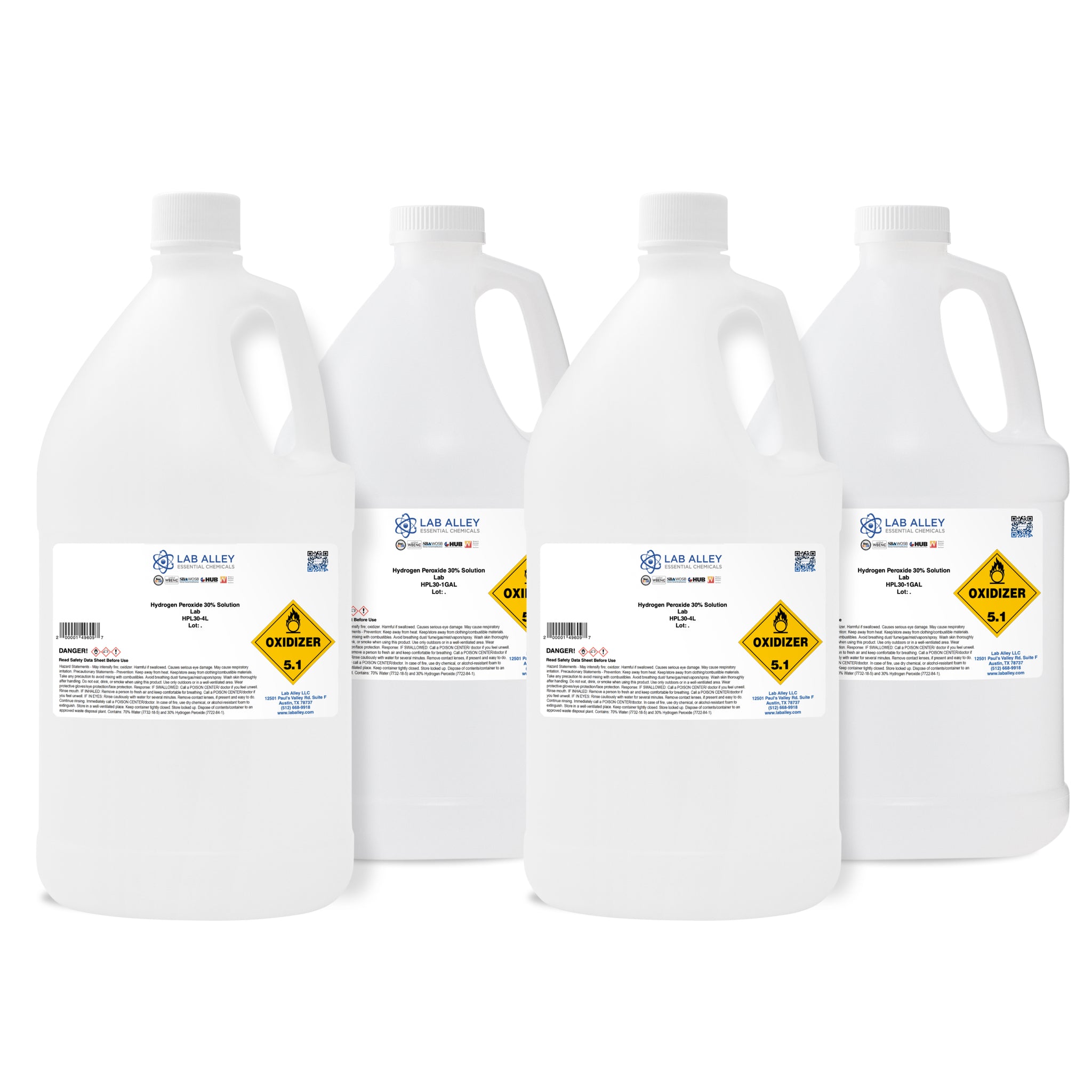



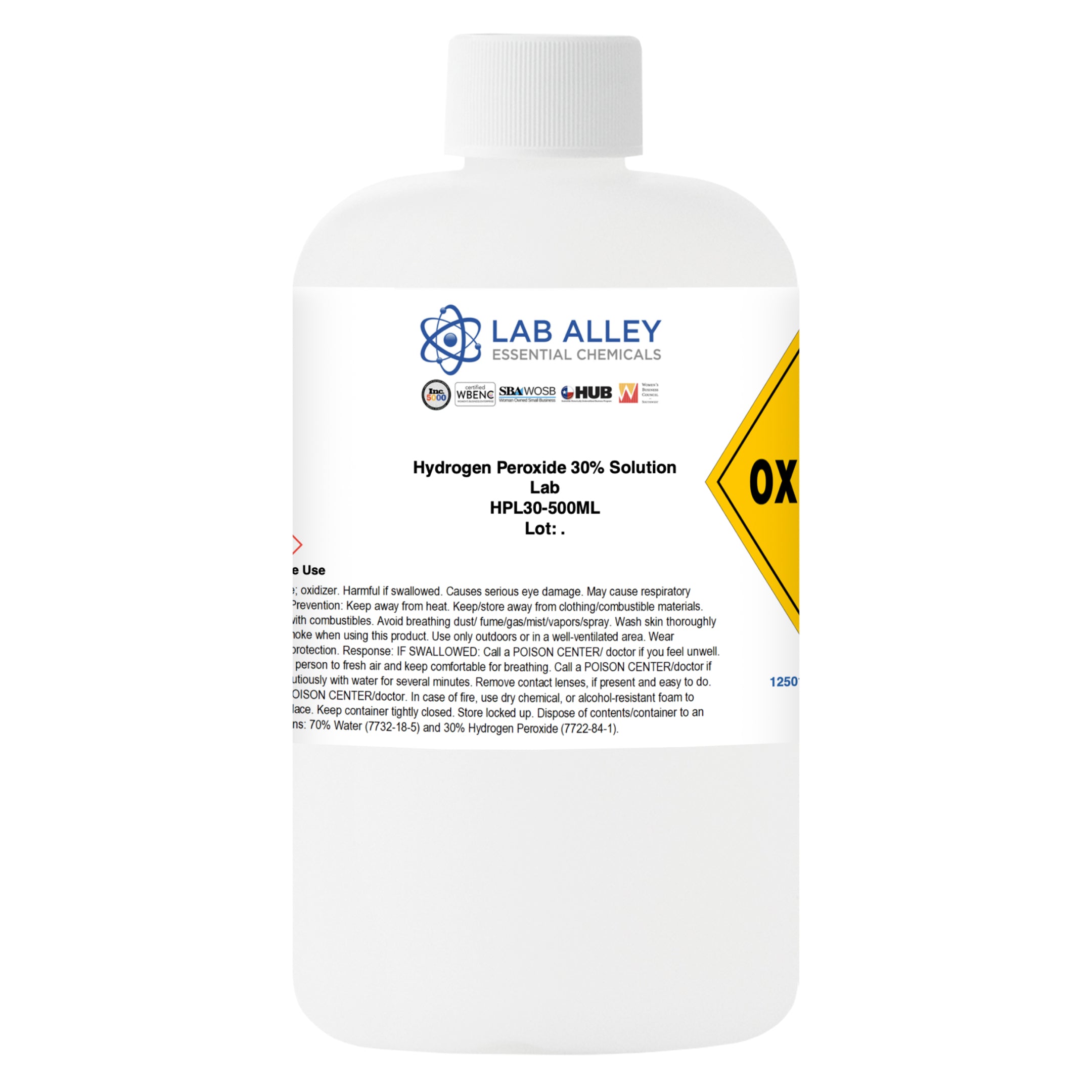

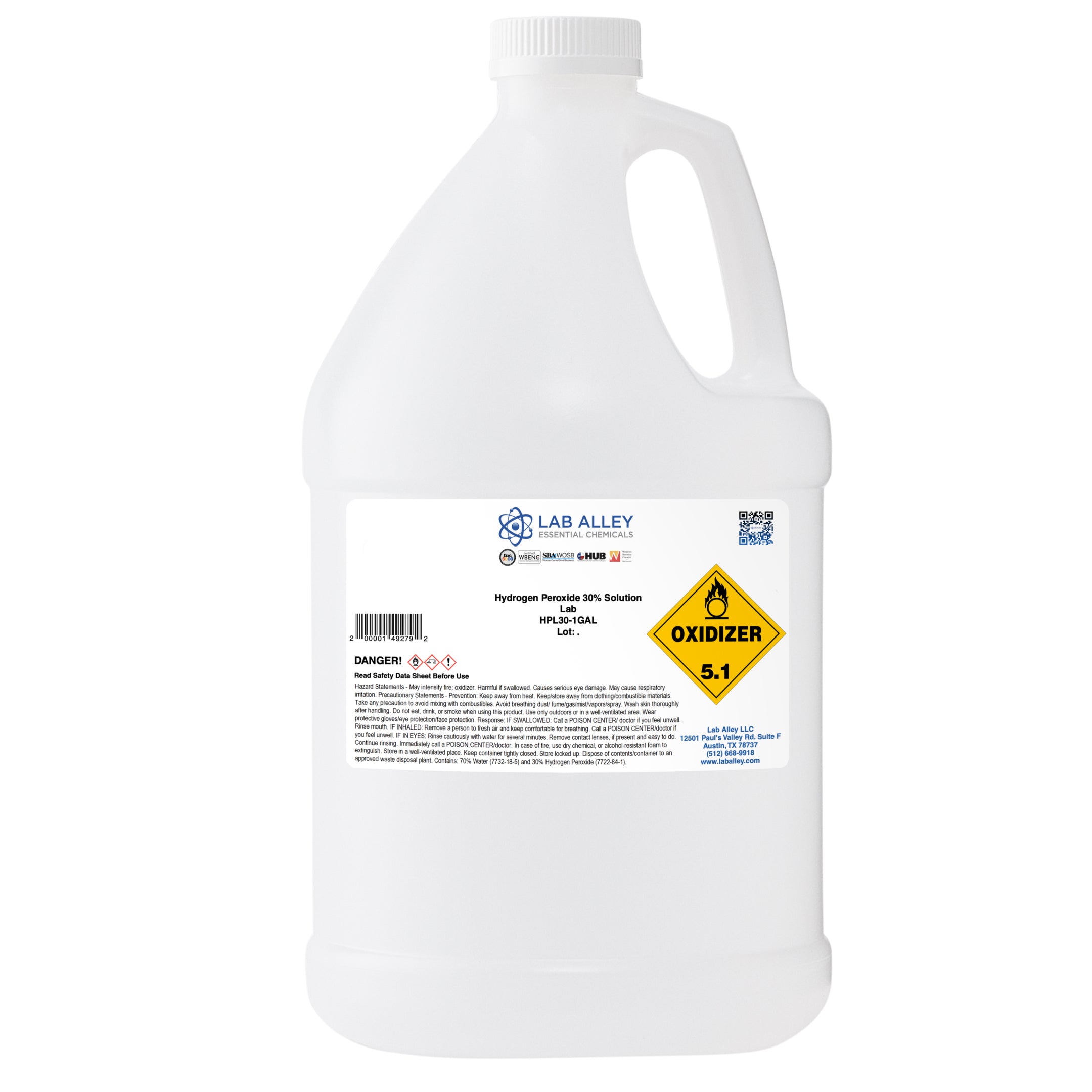




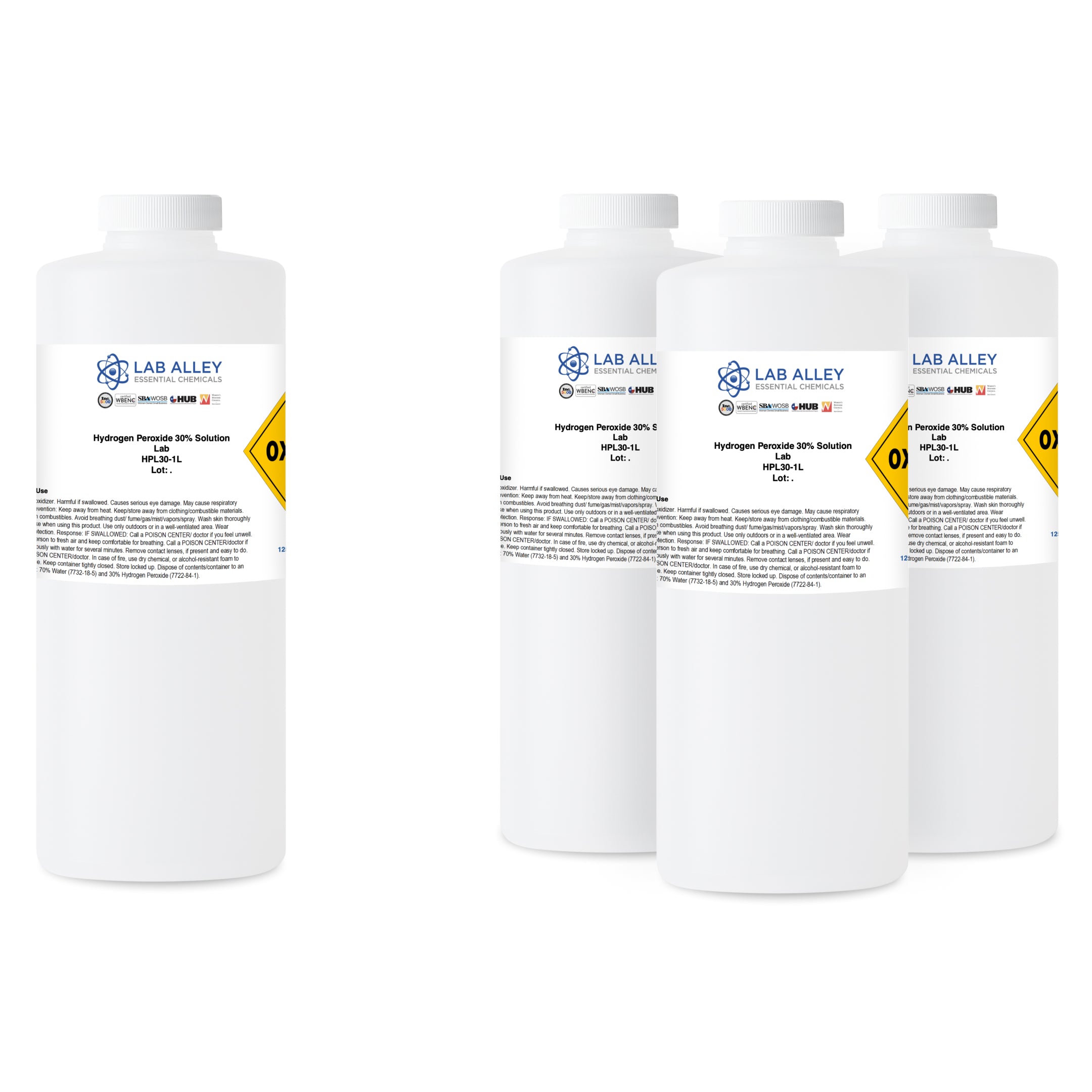
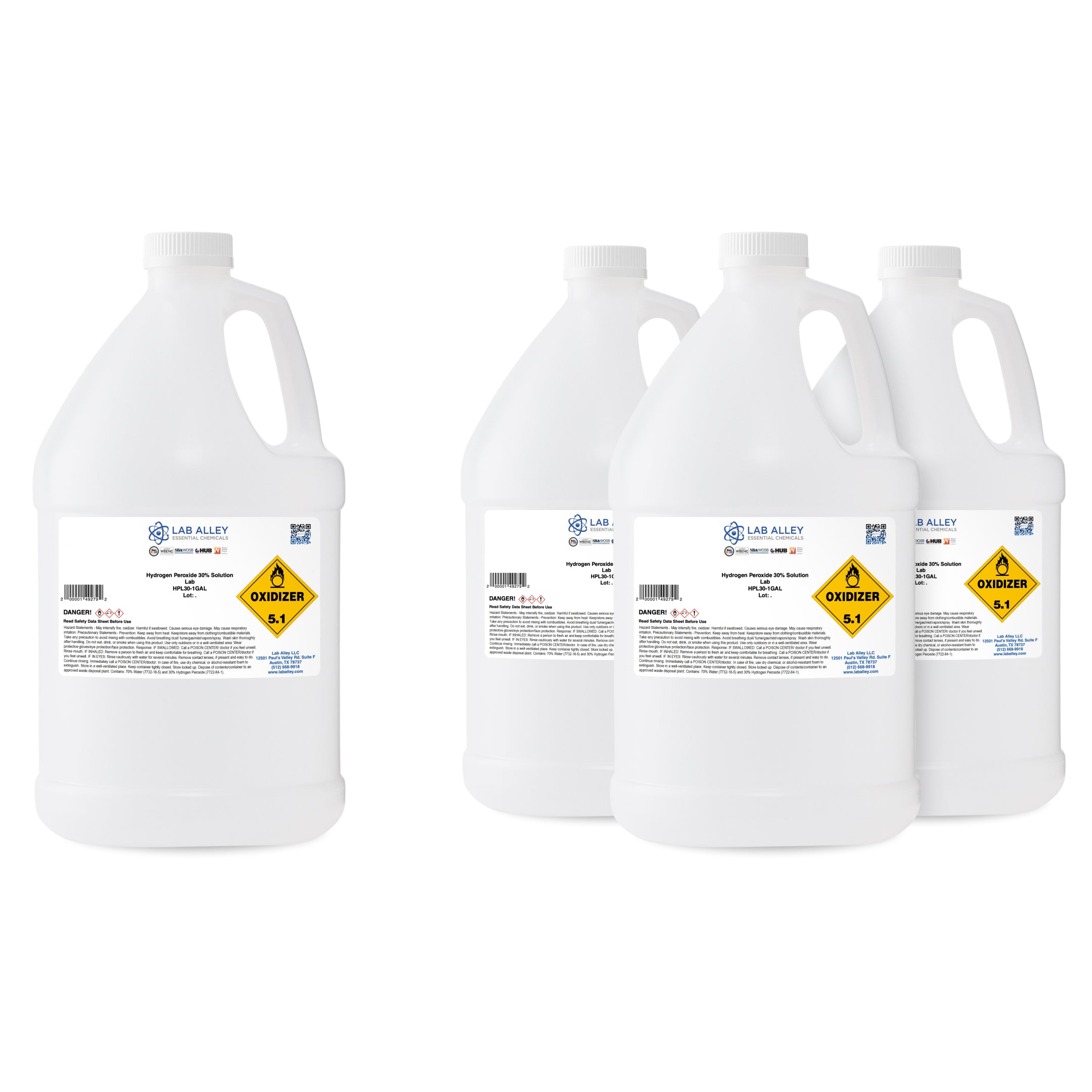


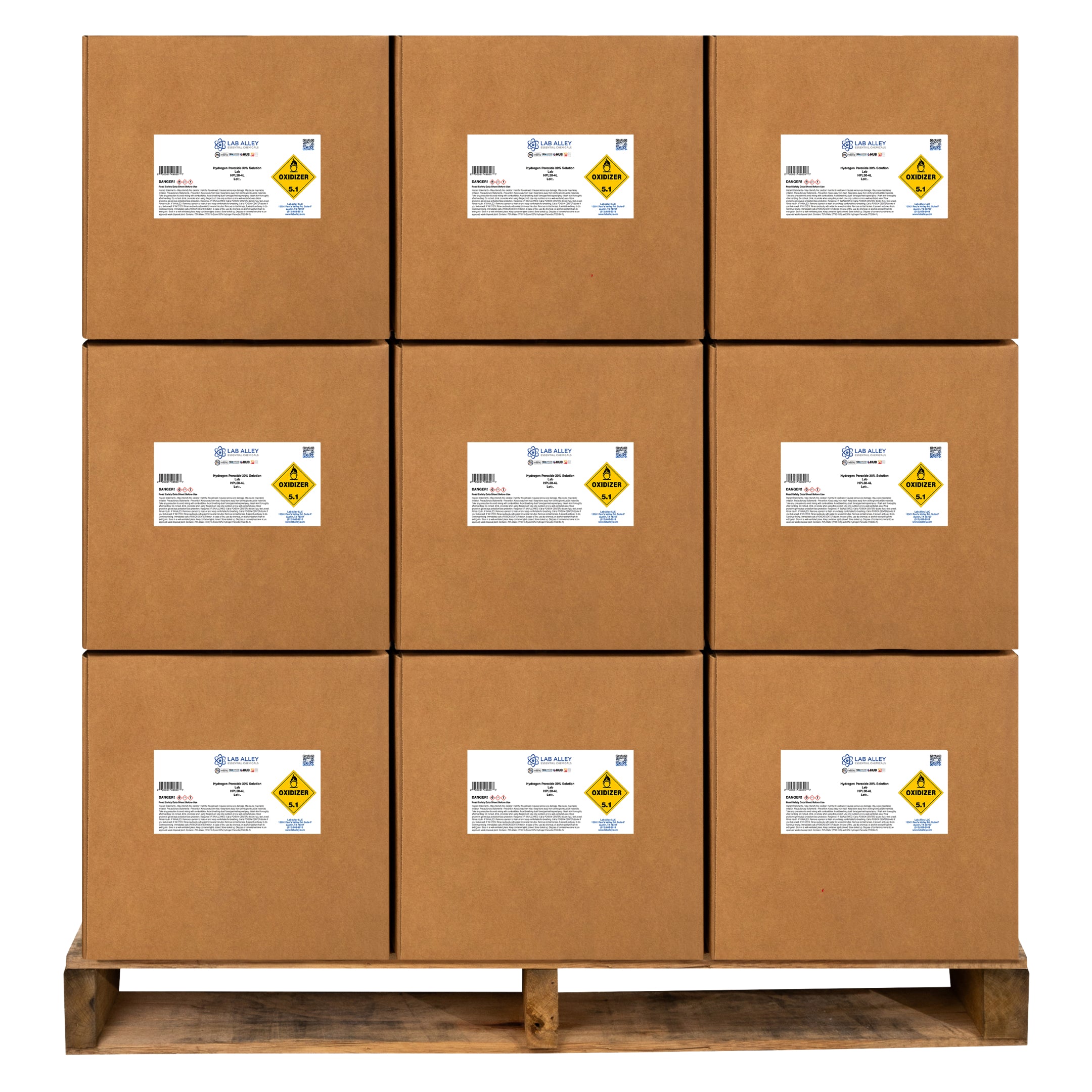
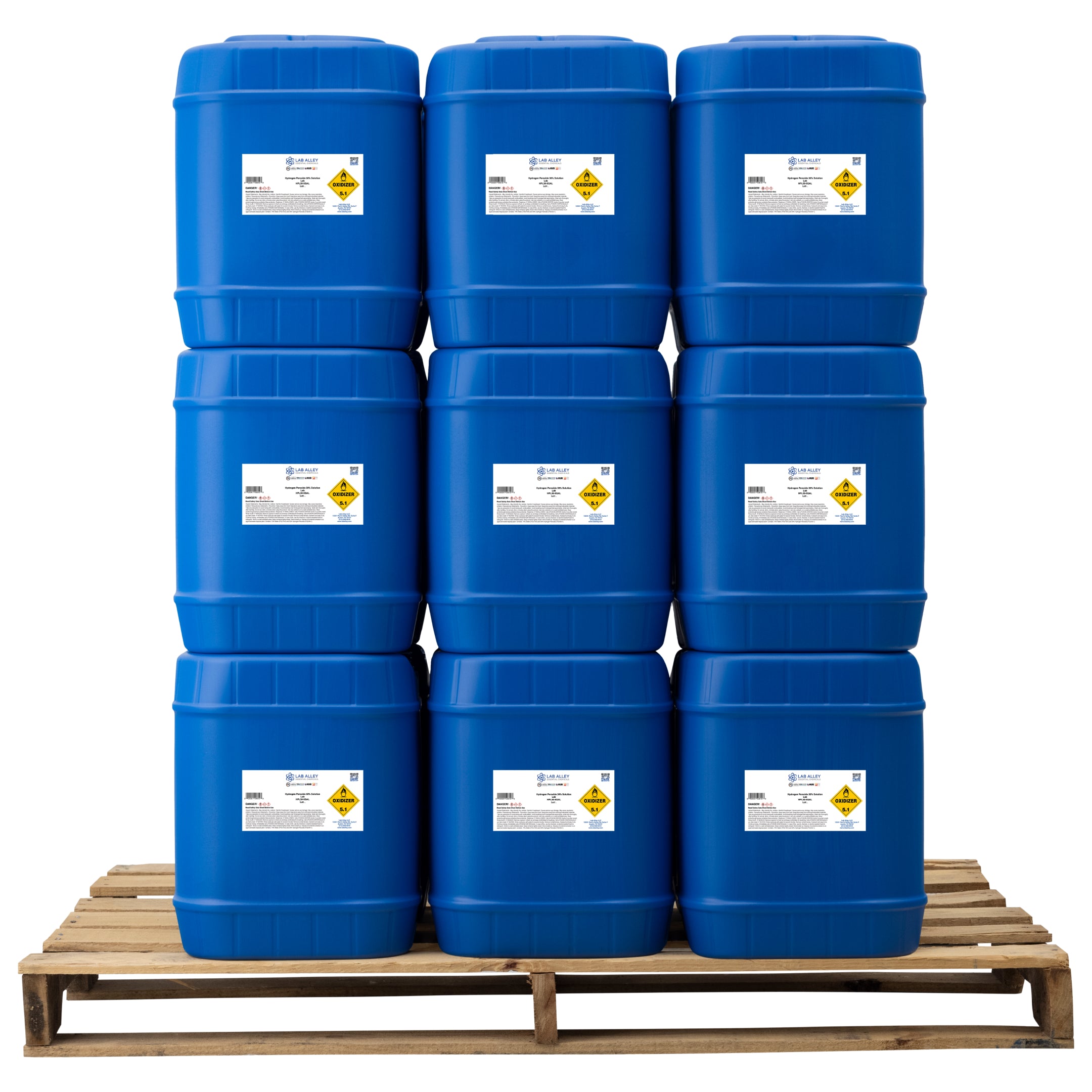
Hydrogen Peroxide 30% Solution, Lab Grade
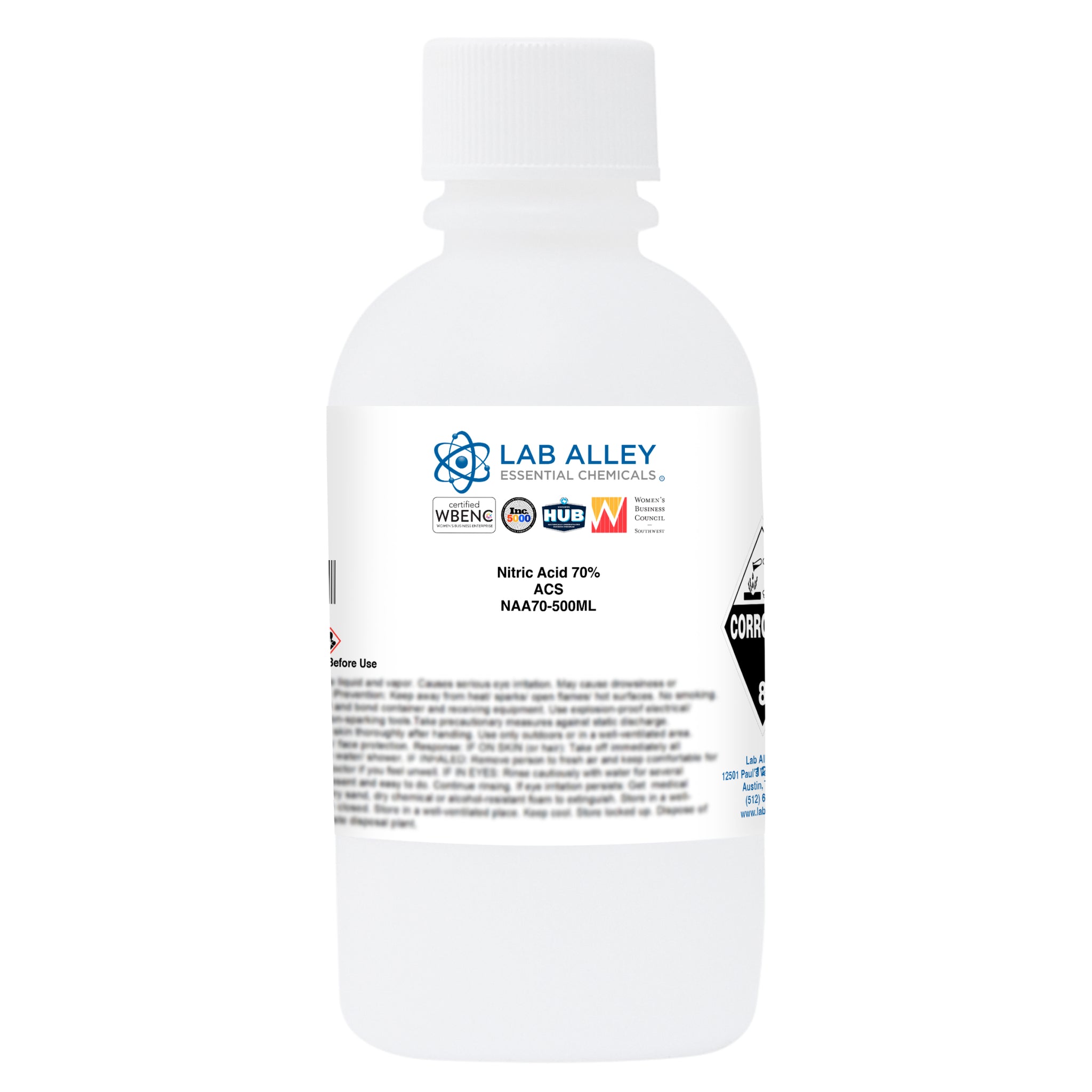
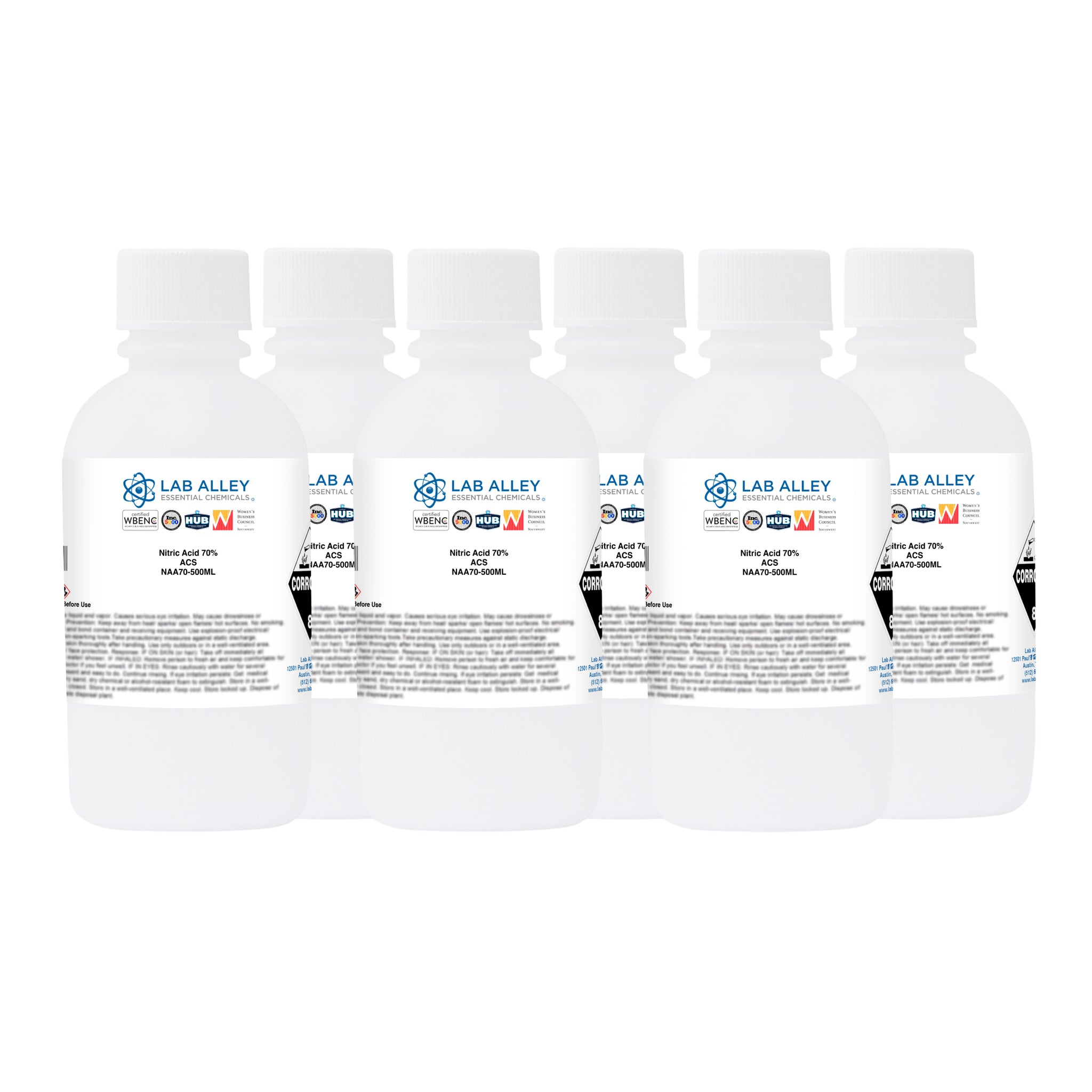
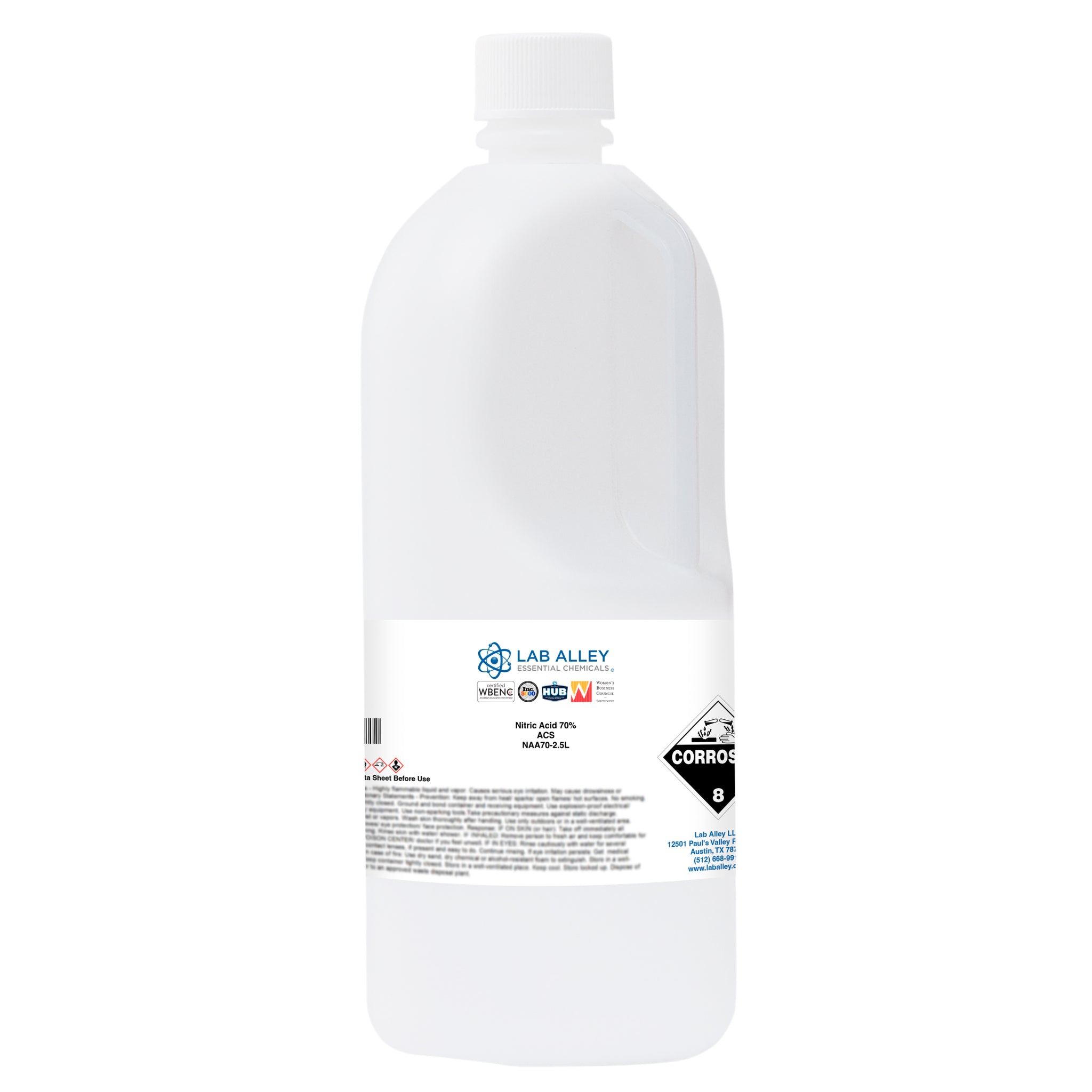
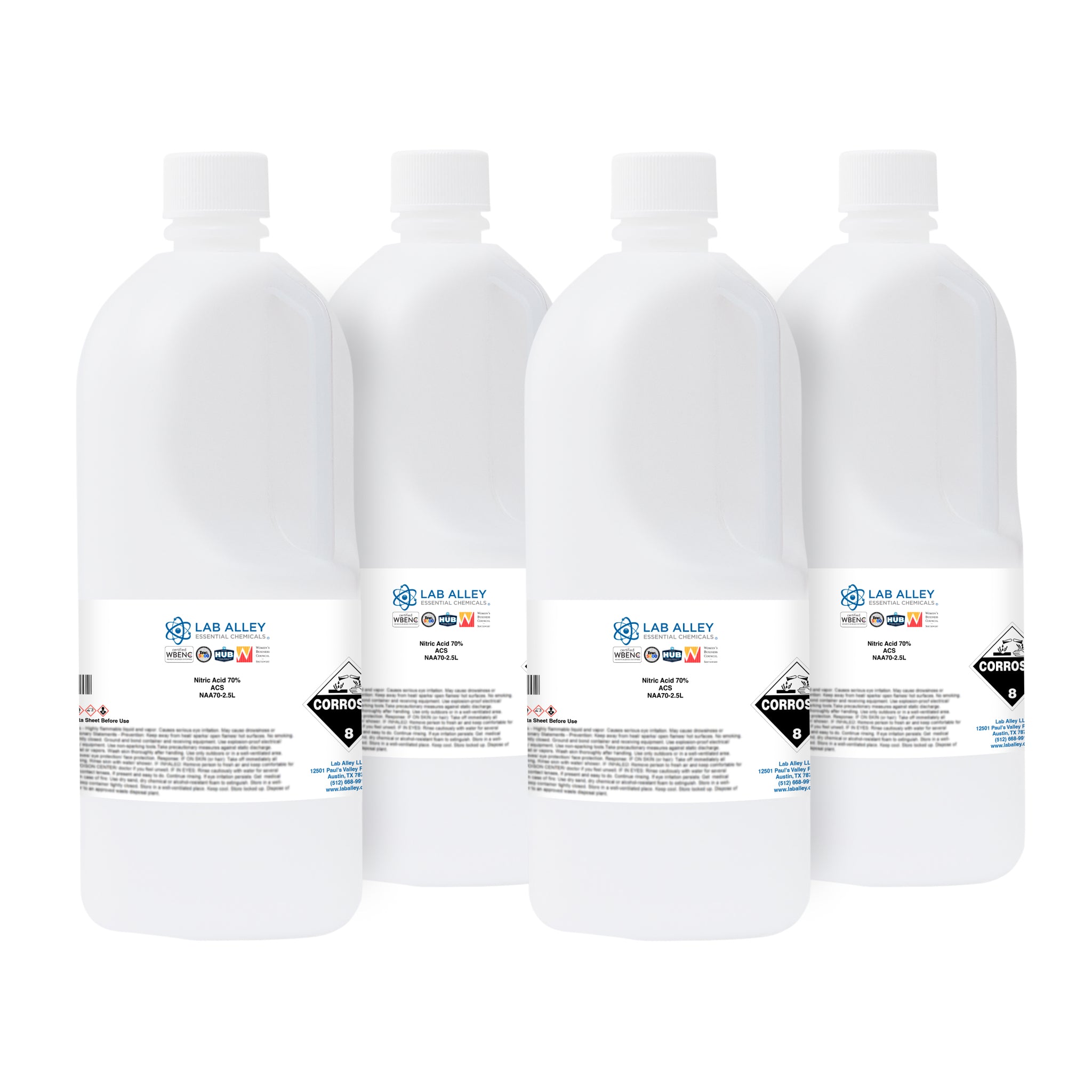

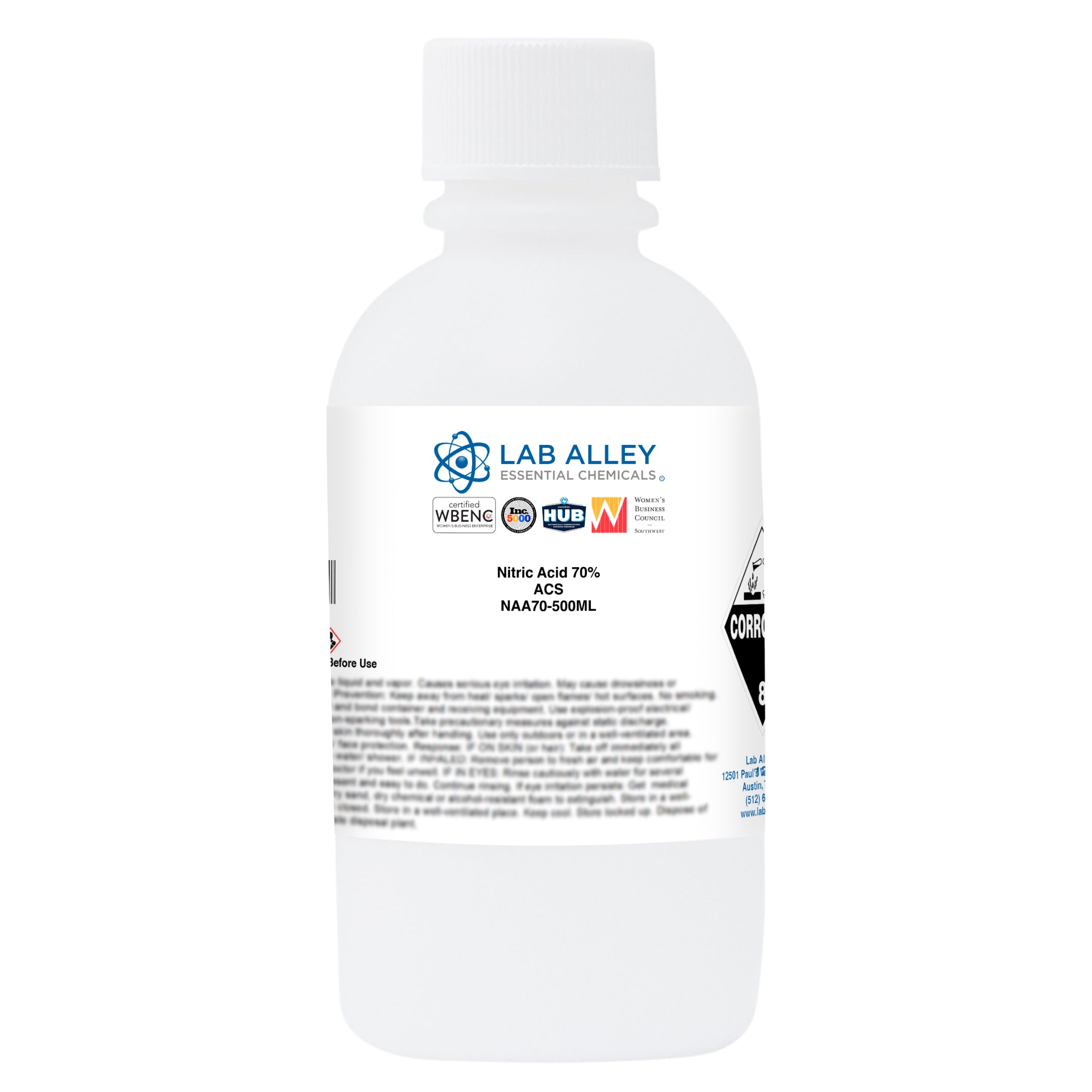
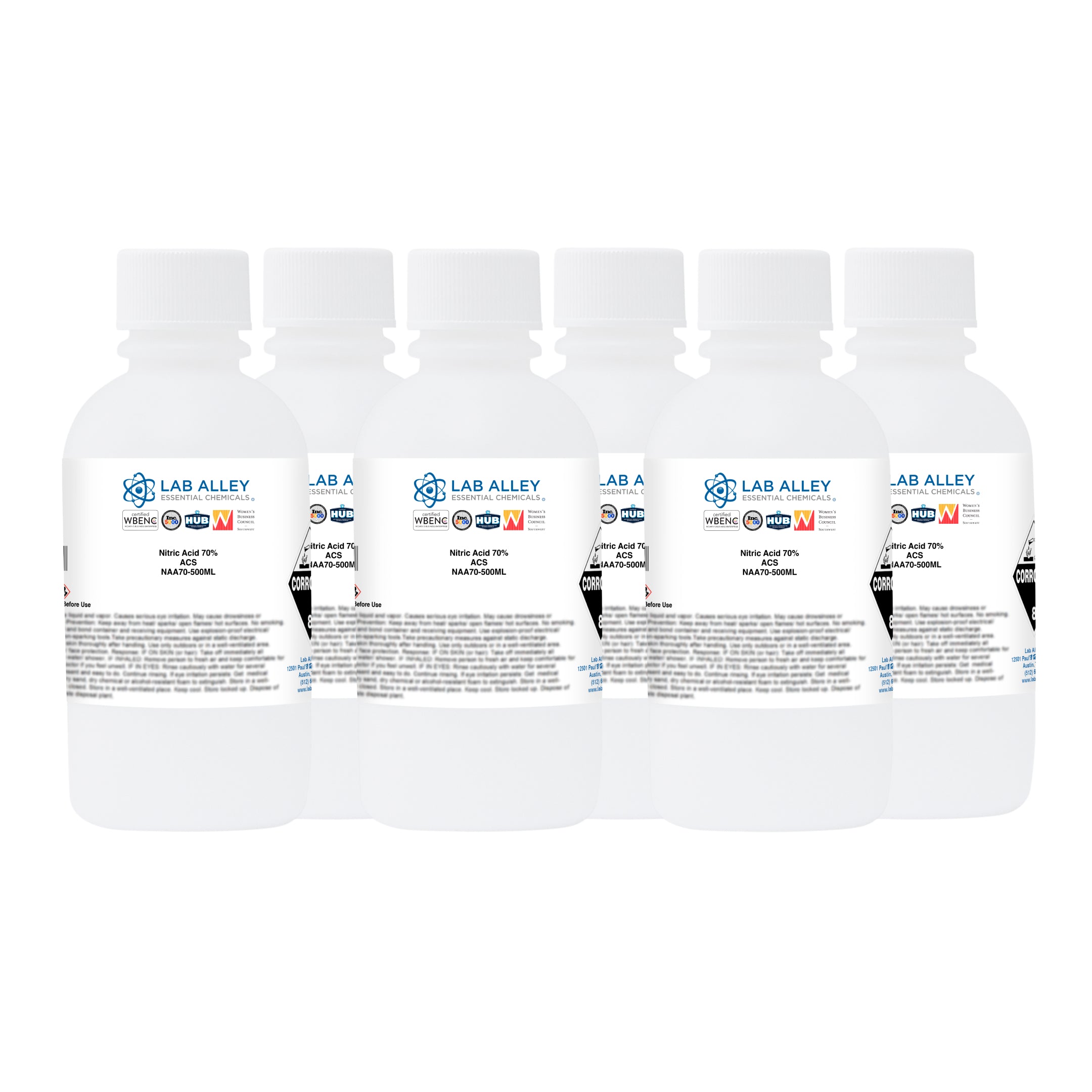
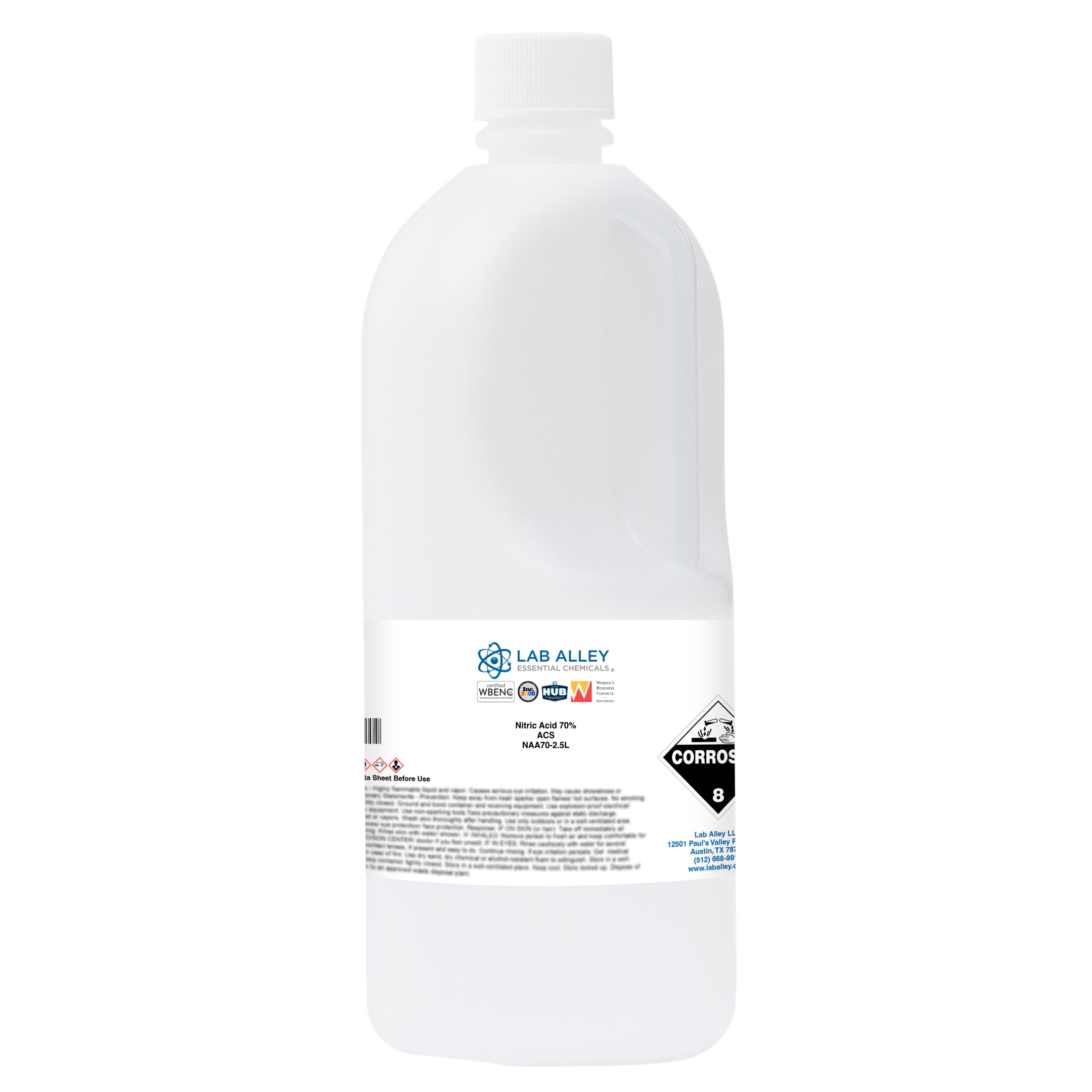
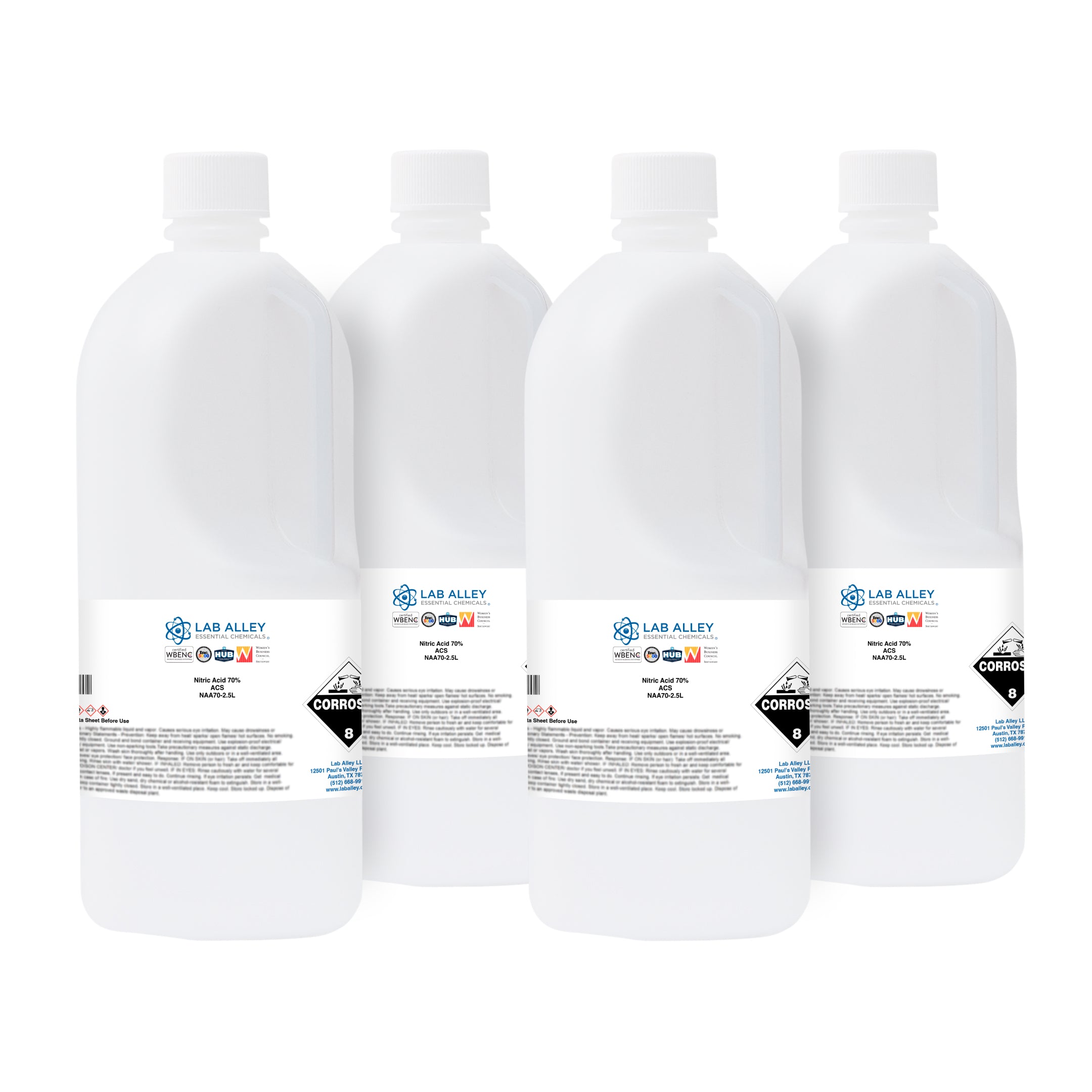
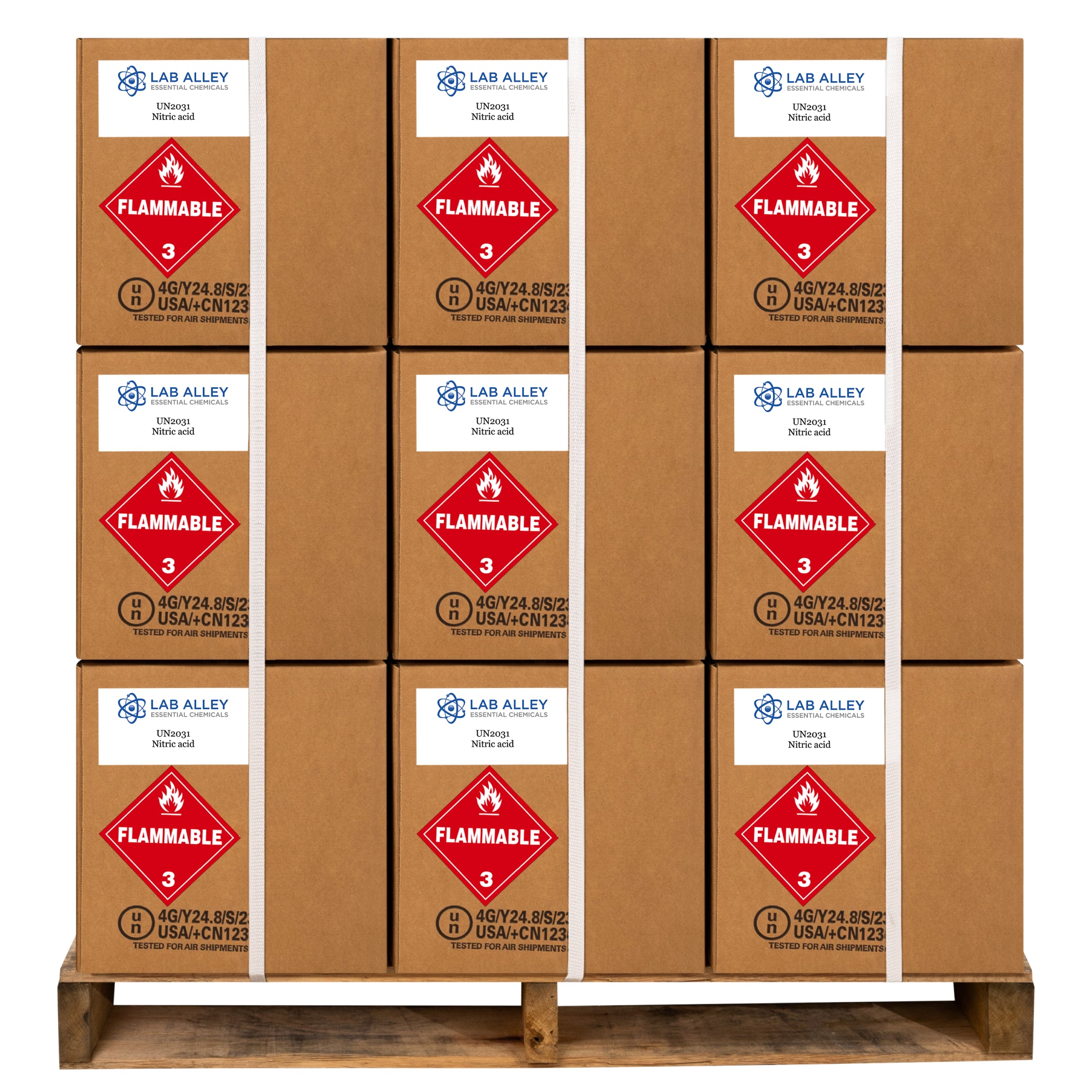
Nitric Acid 70%, ACS Reagent Grade
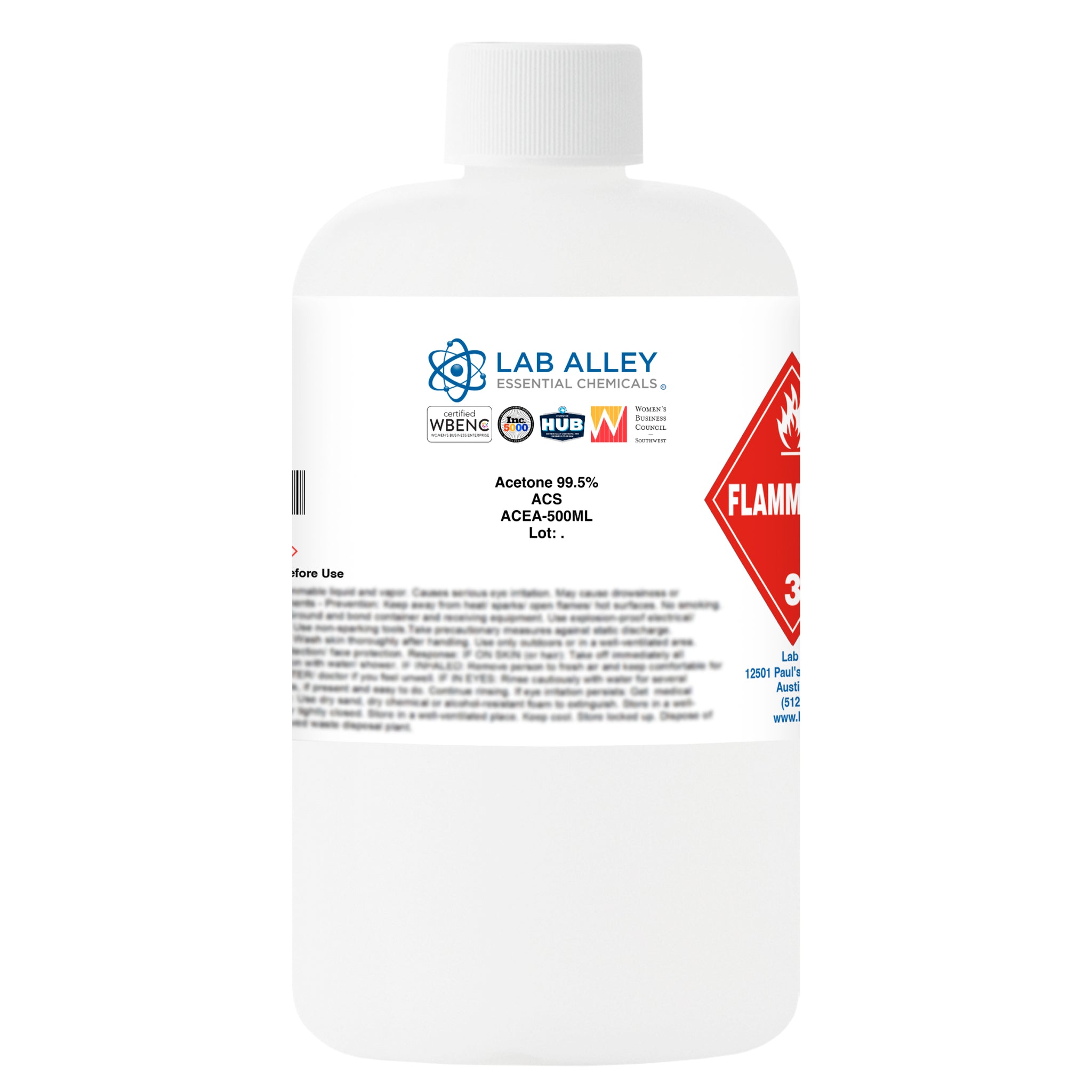

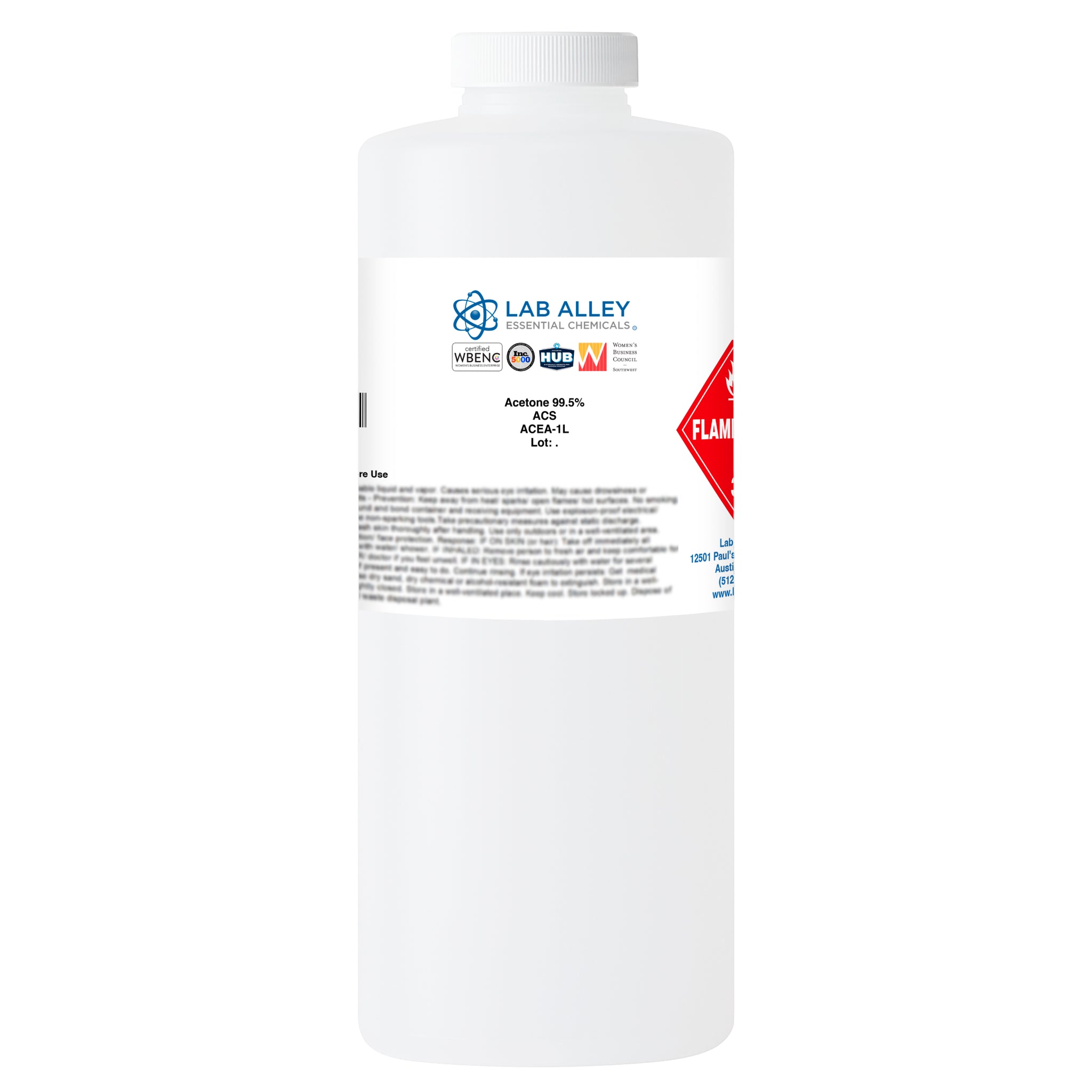

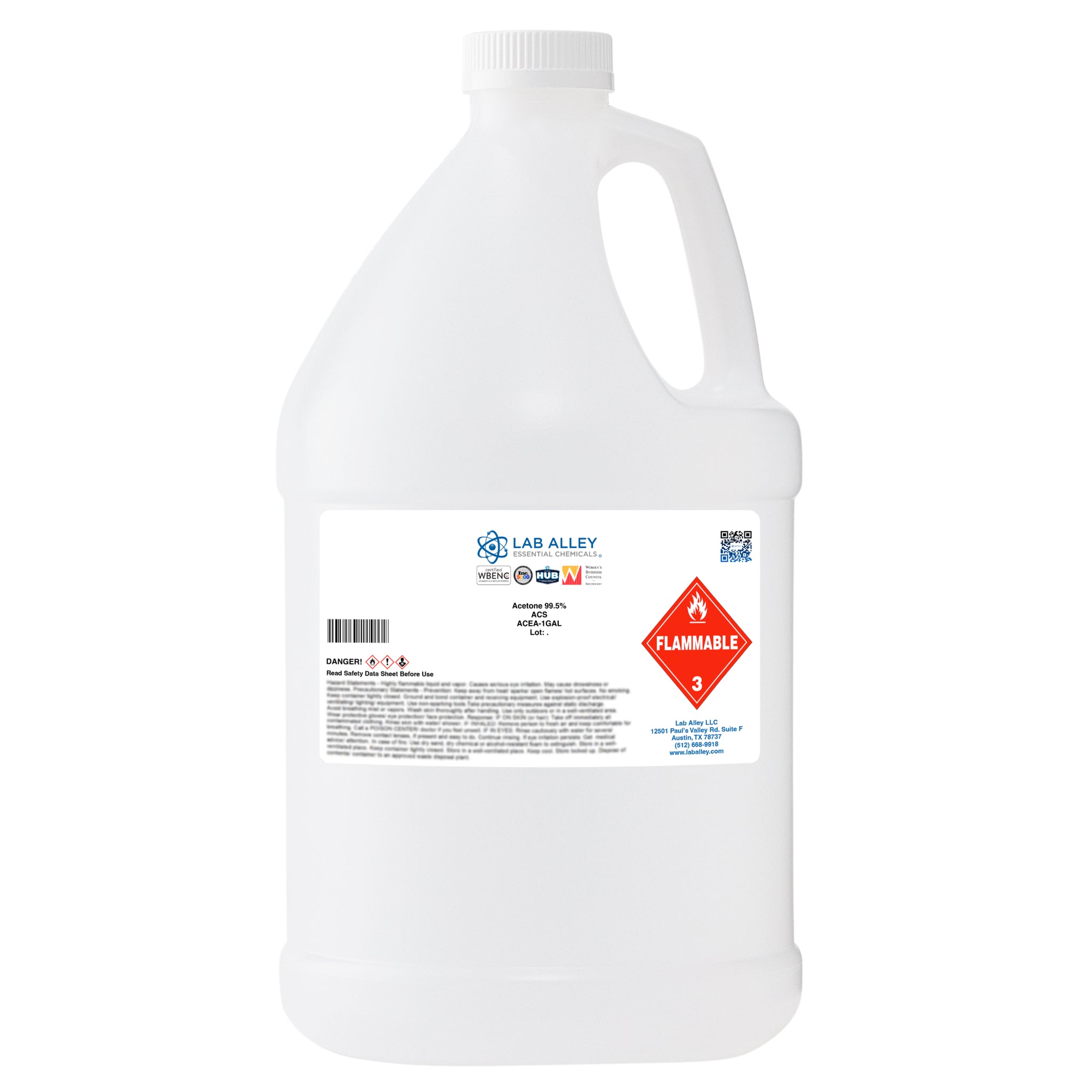
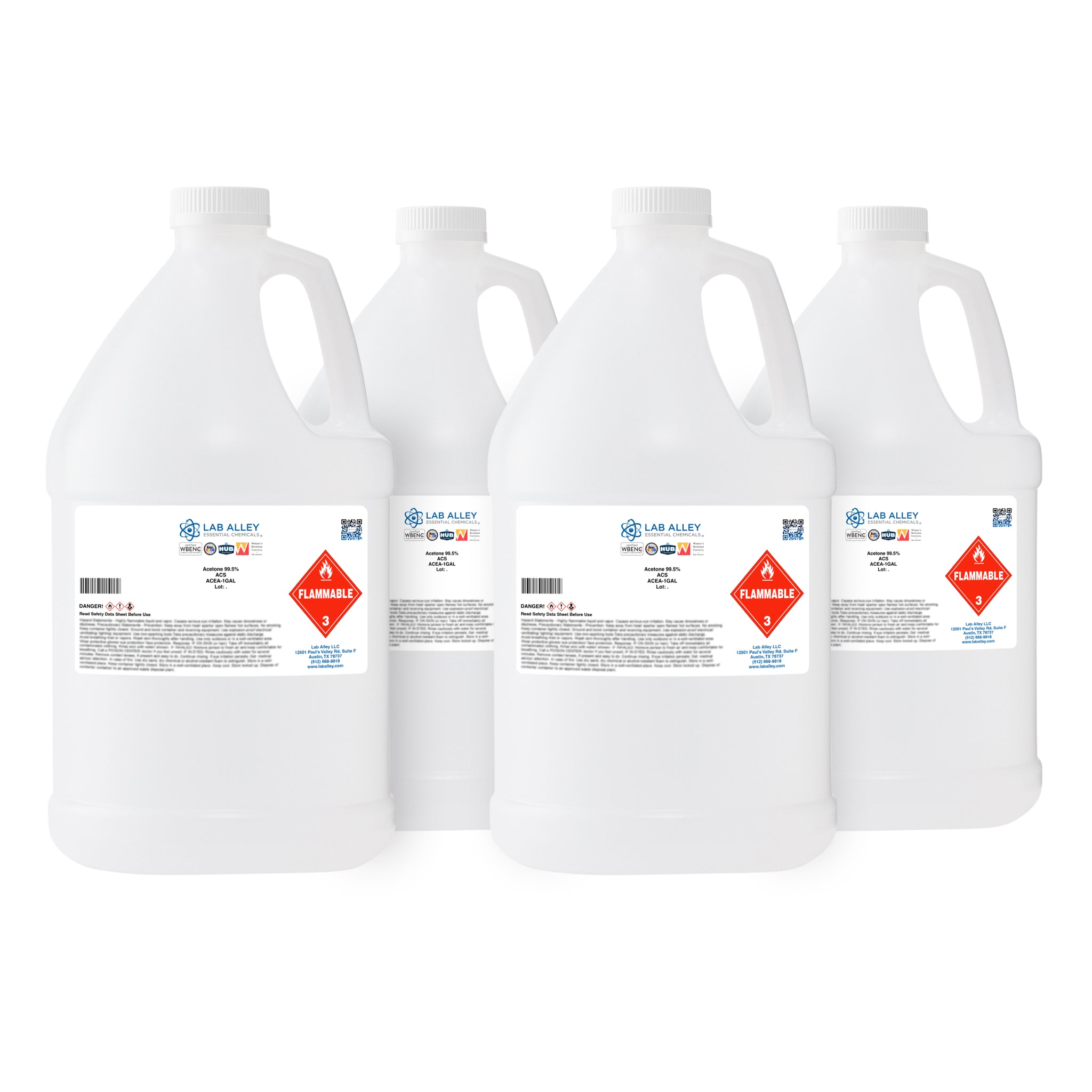
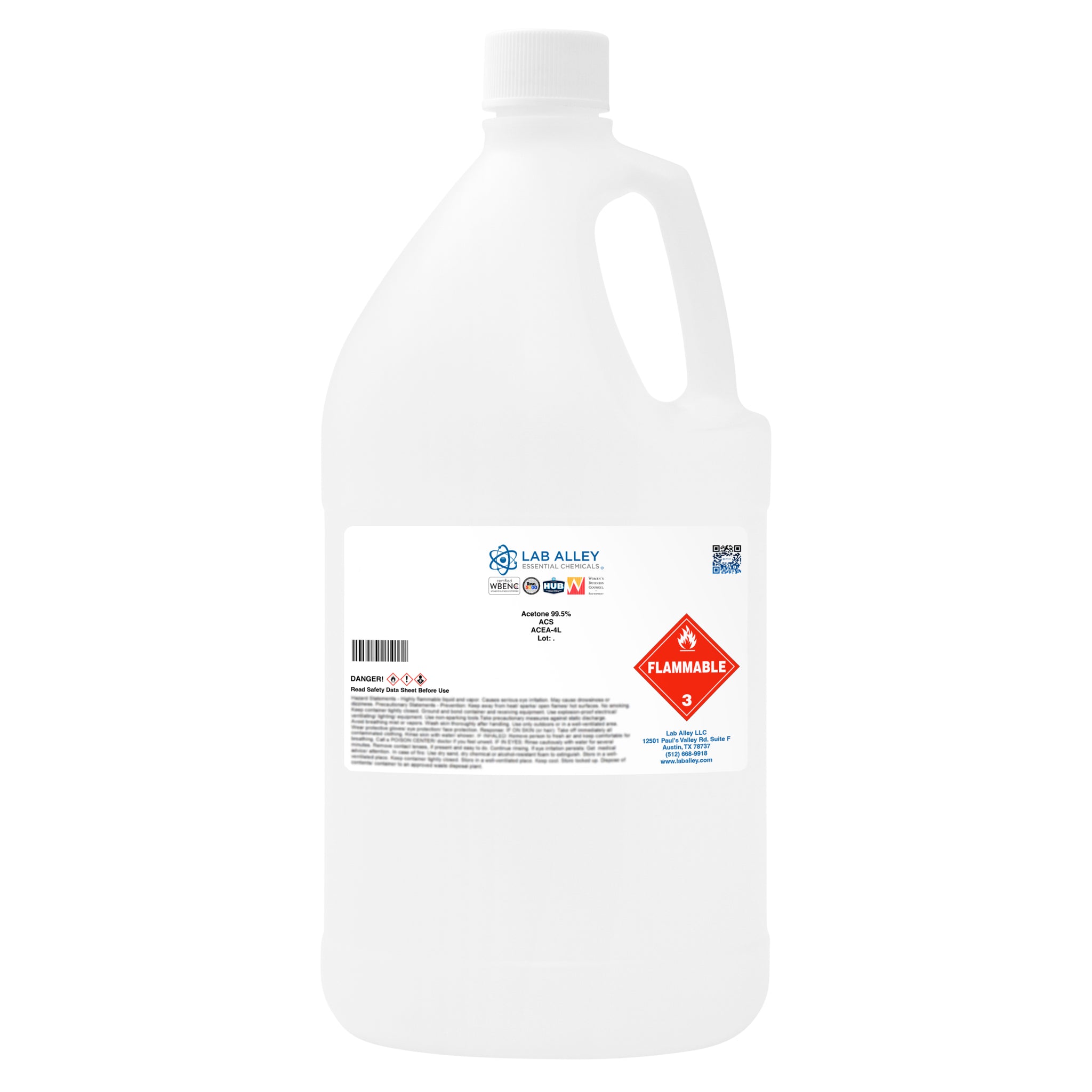
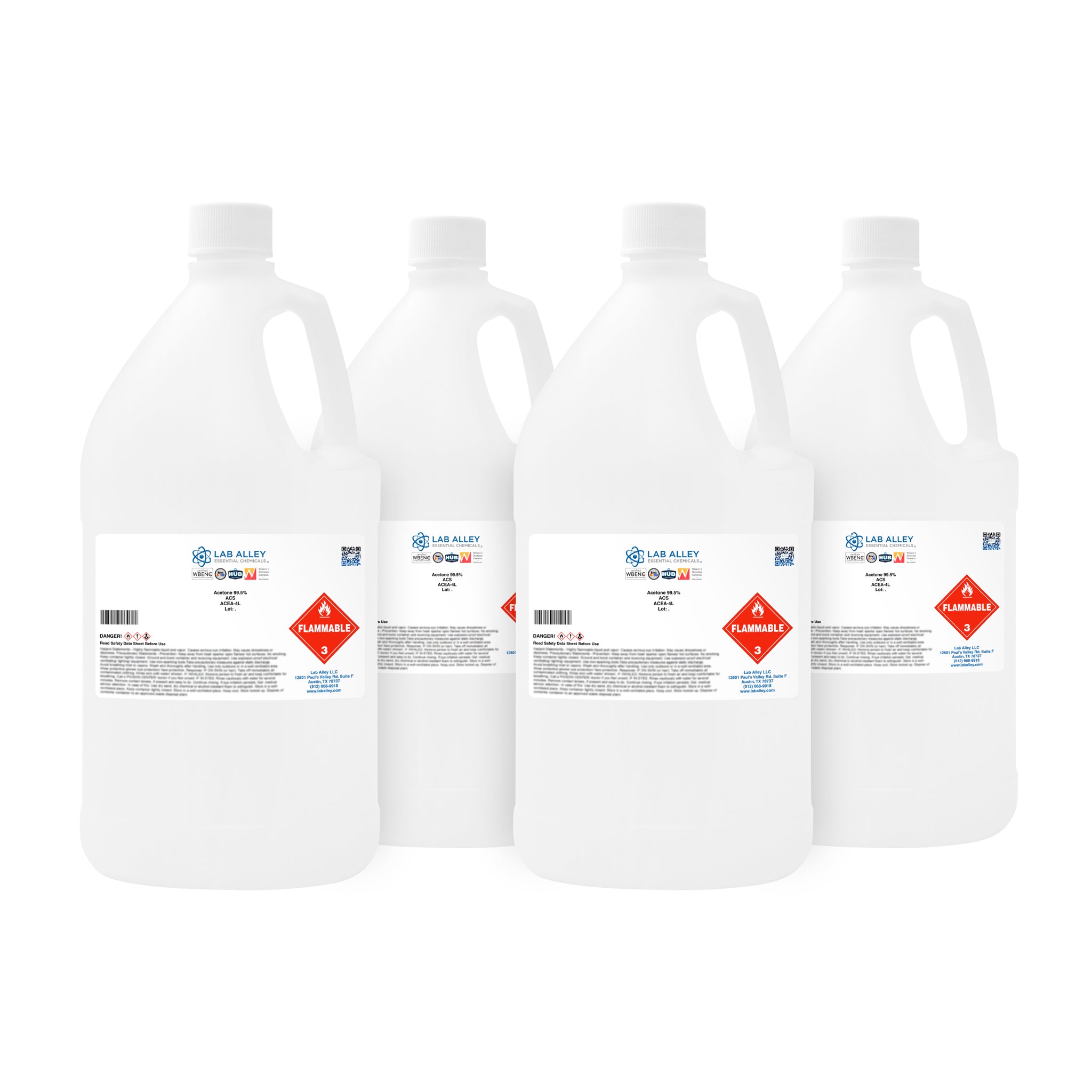
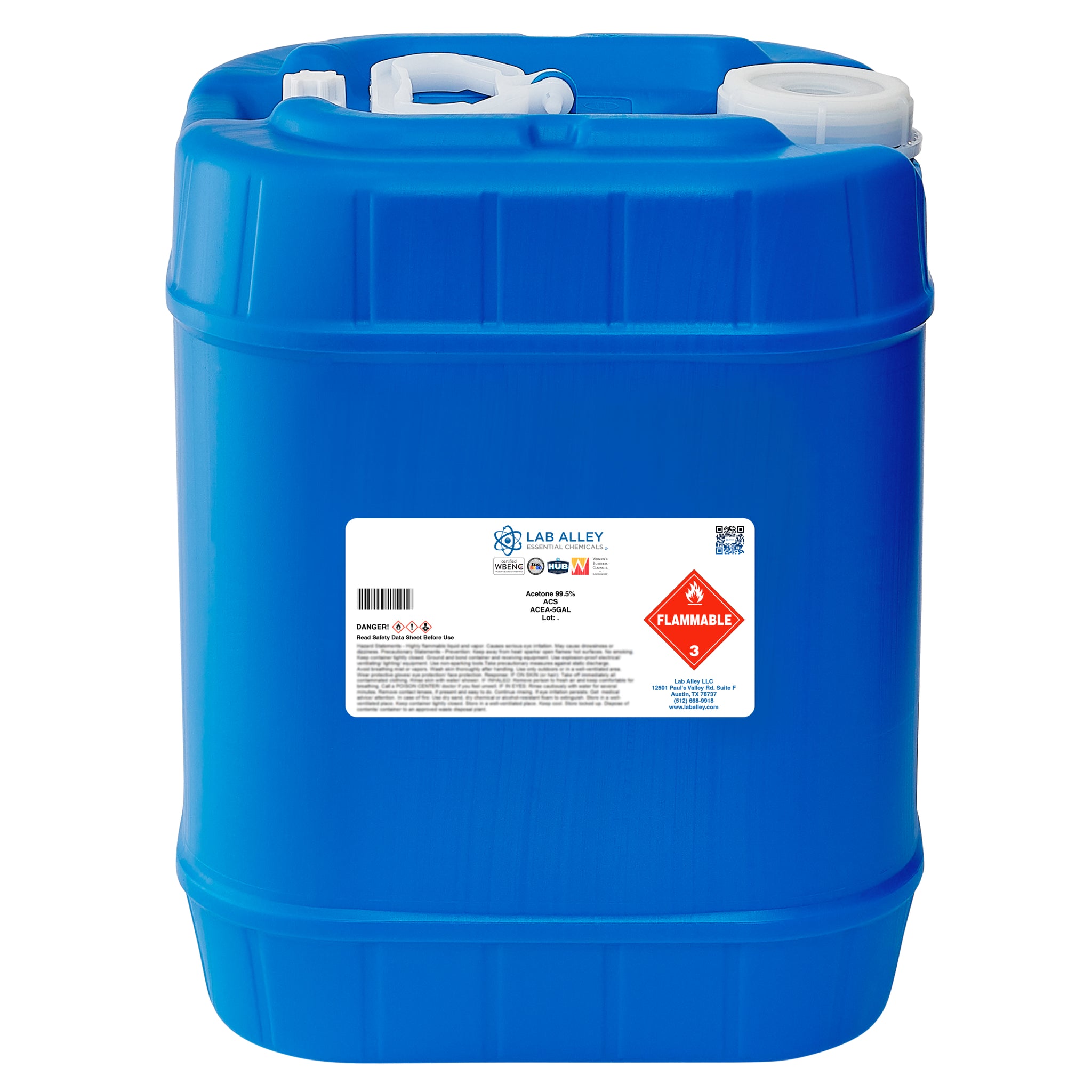


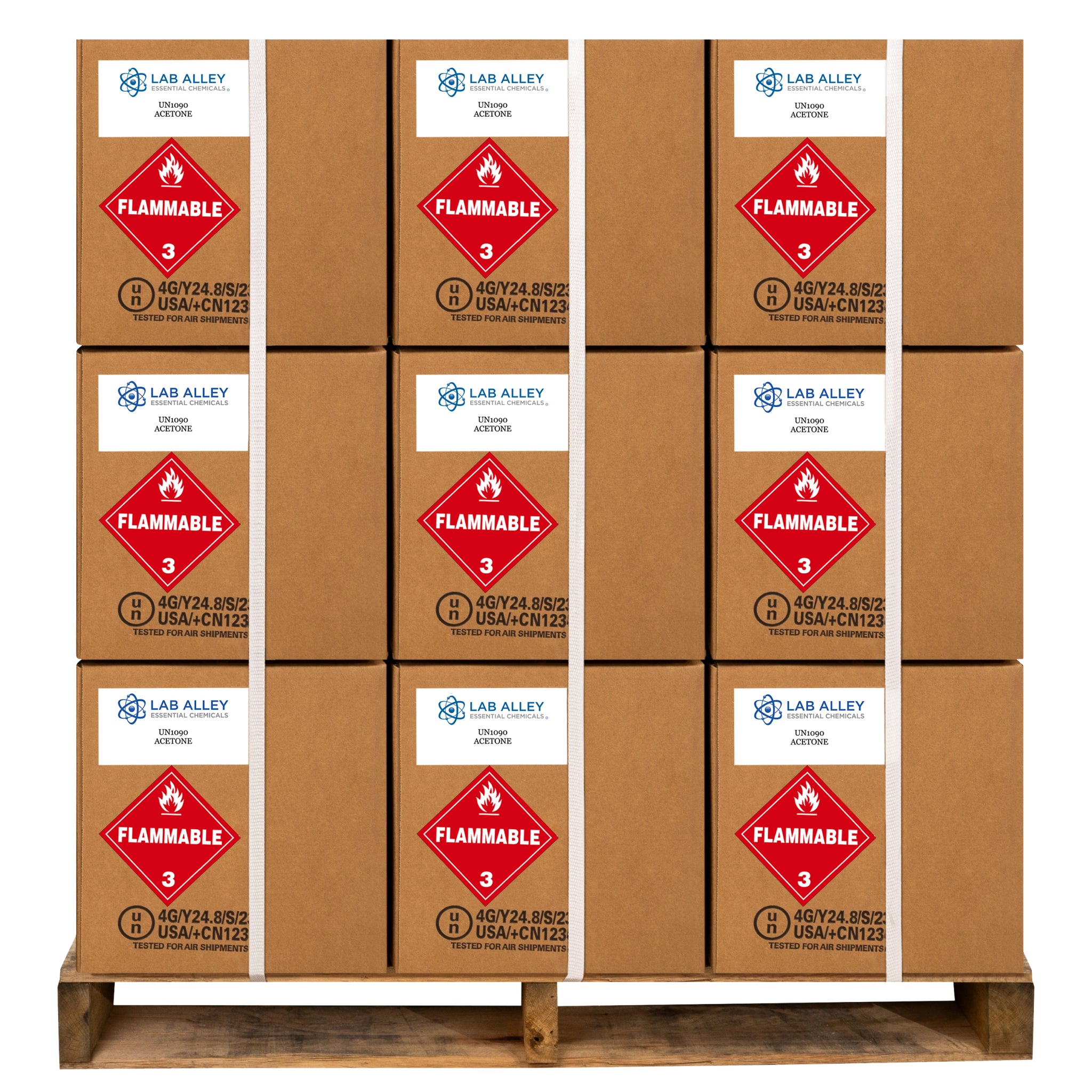

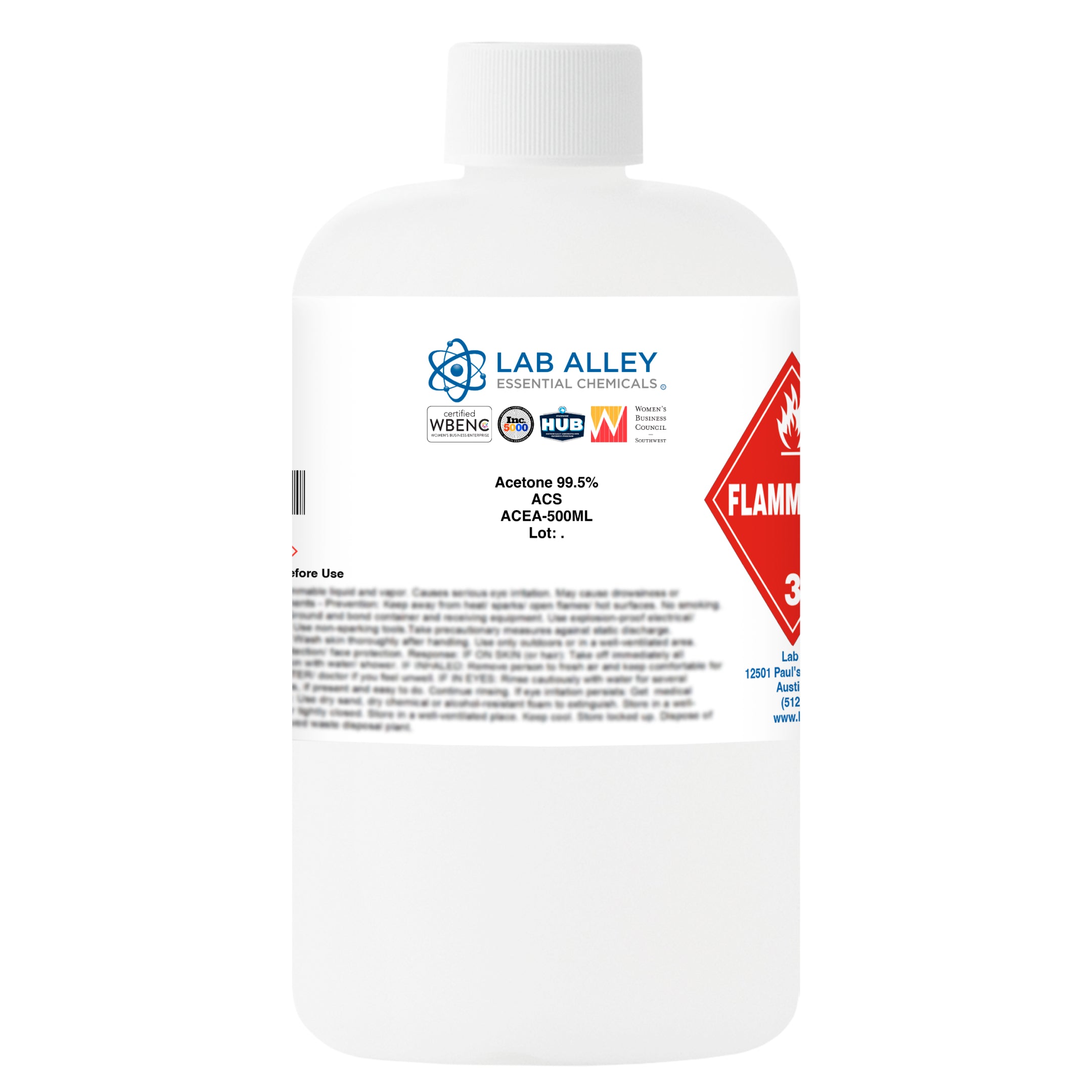
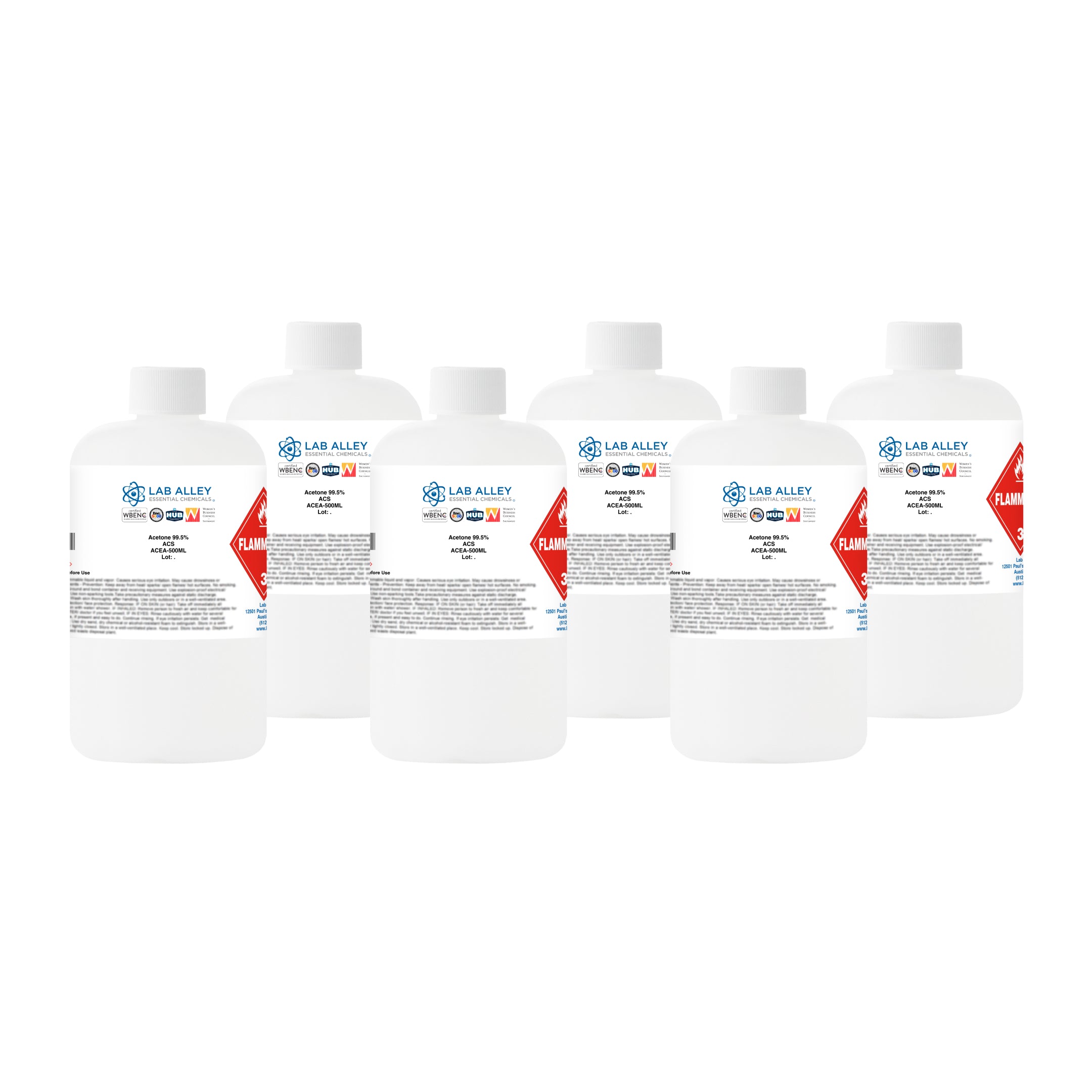
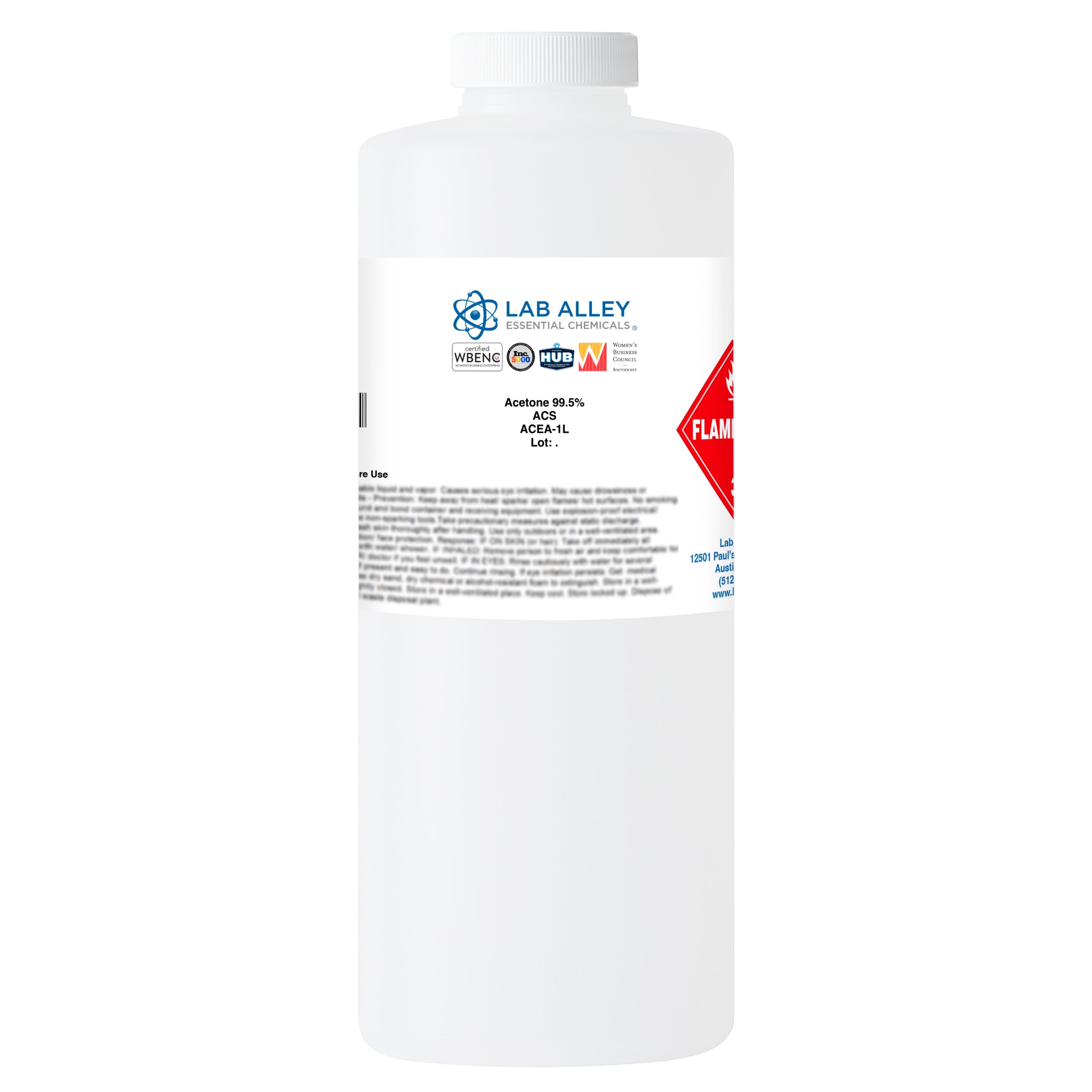
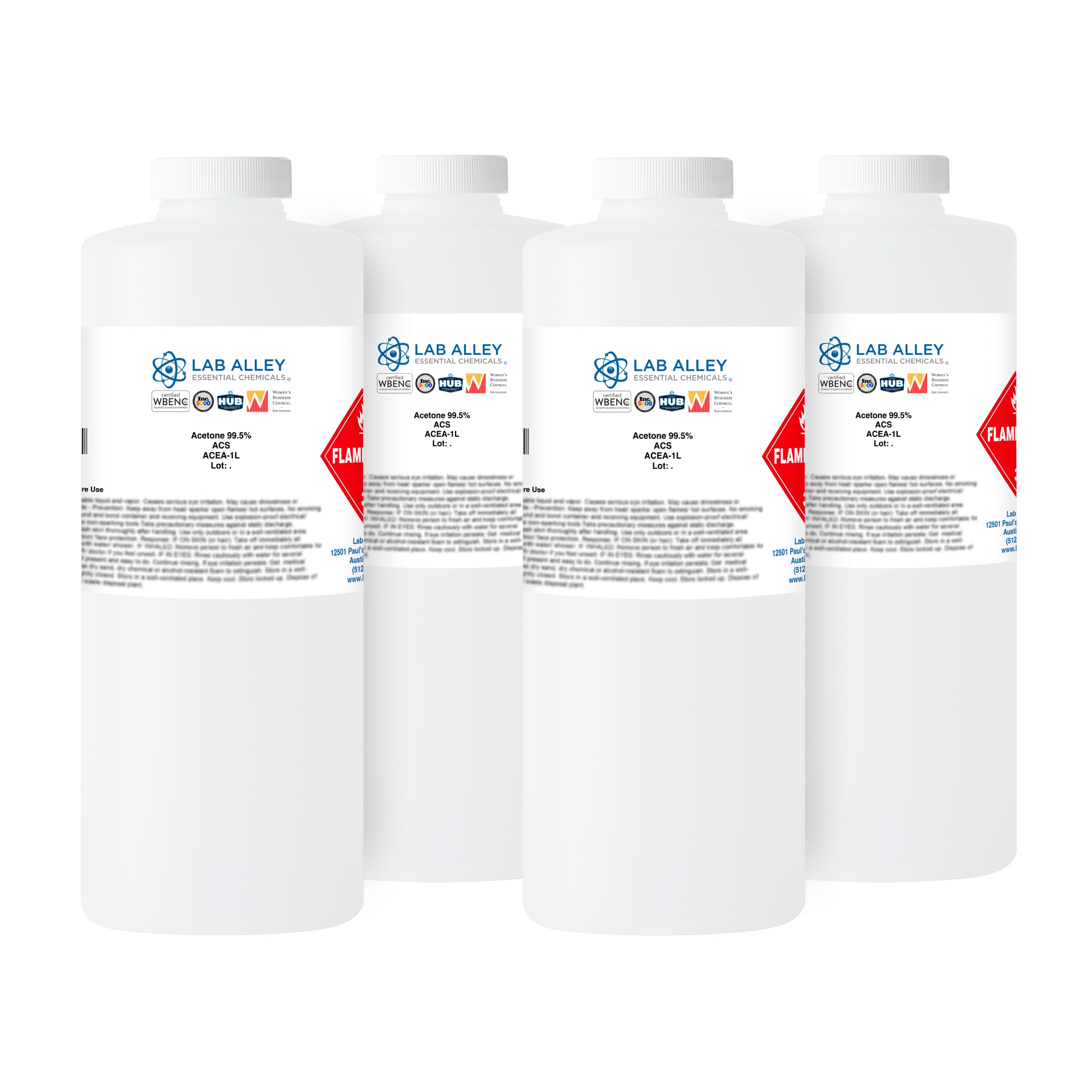
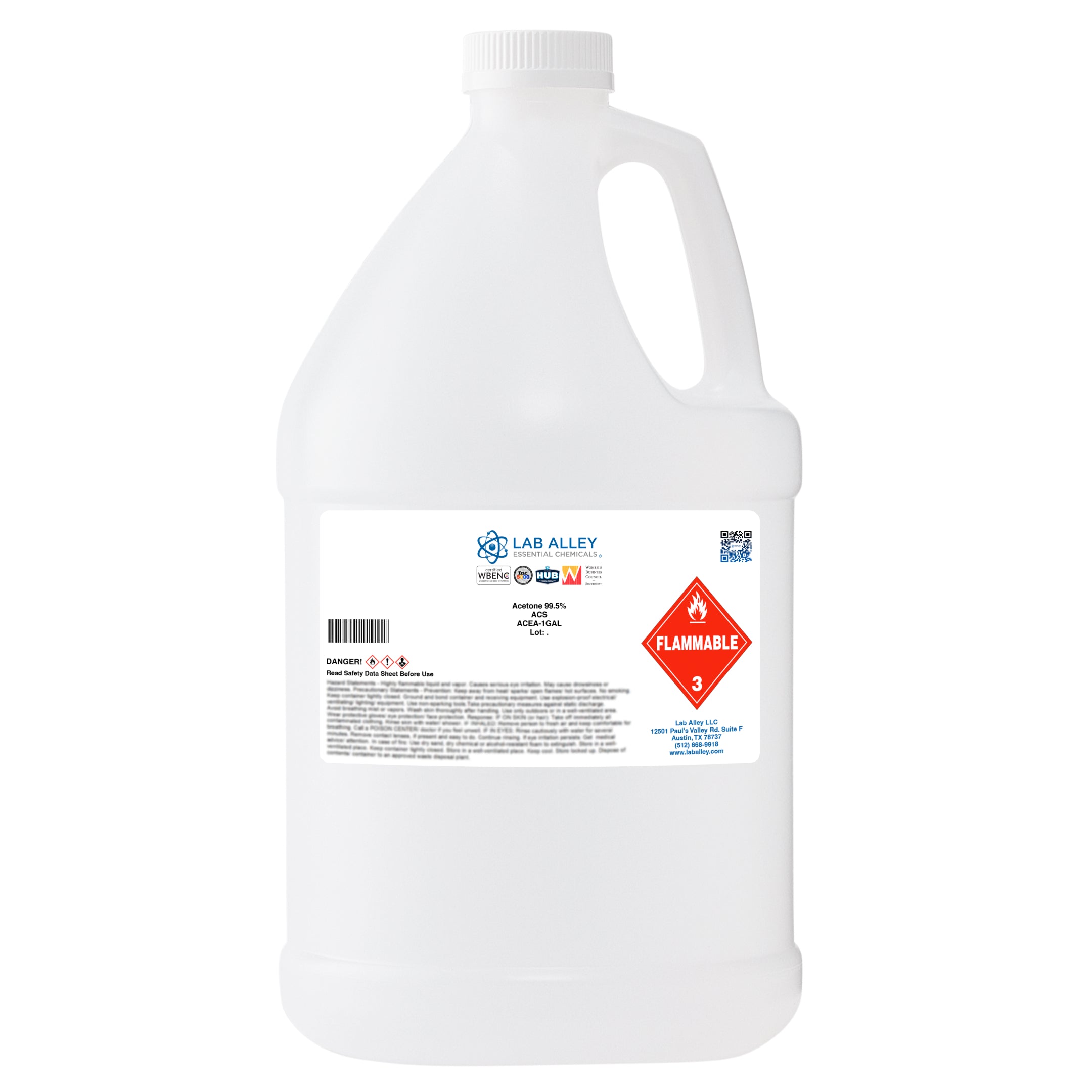
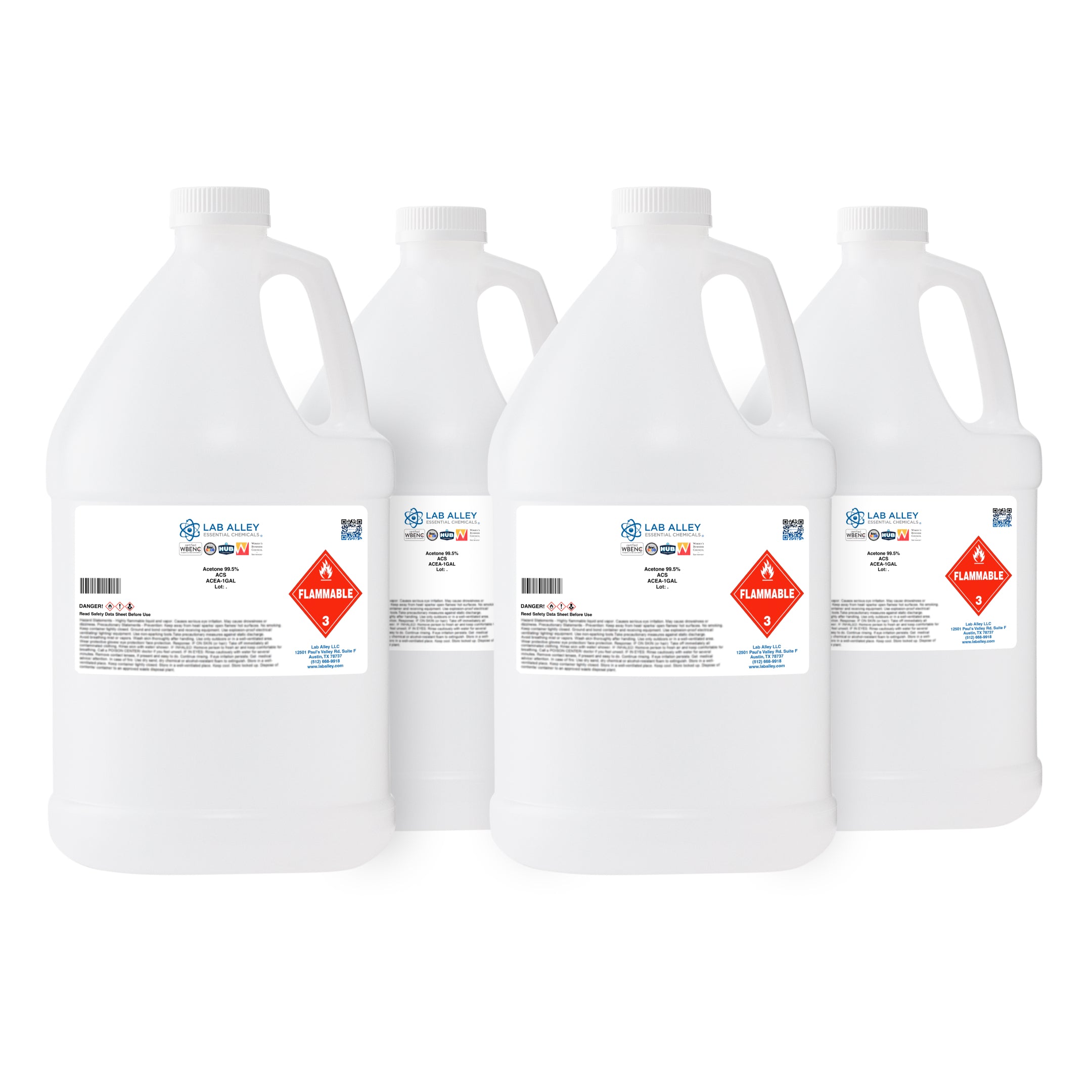
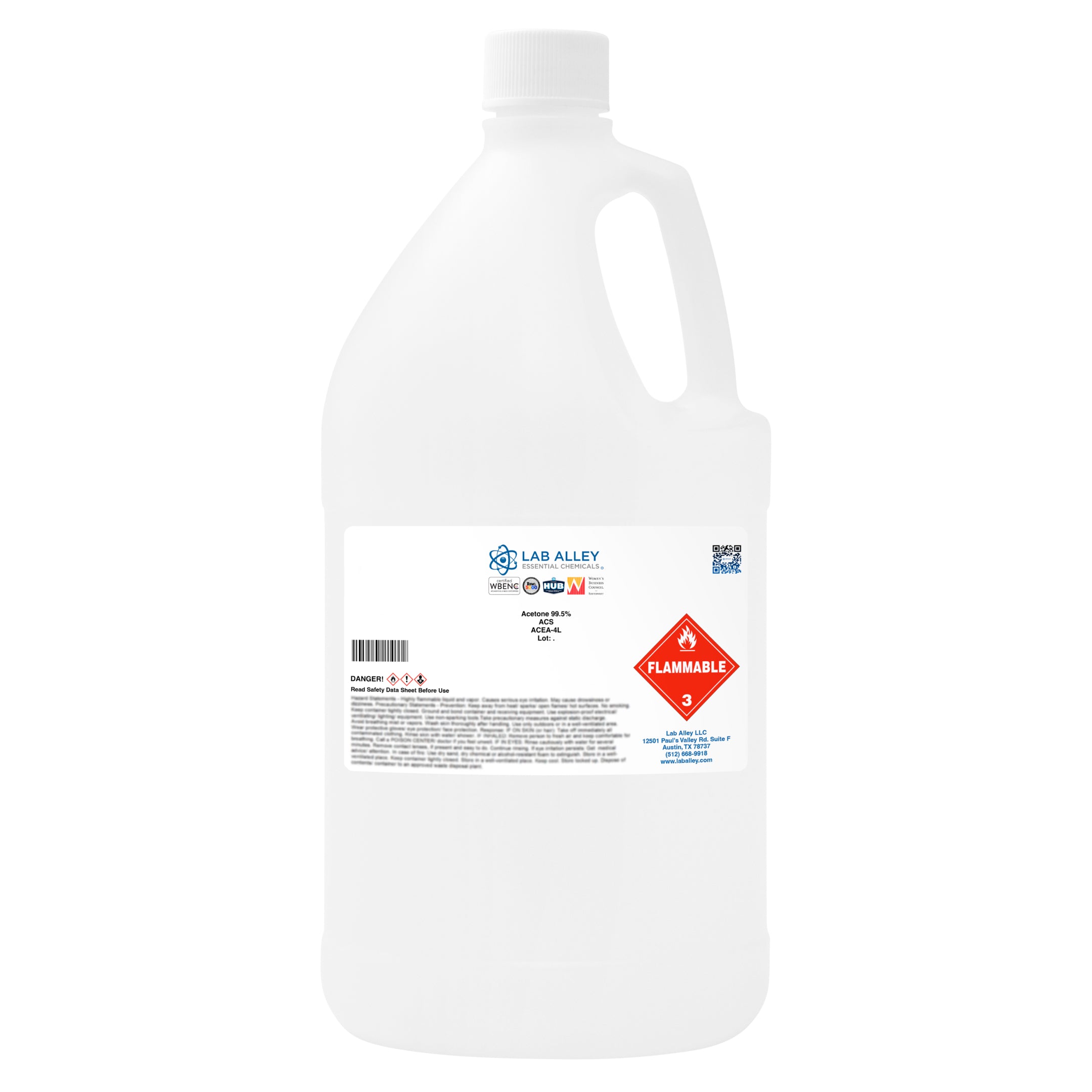

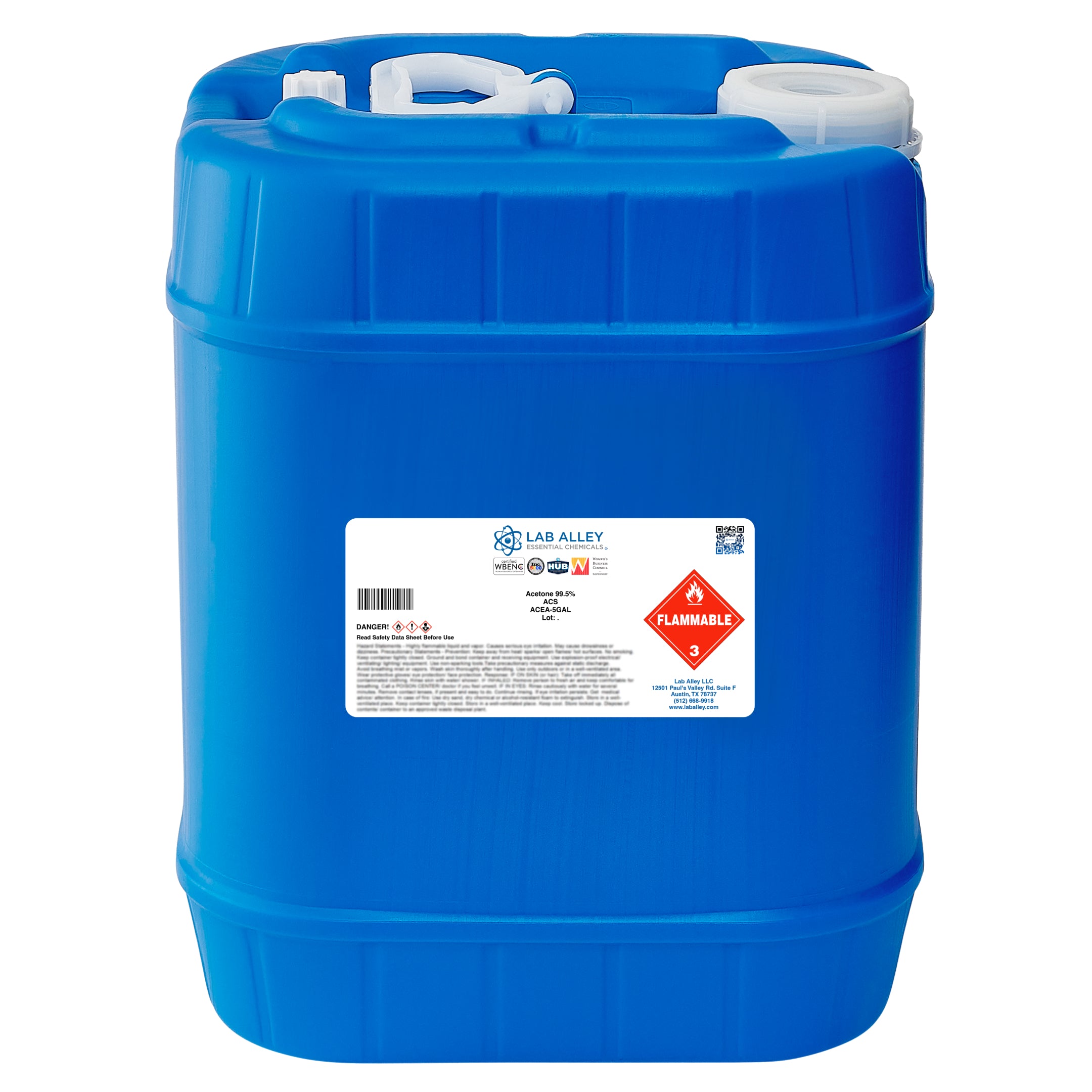
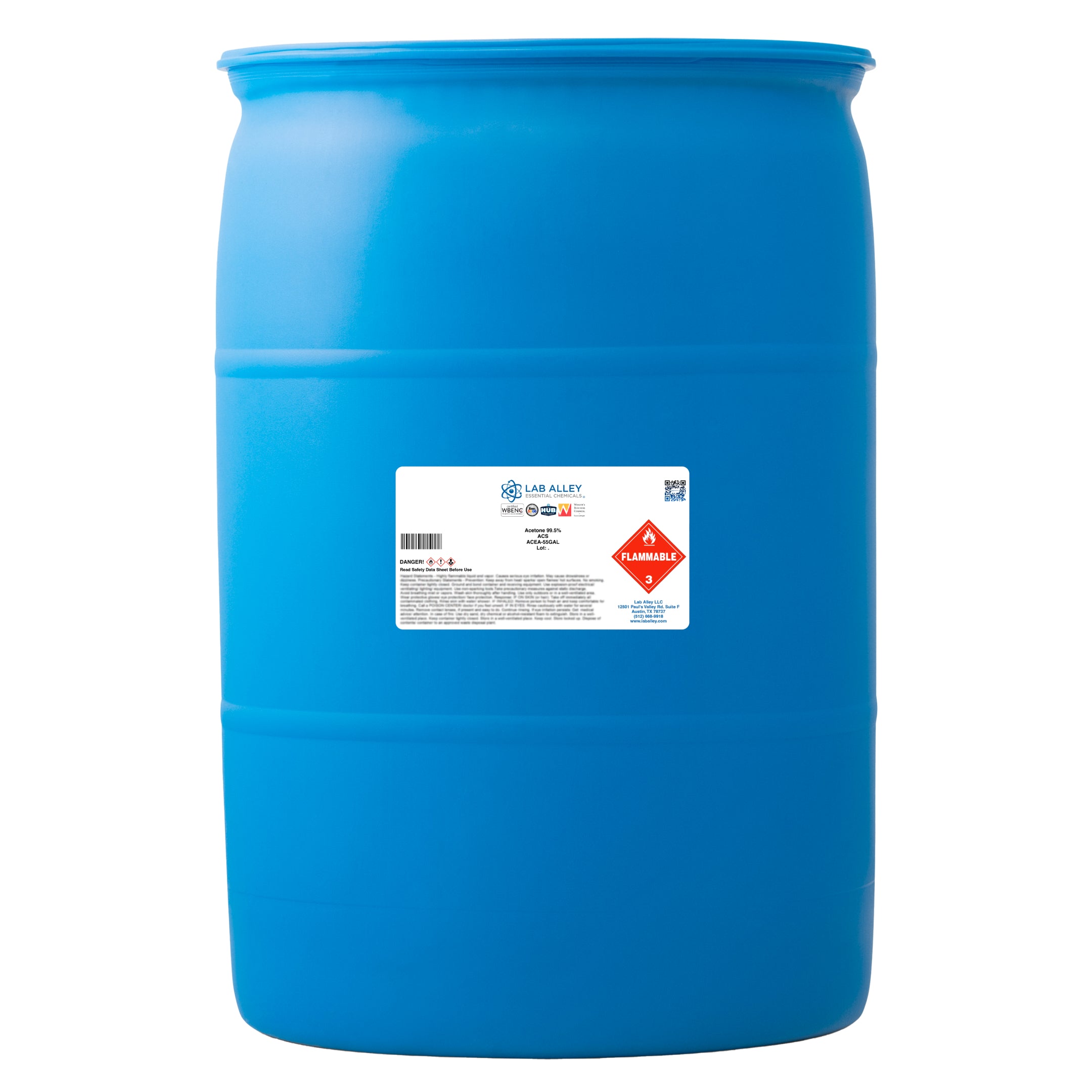

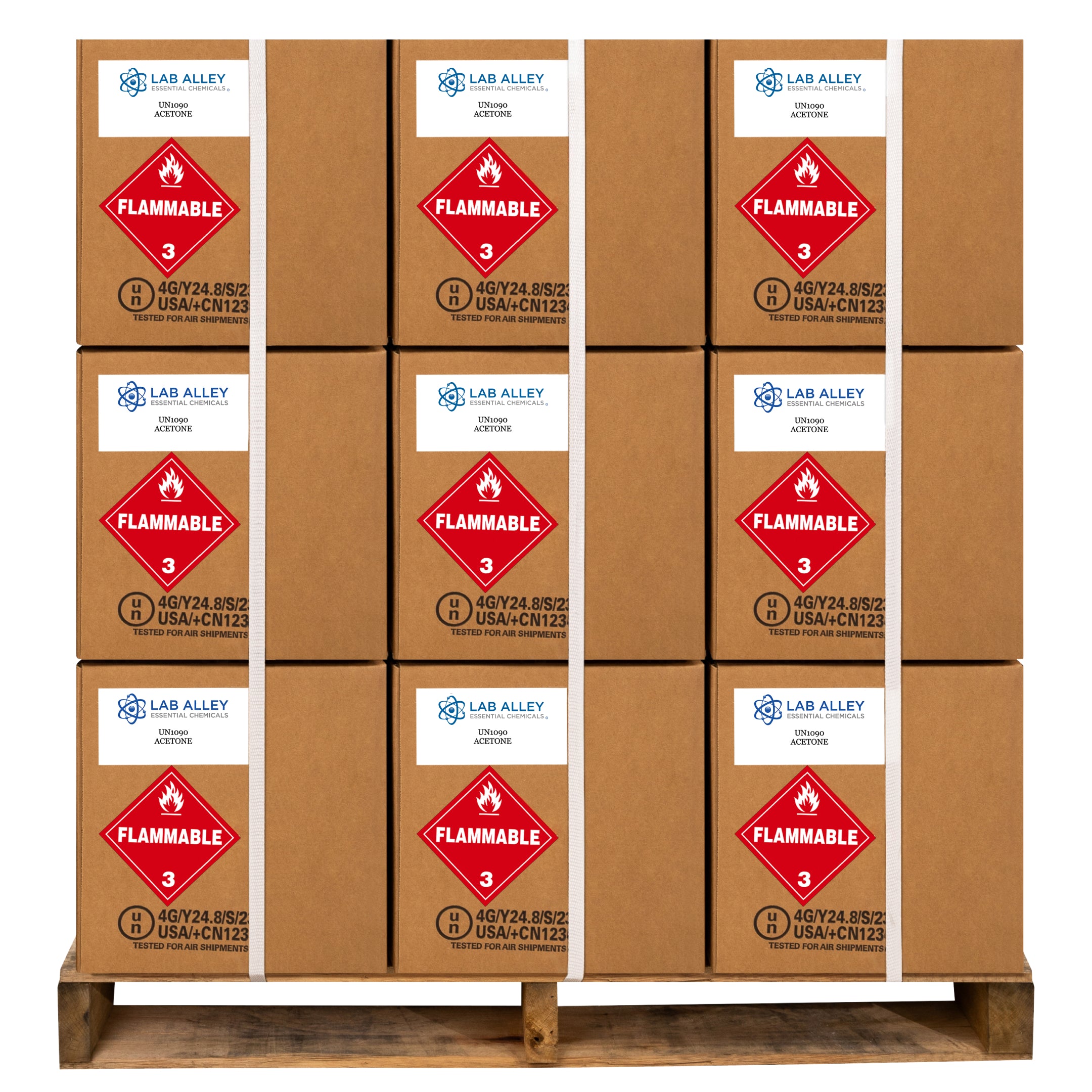

Acetone 99.5%, ACS
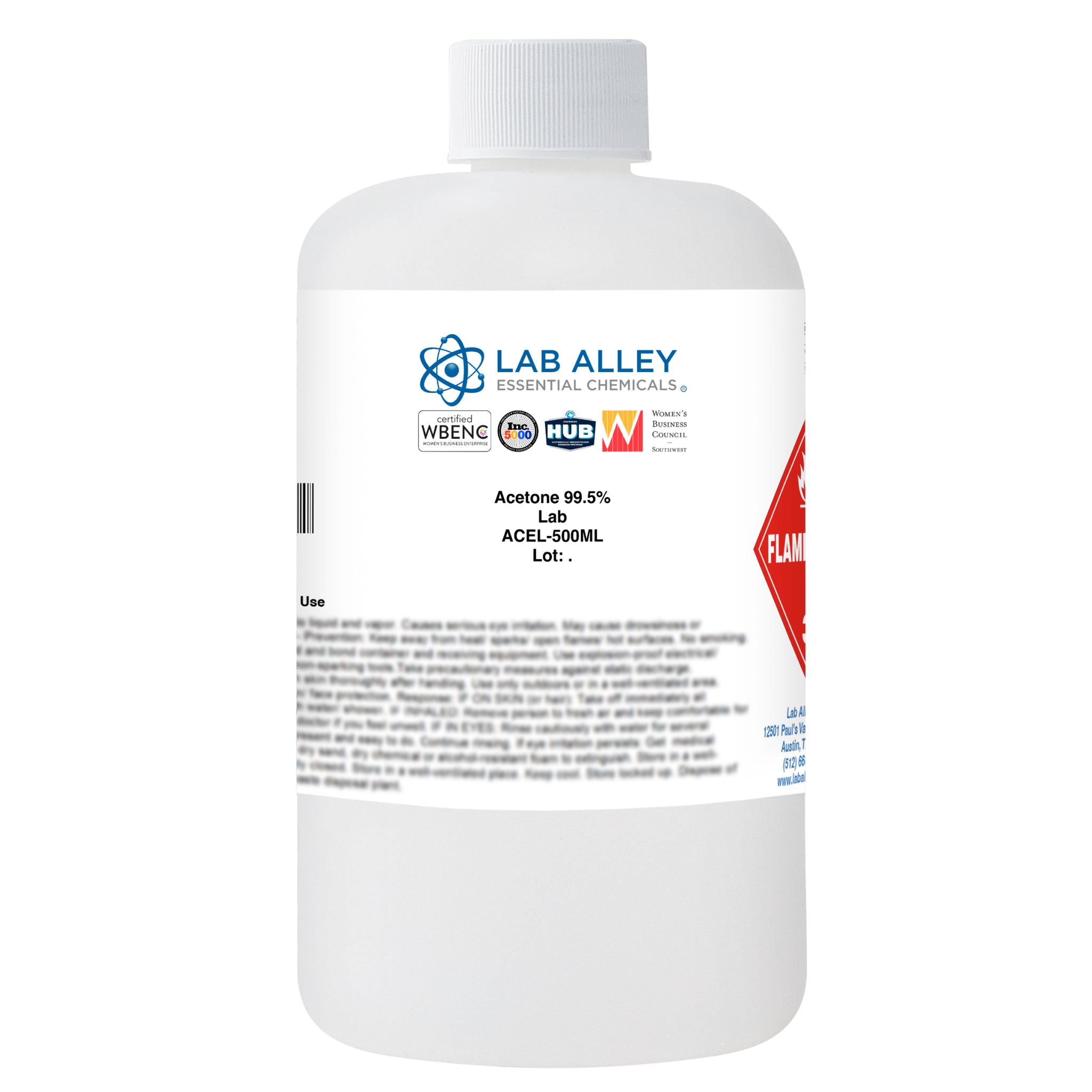
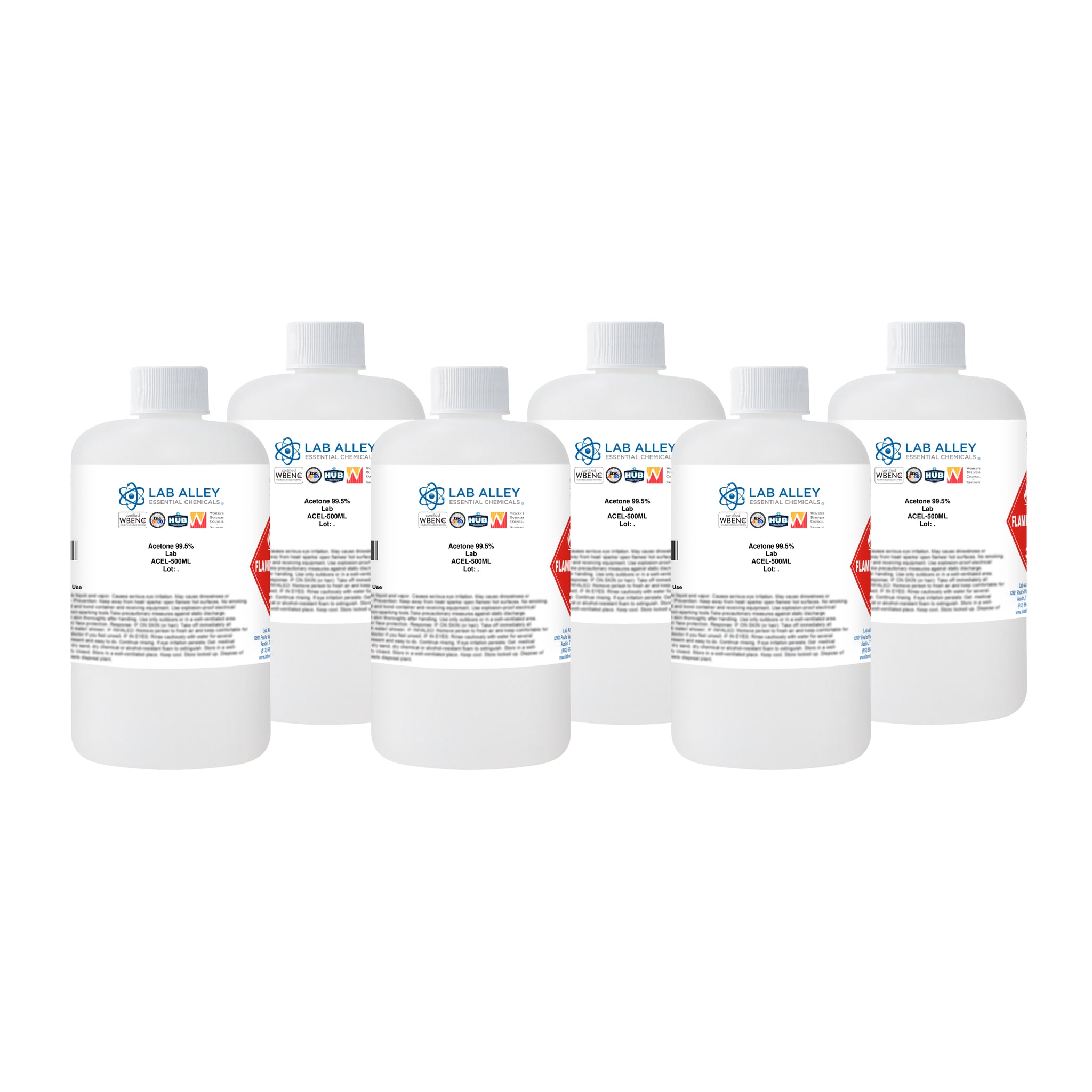
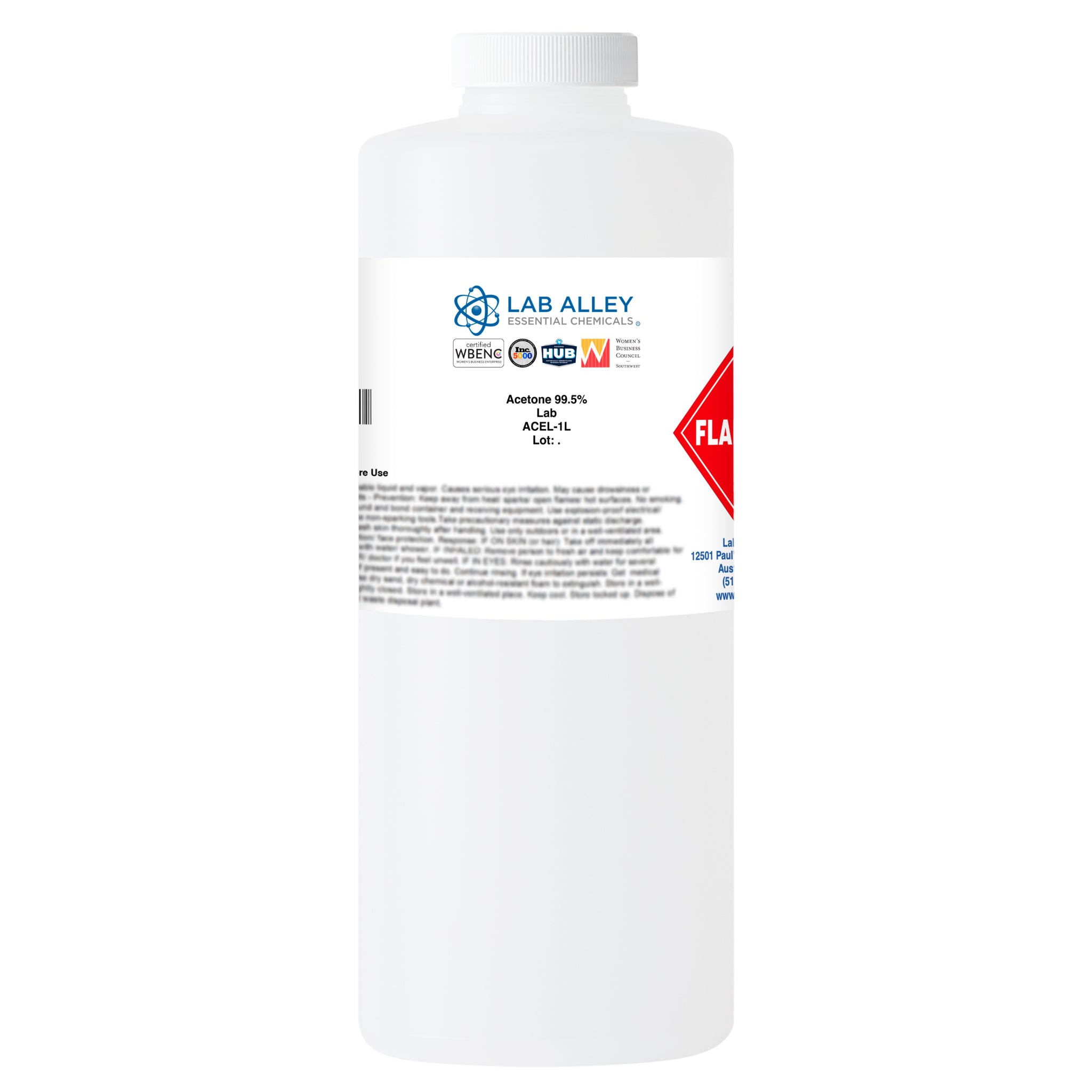

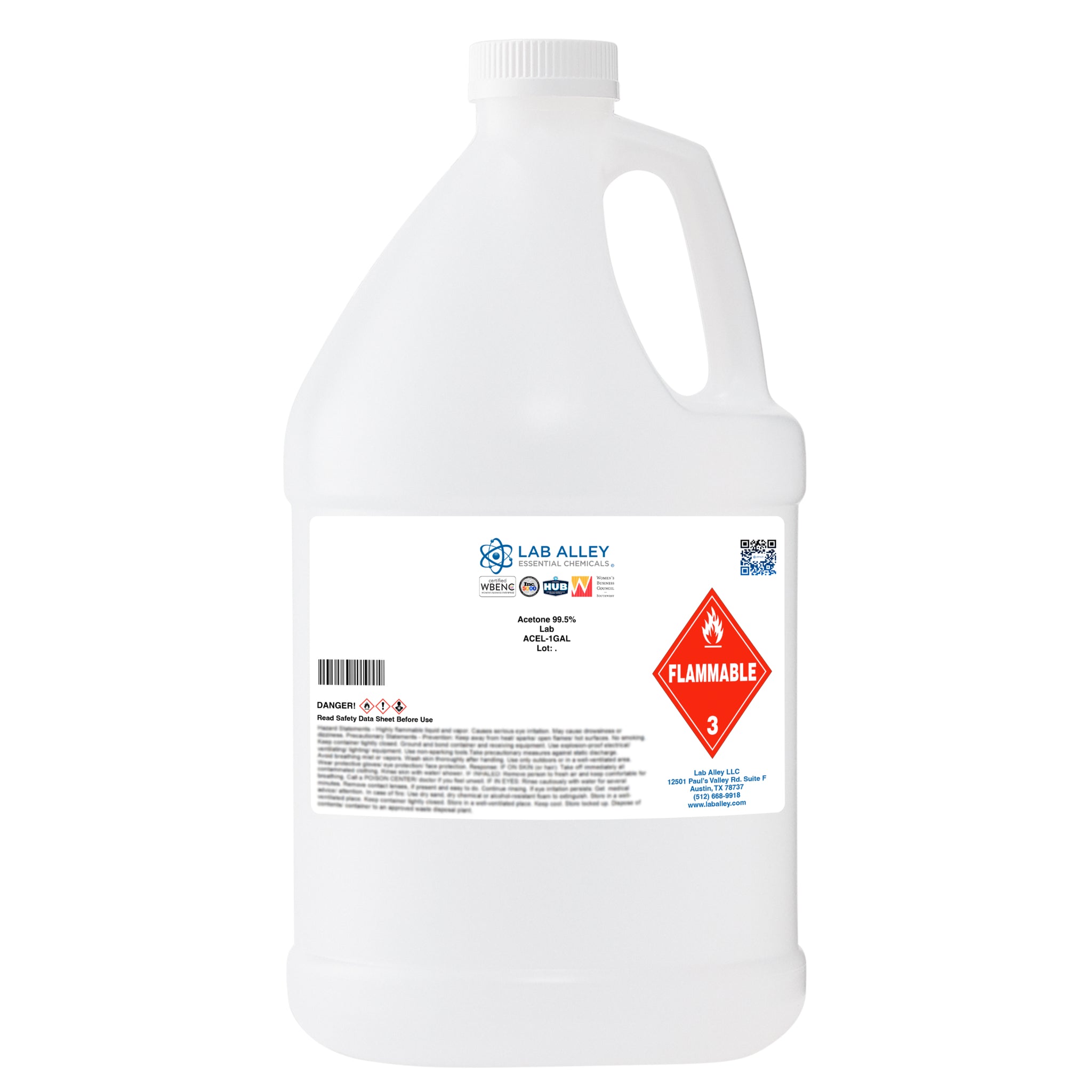
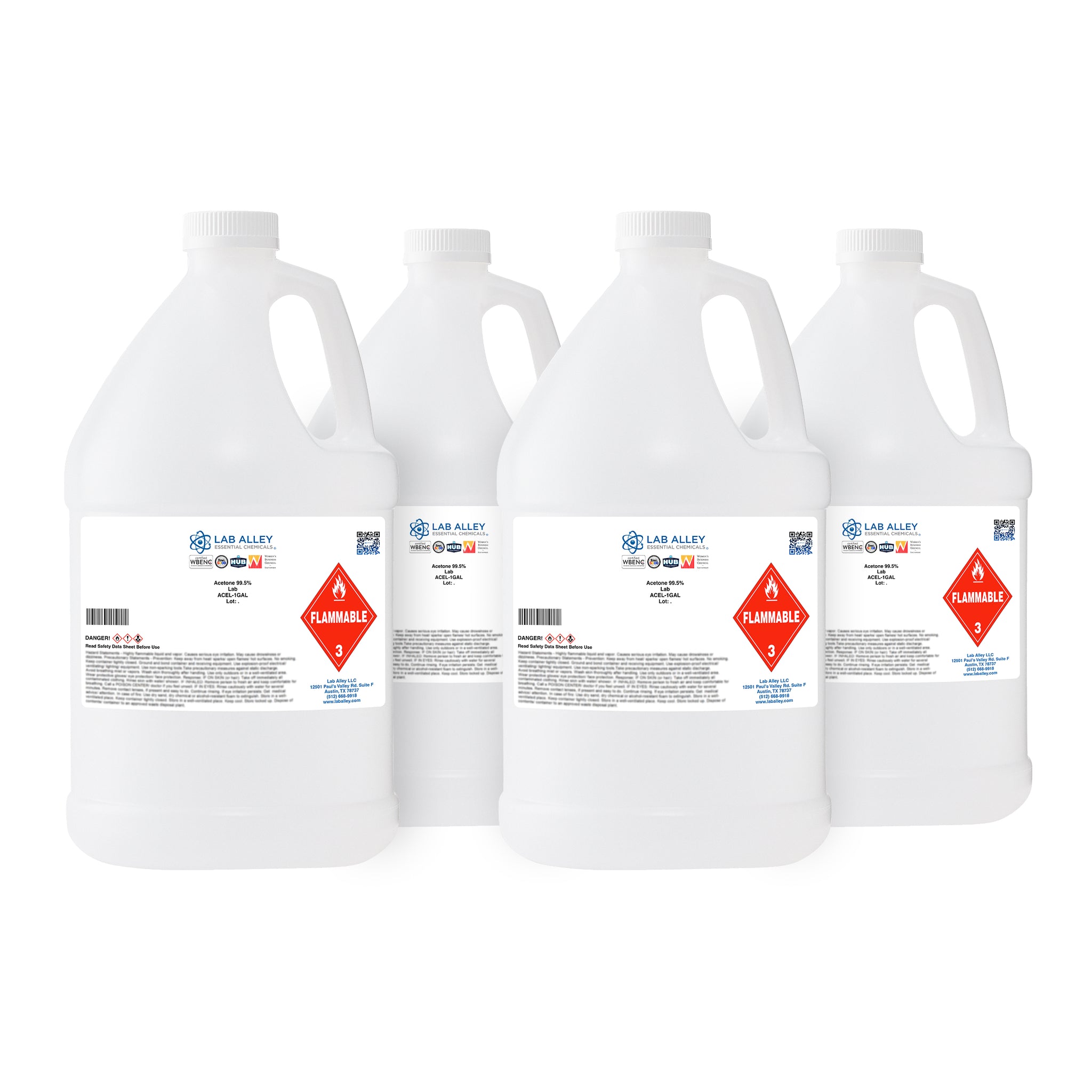

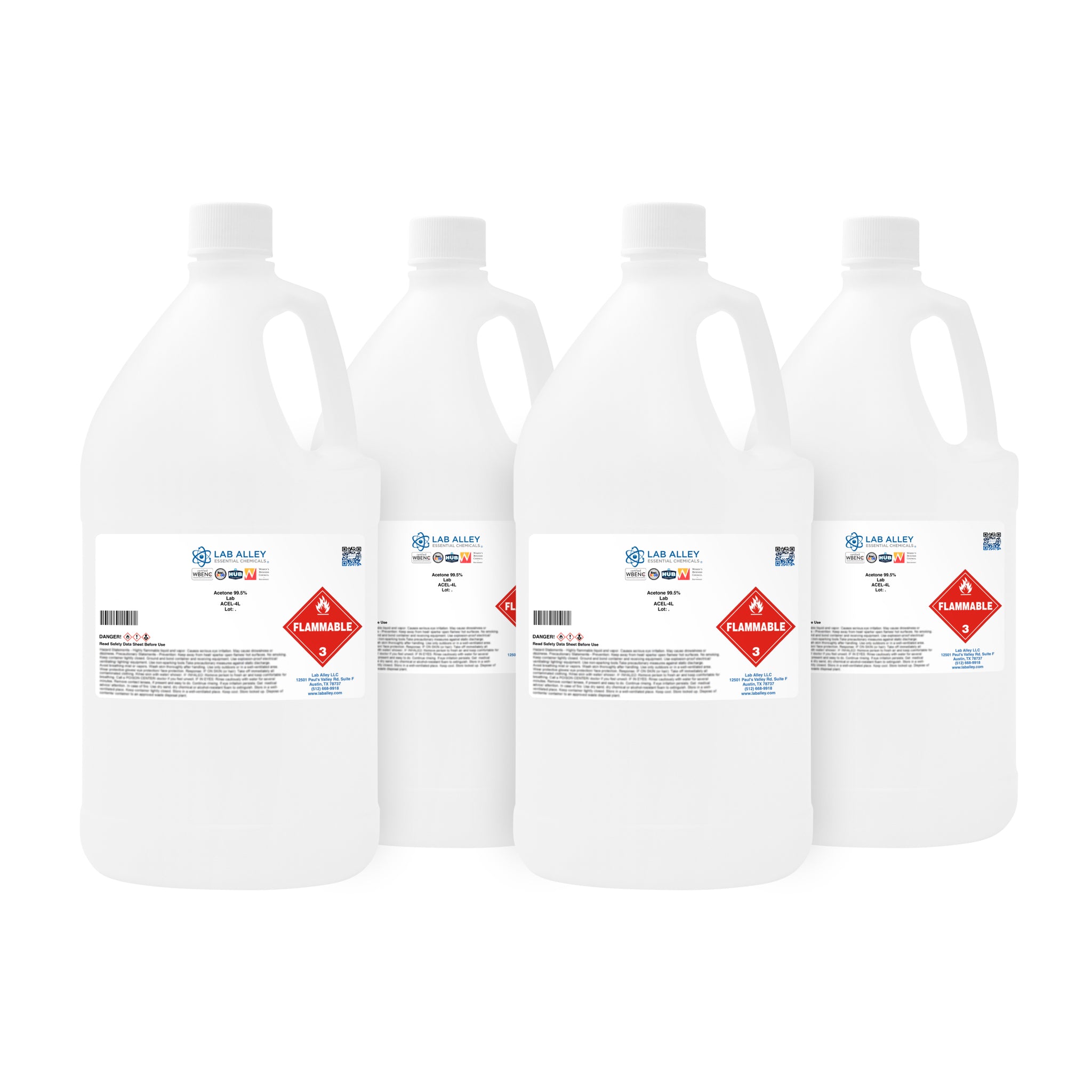


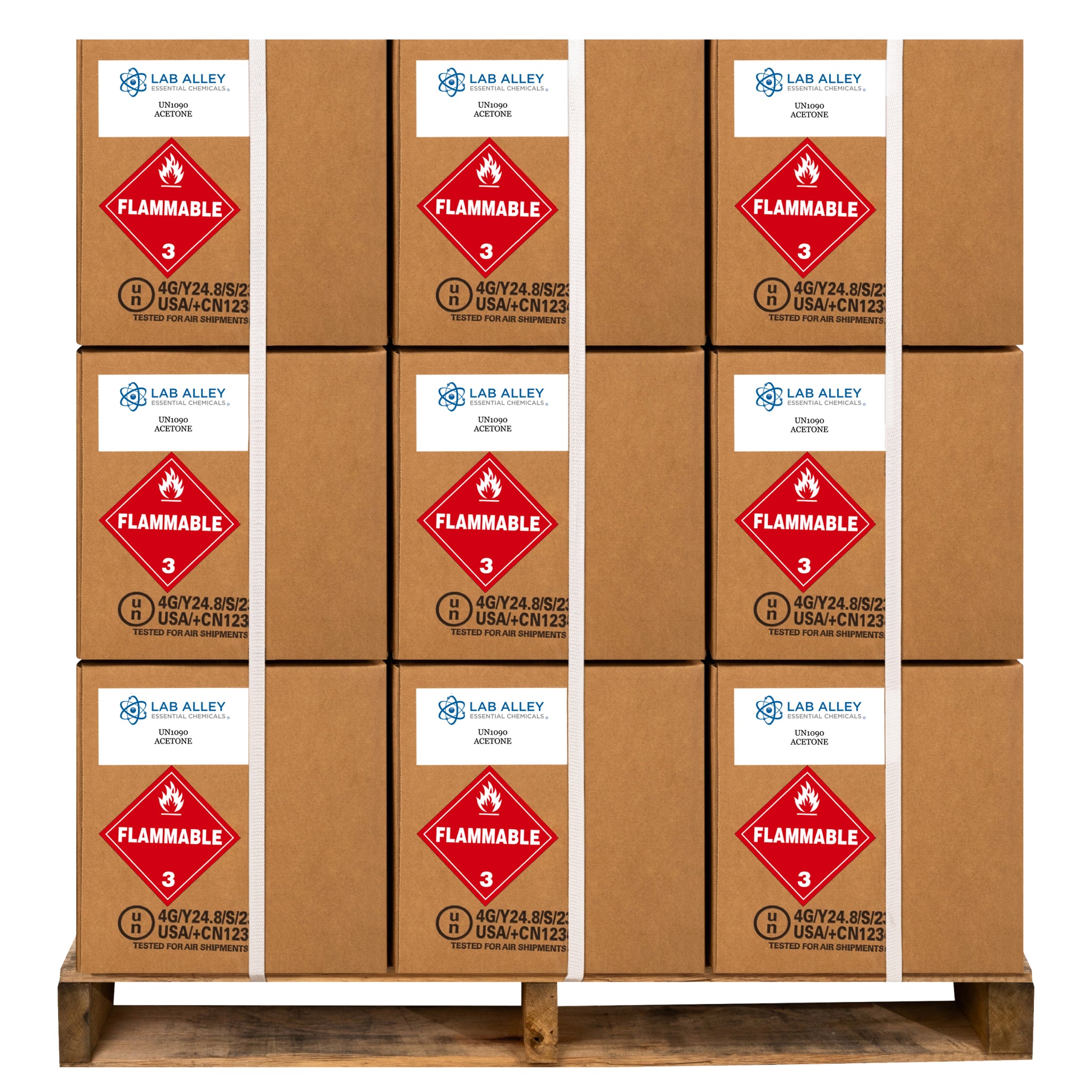
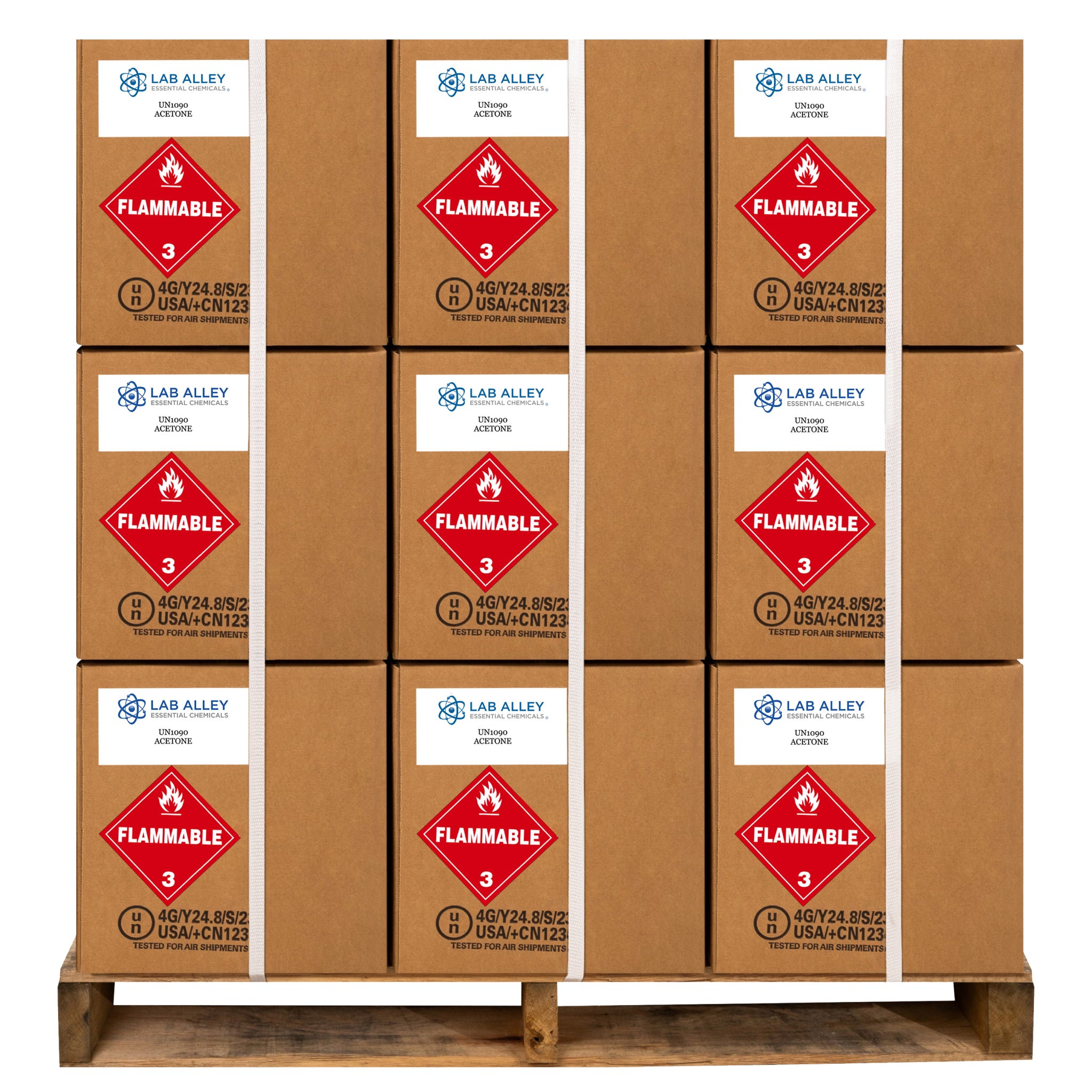


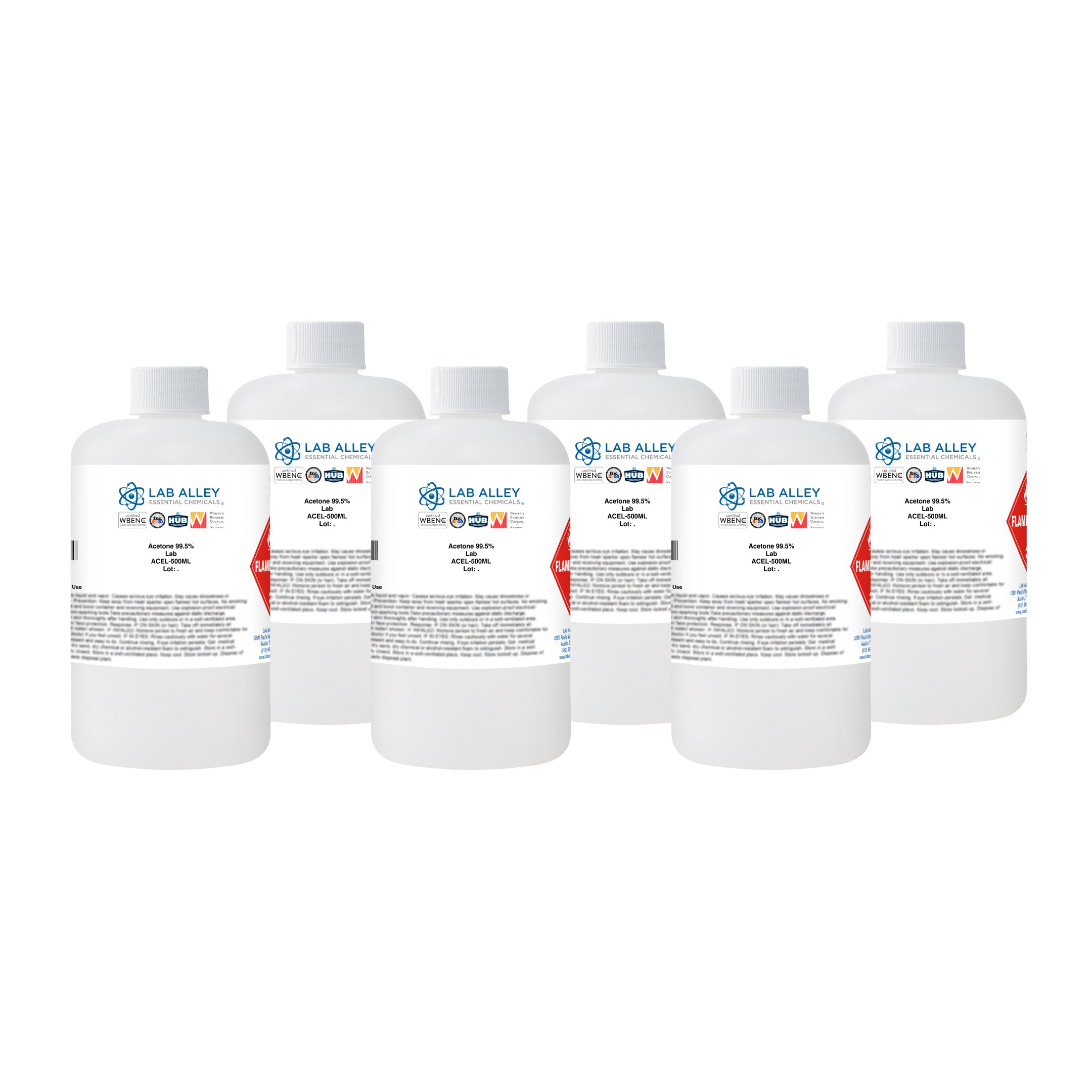
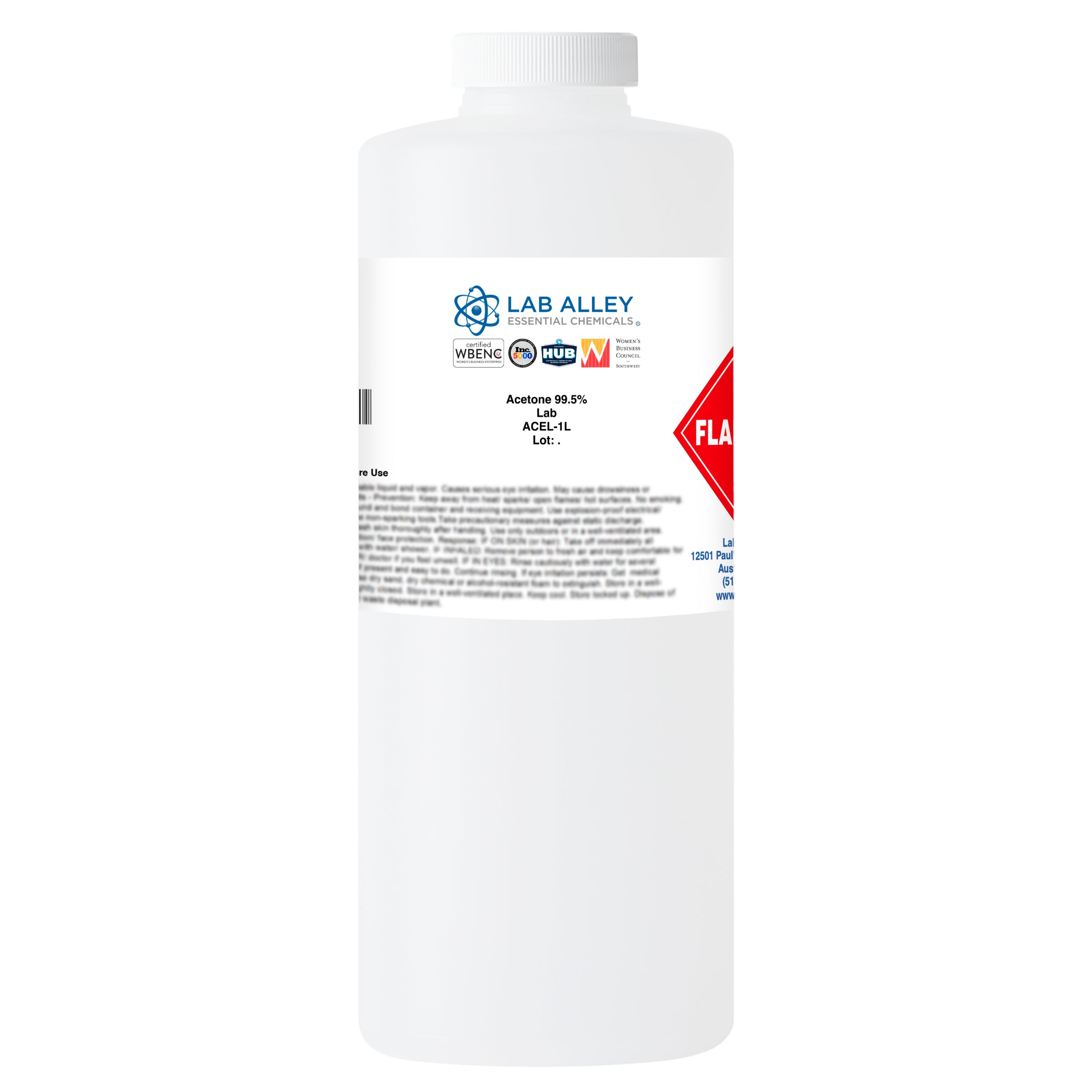
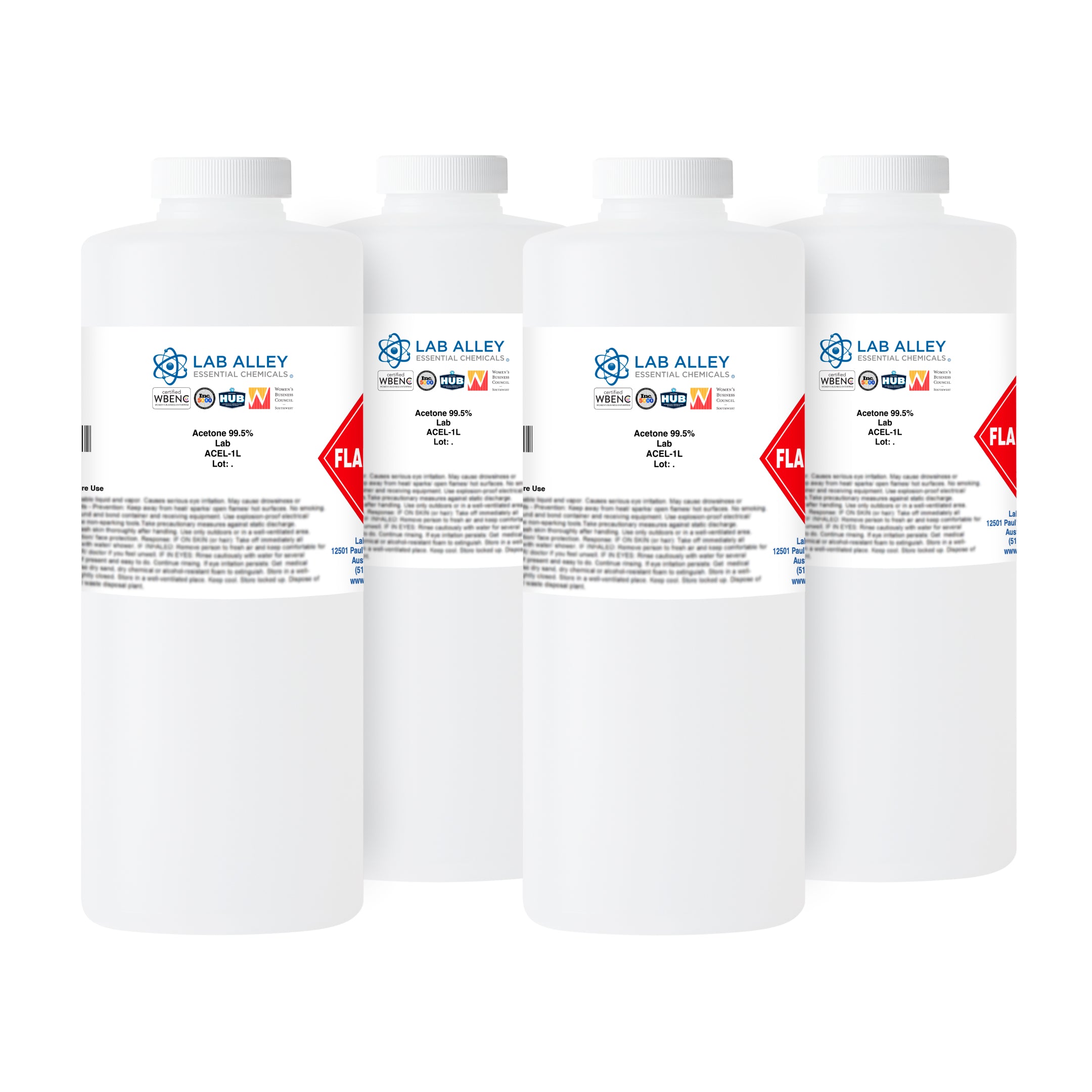
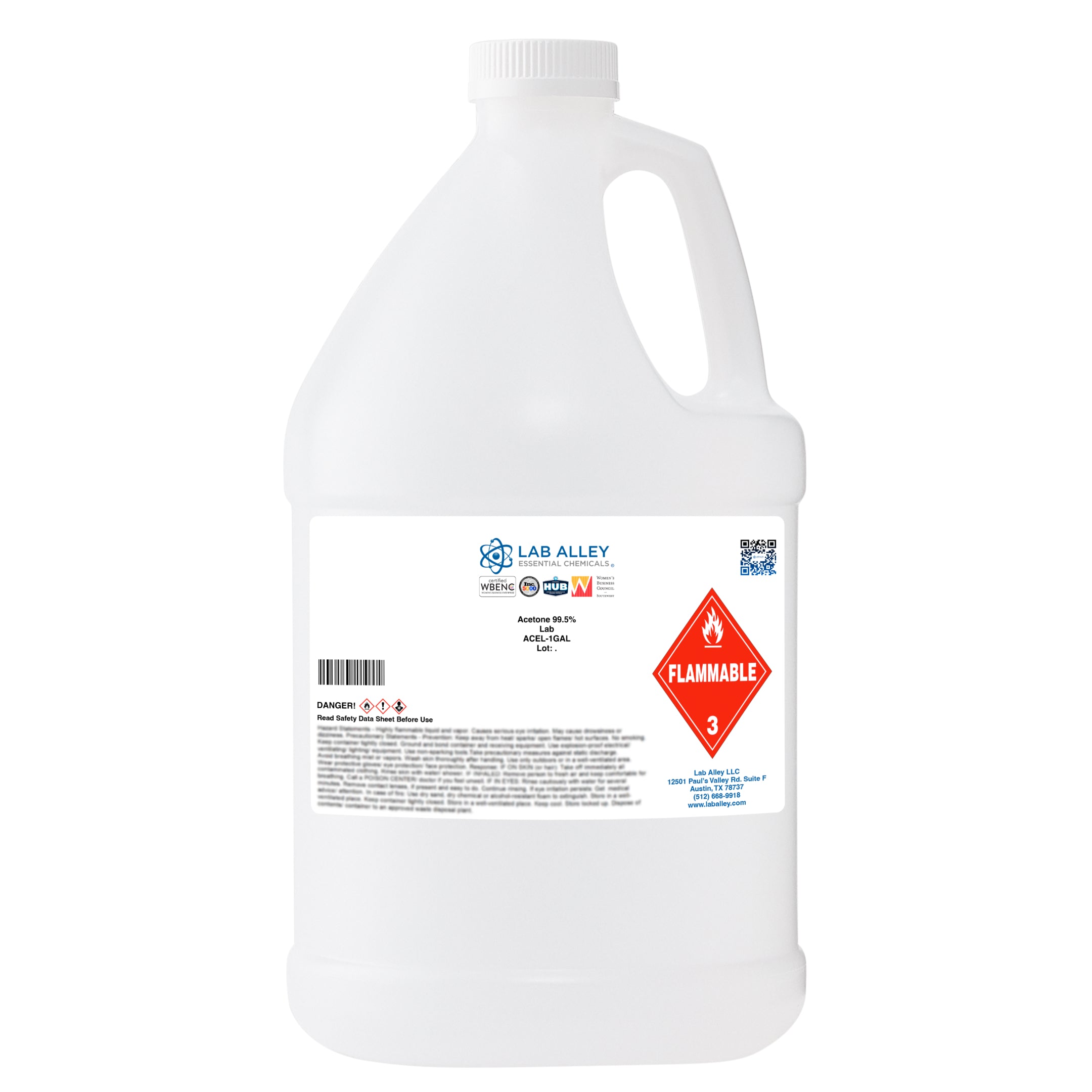

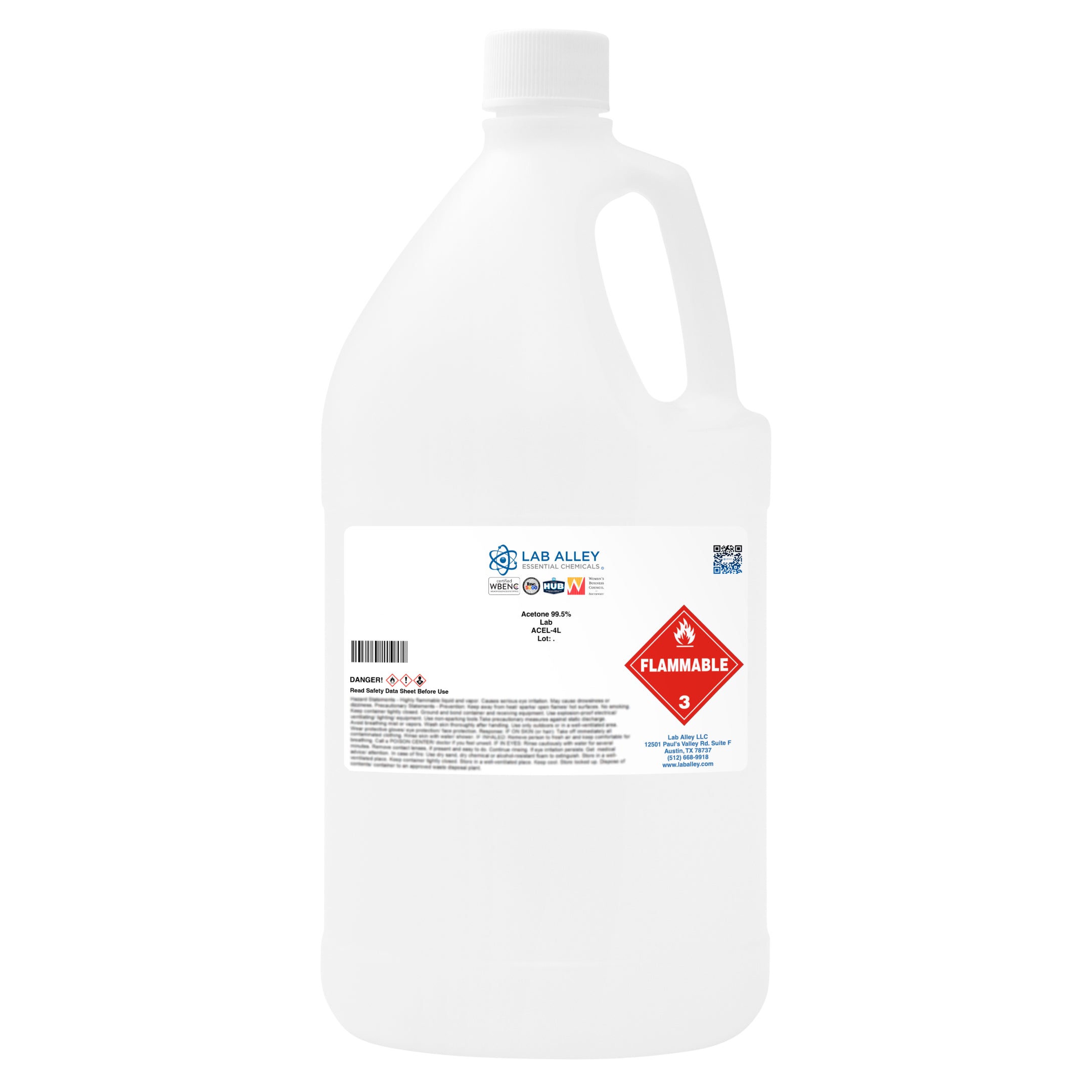

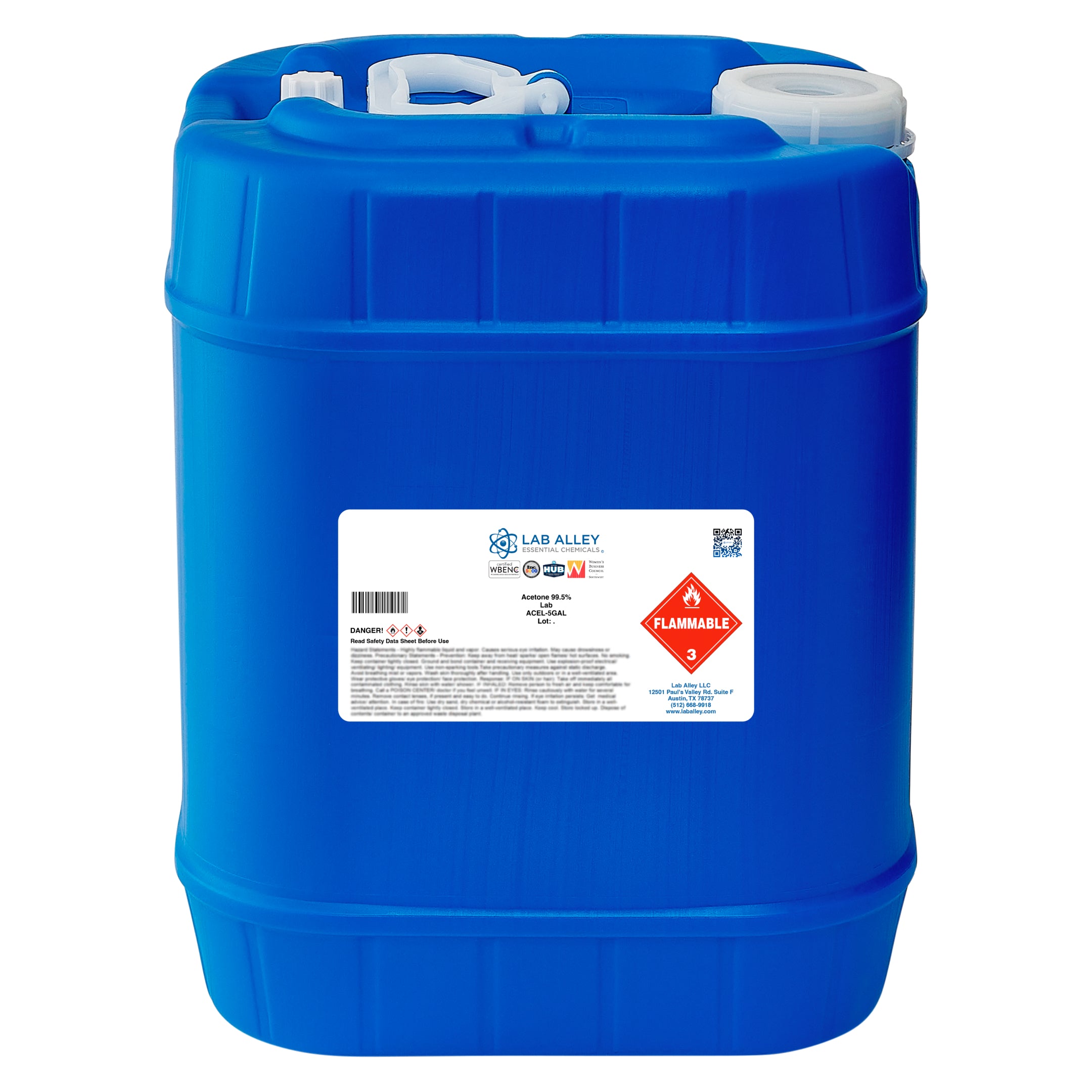

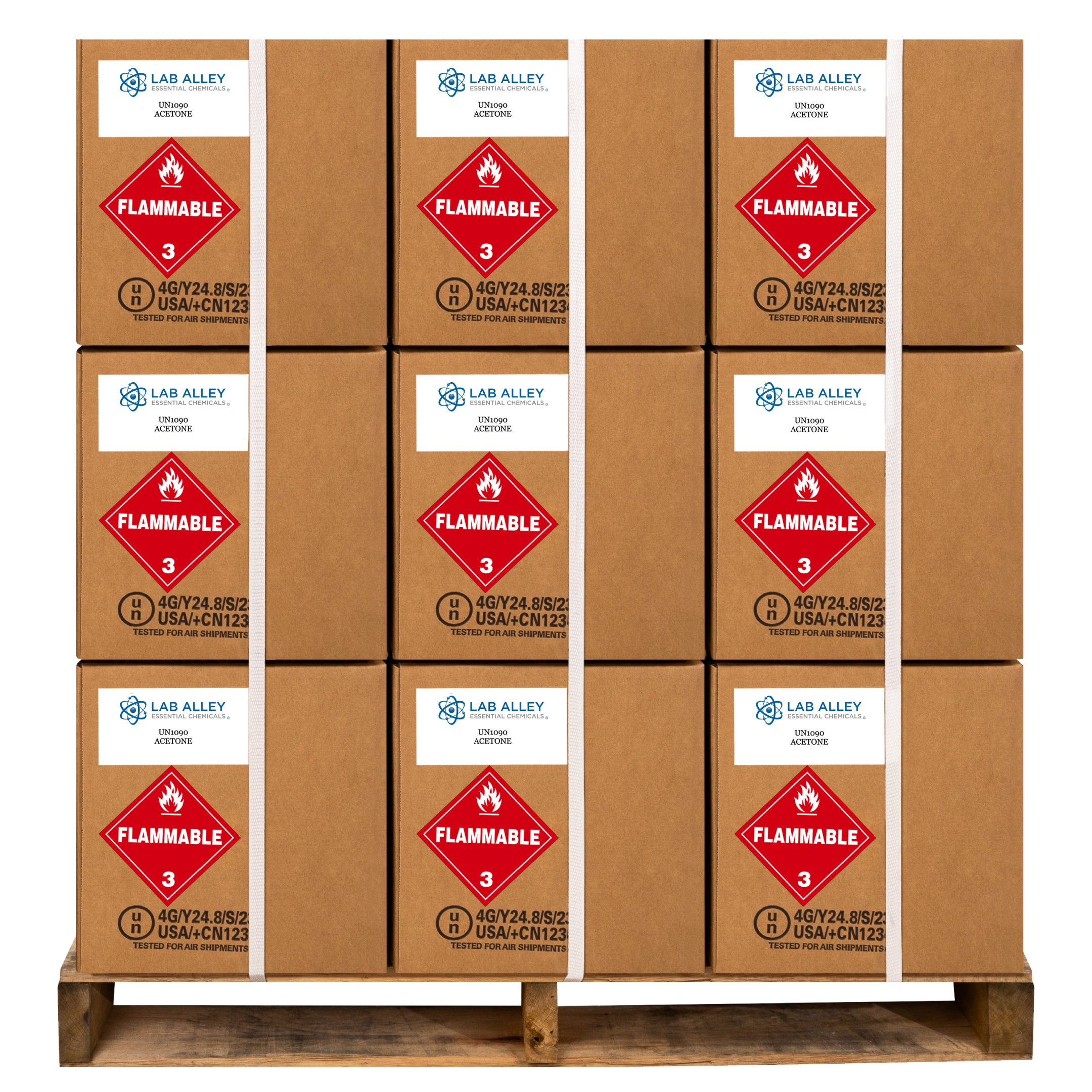

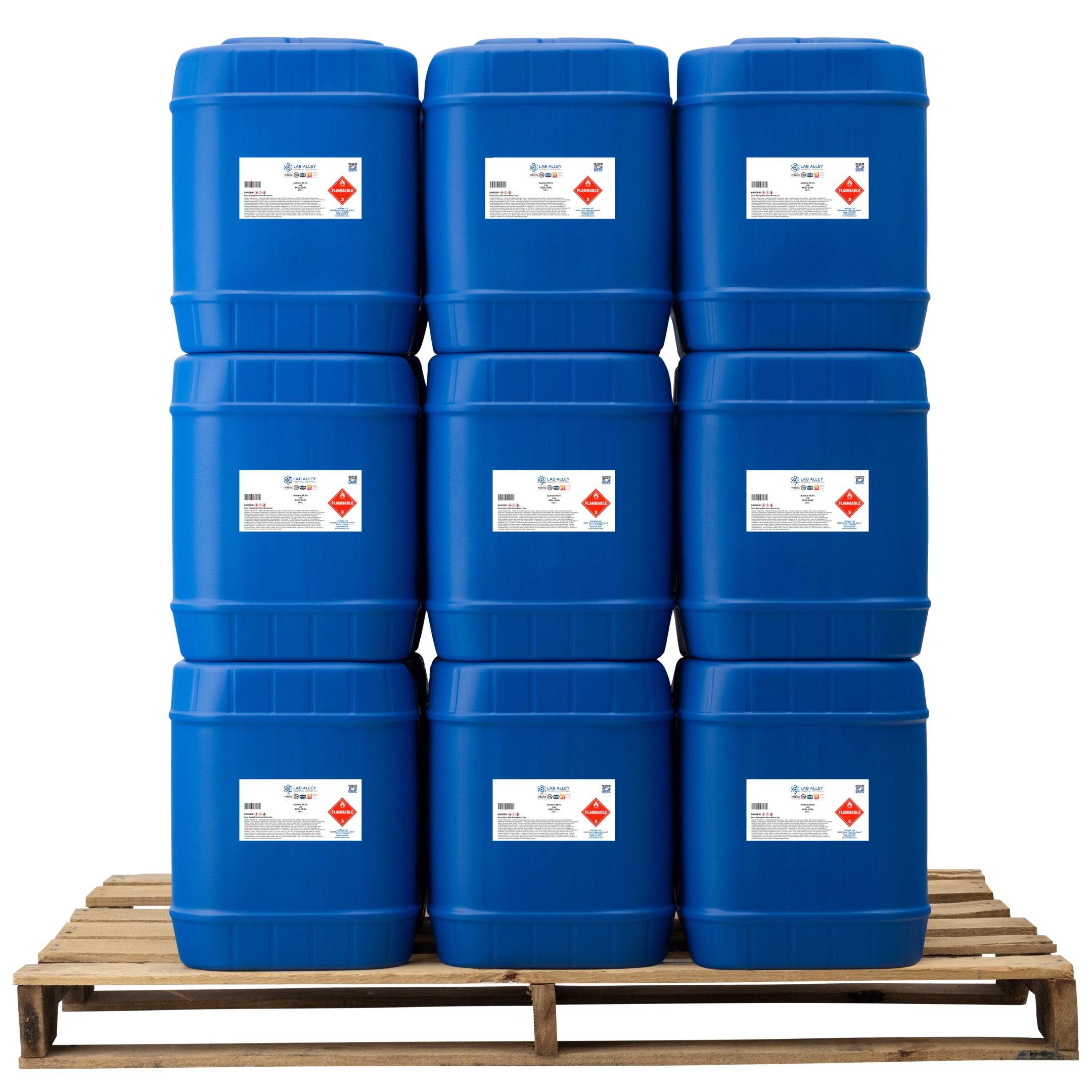
Acetone 99.5% Lab Grade
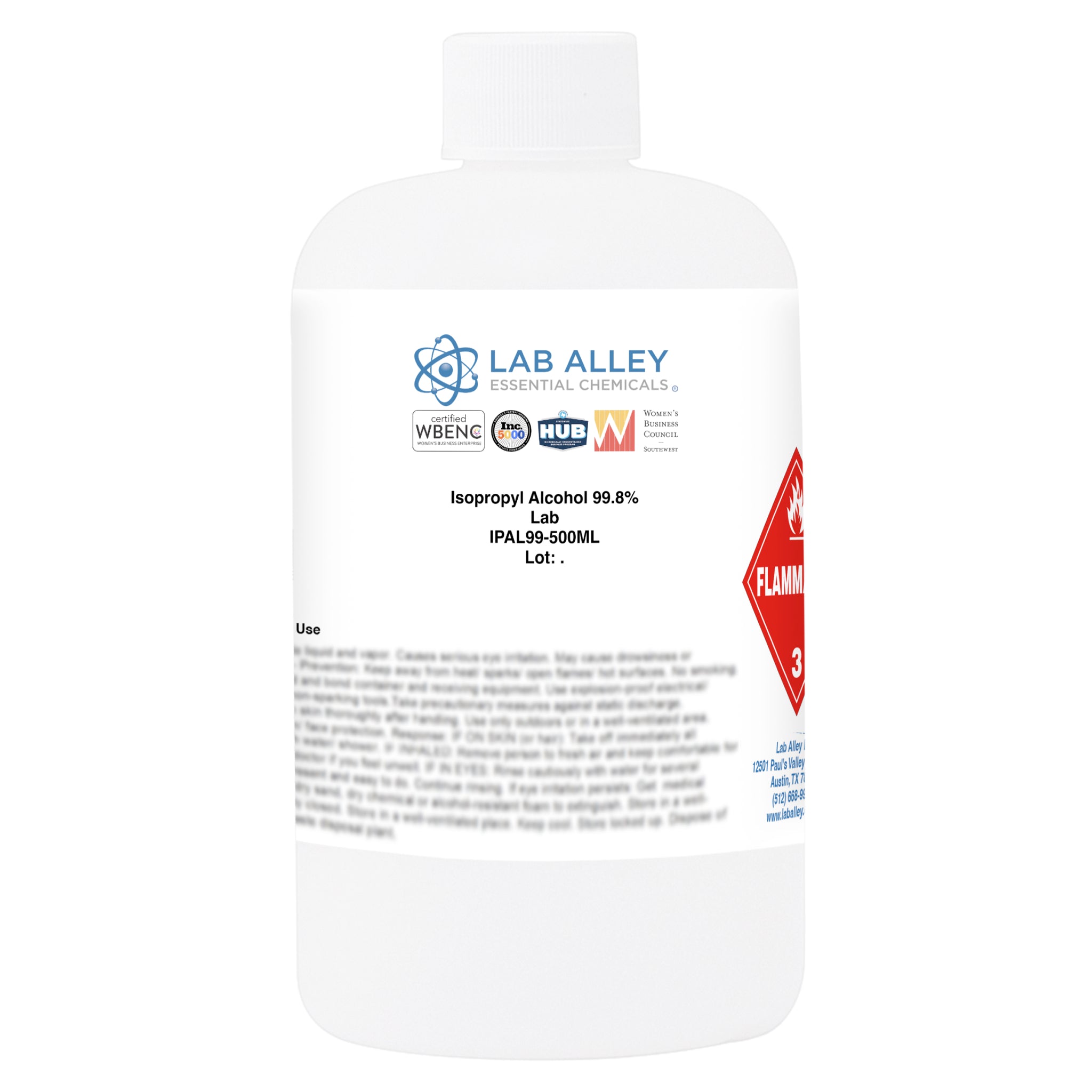
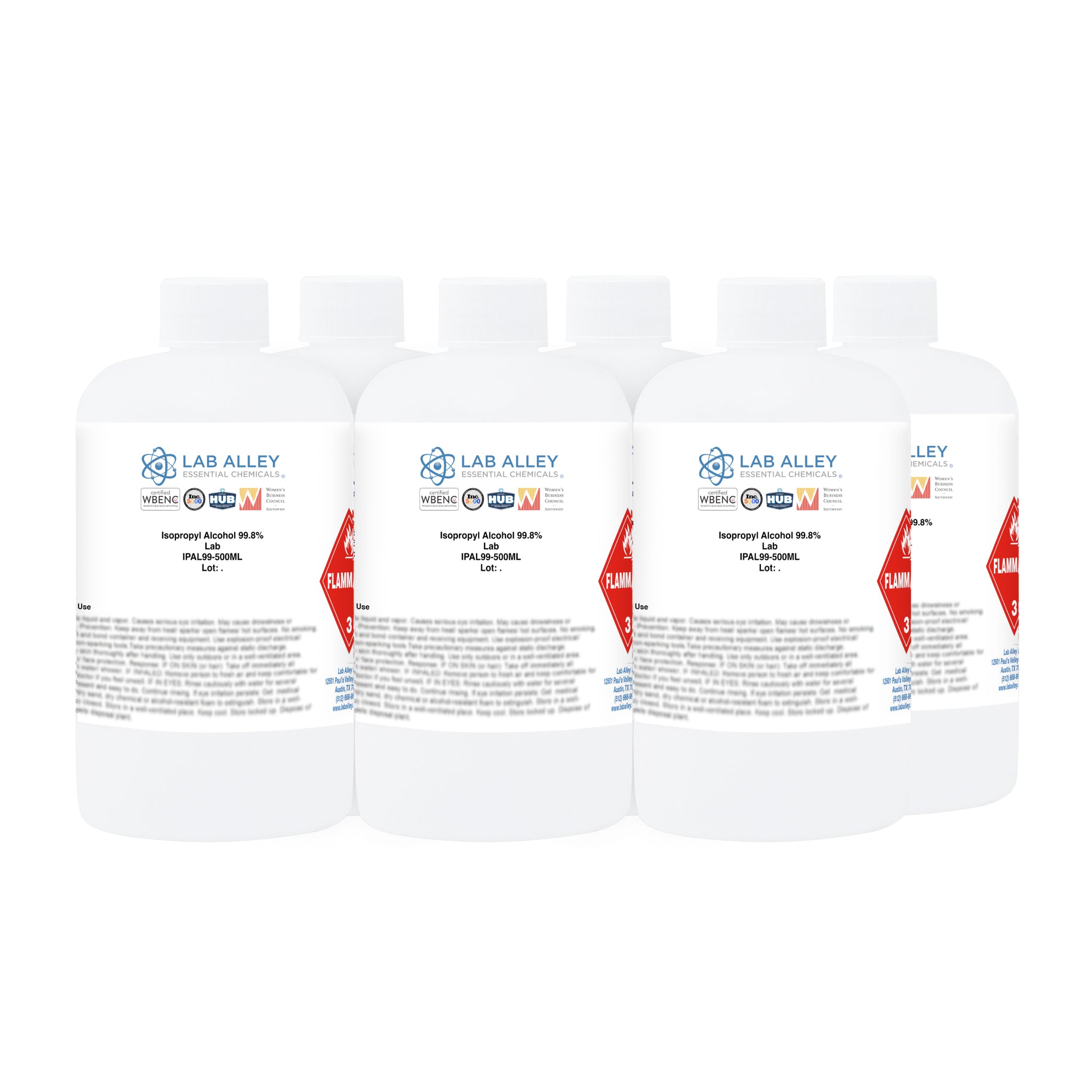
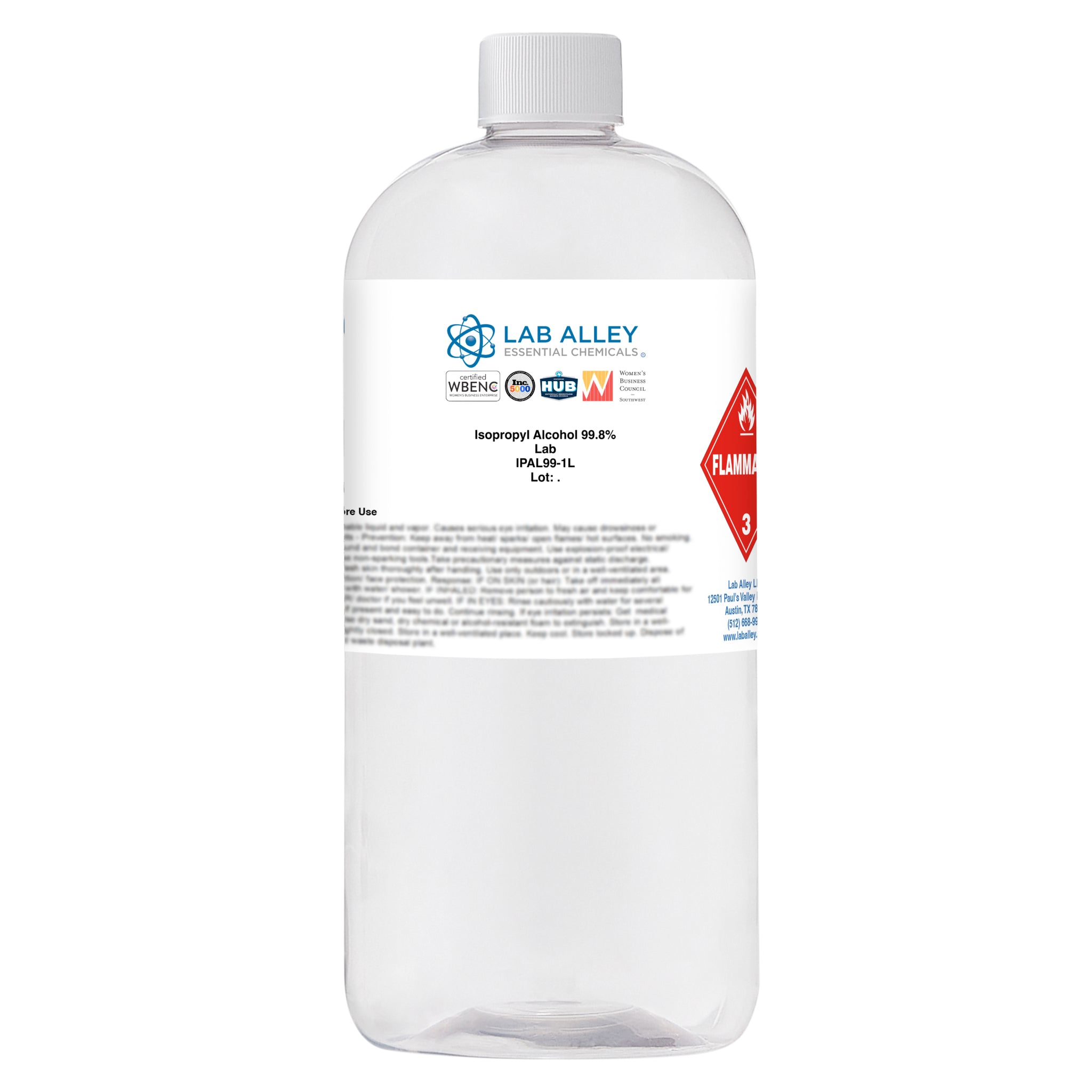

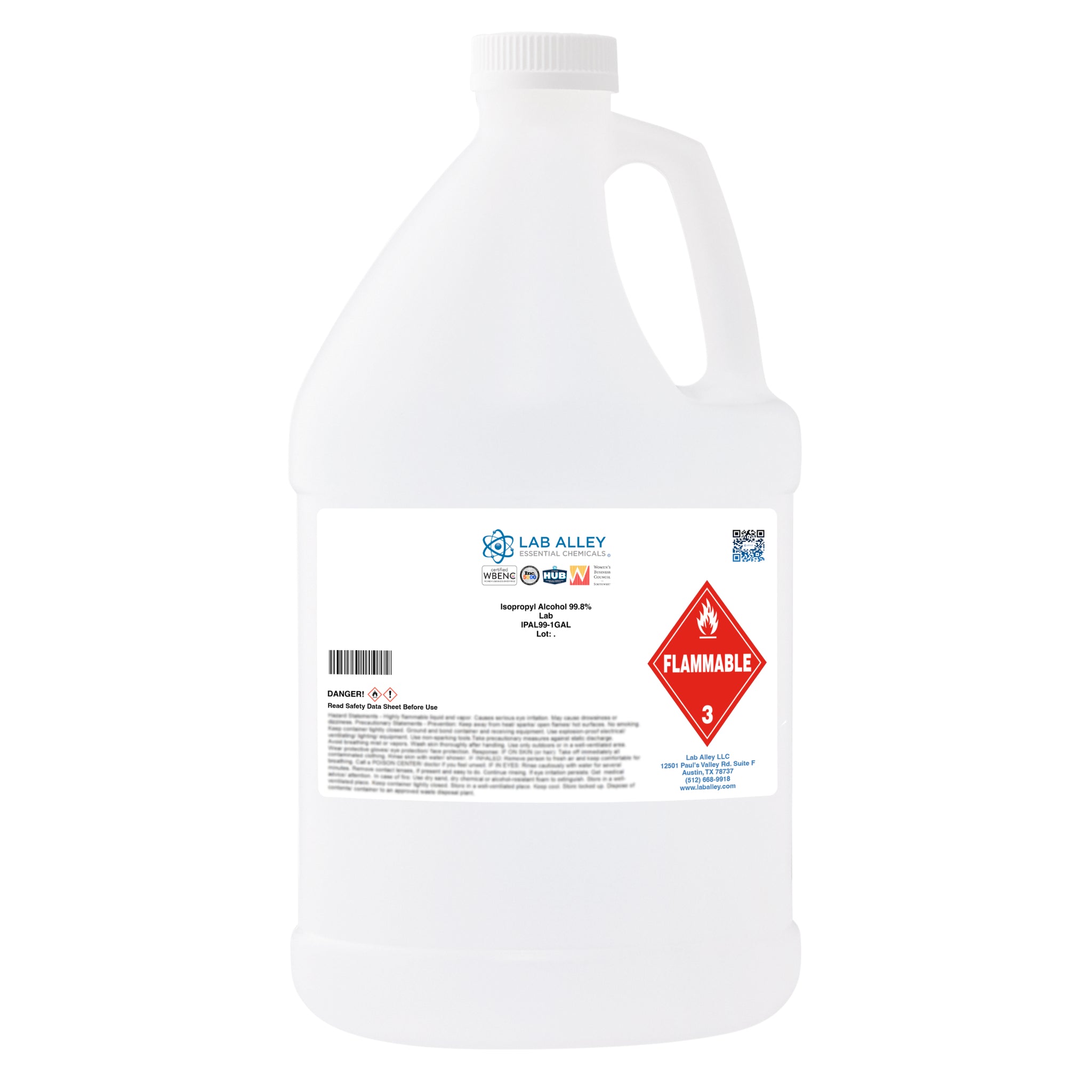
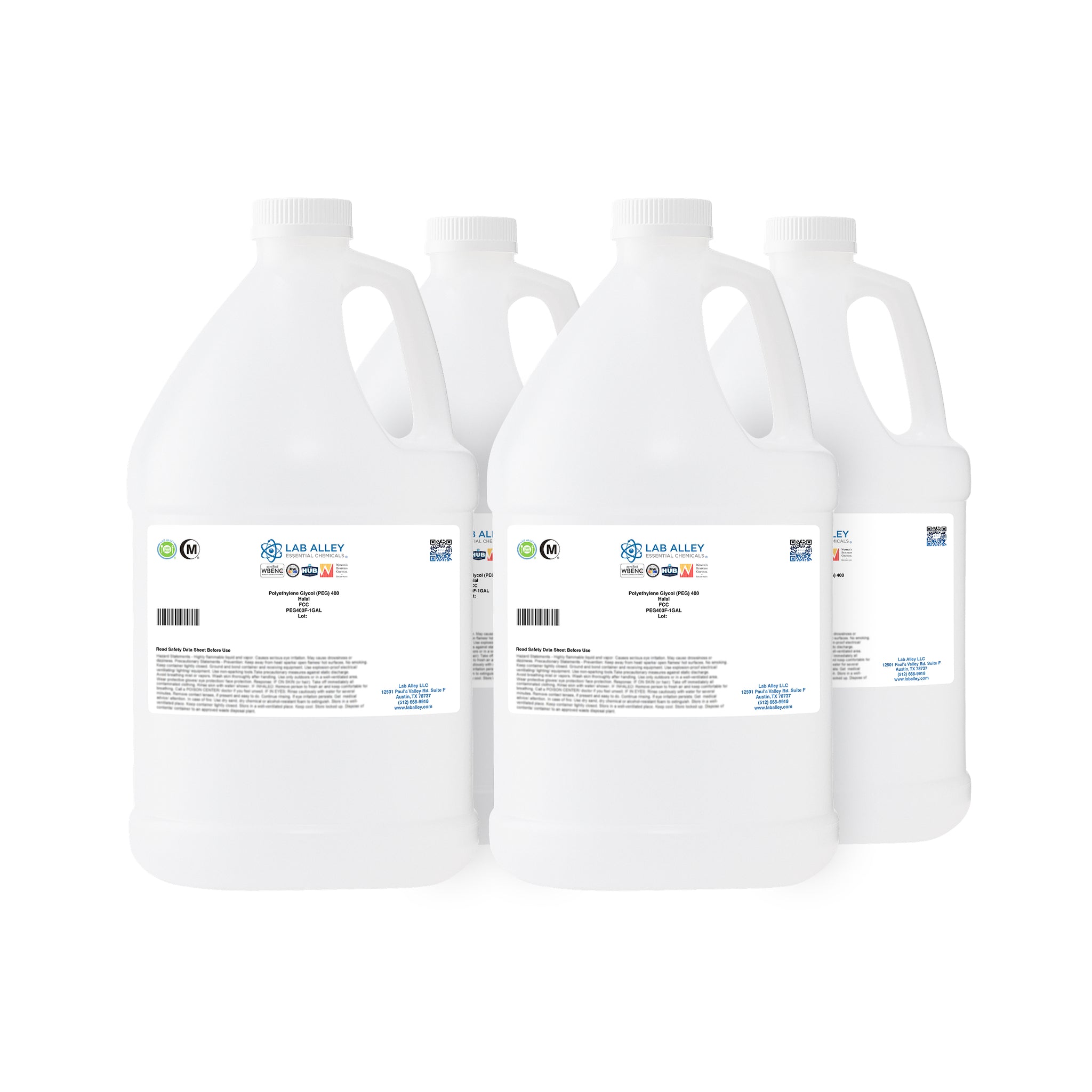

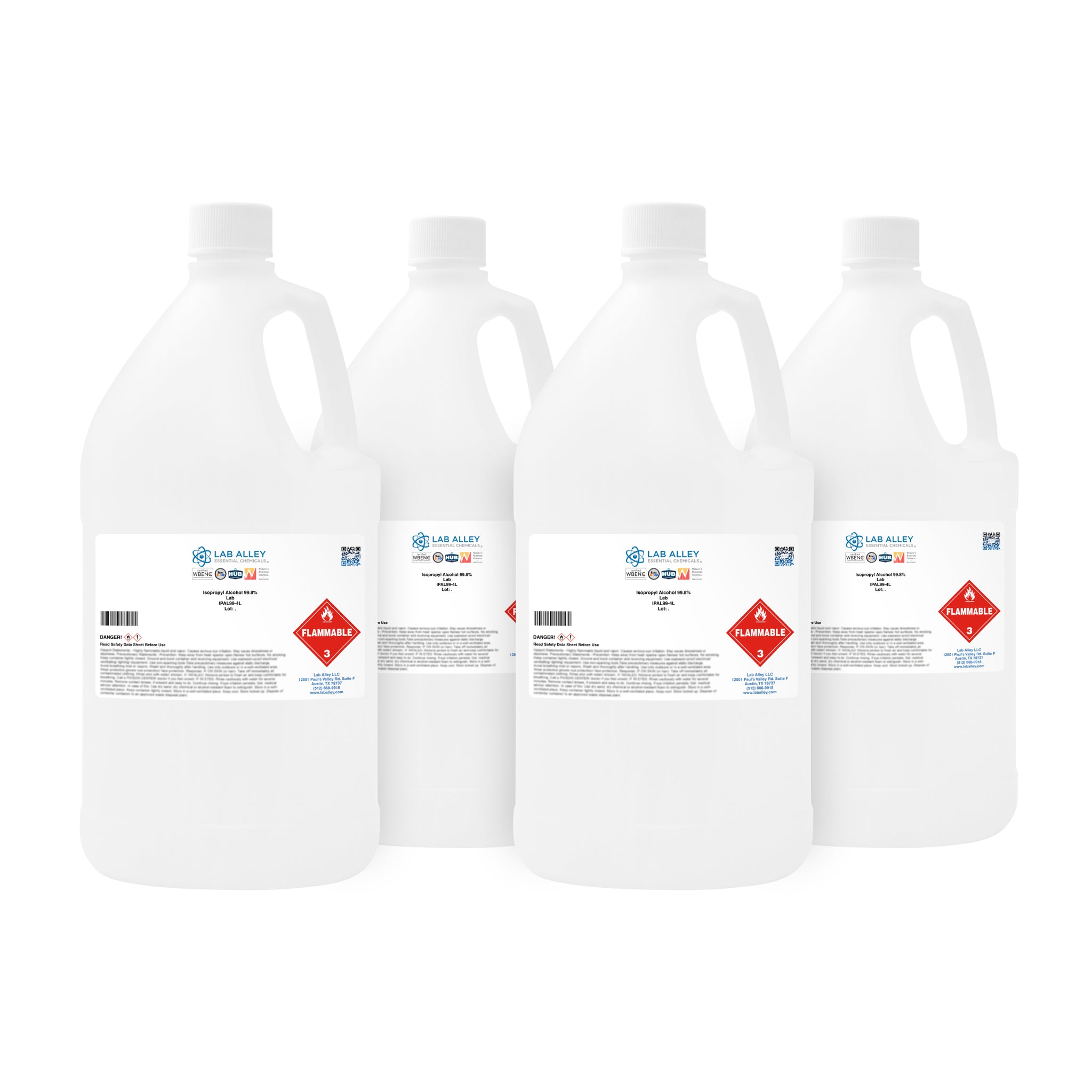
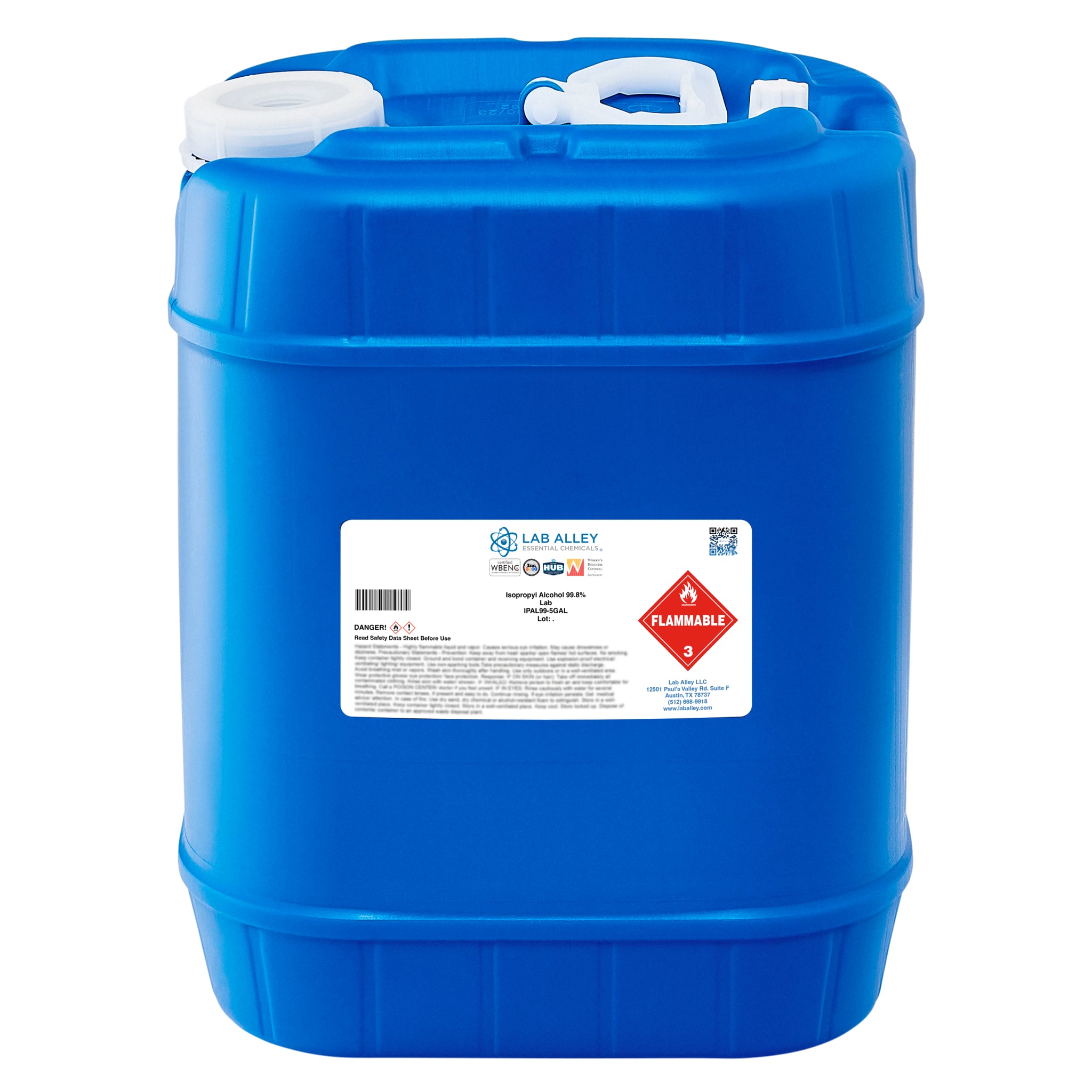

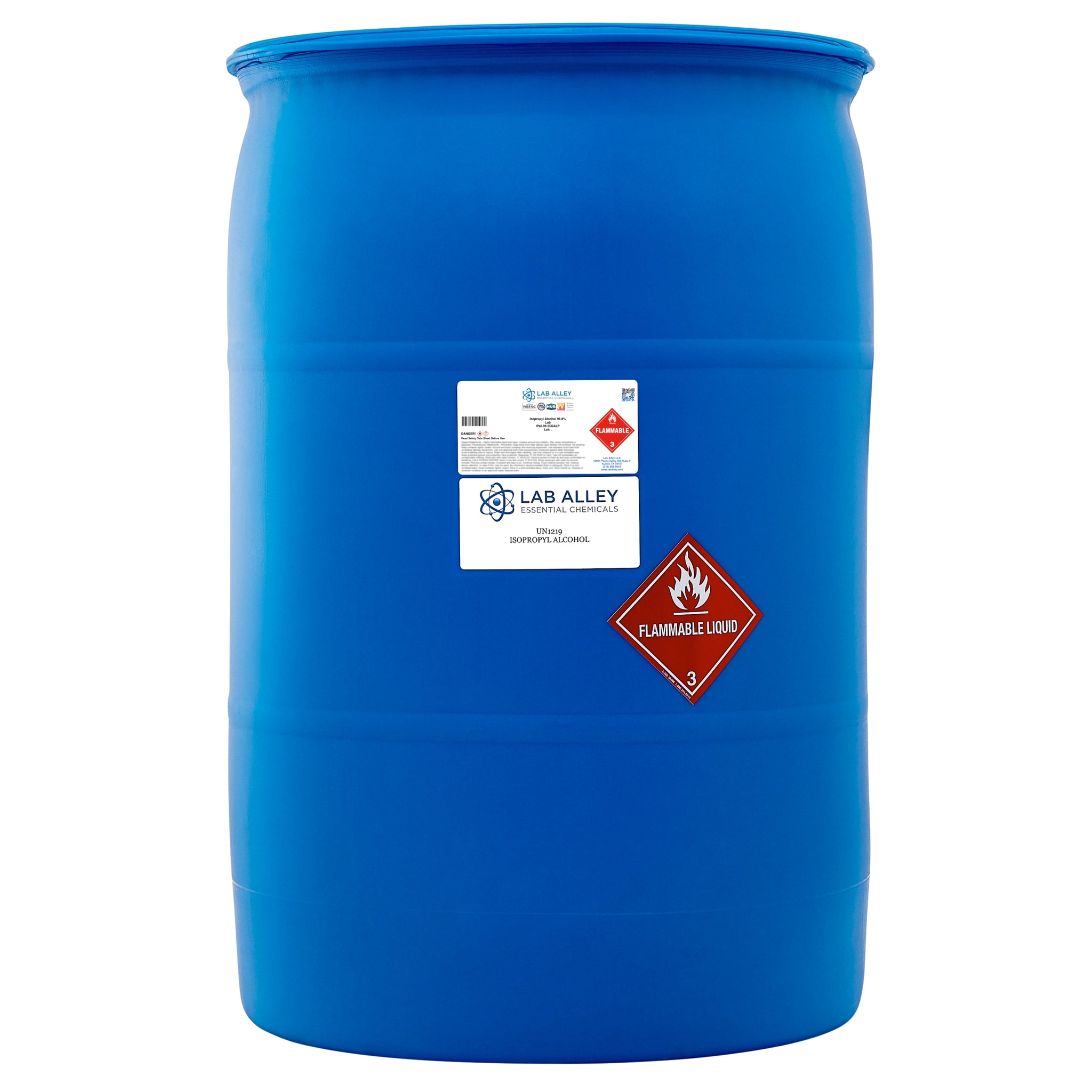
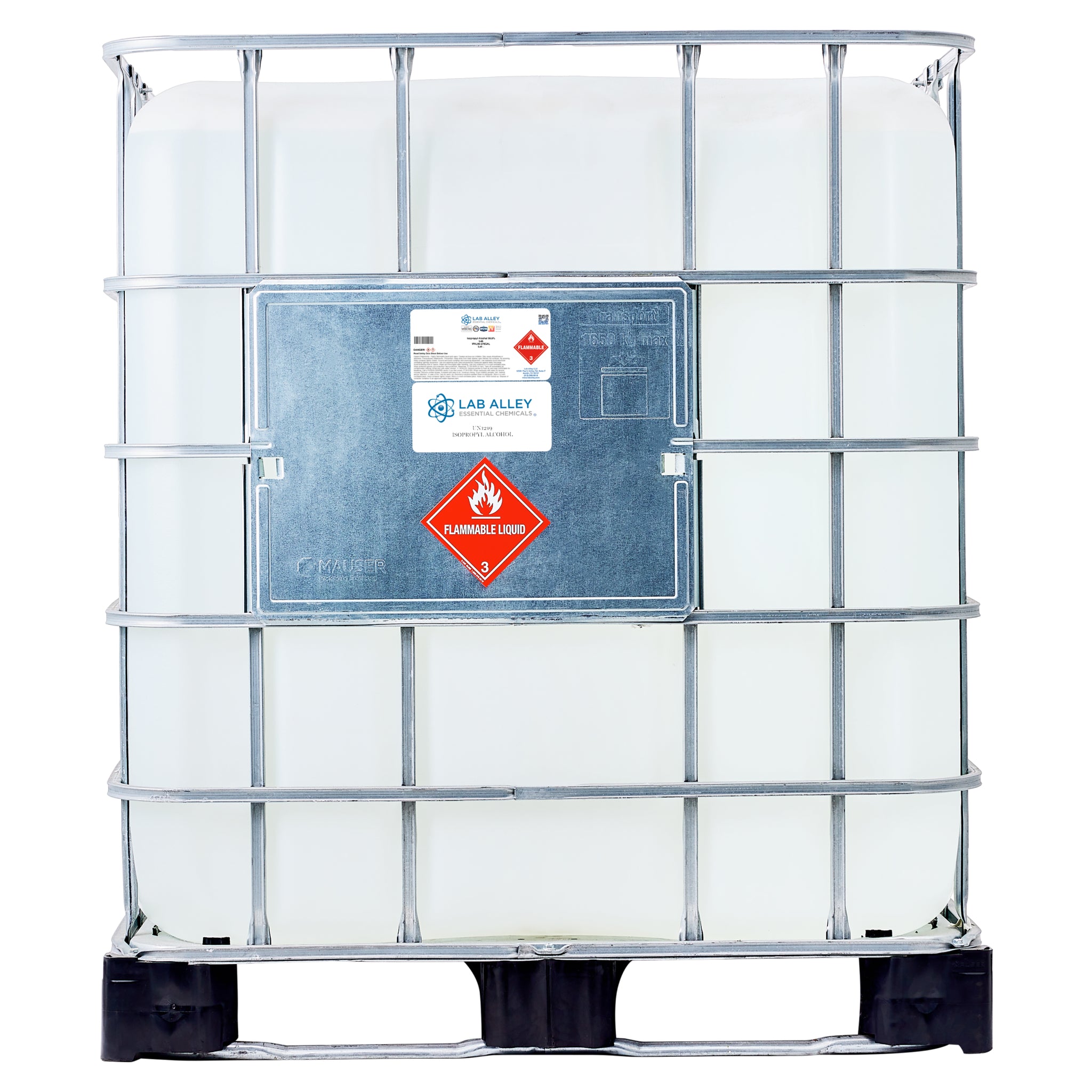
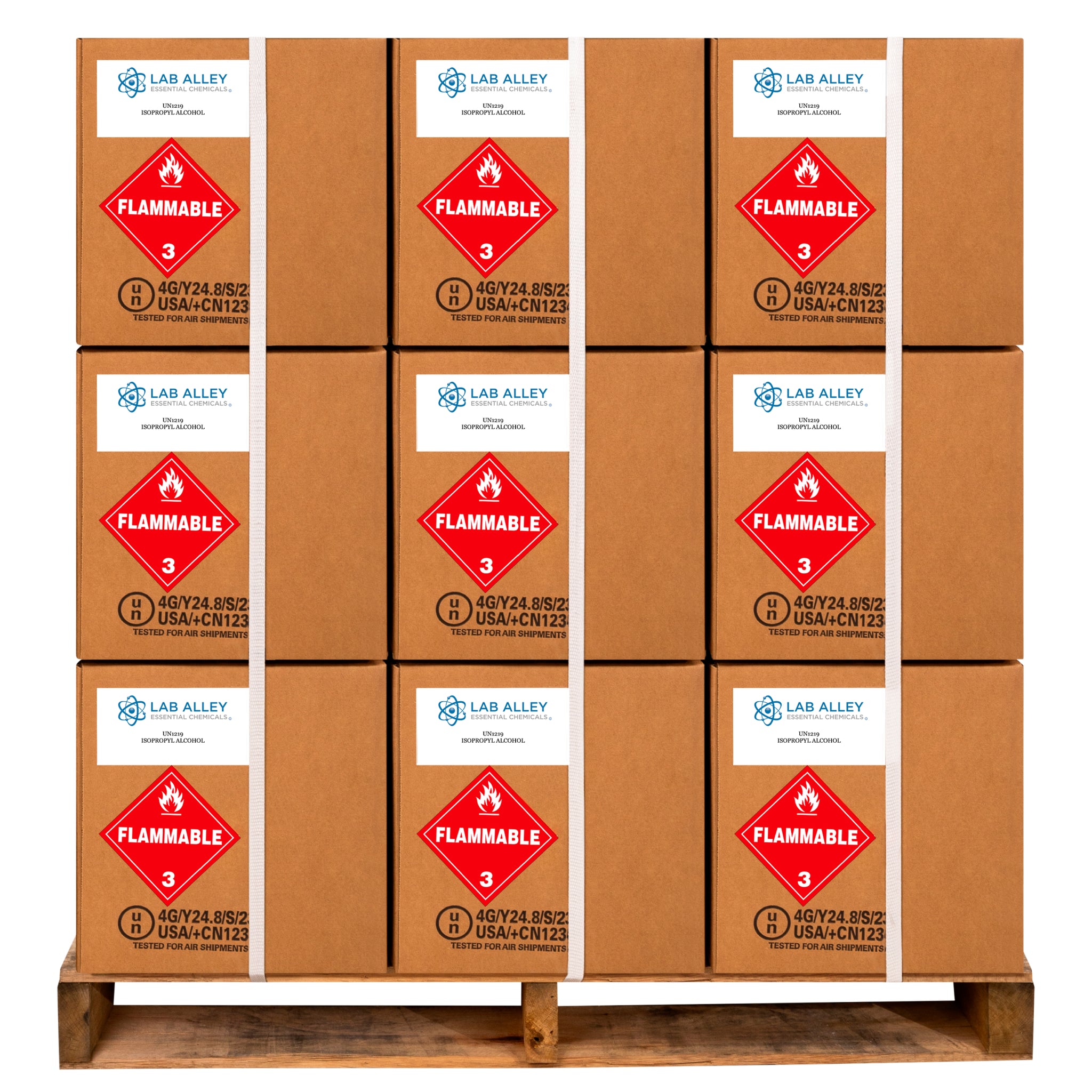


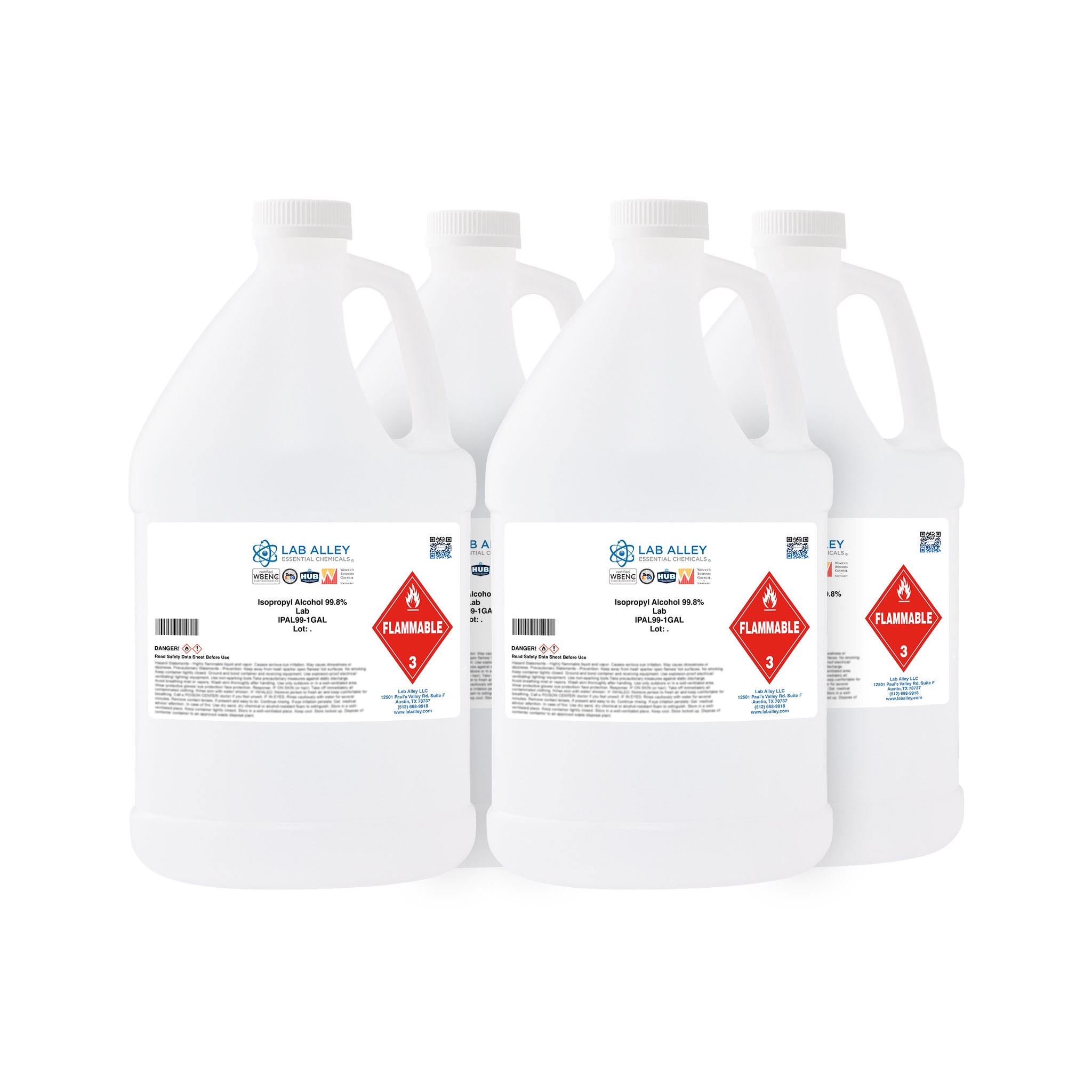
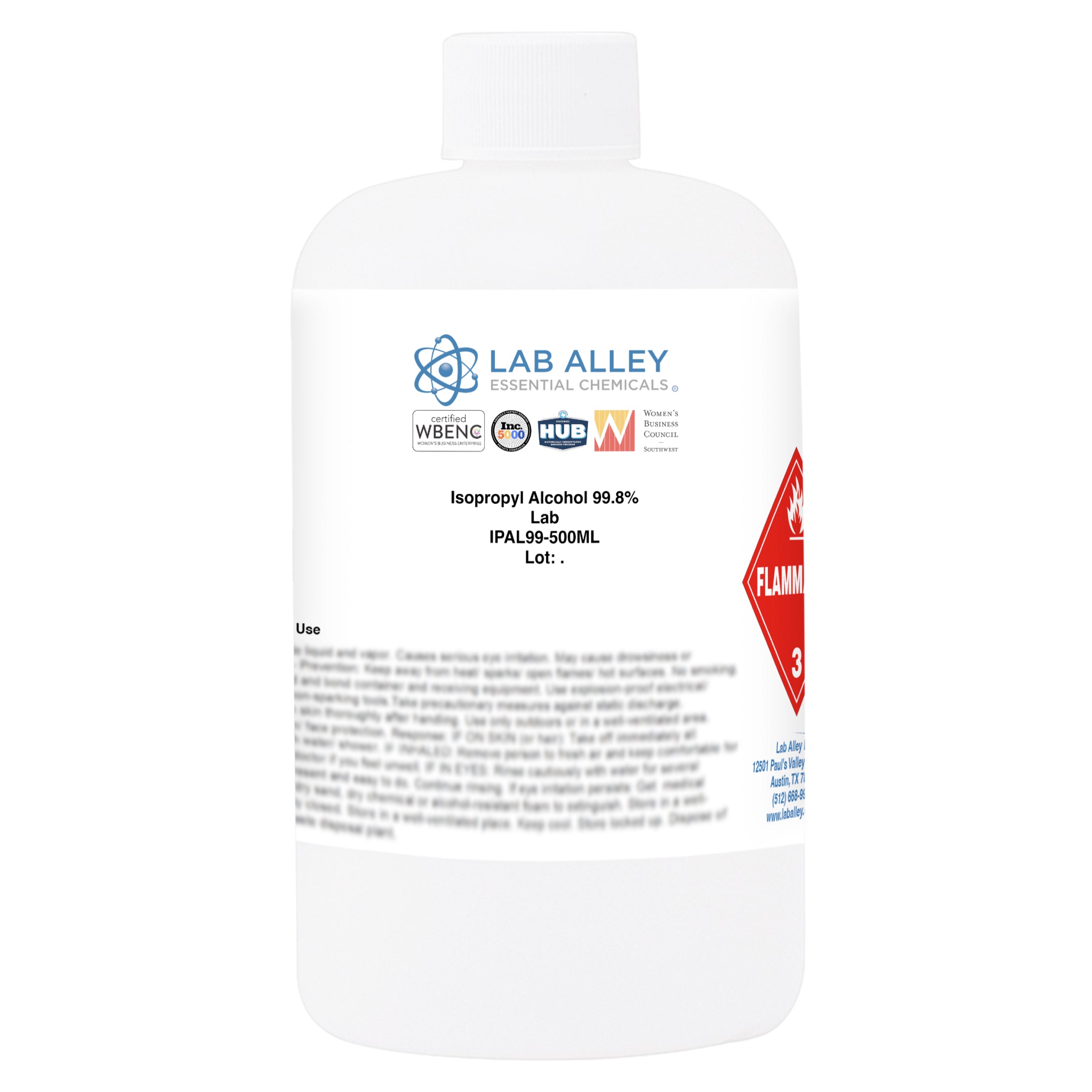
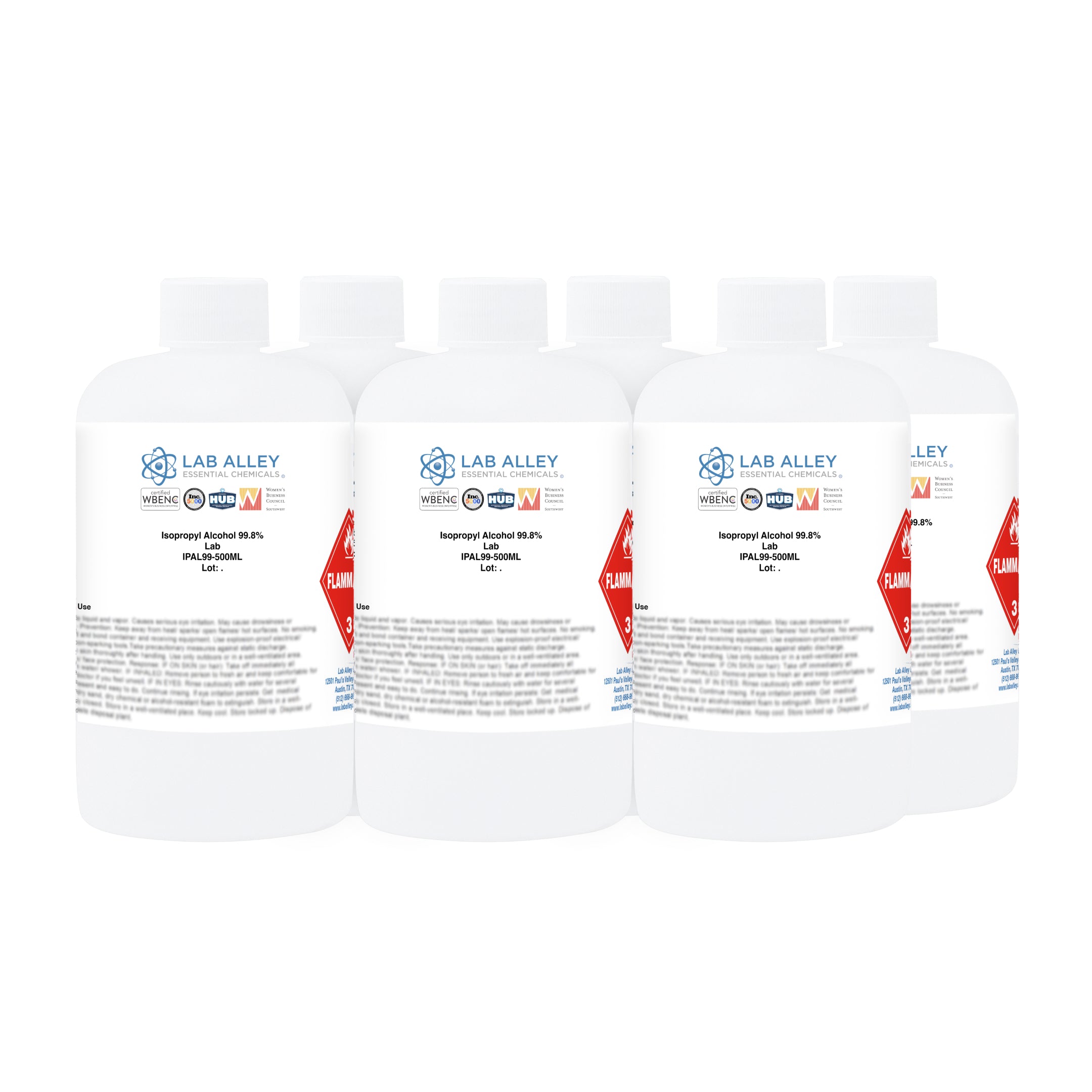
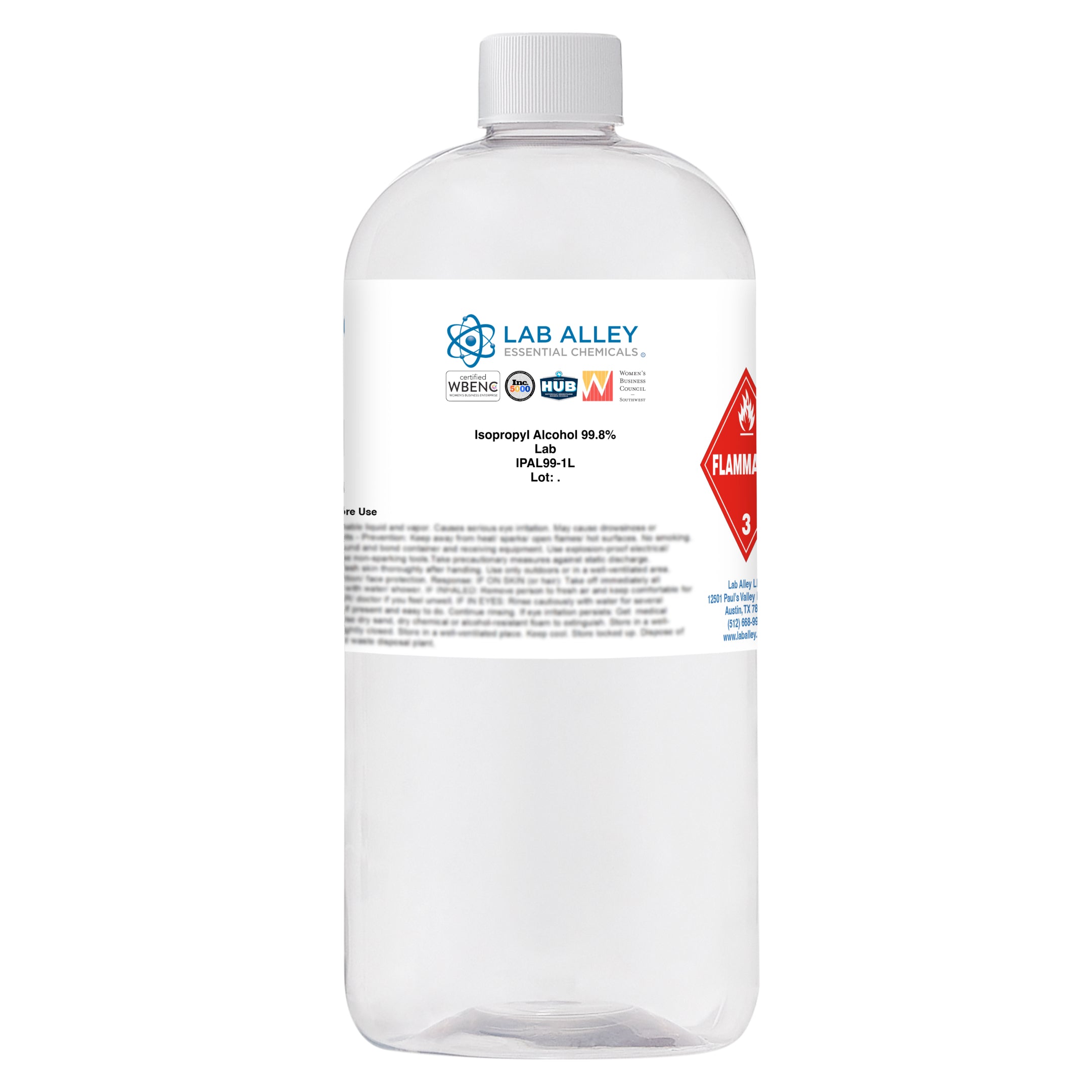
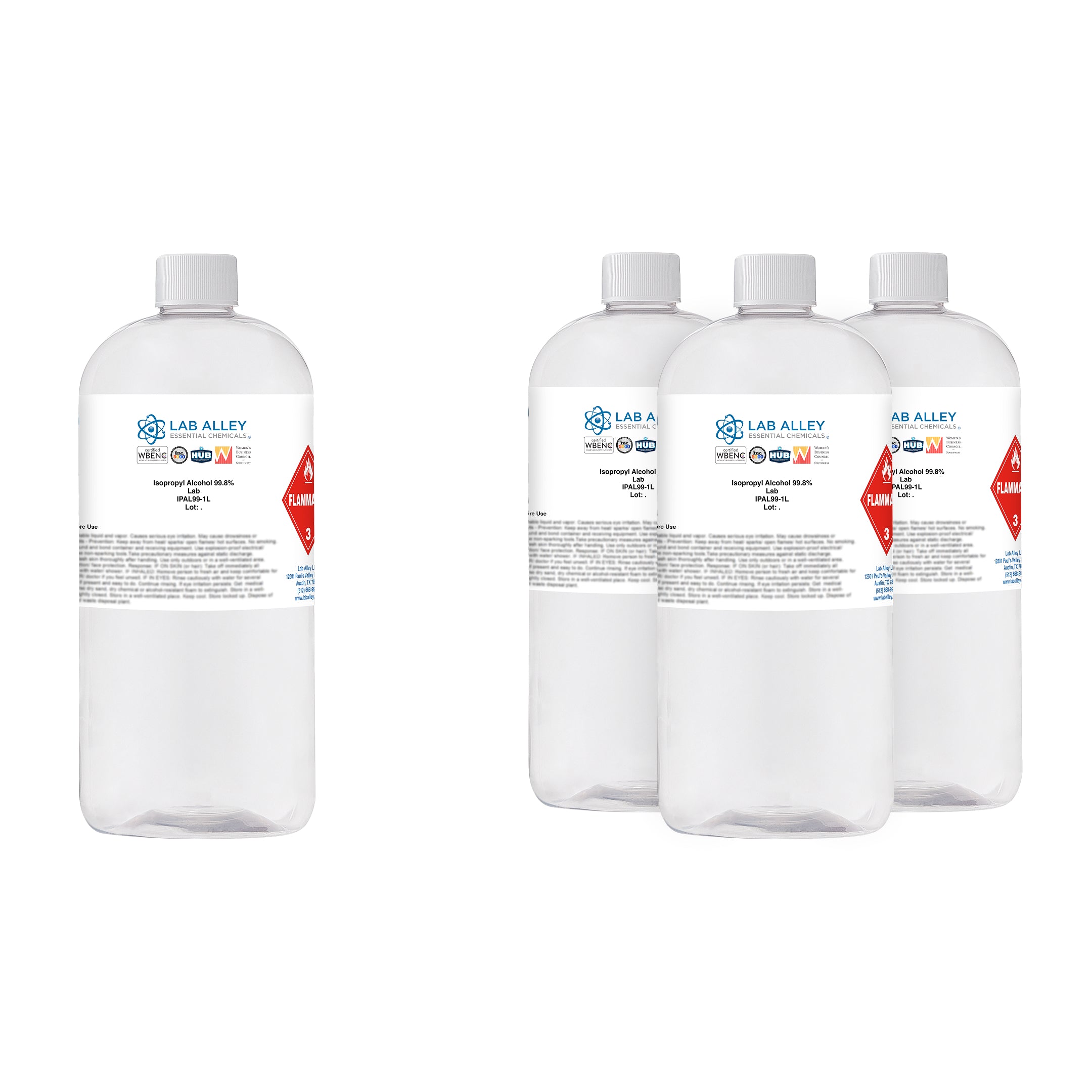
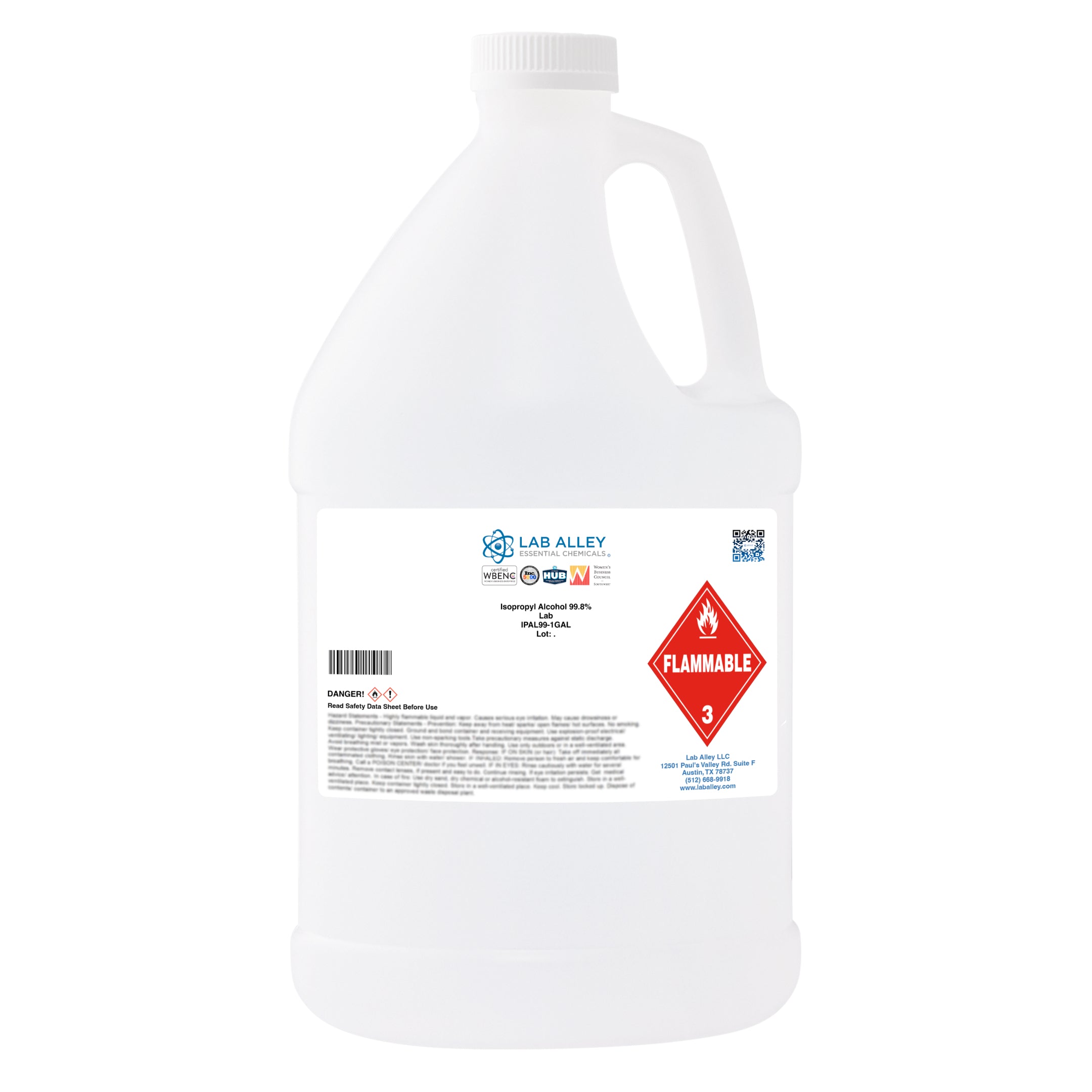

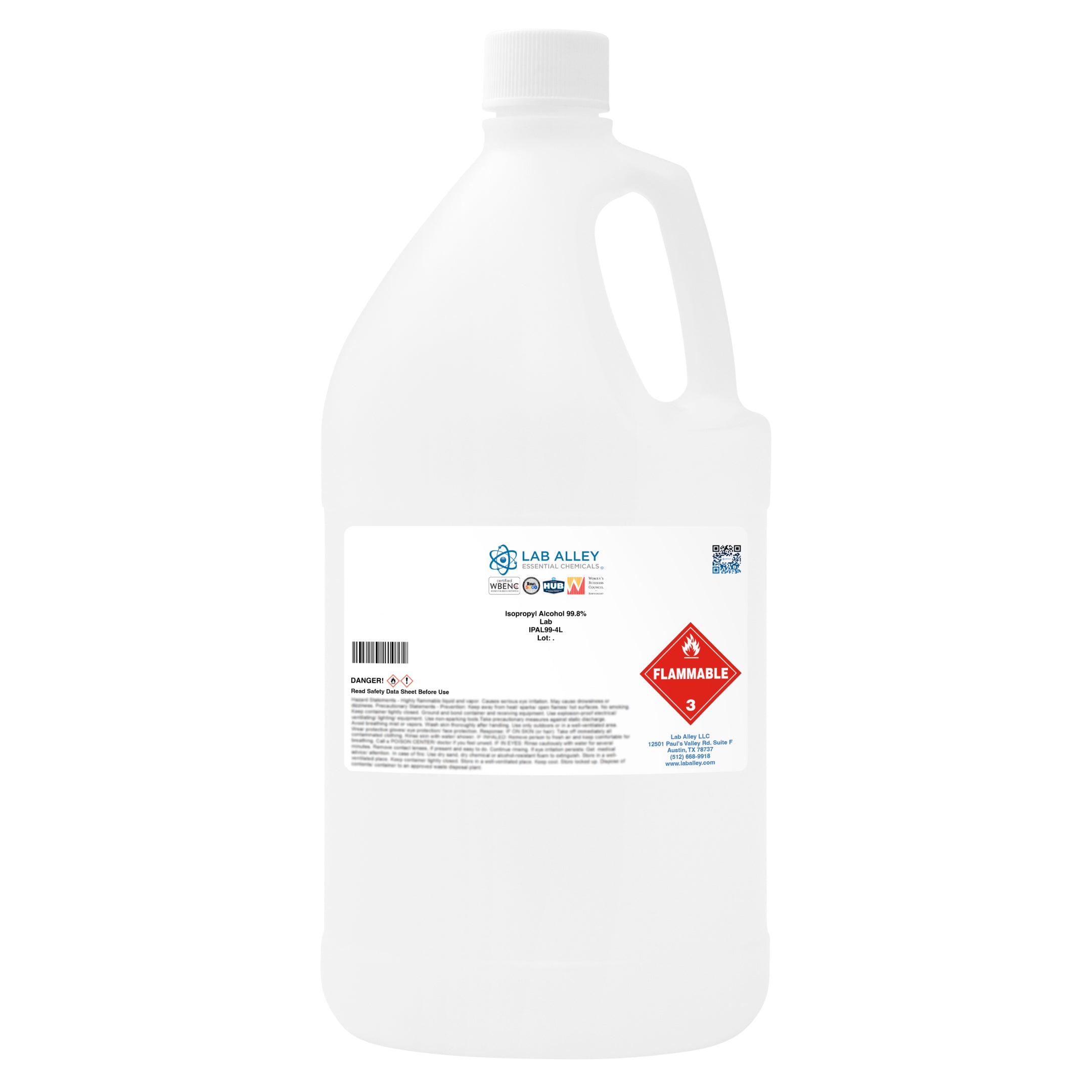
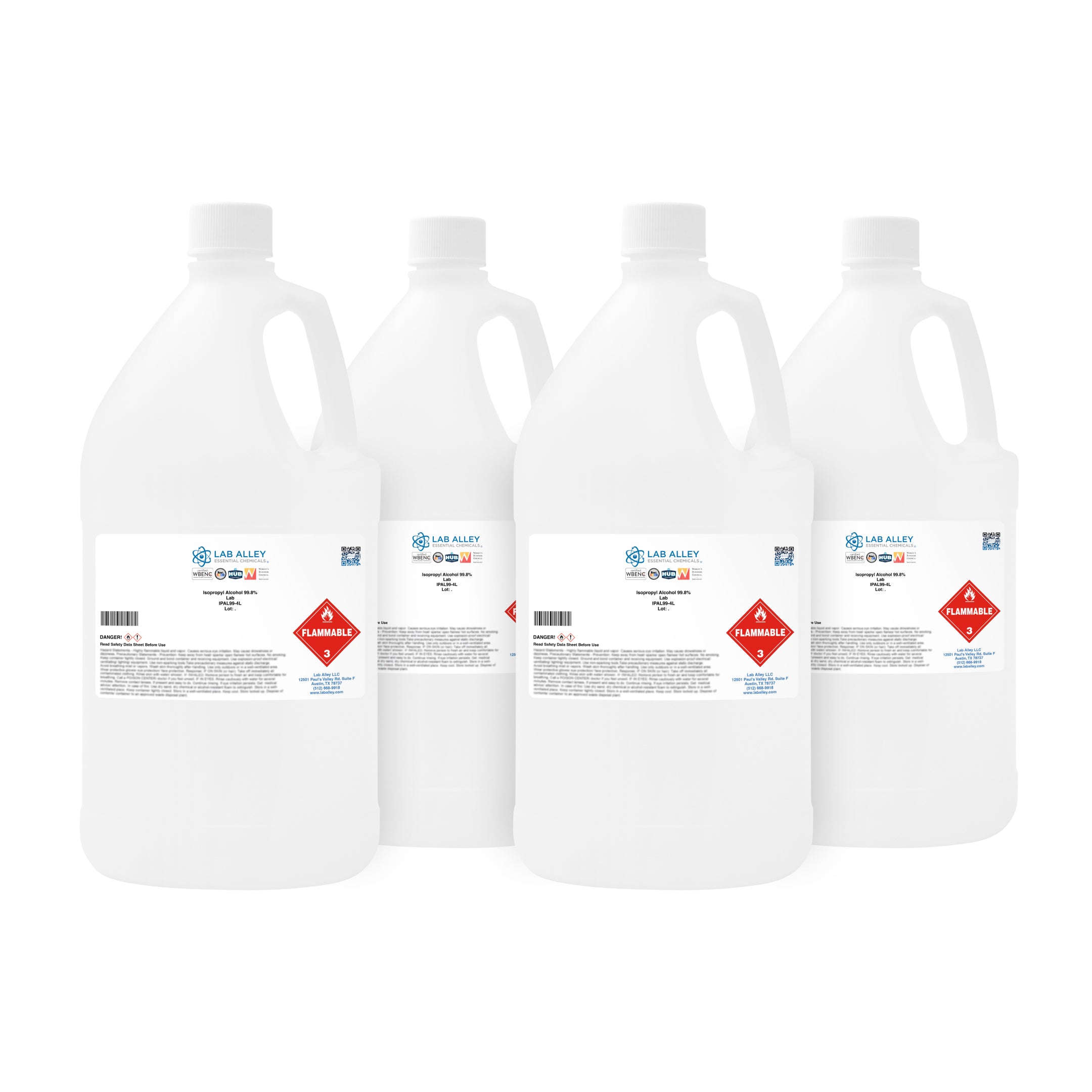



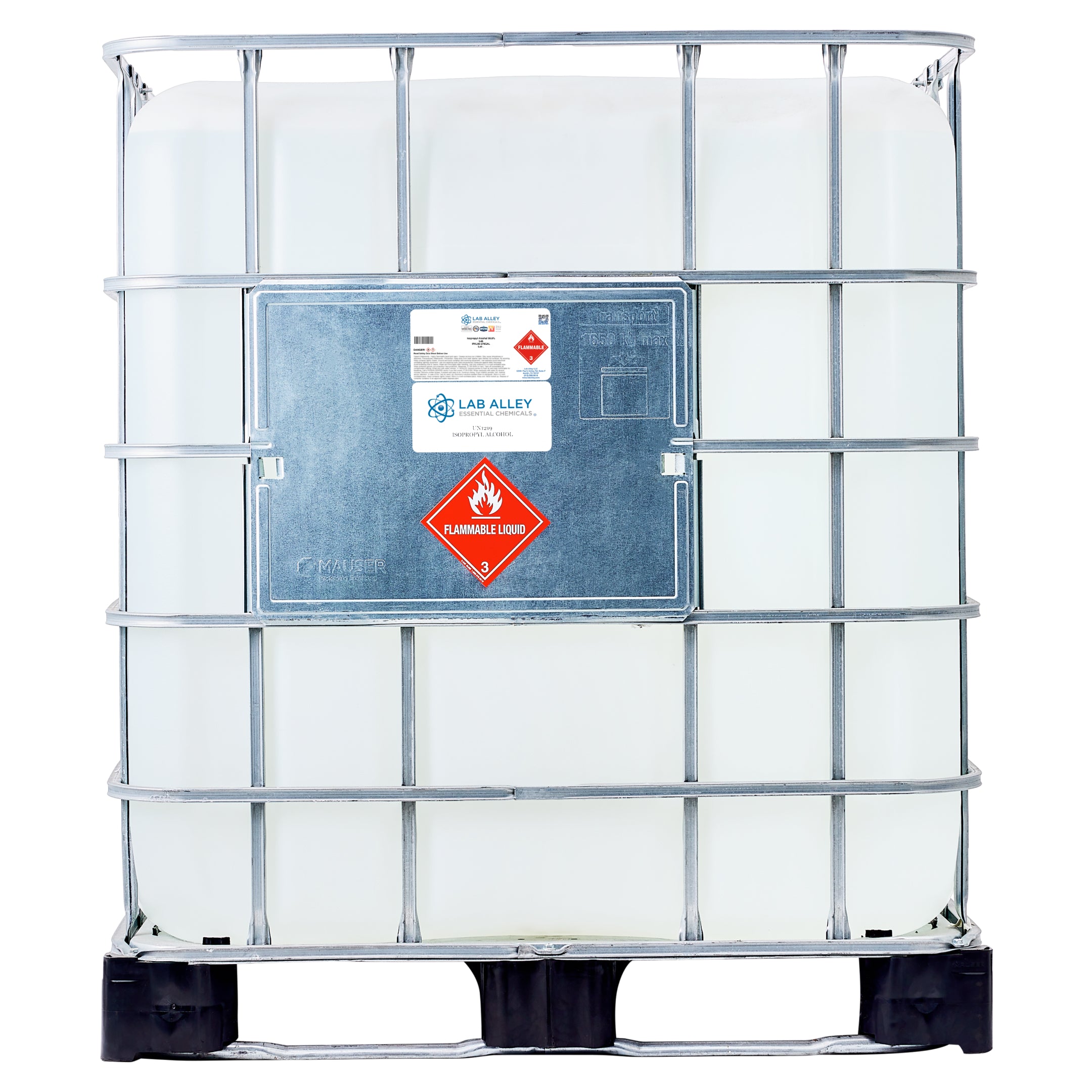
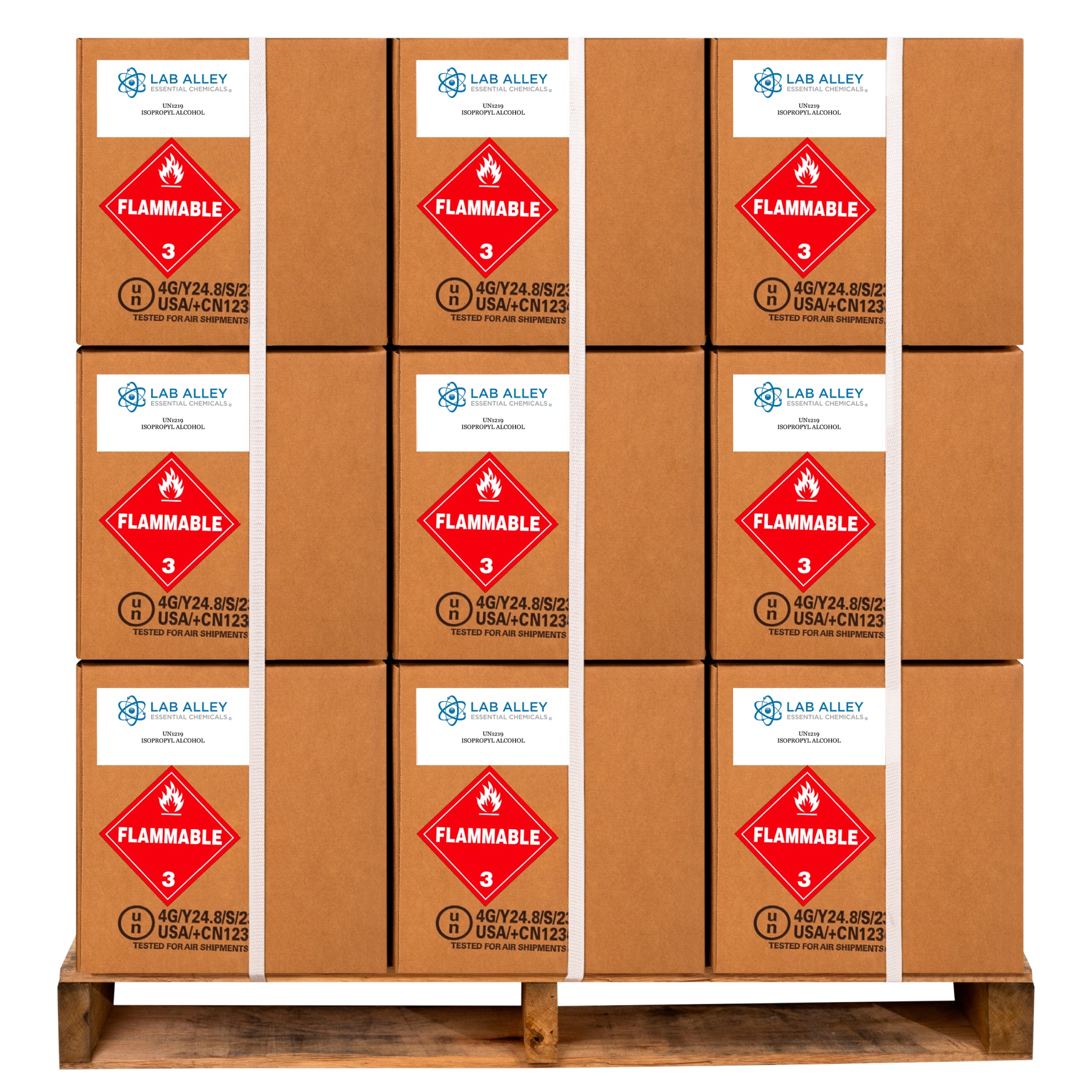
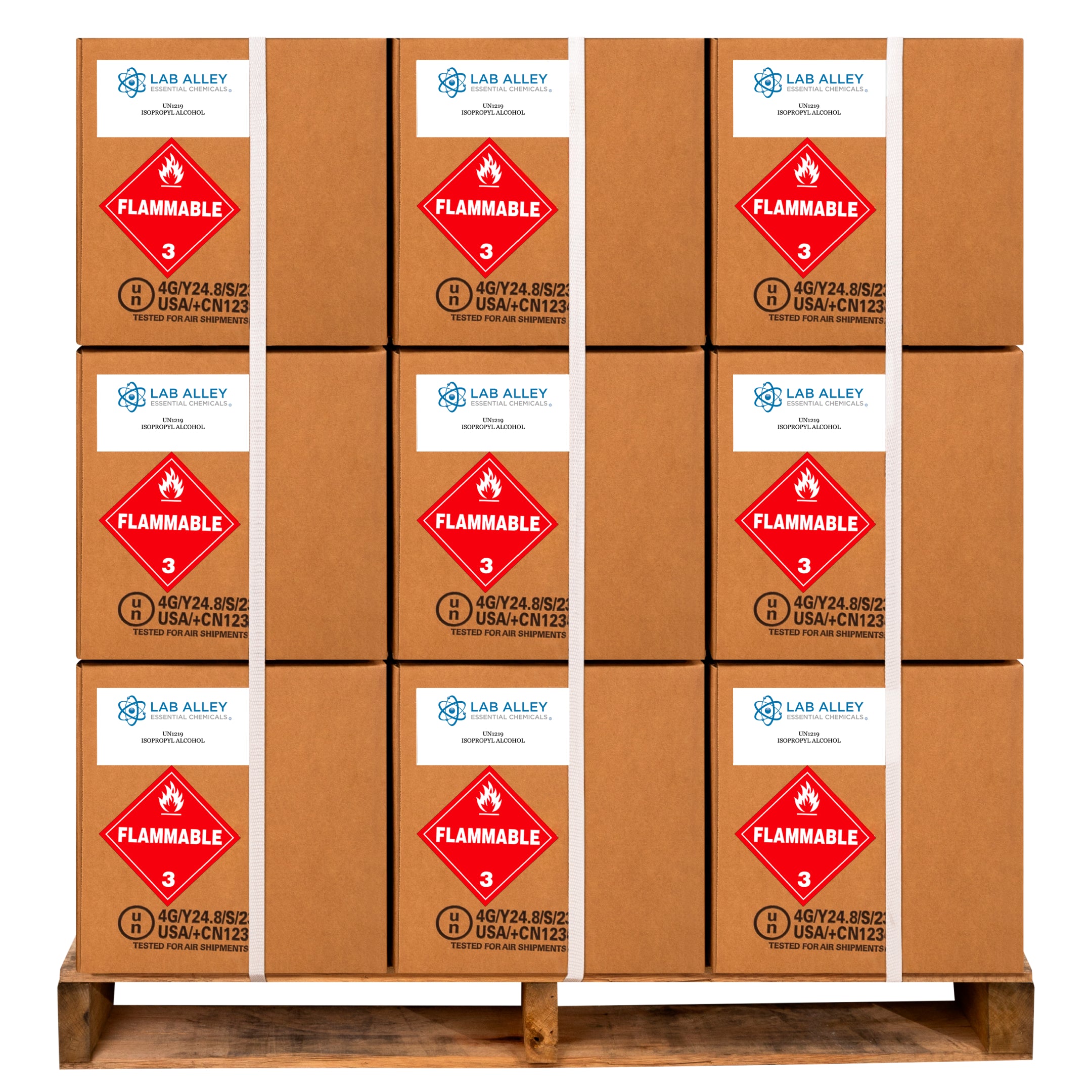
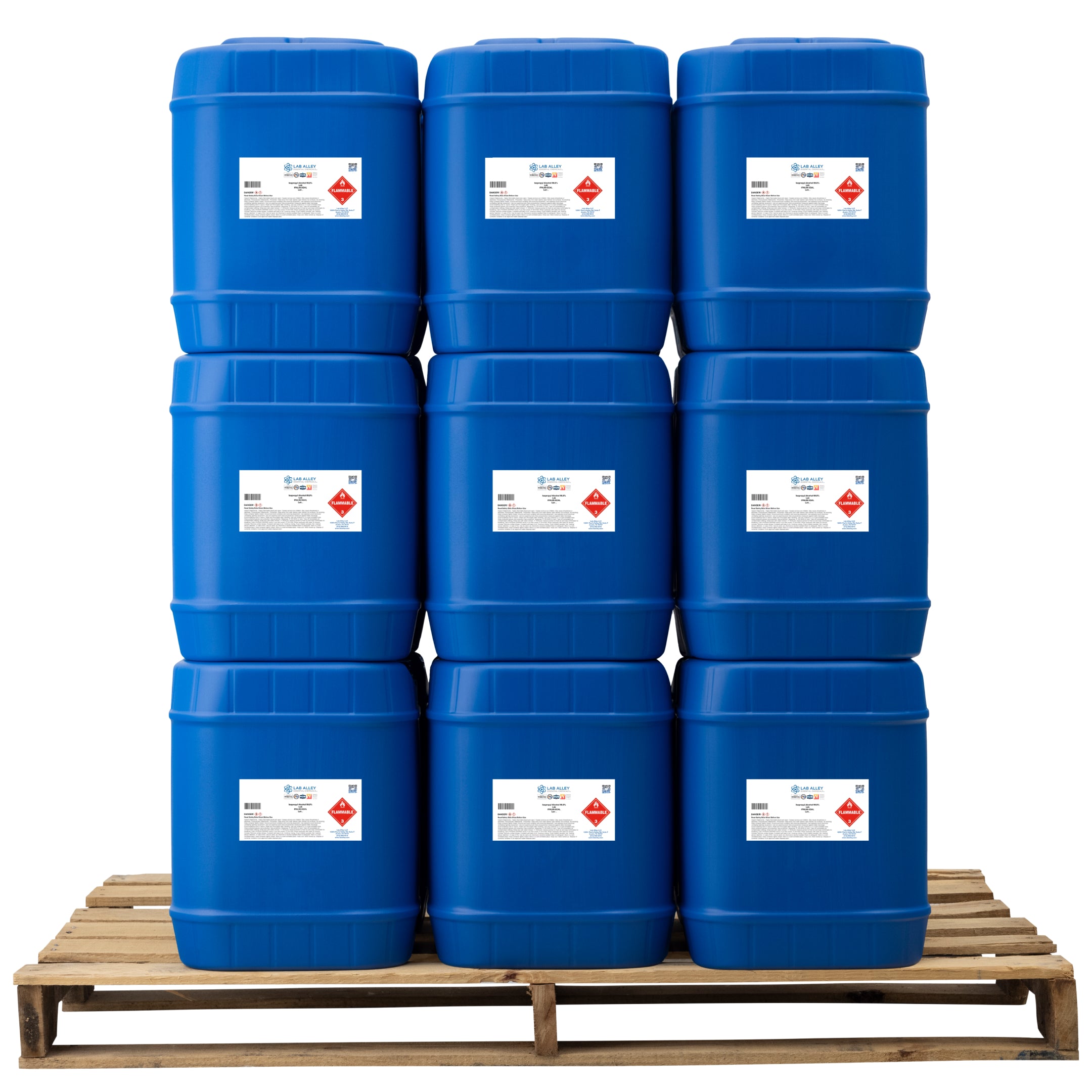
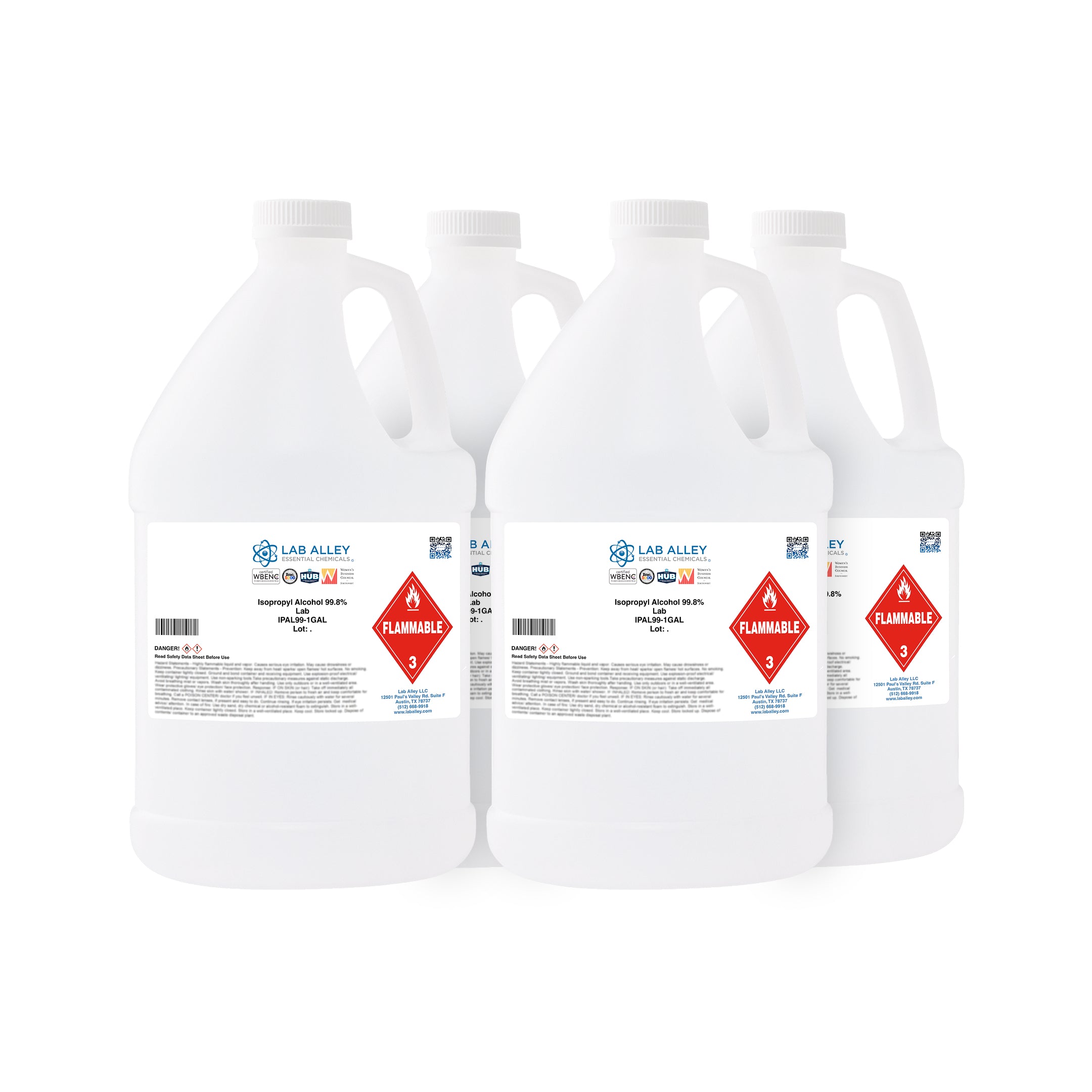
Isopropyl Alcohol 99.8% Lab Grade
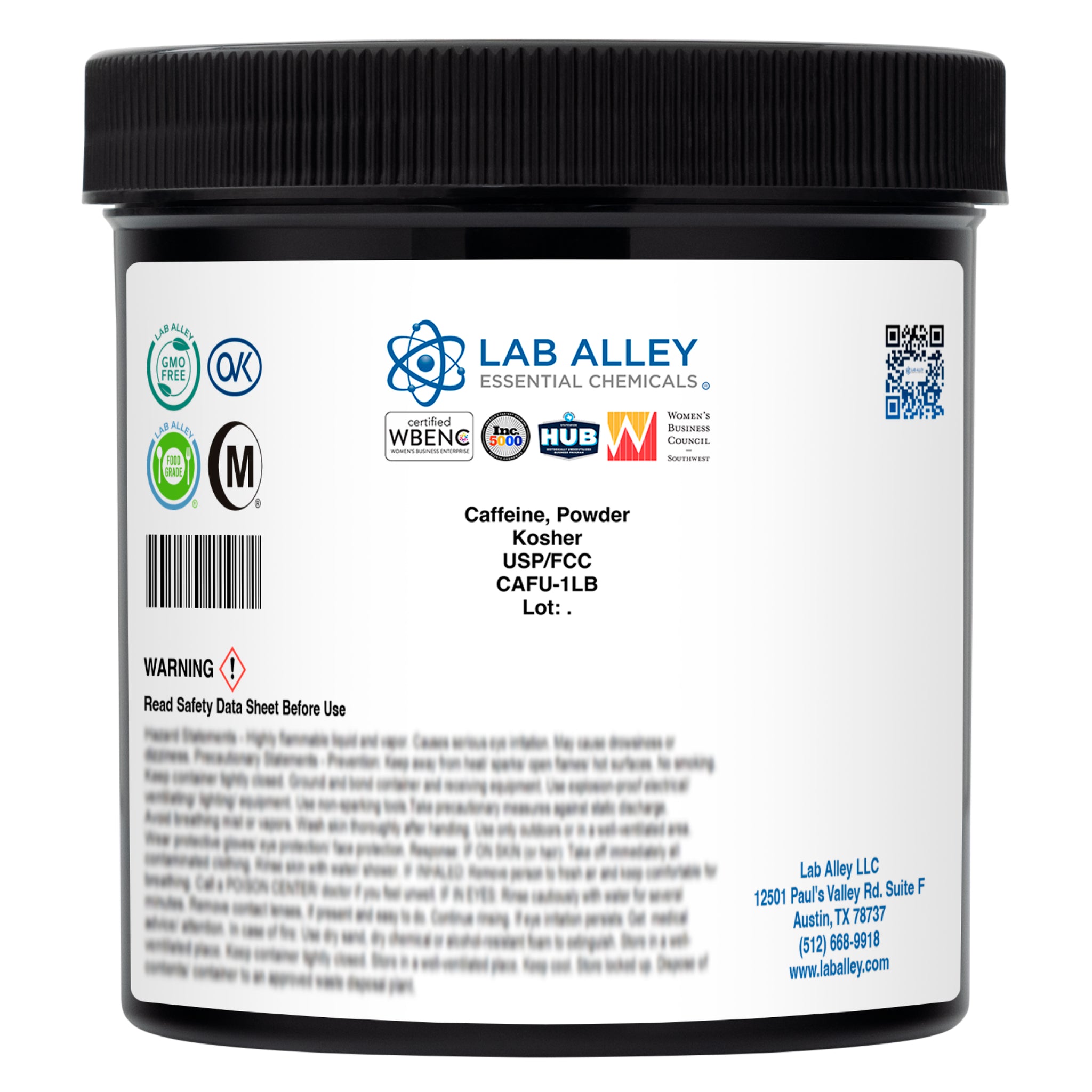
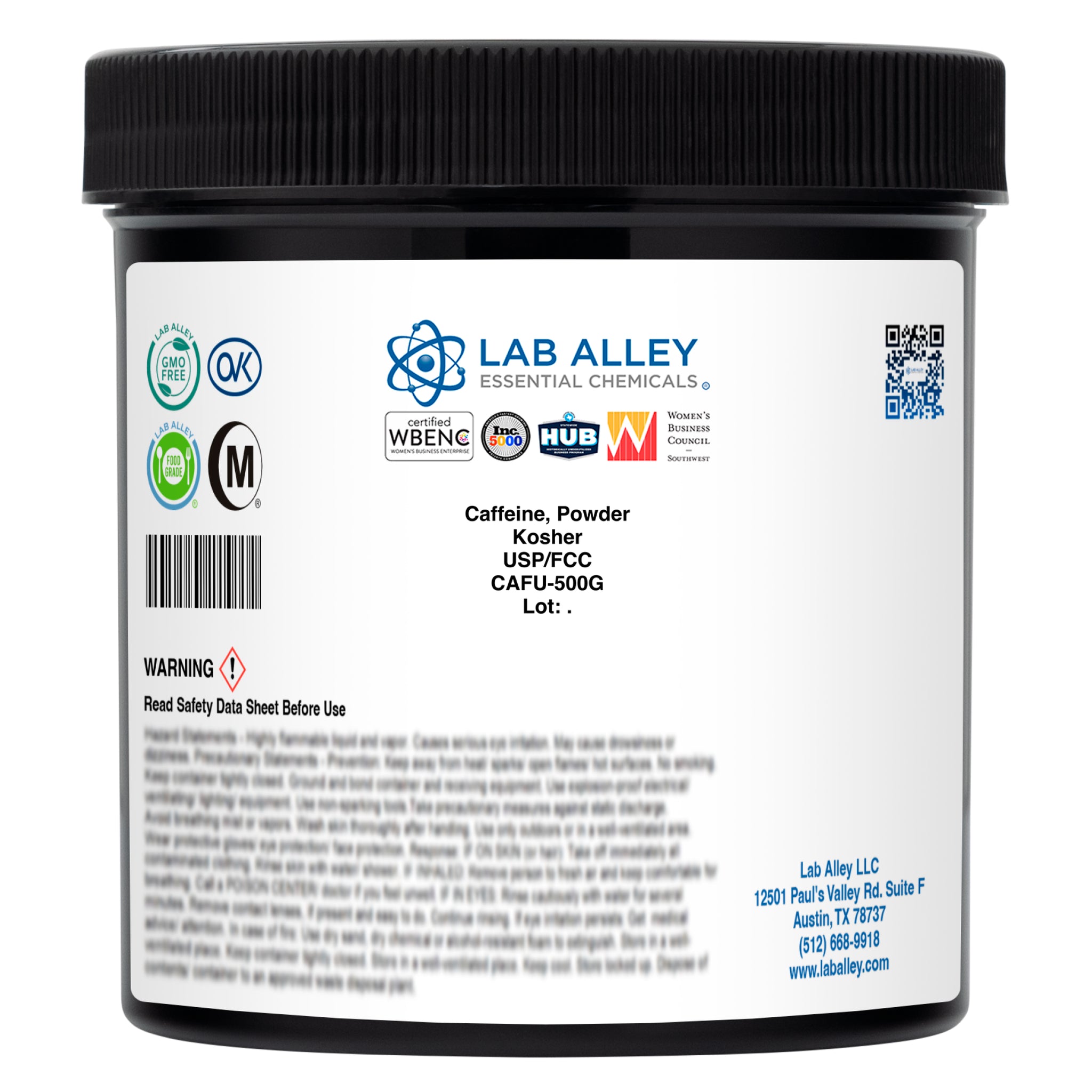



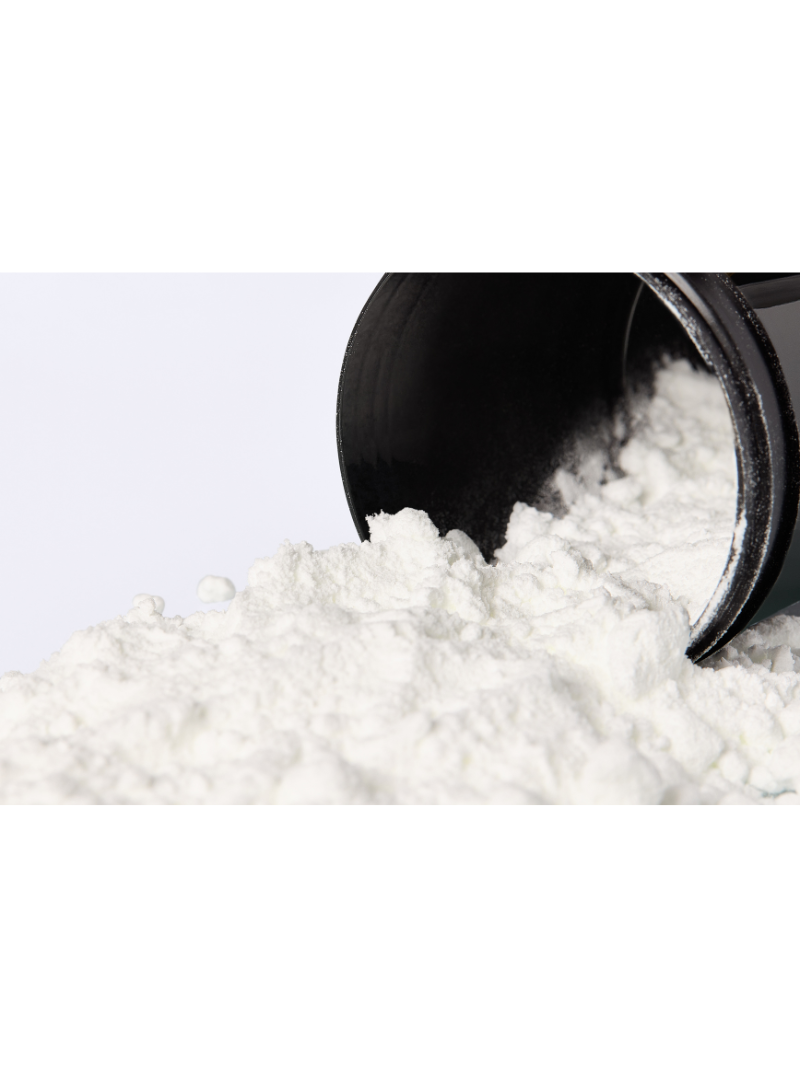
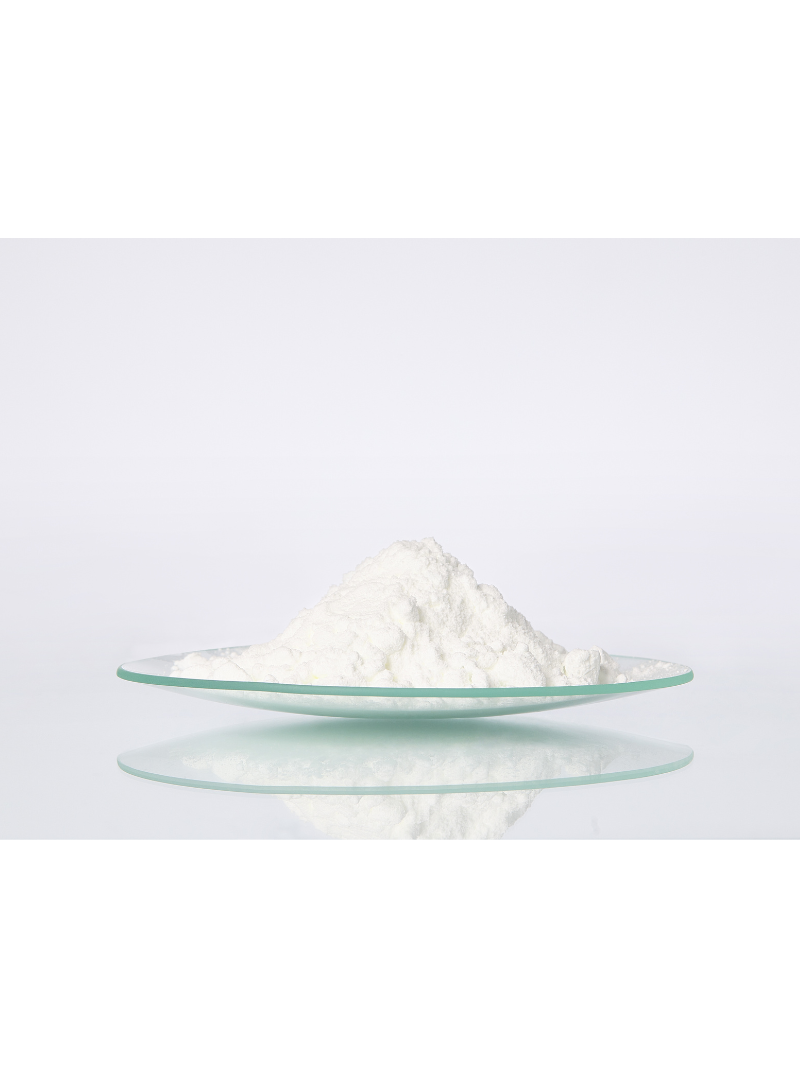

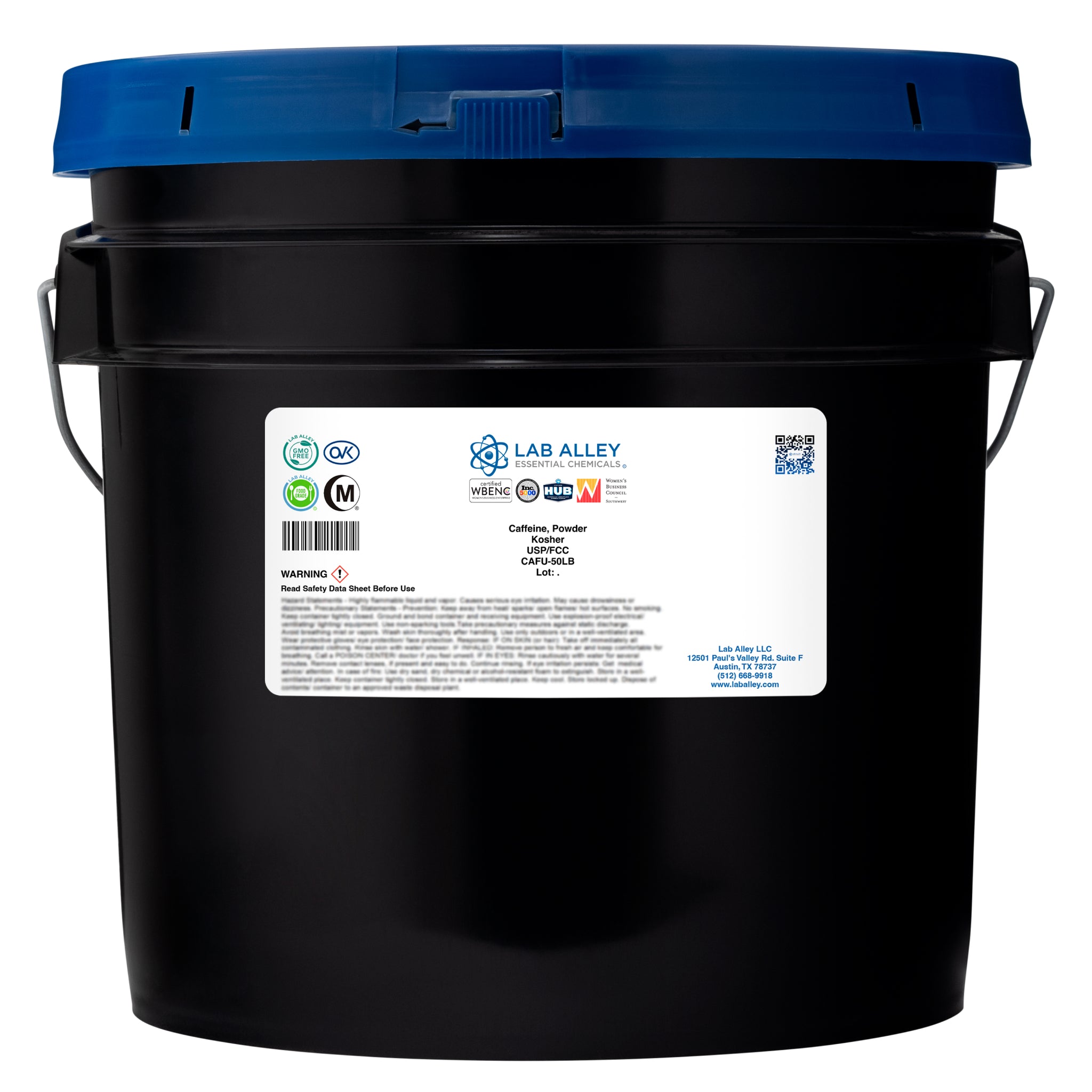
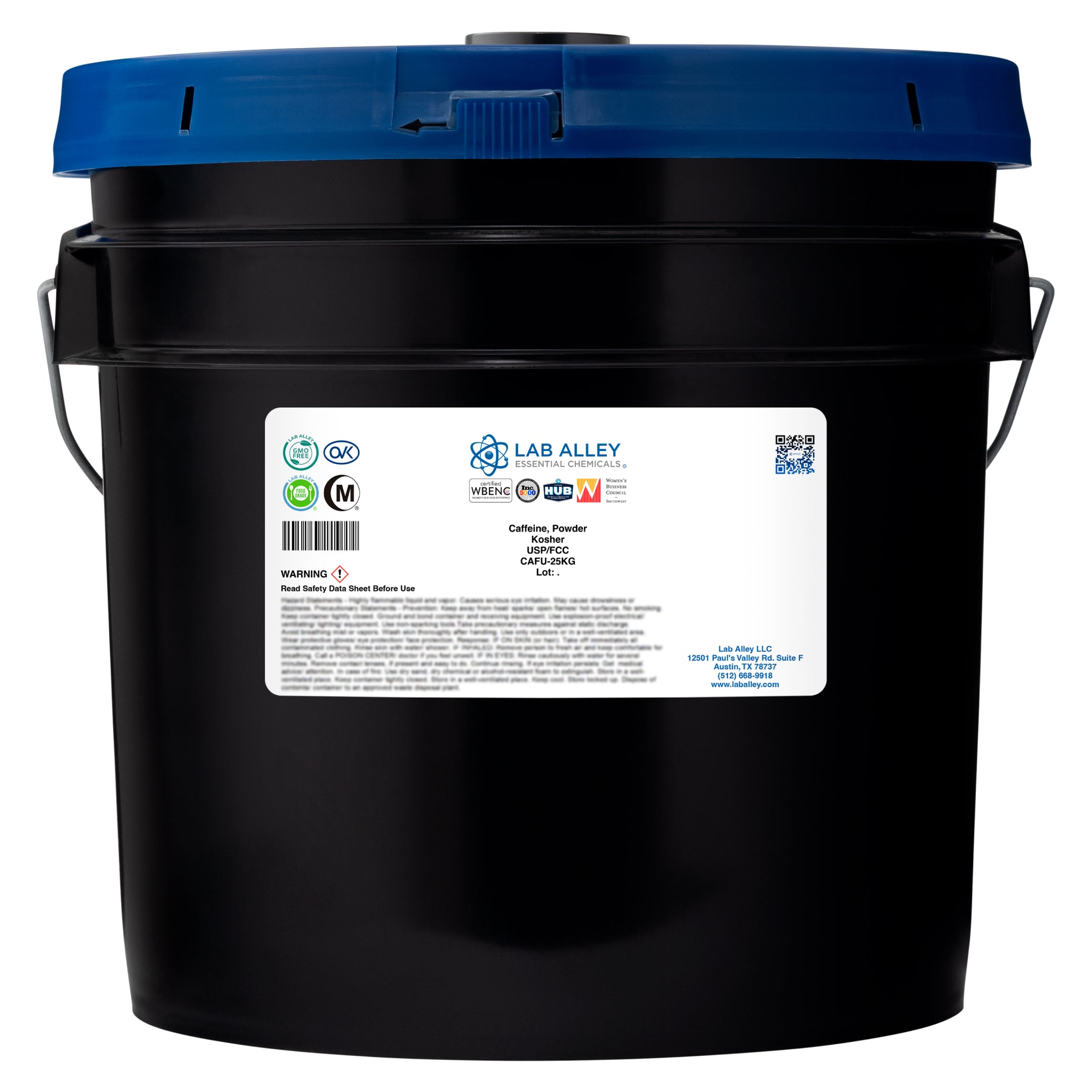
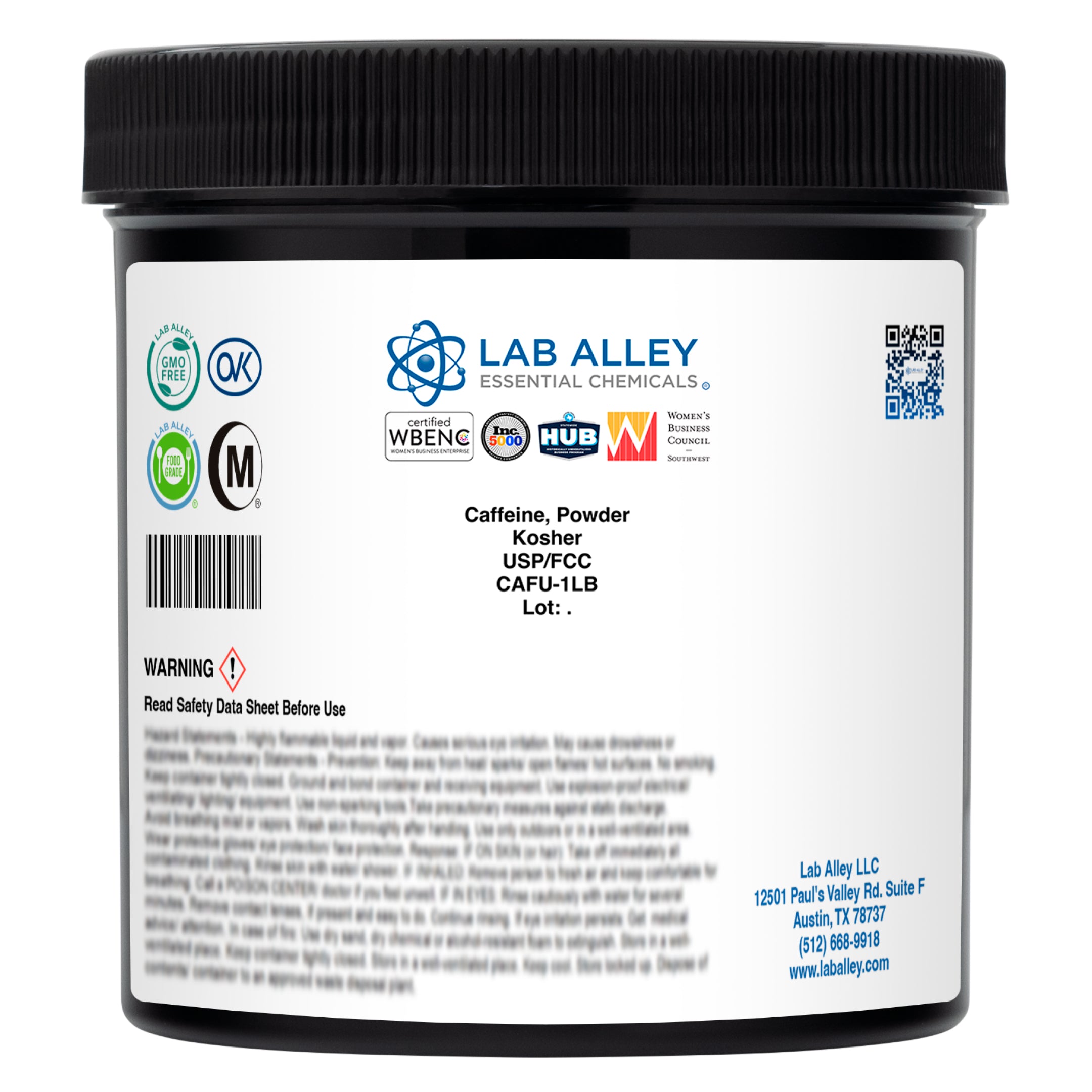
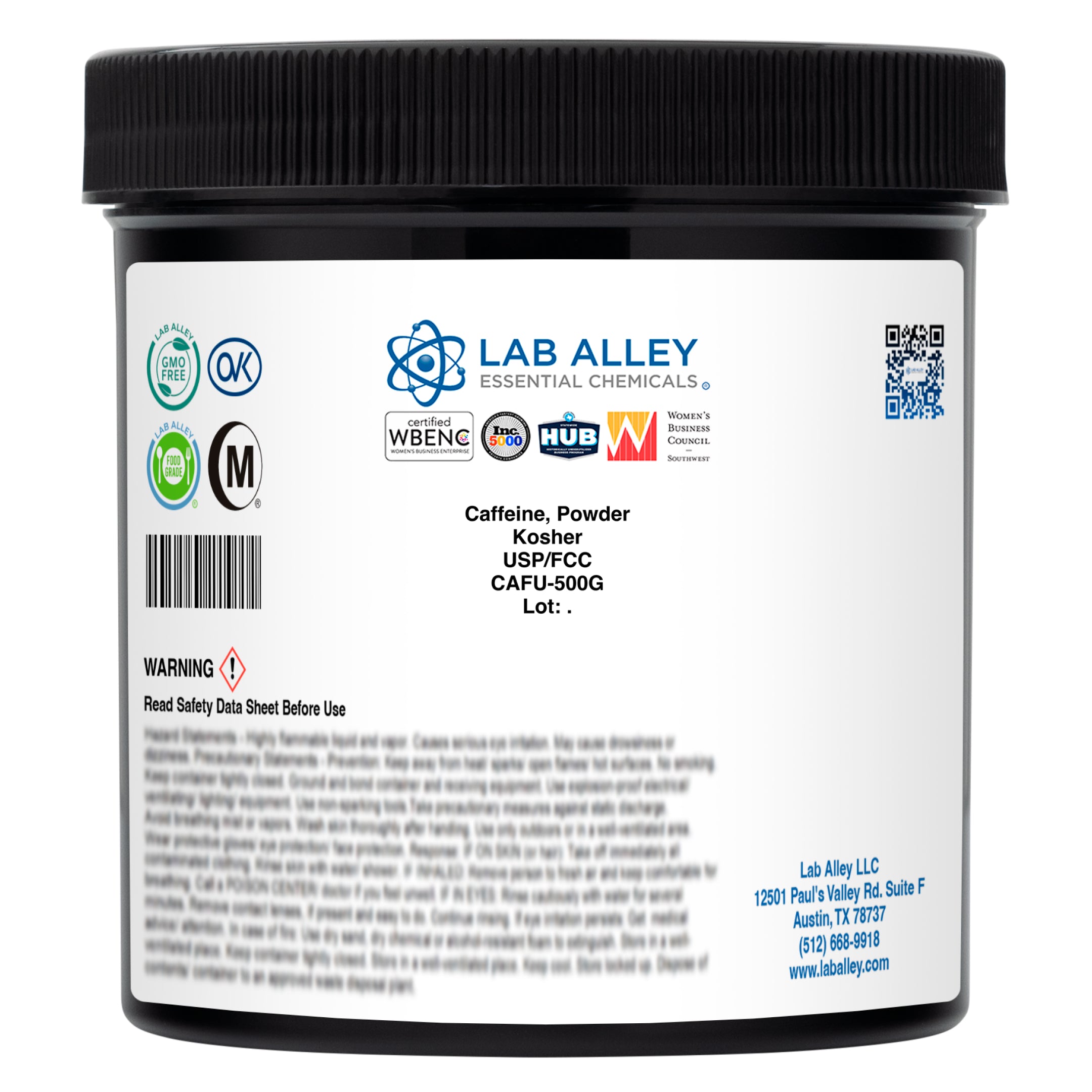
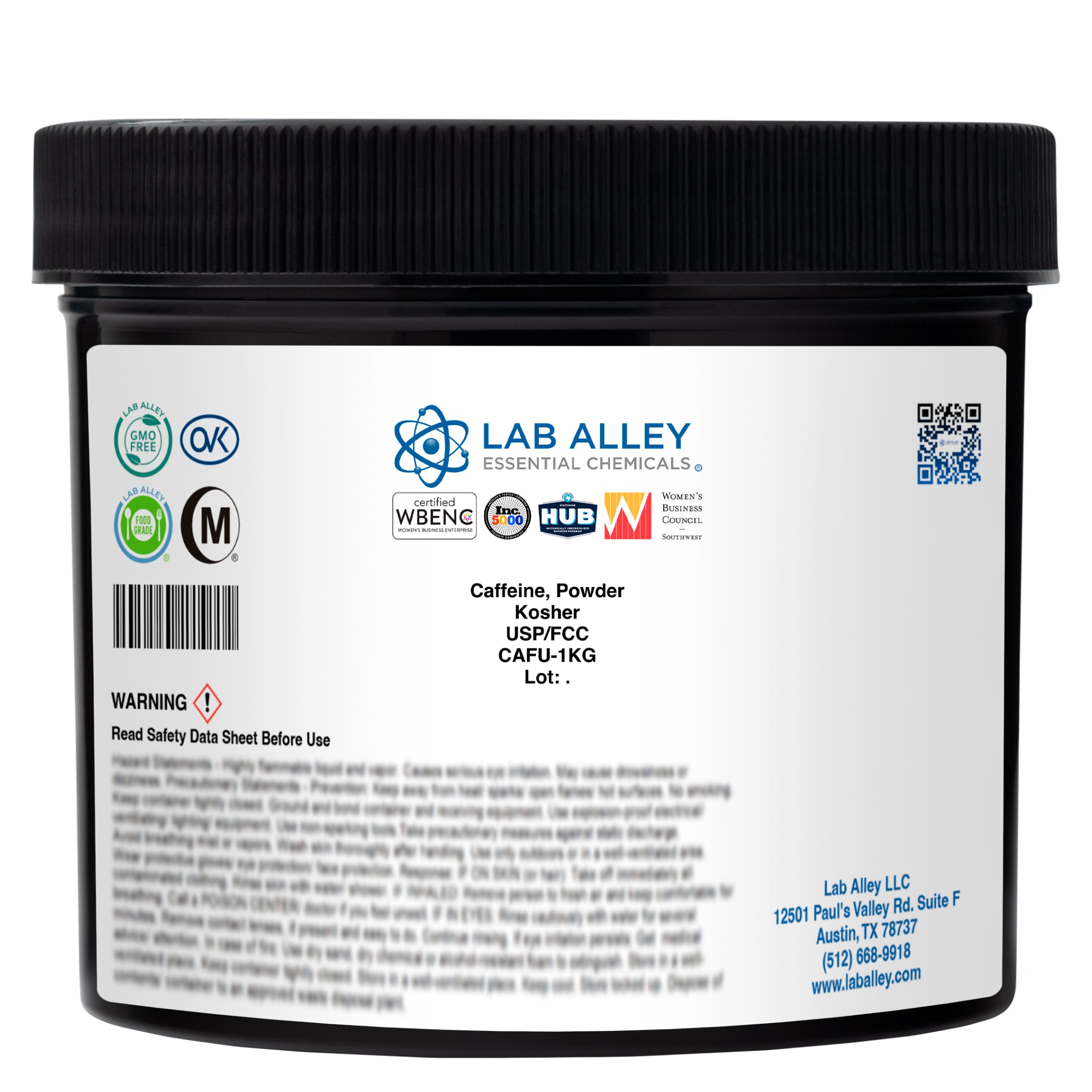
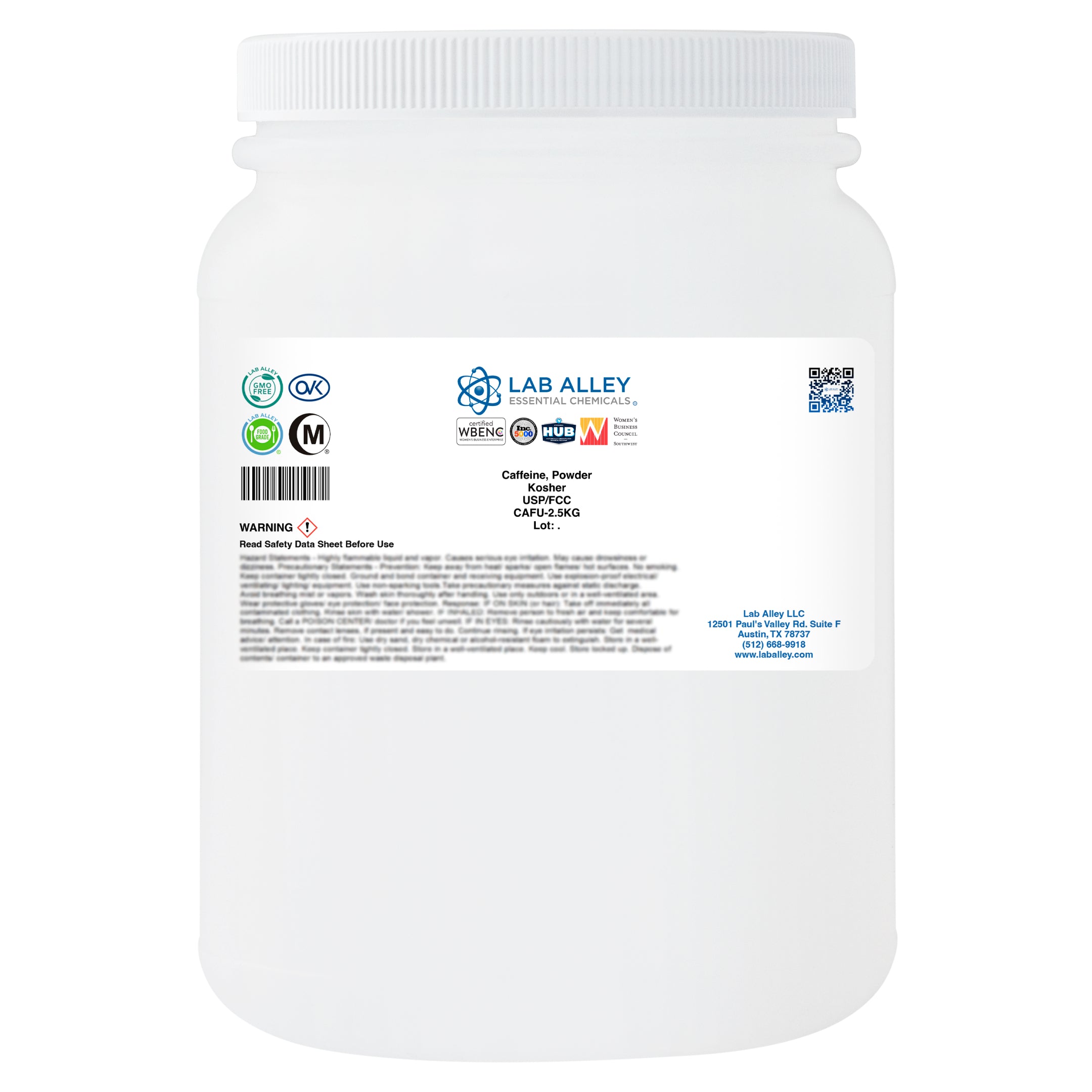
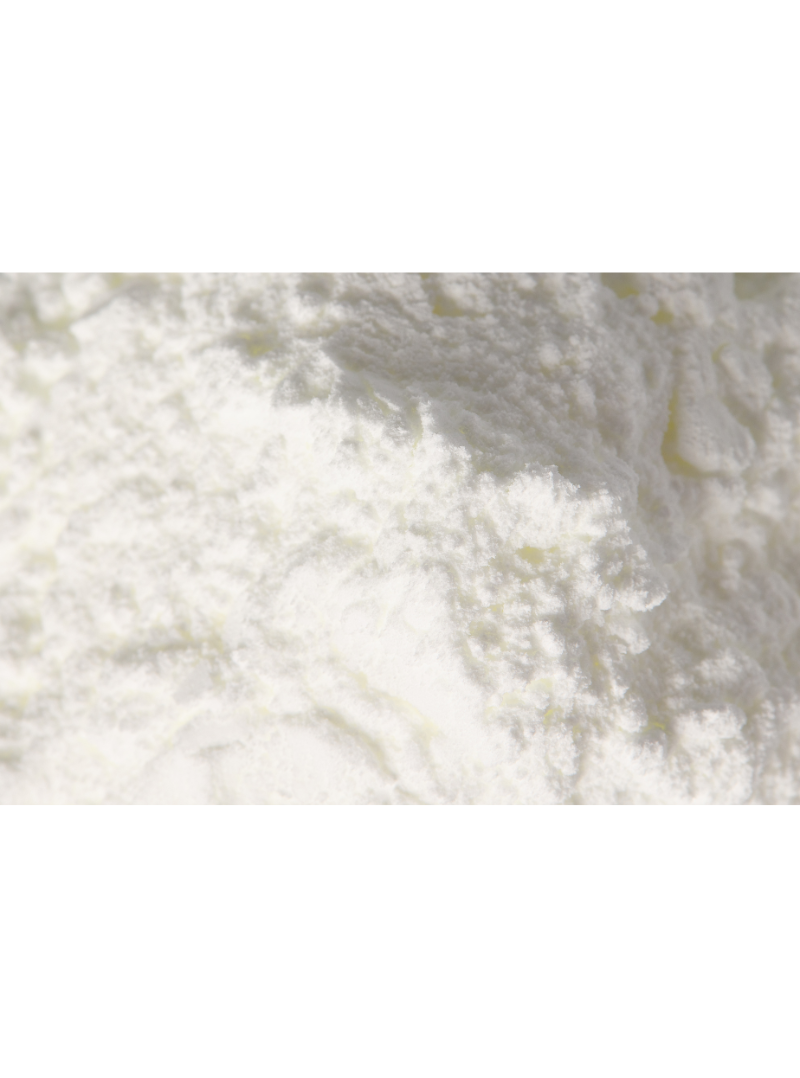
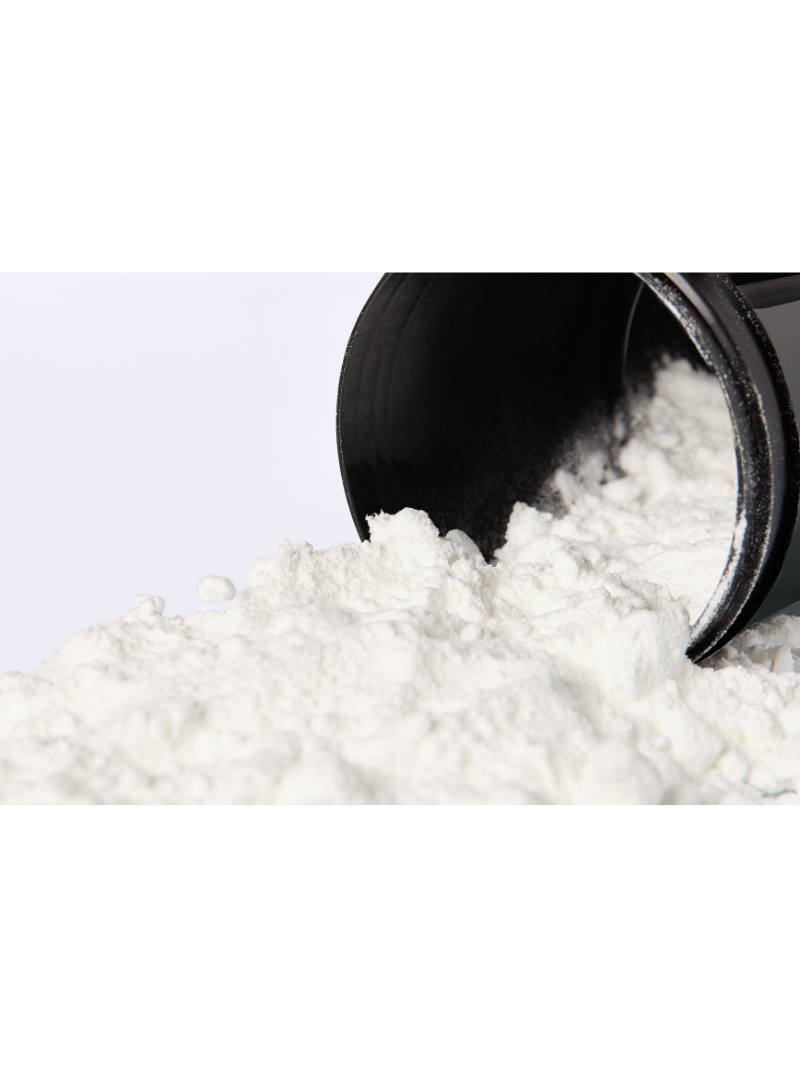

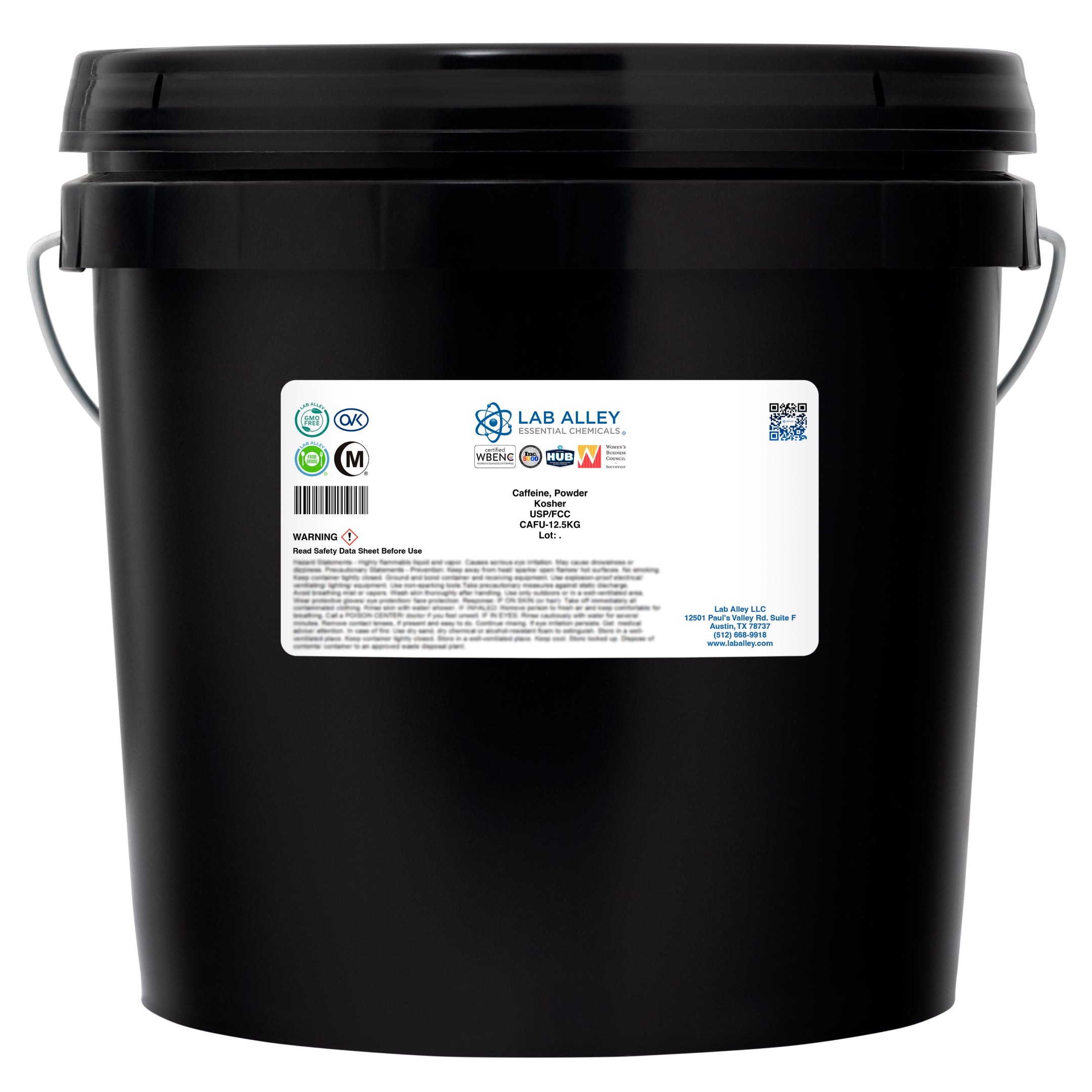
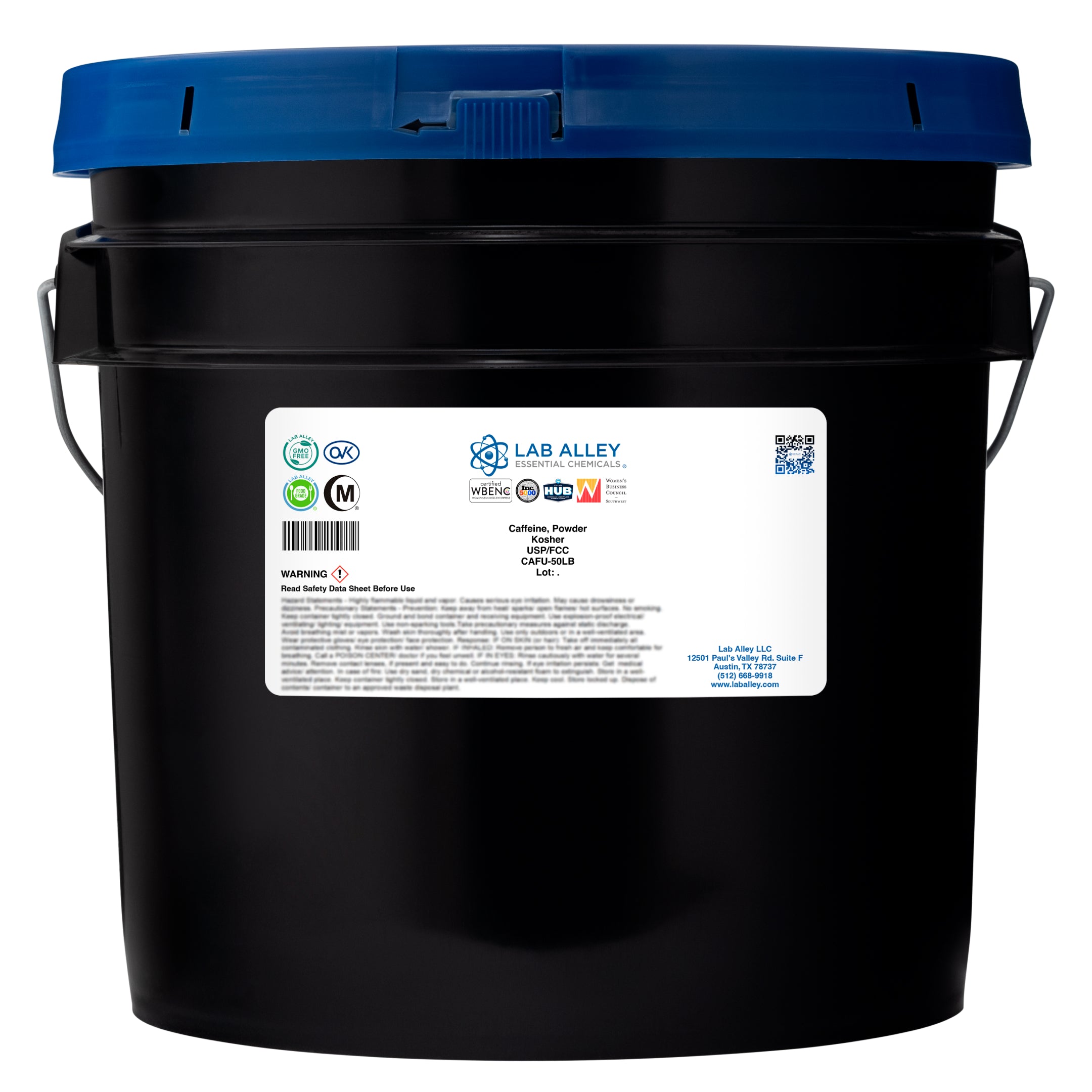
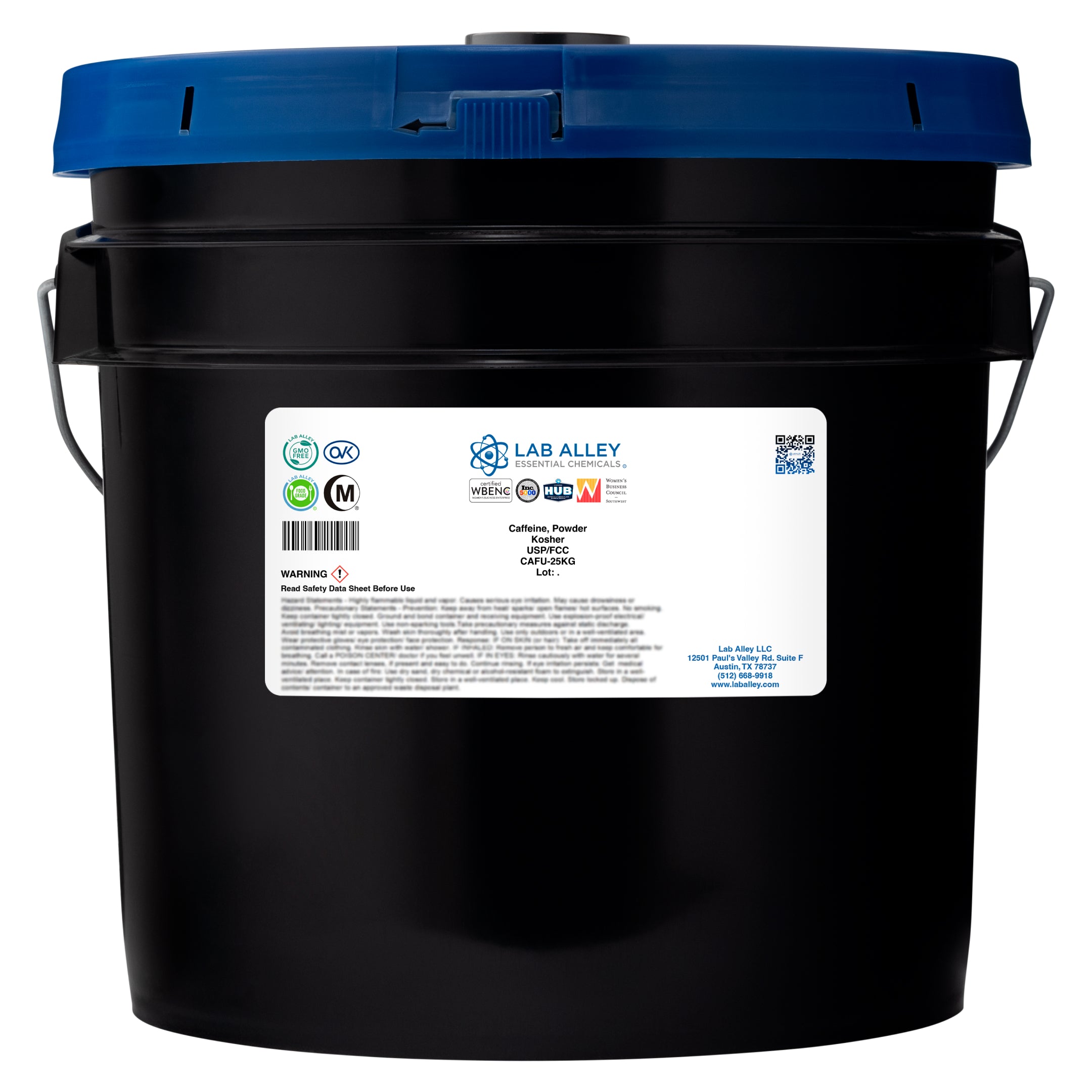
Caffeine Powder, USP/FCC/Food Grade, Kosher, Halal

Customer Stories
Real reviews from real customers.

Industries
Find chemicals for your industry.

Product Categories
Real reviews from real customers.

Product Specs
Product Specification Sheets for essential chemicals.

SDS
Printable chemical material Safety Data Sheet PDFs.

COA
Printable Certificates of Analysis in PDF format.















